Contents
Da Nang | Introduction
Da Nang is a coastal city in central Vietnam and the fifth largest city in the country, situated at the mouth of the Han River. Once part of the ancient maritime Silk Road, it has now transformed into a modern city while still retaining a wealth of historical and cultural heritage as well as natural landscapes, including the Marble Mountains, the Linh Ung Pagoda, and the stunning My Khe Beach with its clear blue waters and white sandy shores that attract countless visitors. The city center of Da Nang boasts numerous attractions such as the Han Market, Dragon Bridge, and Da Nang Cathedral, making it well worth spending a day or two exploring.
Da Nang Airport is the main airport in central Vietnam, located about 3 kilometers from the city center. Many airlines offer international and domestic flights to and from Da Nang and other cities. For those traveling in central Vietnam, Da Nang can serve as a starting point to visit famous attractions such as the ancient town of Hoi An, My Son Sanctuary, and the Imperial City of Hue. There are also many convenient car hire options available.
Da Nang Day Trip
- Da Nang Departure - Chartered Bus to Hoi An, Hue (Klook)
- Da Nang Departure - Da Nang Day Trip (KKday)
- Da Nang Chartered Bus - Wu Xing Shan, Hoi An (KKday)
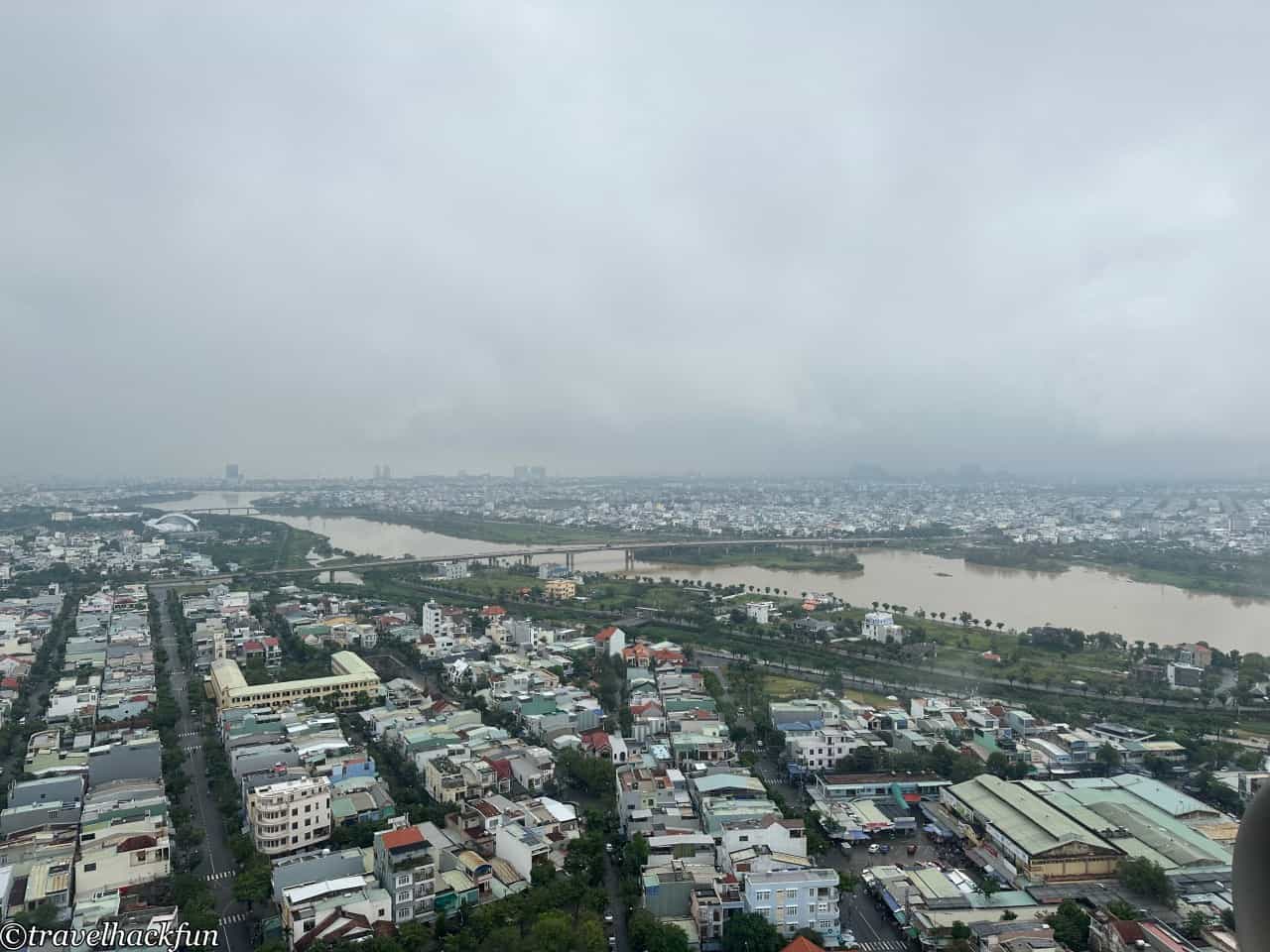

Da Nang's weather is characterized by a tropical monsoon climate, with an average annual temperature of around 25 degrees Celsius. The hottest months are July and August. In December, the average temperature is about 20-25 degrees Celsius, and there might be some rainfall, but it usually does not affect tourism activities. If you do encounter heavy rain, it's far more convenient to wear a raincoat than to use an umbrella. It's best to bring along a lightweight raincoat. You can also buy a traditional conical hat as a souvenir while you're there.
We came to Da Nang in December, which is the season with more rain. The slightly humid, somewhat cluttered street scenes, along with store owners who, despite their poor English, still earnestly try to be friendly, are my first impressions of Da Nang. The streets somewhat resemble Taiwan from decades ago, feeling strangely familiar. Compared to other Vietnamese cities we've visited, Da Nang can be described as quiet, and the people we encountered seemed especially simple and honest.
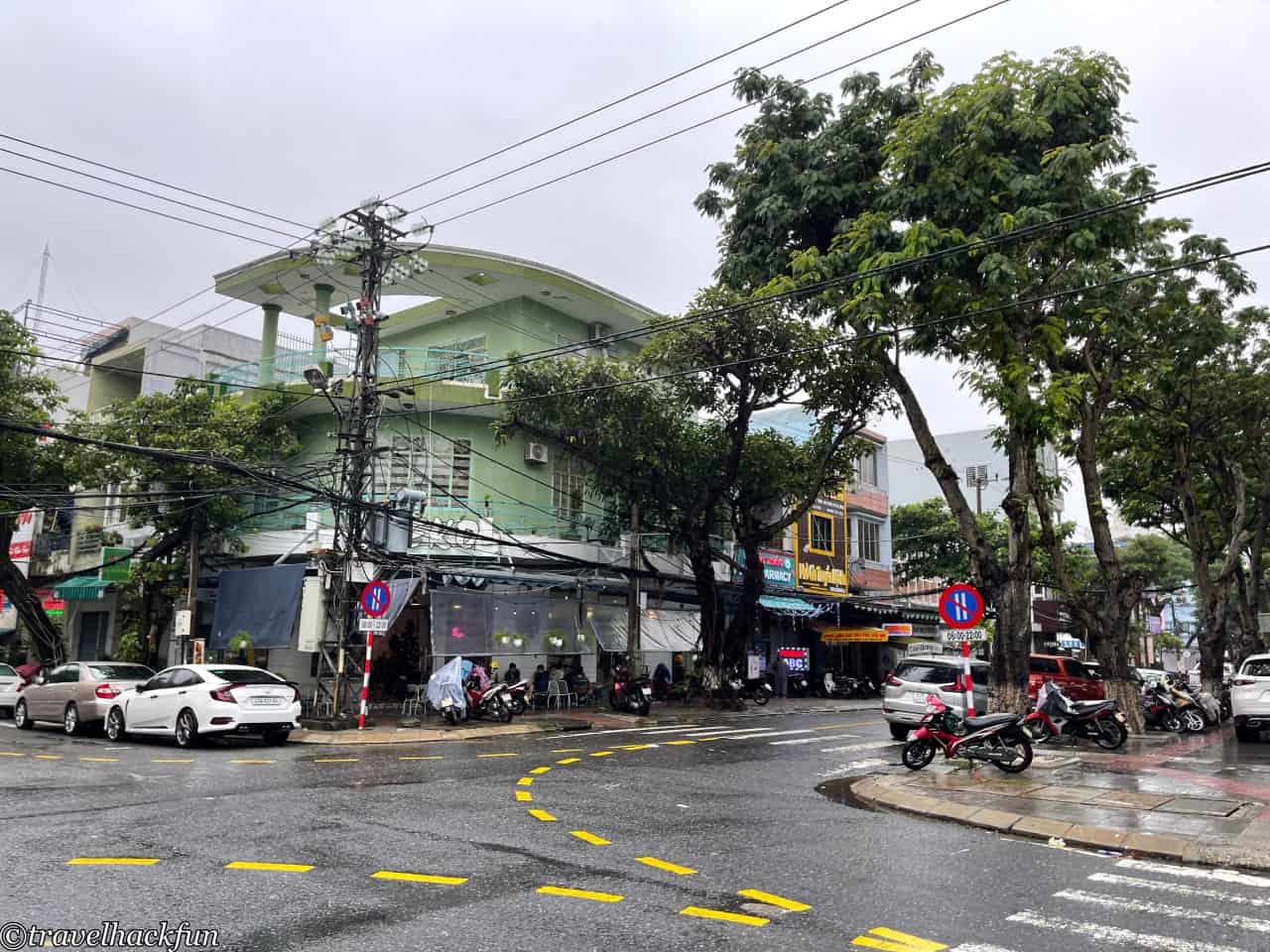
🧳 A full travel resource kit for this topic is currently in the works.
It will include itinerary plans, recommended stays, custom maps, and useful tips.
Da Nang | Transportation
Transportation in Da Nang is relatively relaxed, with most attractions in the city center accessible on foot. For slightly farther attractions, using Grab, which is the Southeast Asian version of Uber, is easy, convenient, and reasonably priced. If you prefer to have your own means of transport, there are also many motorcycle rentals available.
- Hotel search: Agoda
- Activities & tickets: KKday / Klook / TripAdvisor
- Travel credit cards (US only): My card picks + beginner tips
Da Nang | Accommodation
If you're planning to stay in Da Nang City, a popular location is near Han Market in the city center. This area is close to both the Han River and Da Nang Cathedral, making it very convenient for tourists to walk to the main attractions. If you're like me and prefer a quieter environment, you can look towards the beach on the east side. The upscale hotels near the beach are about a ten-minute drive to the city center attractions, but offer beautiful sea views, first-rate service, and are reasonably priced.
Find a stay in Da Nang
Recommended Accommodation | Furama Hotel Furama Resort Danang
- Room: ⭐️⭐️⭐️⭐️⭐️
- Facility: ⭐️⭐️⭐️⭐️⭐️
- Location: ⭐️⭐️⭐️
- Price: $$$
- Overall Rating: ⭐️⭐️⭐️⭐️
Reservation
During our stay, we lodged at the Da Nang Furama Resort, located near the beautiful My Khe Beach. Initially, when booking the resort, we hesitated between this and another hotel close to the Han Market. Eventually, we decided to go for the luxury beachfront option. After all, hotels in Vietnam are relatively inexpensive, making it possible to enjoy upscale rooms and facilities at a more affordable price. Upon entering the hotel, its opulence was immediately apparent. Along with a large swimming pool and a private beach, which are must-haves, the resort also offers spa services. A nighttime stroll on the private beach, enjoying the view of Da Nang’s night lights while walking on the white sand, was definitely a highlight.

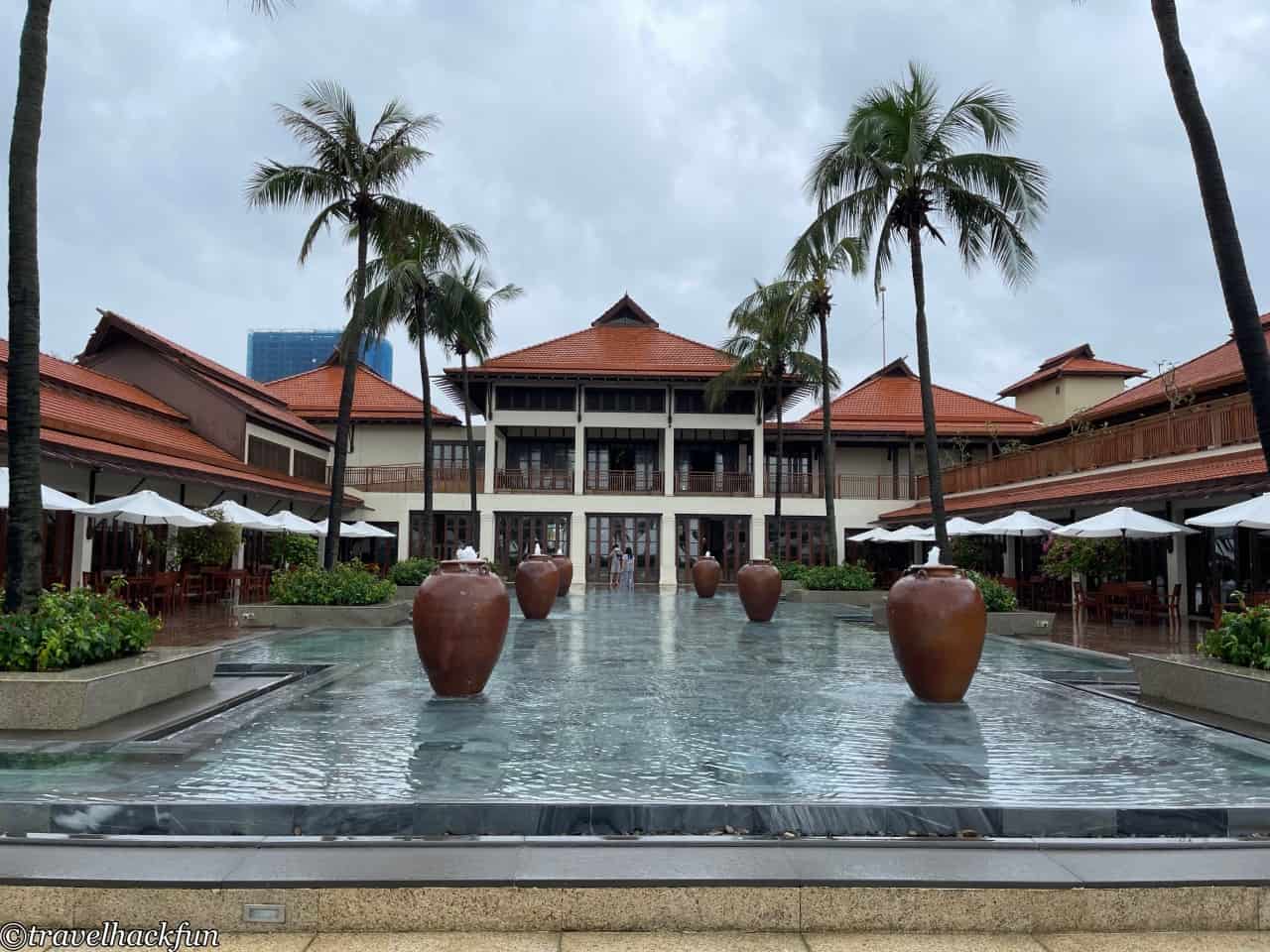
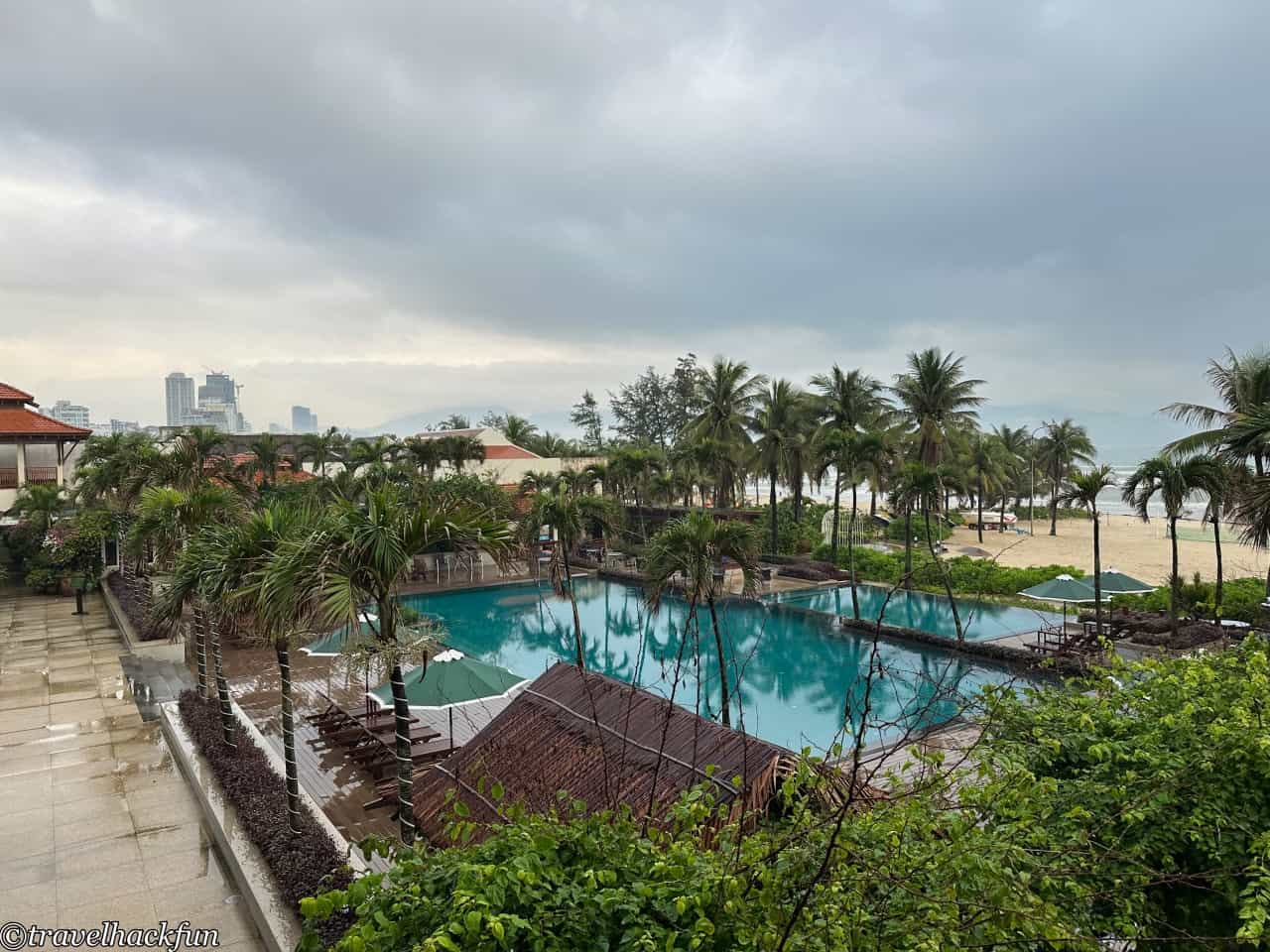
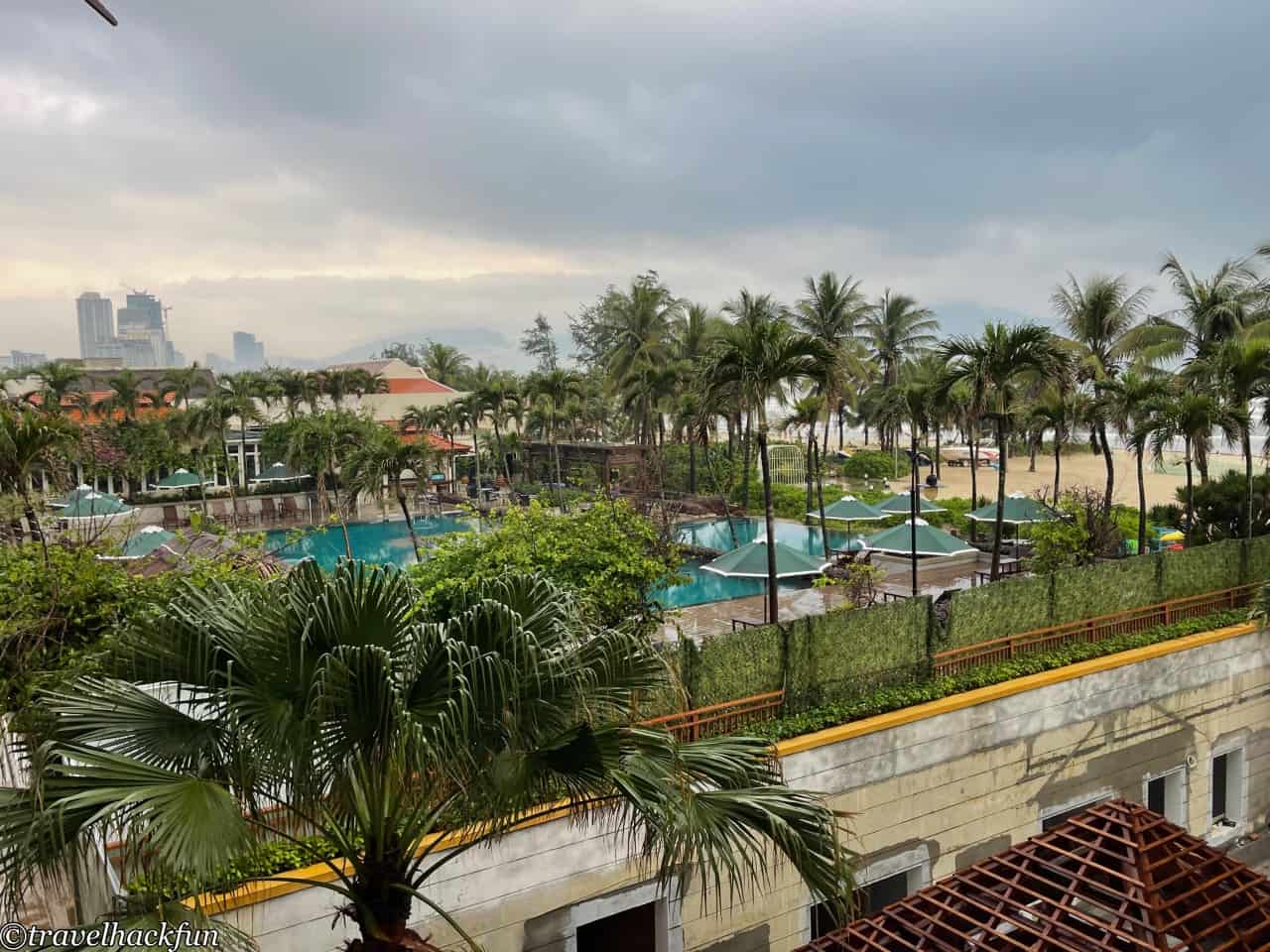
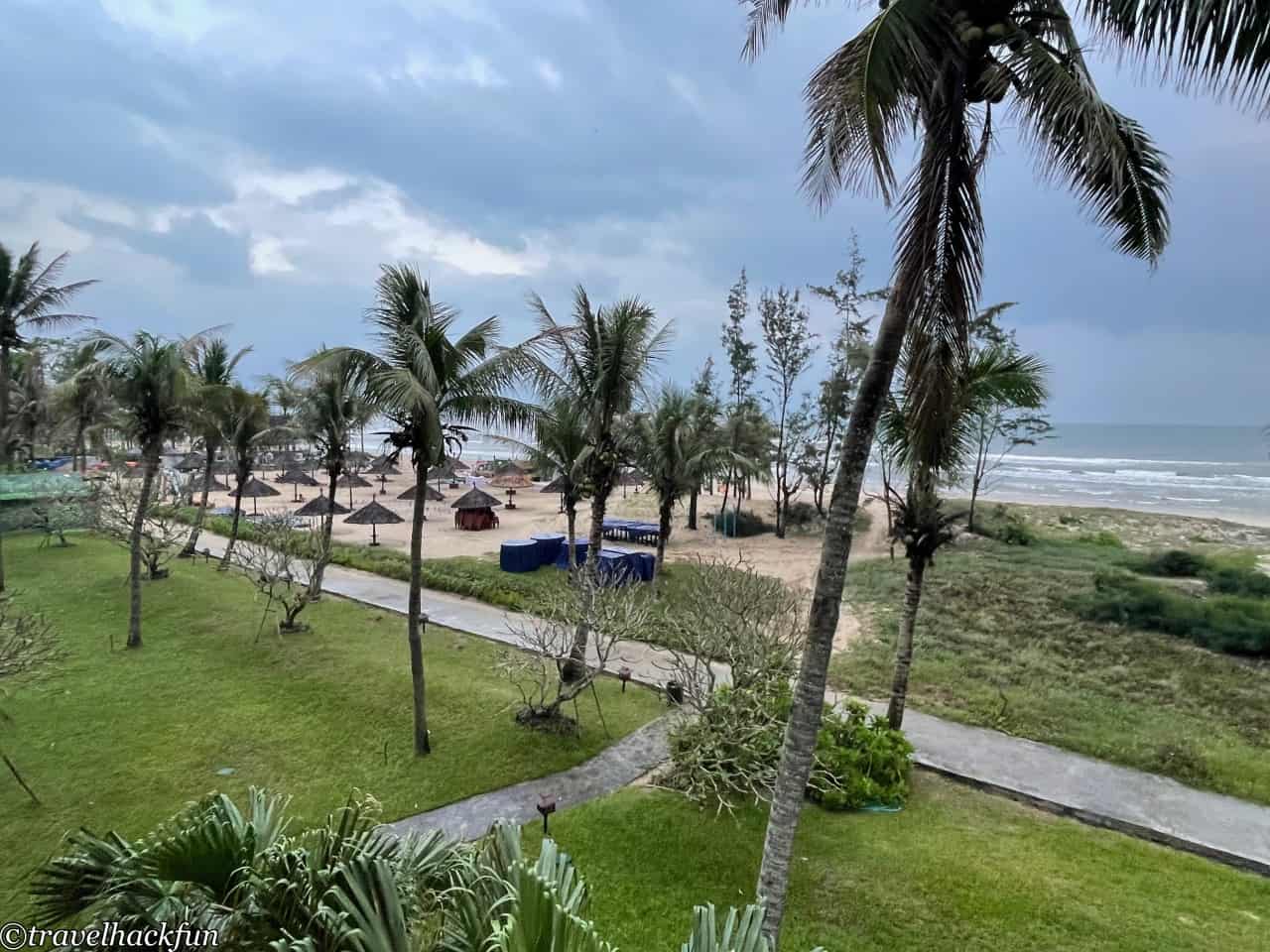
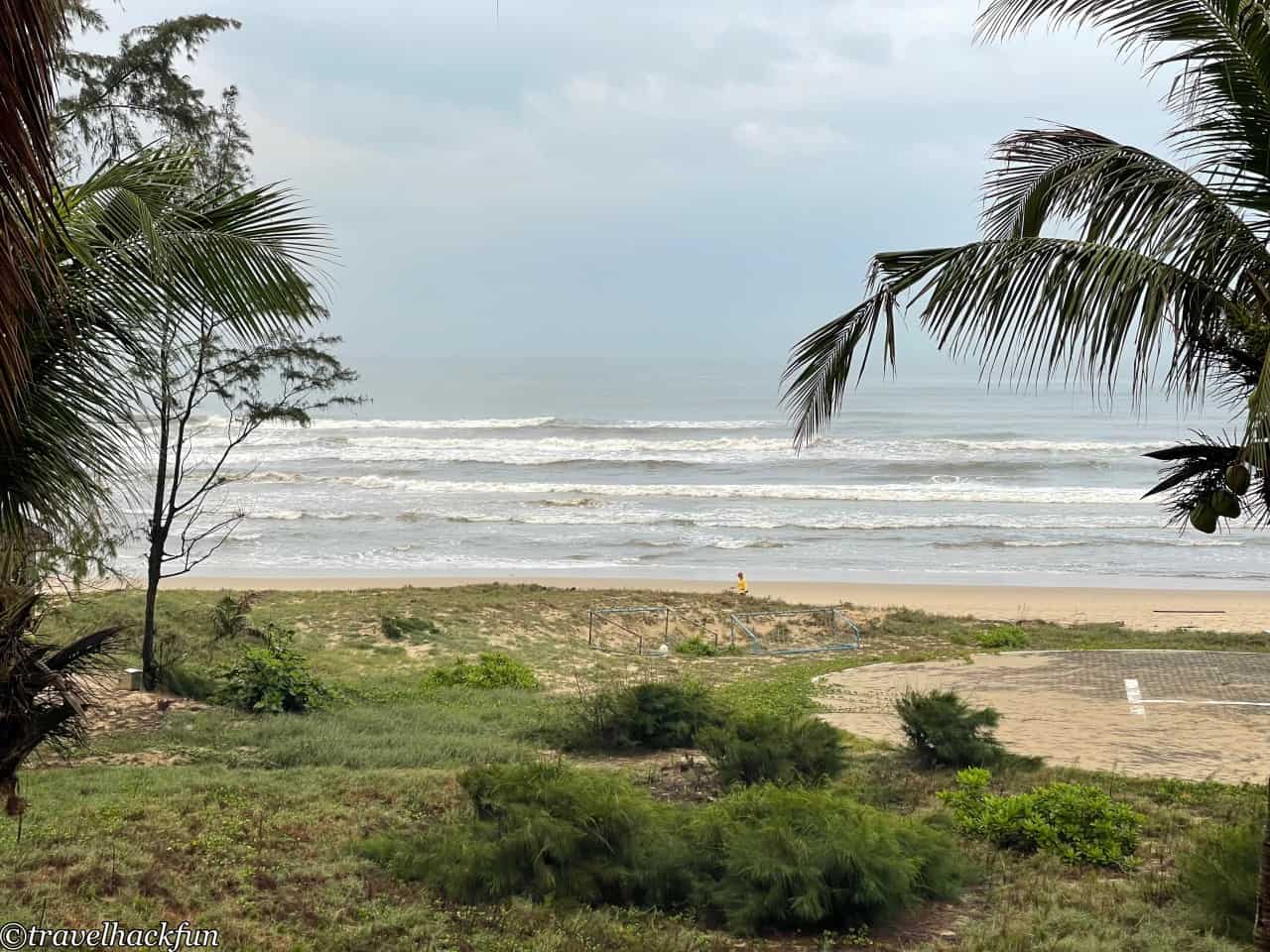


The hotel service was quite good, and the rooms were very spacious. In front of the large balcony facing the sea was an L-shaped sofa. We stayed here for two nights, and waking up in the morning to open the floor-to-ceiling windows to face the vast seascape greatly enhanced our initial impression of Vietnam. Because the room was so comfortable, we eventually did not even want to go out, preferring to take our dinner back to the room to eat.
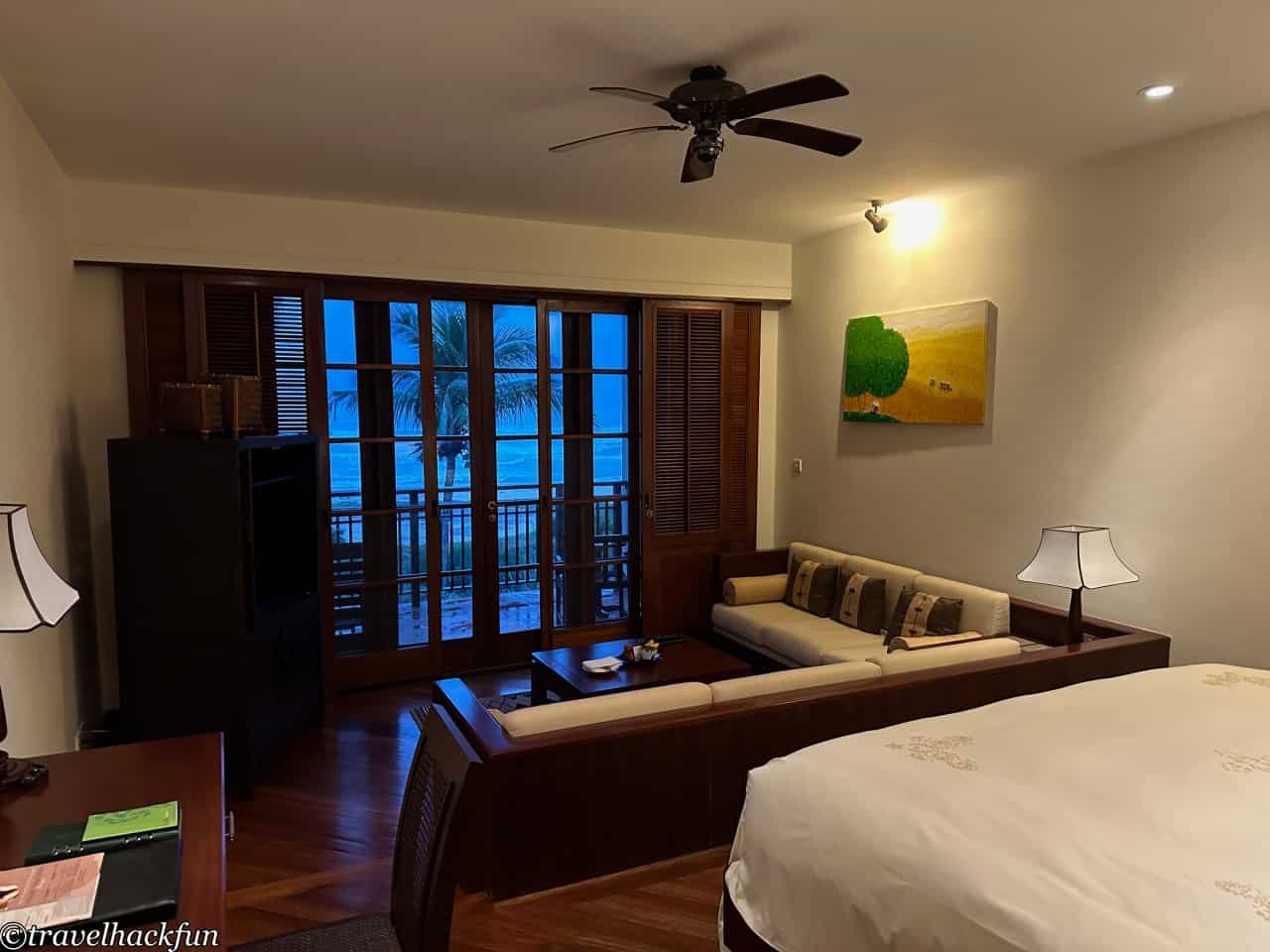
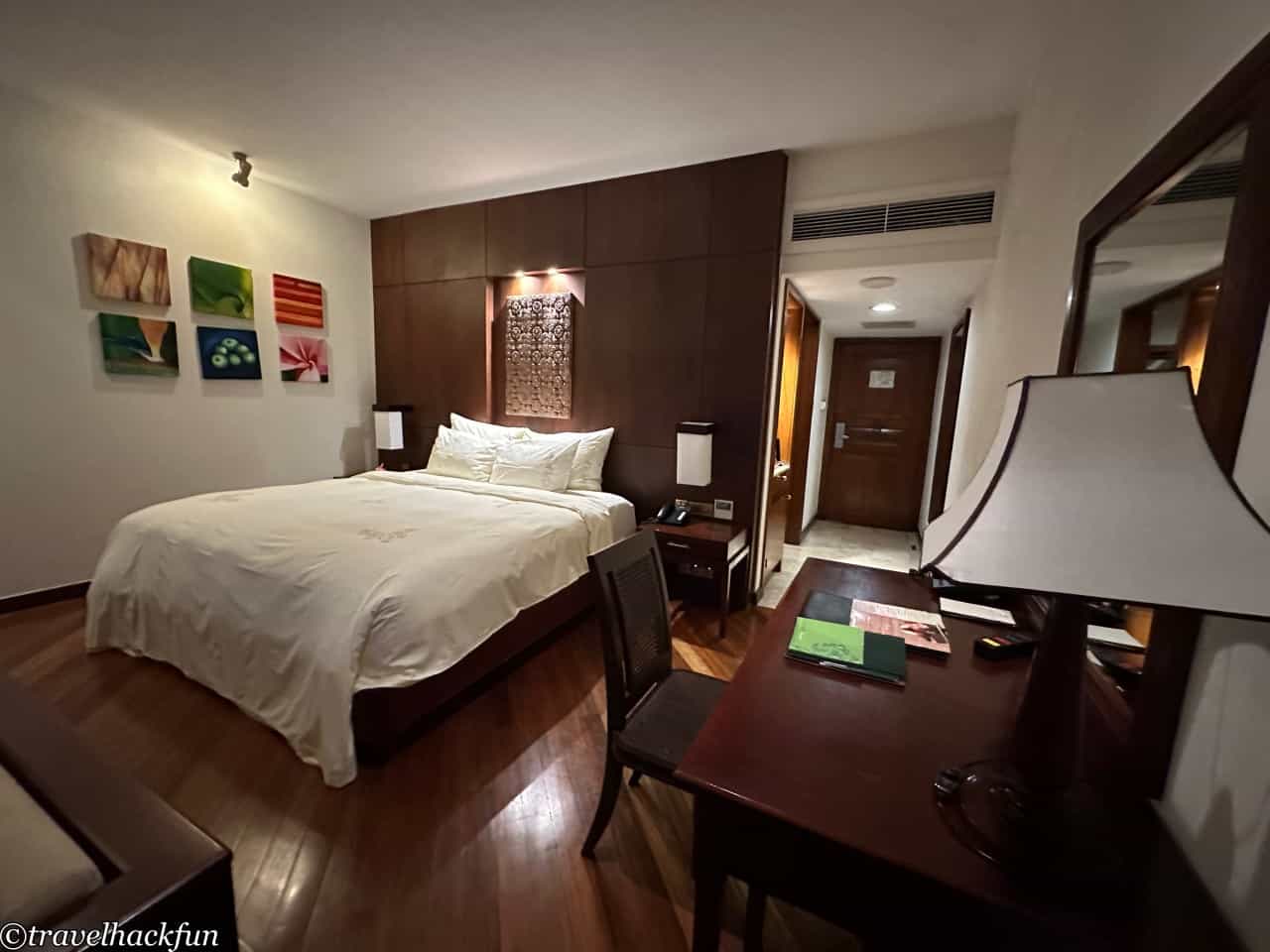
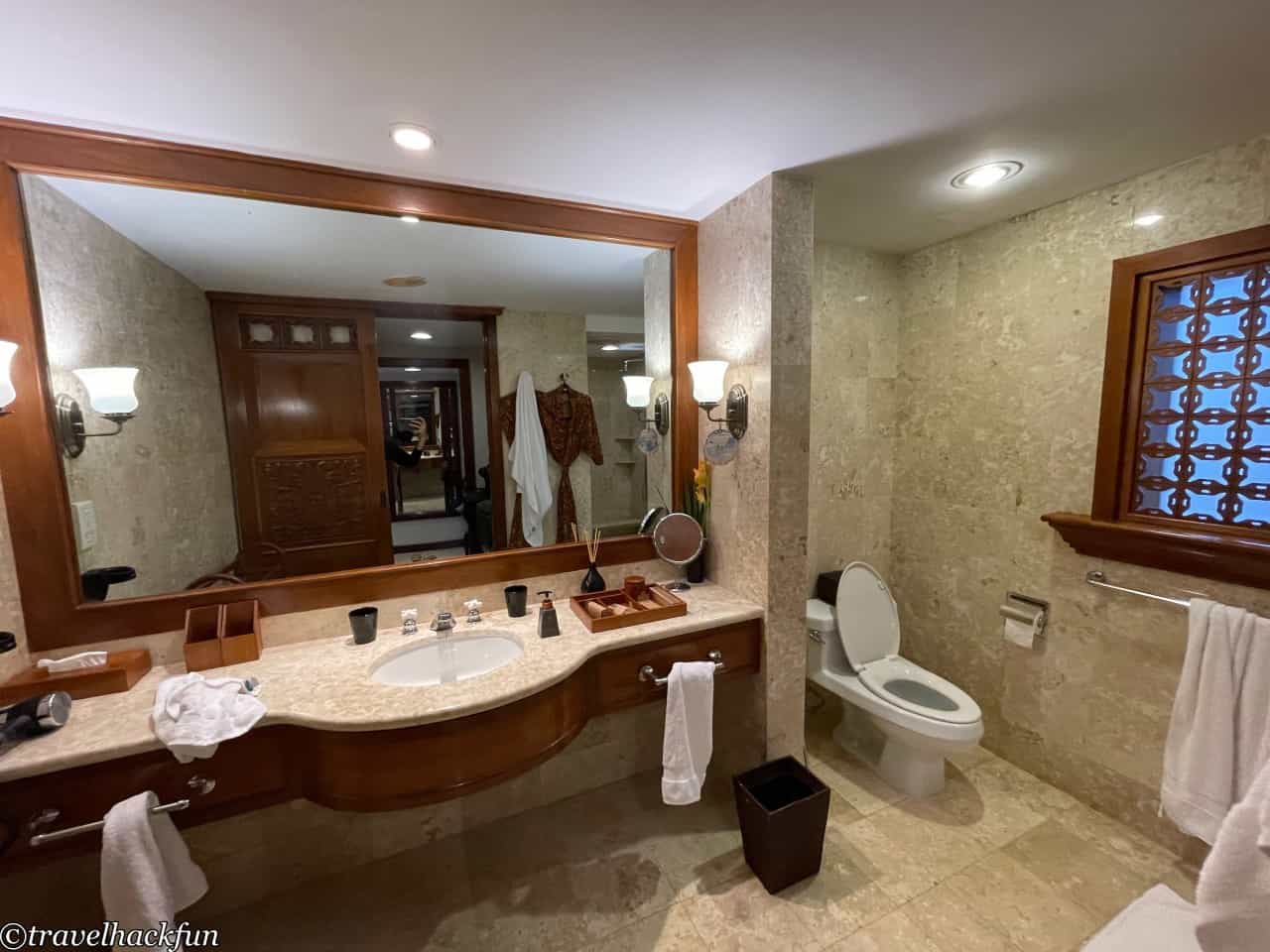
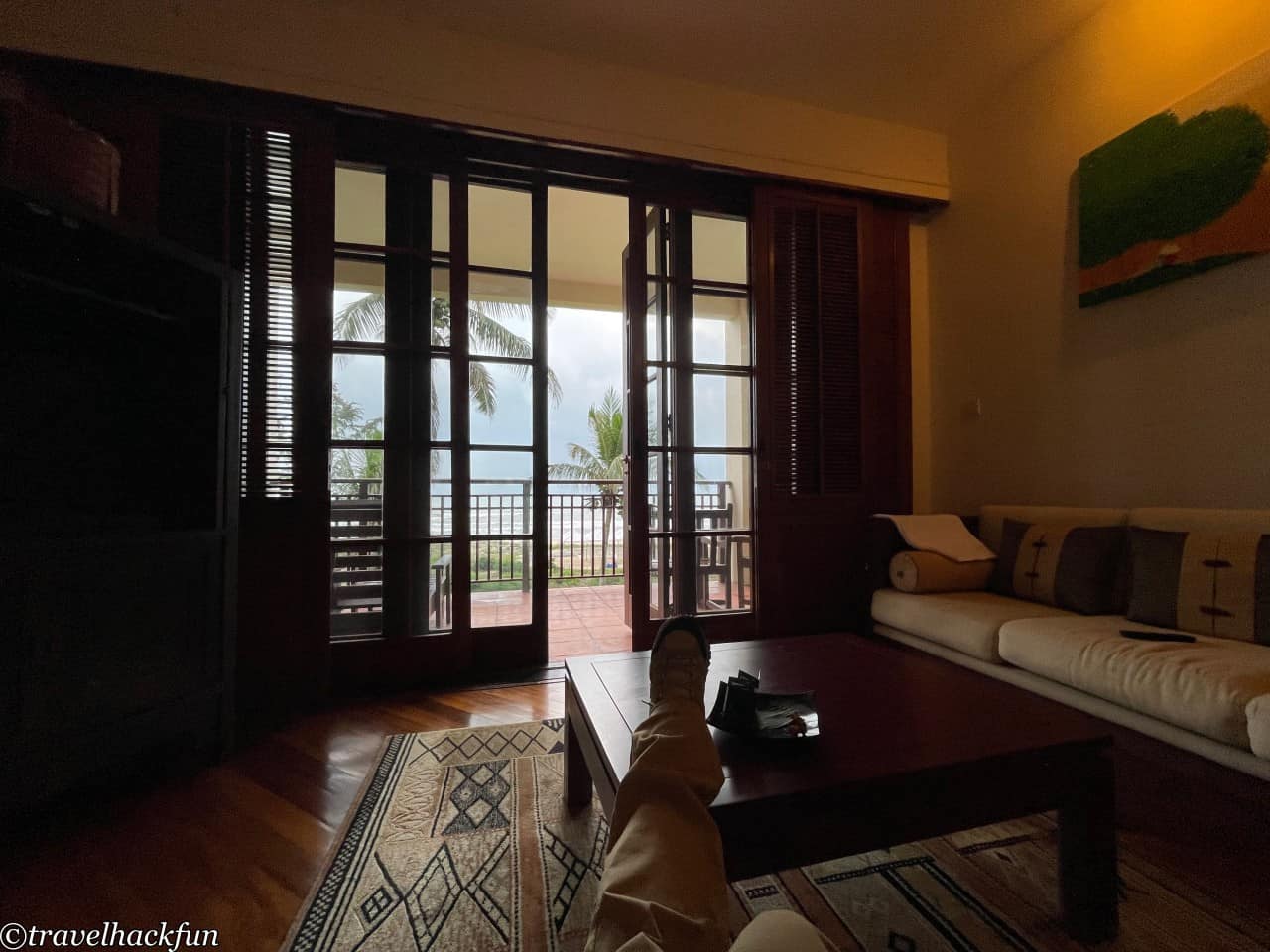
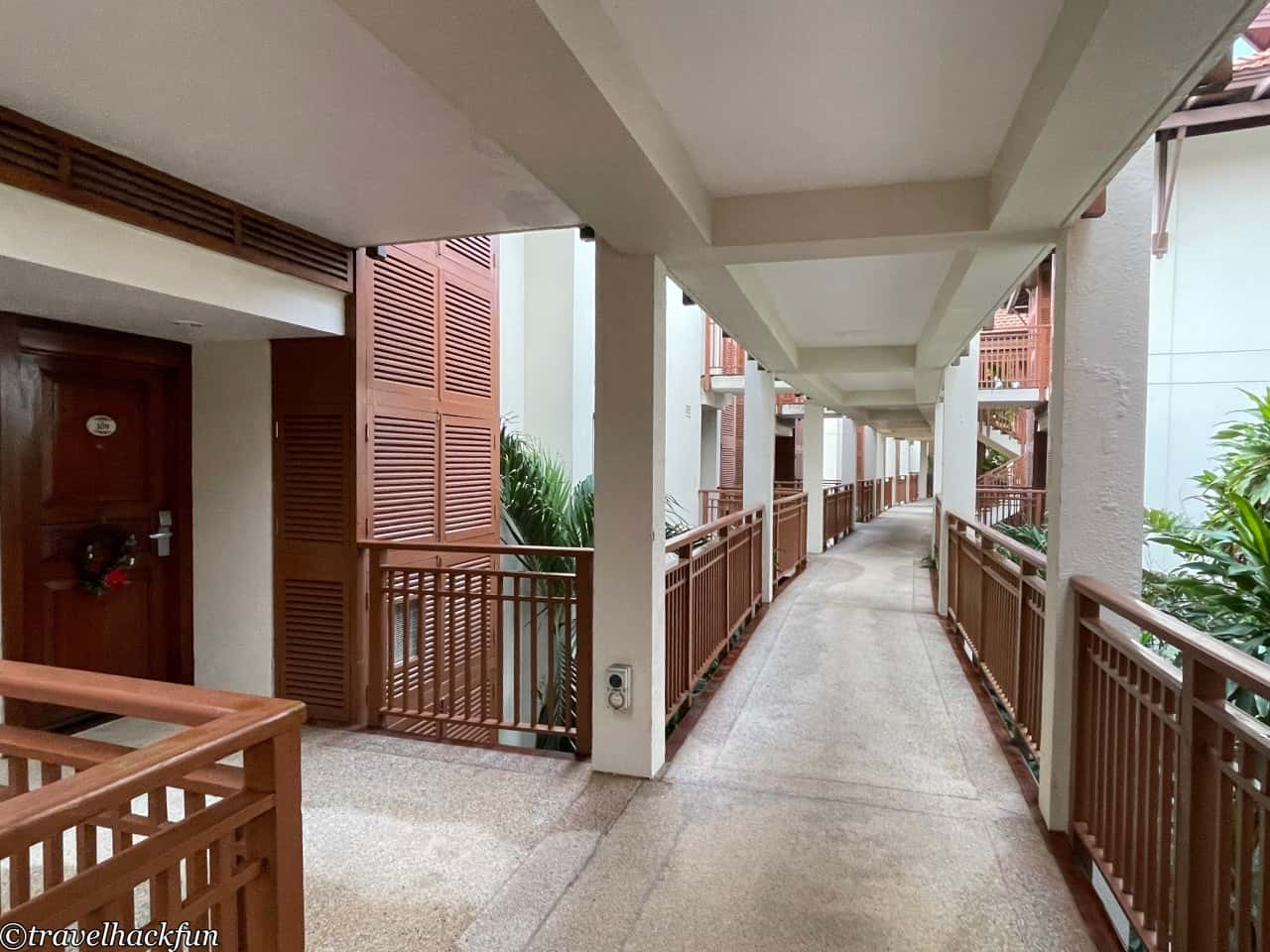
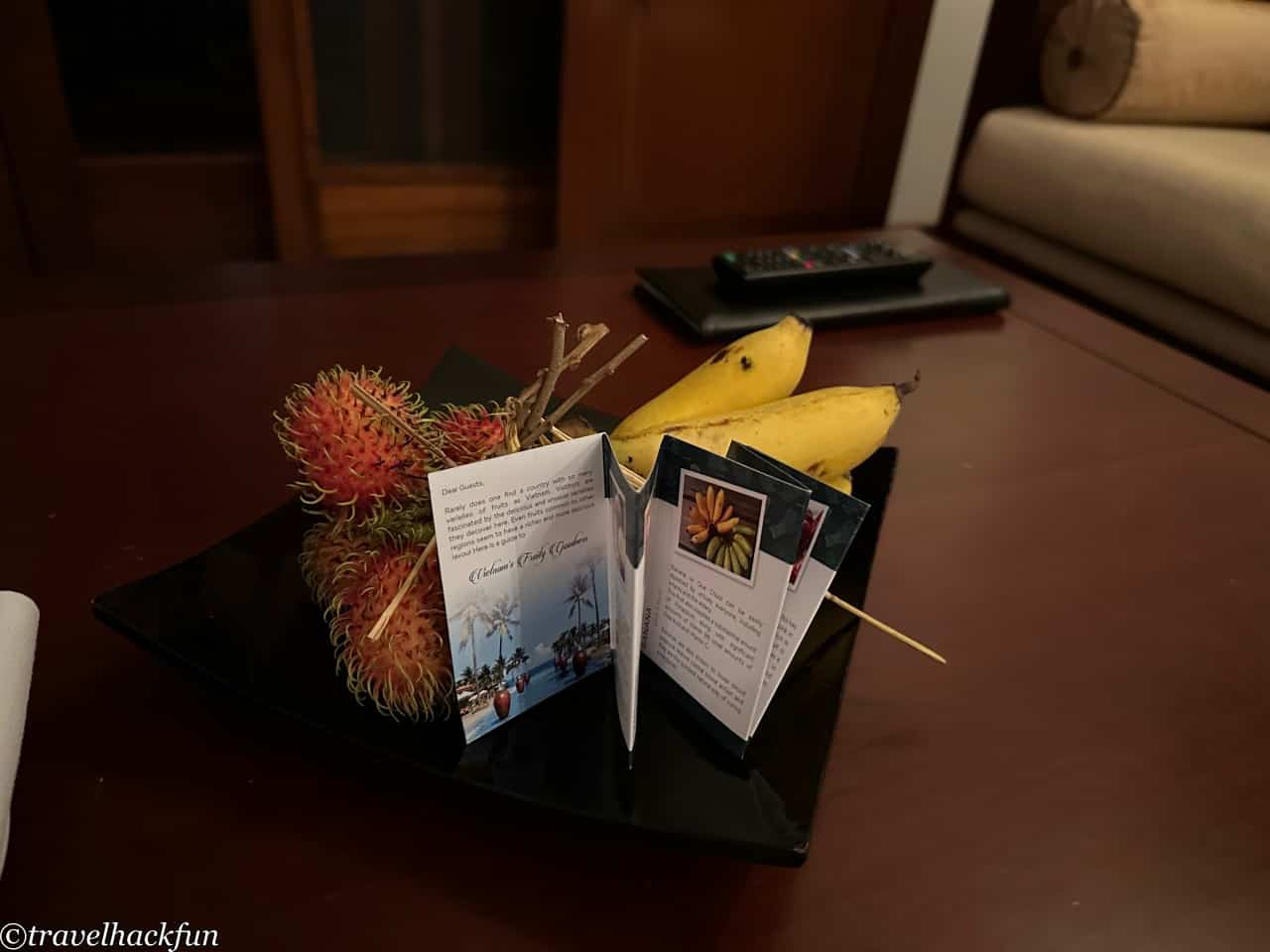
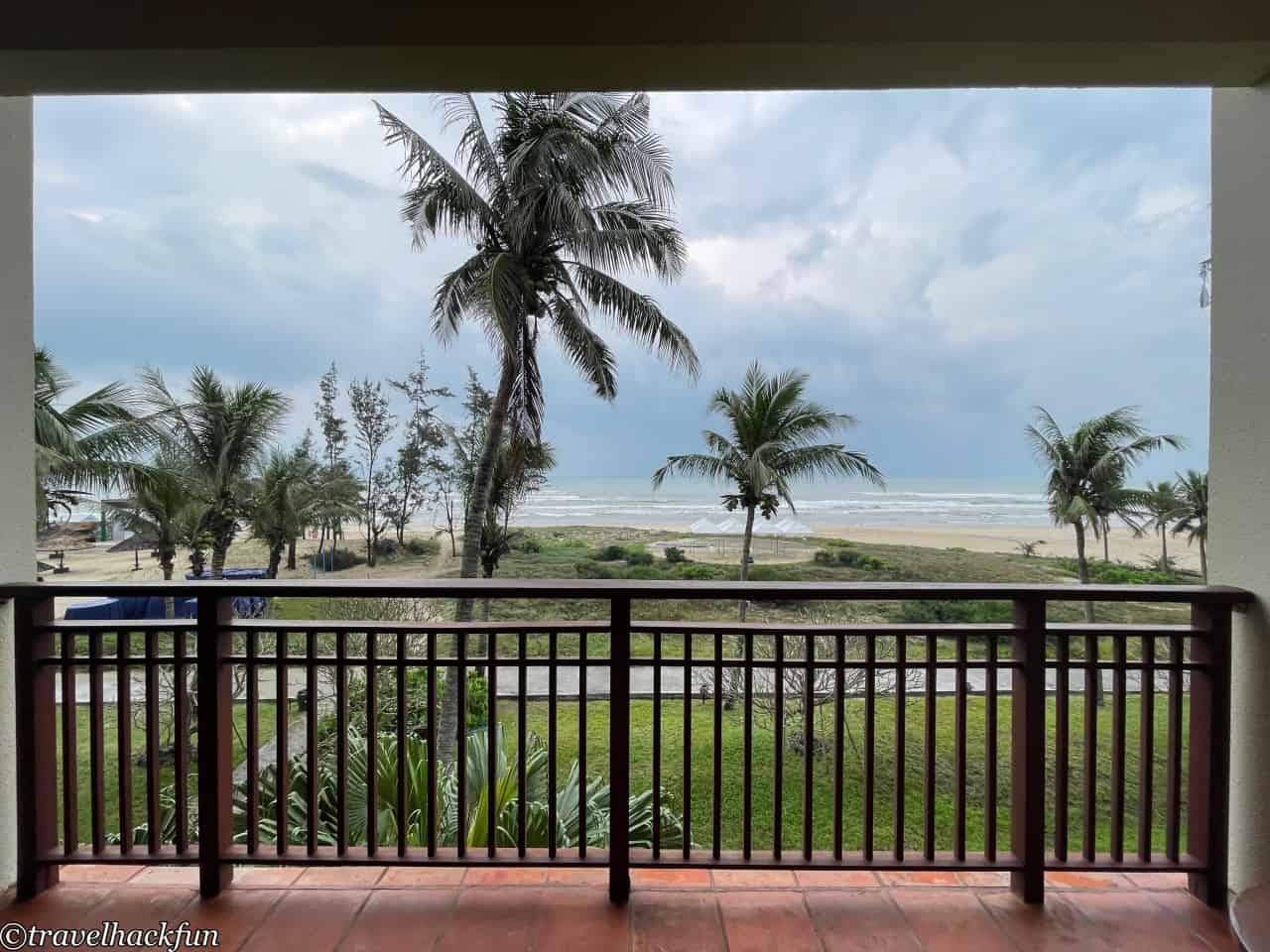
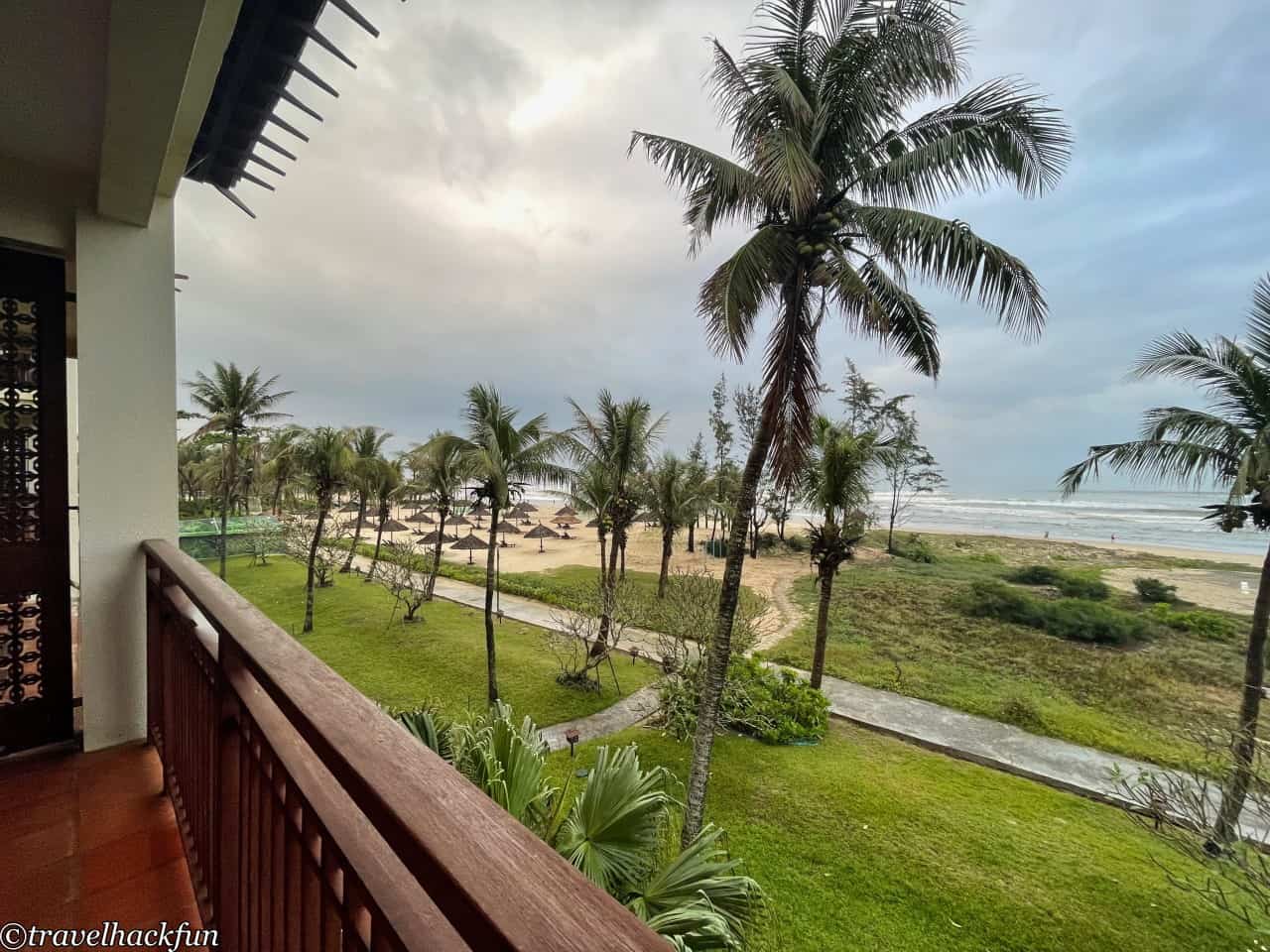
Da Nang | City Attractions
Hàn Market
Han Market is the traditional market of Da Nang, where you can find a variety of goods, ranging from clothes to food. This market is really big; we entered through a side door and had to wander around every side before we found the main entrance. Since we mainly wanted to experience the local life and cultural atmosphere, we spent our time looking at things we didn't plan to take back home, like seafood and pickled vegetables, and ended up buying nothing. However, this place is actually a great destination for souvenirs, where you can find nice dried goods or clothes, just be careful with bargaining.
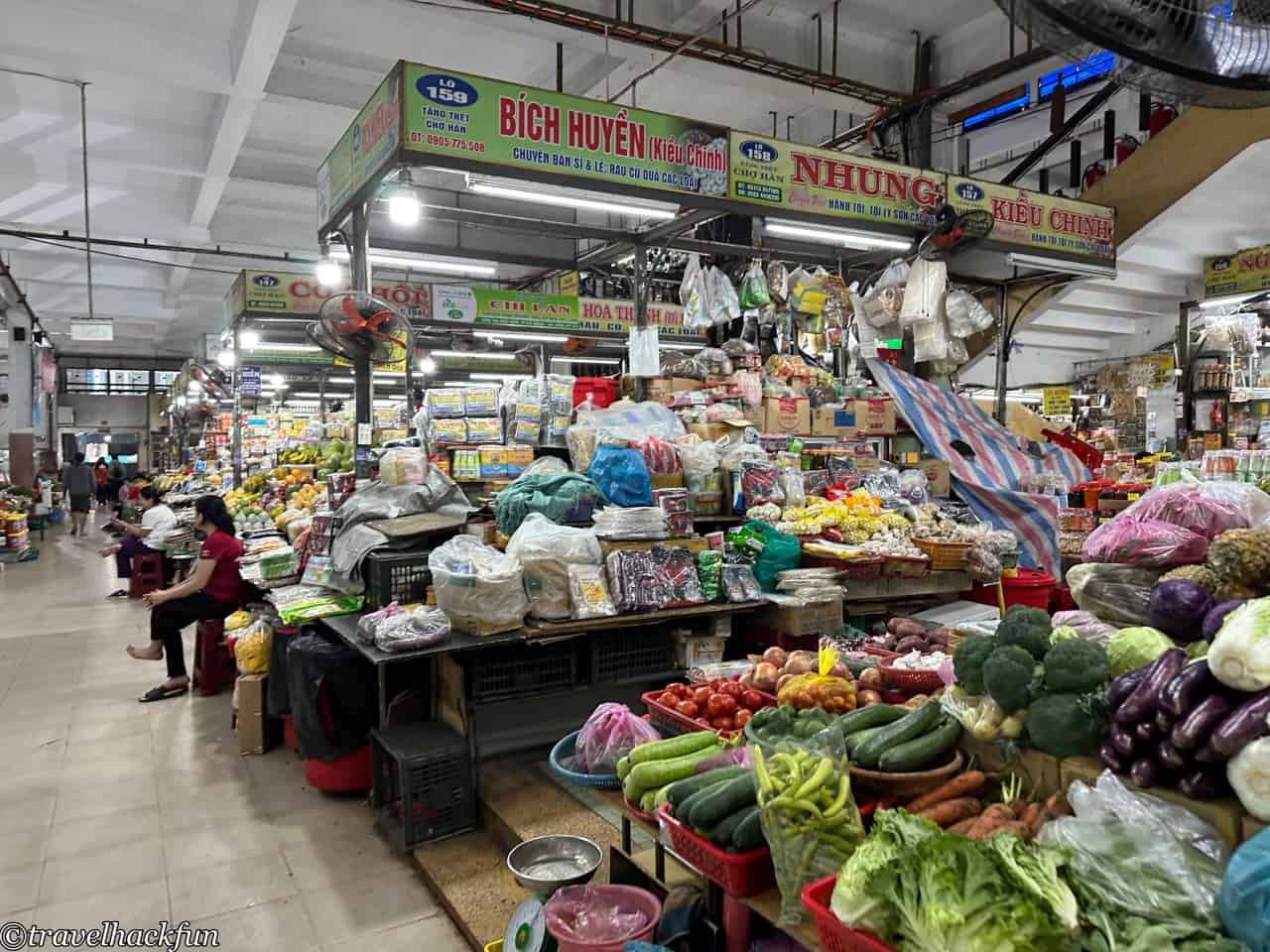
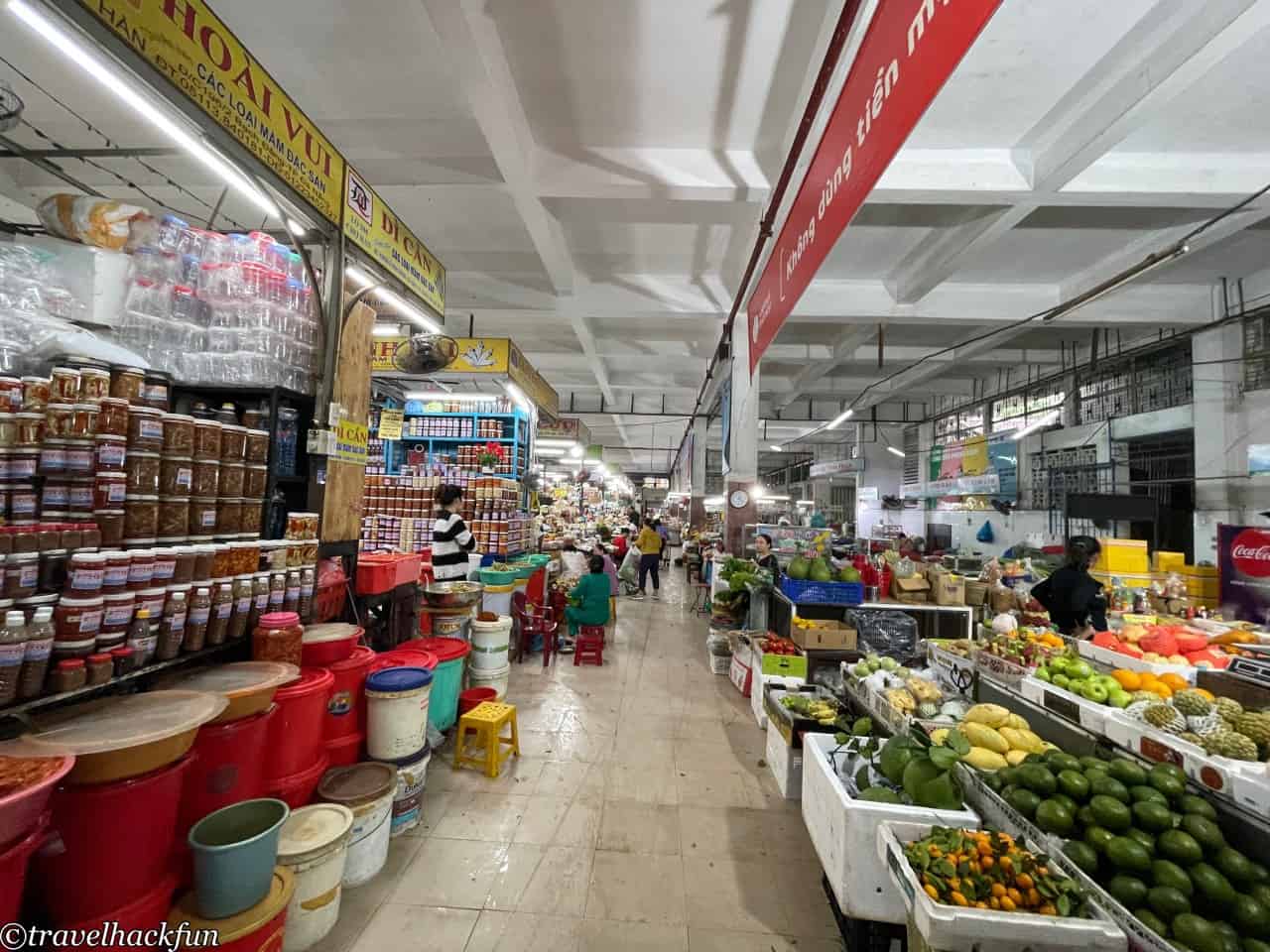

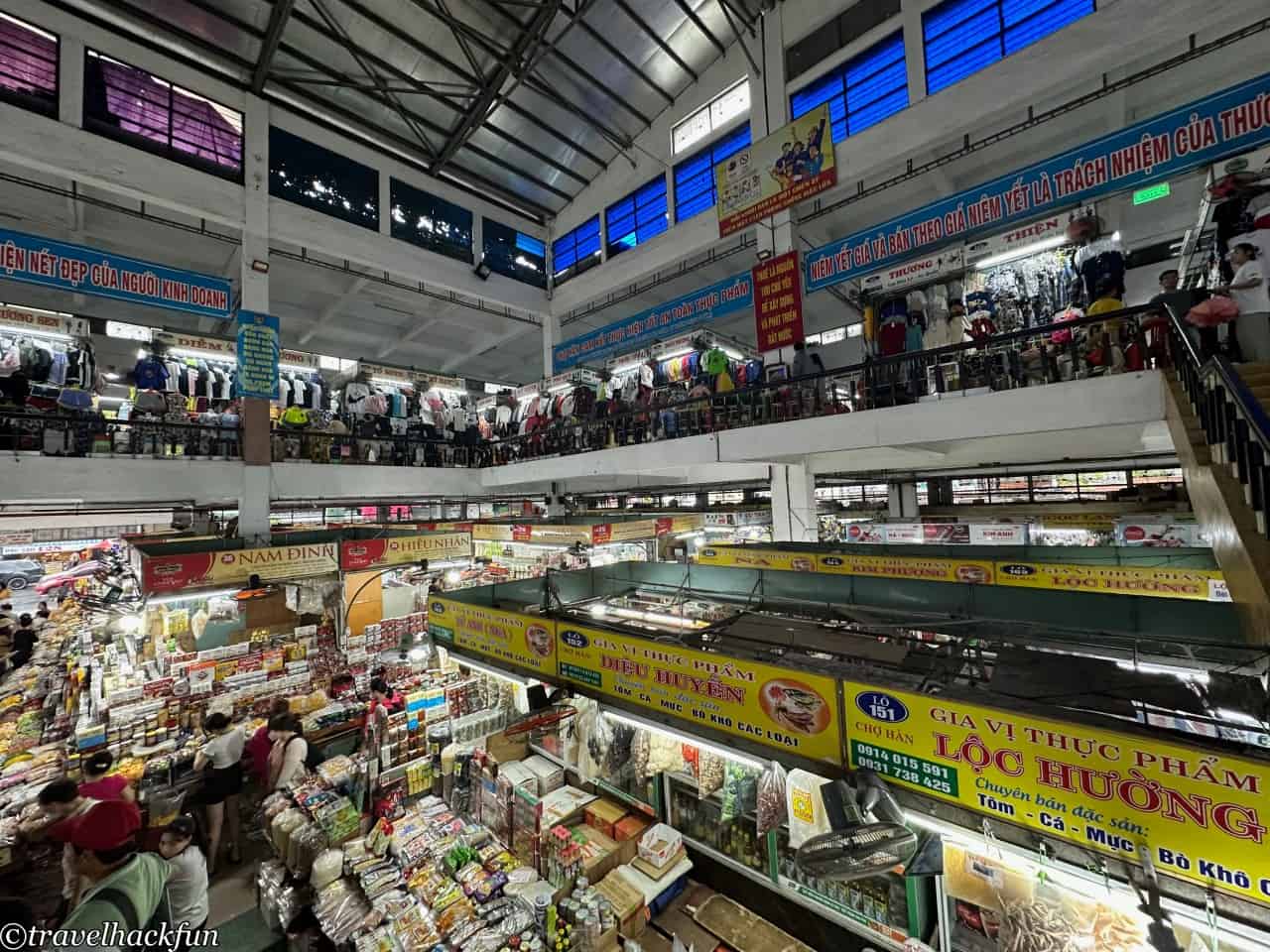

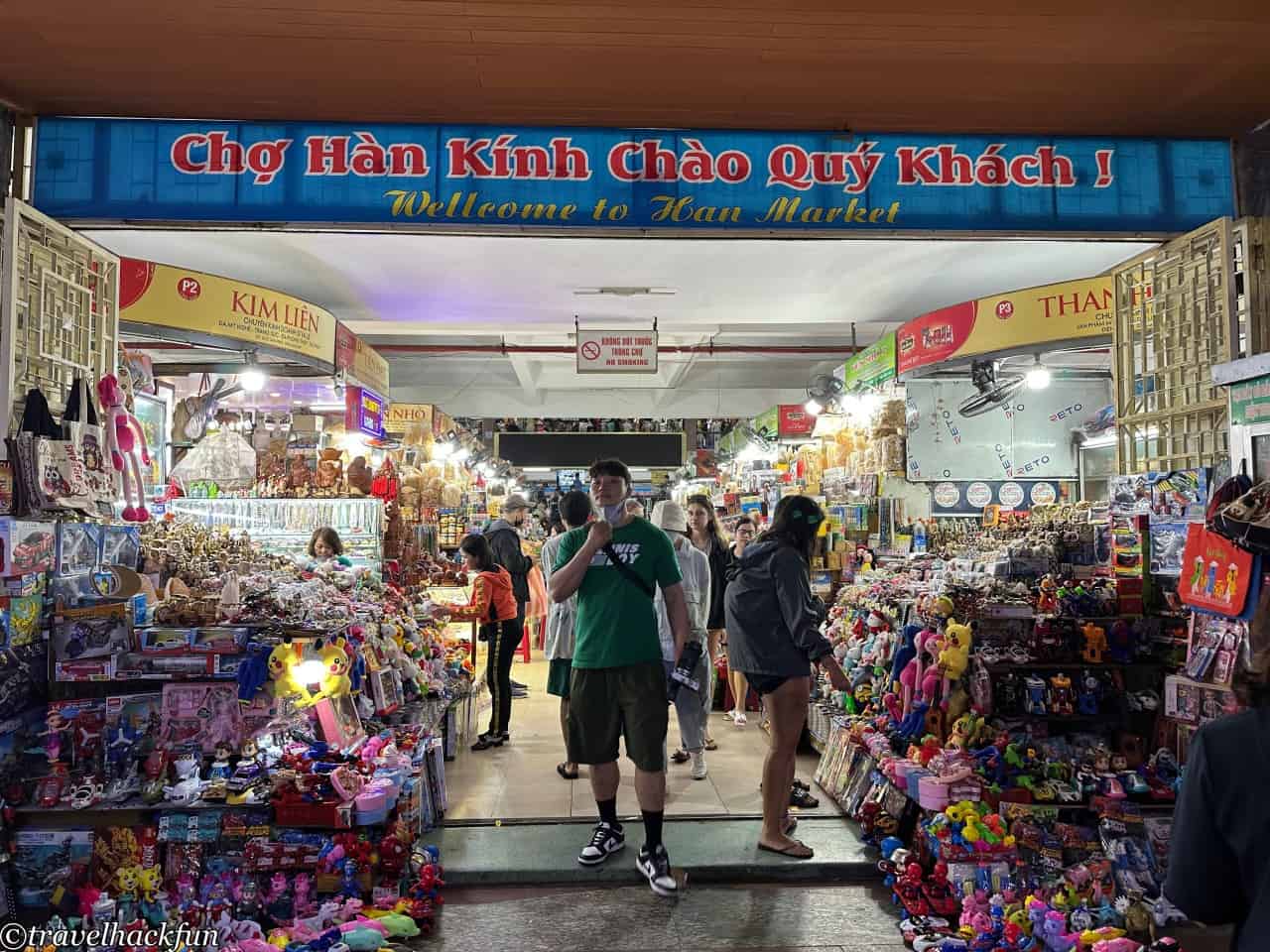
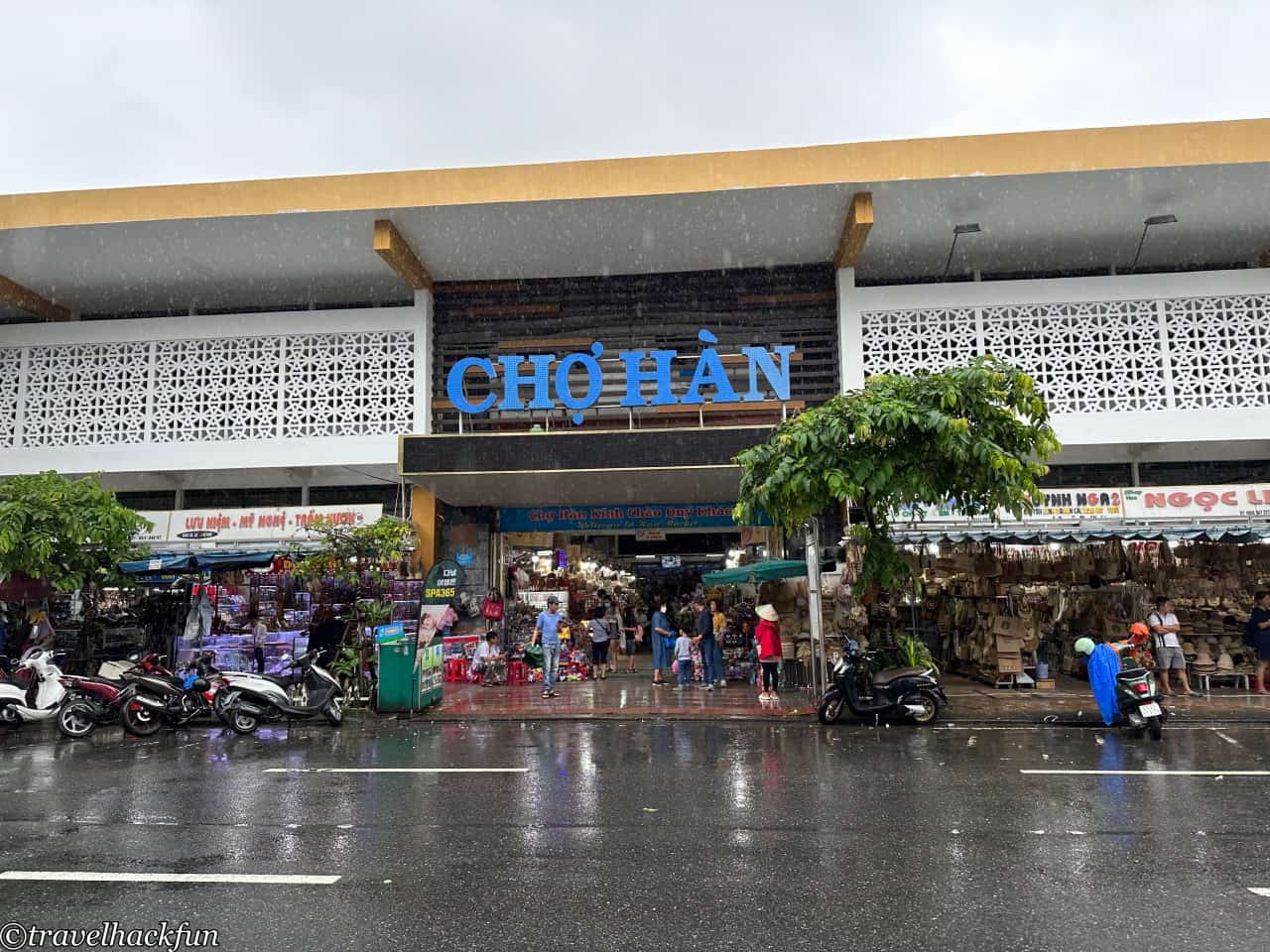
Da Nang Cathedral (Nhà thờ Thánh Tâm Chúa Giêsu)
The Da Nang Cathedral, built in 1923, was the only Catholic church constructed during the French colonial period in the area, and still remains a symbol of Catholicism in Vietnam today. The architectural style of the church integrates elements from both Europe and Asia, featuring tall spires and Vietnamese-style roofs. Its distinctive pink exterior is particularly notable. At night, when it is brightly lit, it appears even more majestic.
The usual opening hours are from 5 a.m. to 10 p.m. every day. Unfortunately, when we visited, it was close to Christmas, and the church was preparing for the Christmas Mass, so it was not open to the public. Inside the church, you can visit stained glass windows, sculptures, and murals, etc. However, tourists cannot enter during the Mass service.
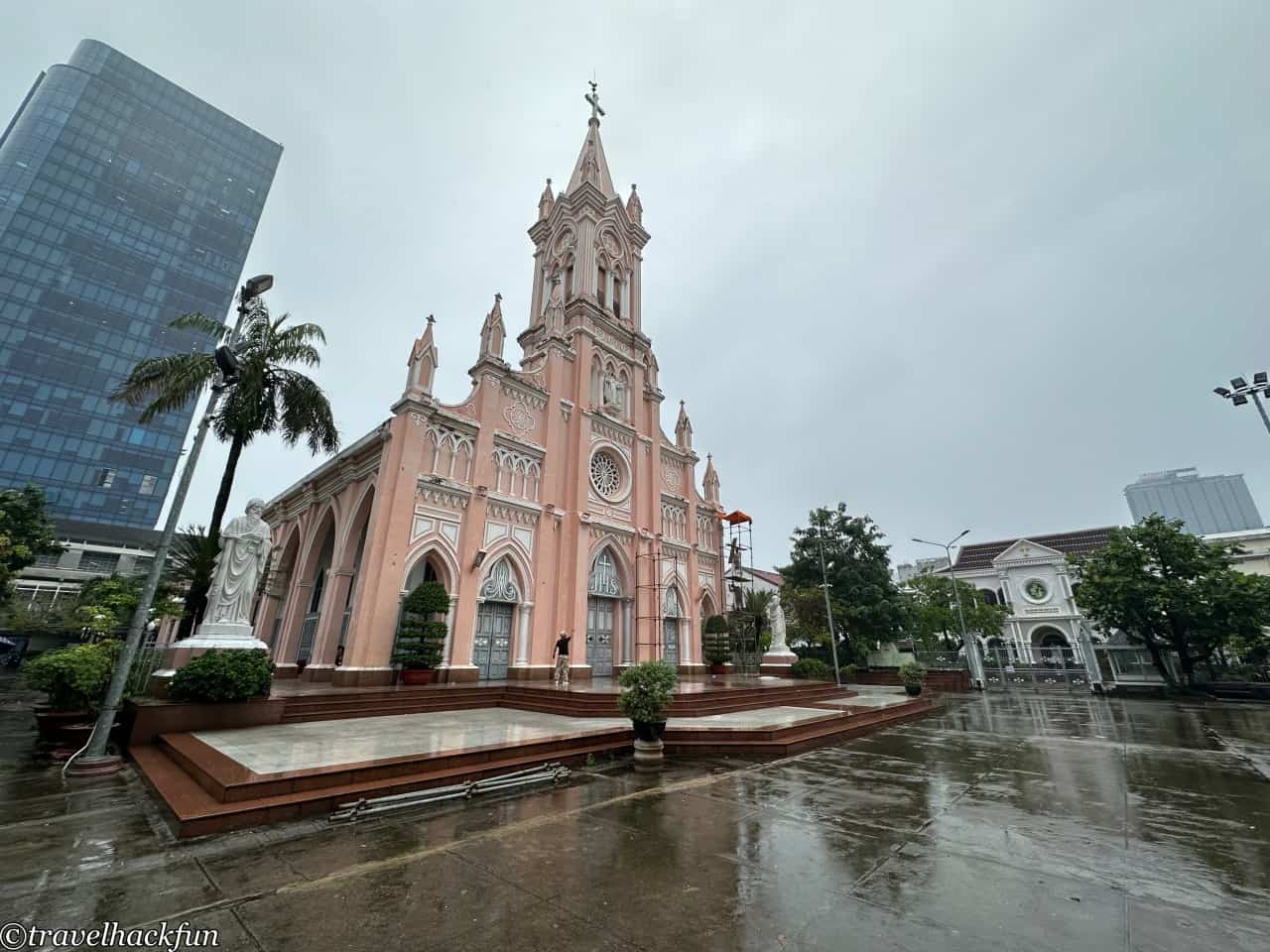

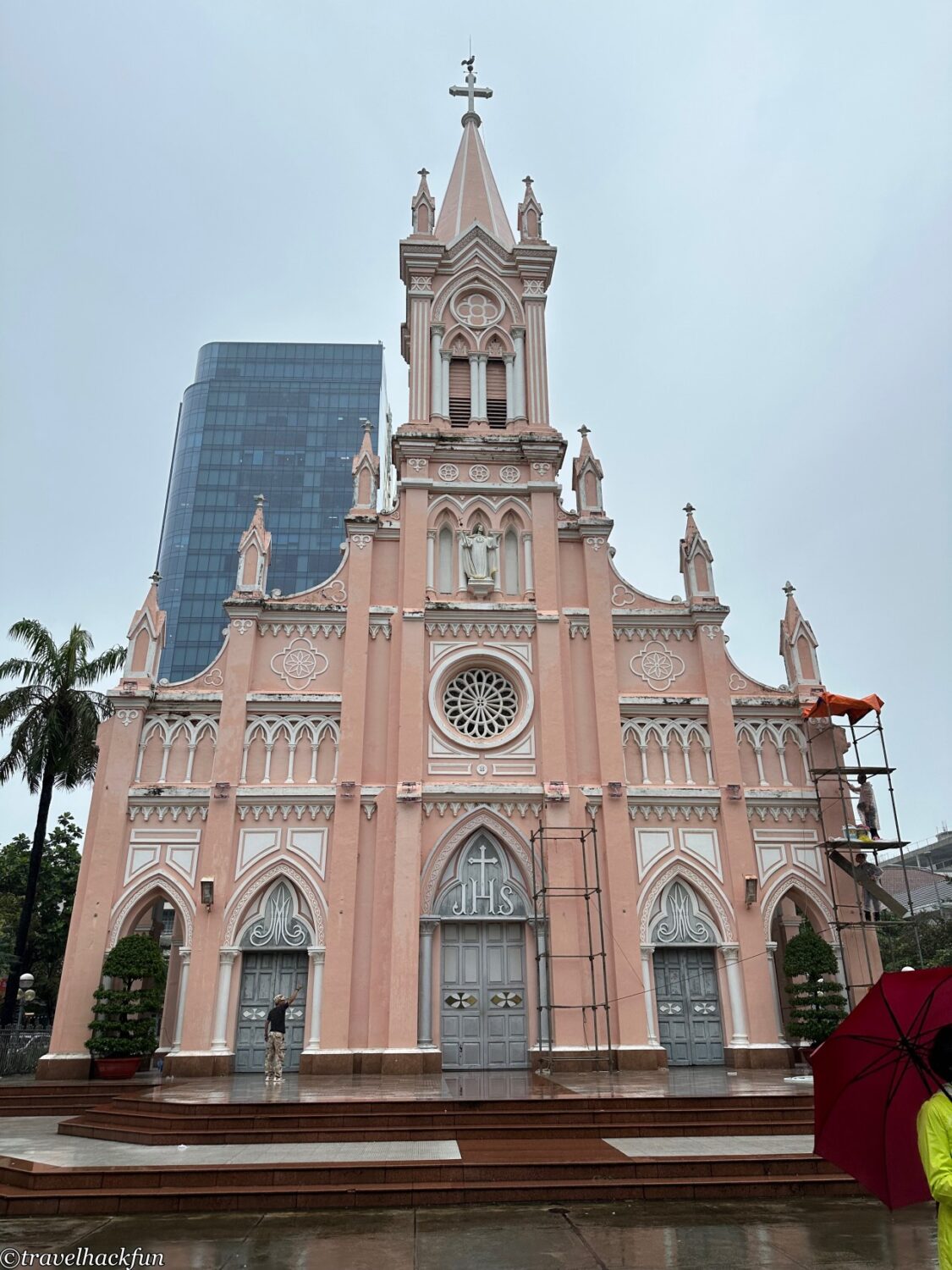

Cầu Rồng | Hàn River
Another must-see attraction in Da Nang is the Dragon Bridge. The Dragon Bridge is located in the city center of Da Nang, spanning the Han River. It was constructed in the year 2000, measures 666 meters in length, and is supported by two dragon-shaped pillars, hence its name. The best time to view the Dragon Bridge is at night, conveniently near the Da Nang night market, allowing visitors to enjoy a meal at the market before heading over to see the bridge. At night, the bridge is brilliantly illuminated, creating a beautiful and splendid night view of Da Nang. On weekends, at 9 p.m., there is a performance on the Dragon Bridge featuring alternating sequences of fire and water sprays, attracting the highest number of tourists. The sightseeing ferries on the Han River also line up on the water to enjoy the show. The fire performance consists of about a minute and a half of fire, a short break, and then a minute and a half of water spraying, alternating in this manner.
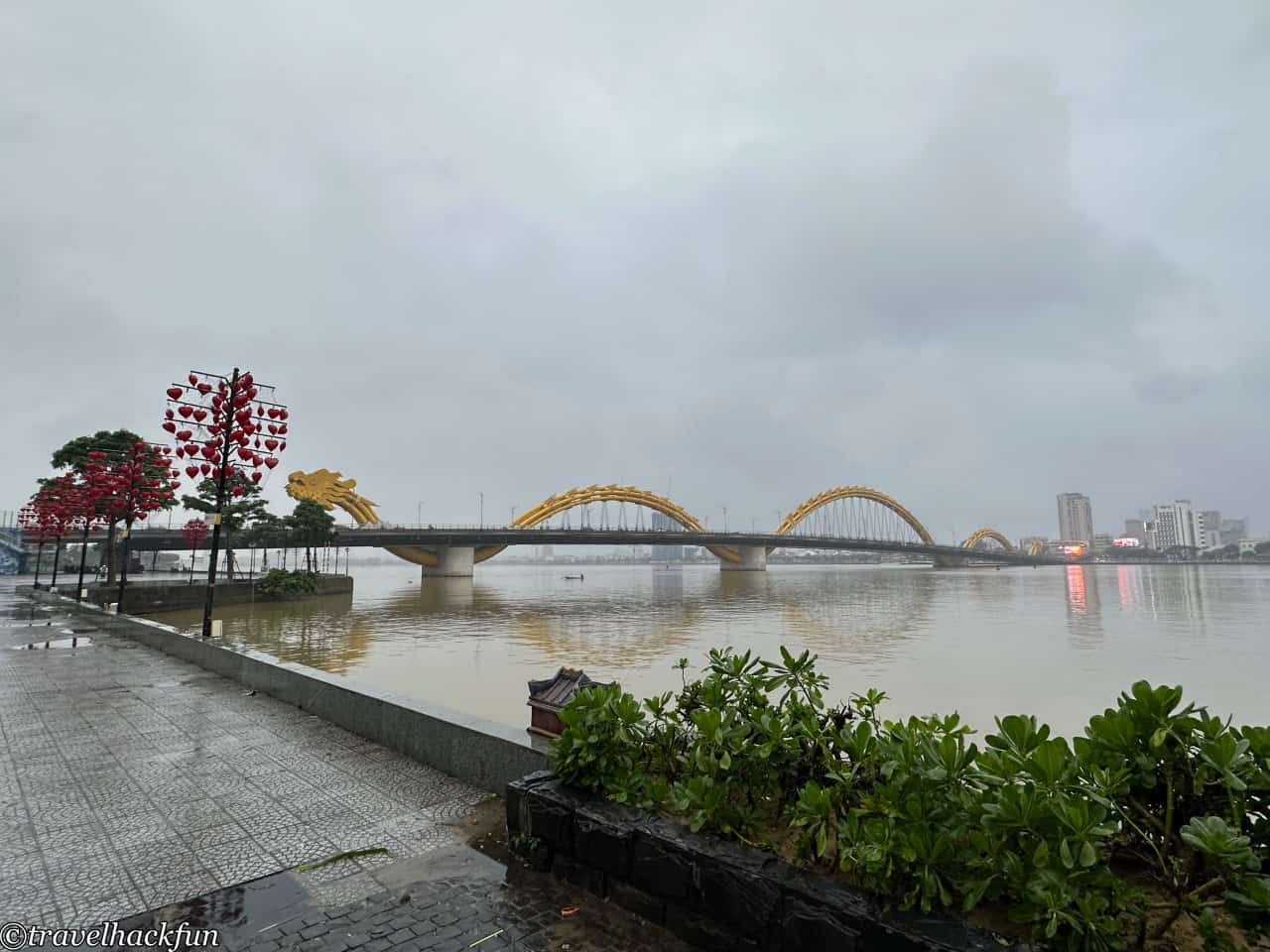
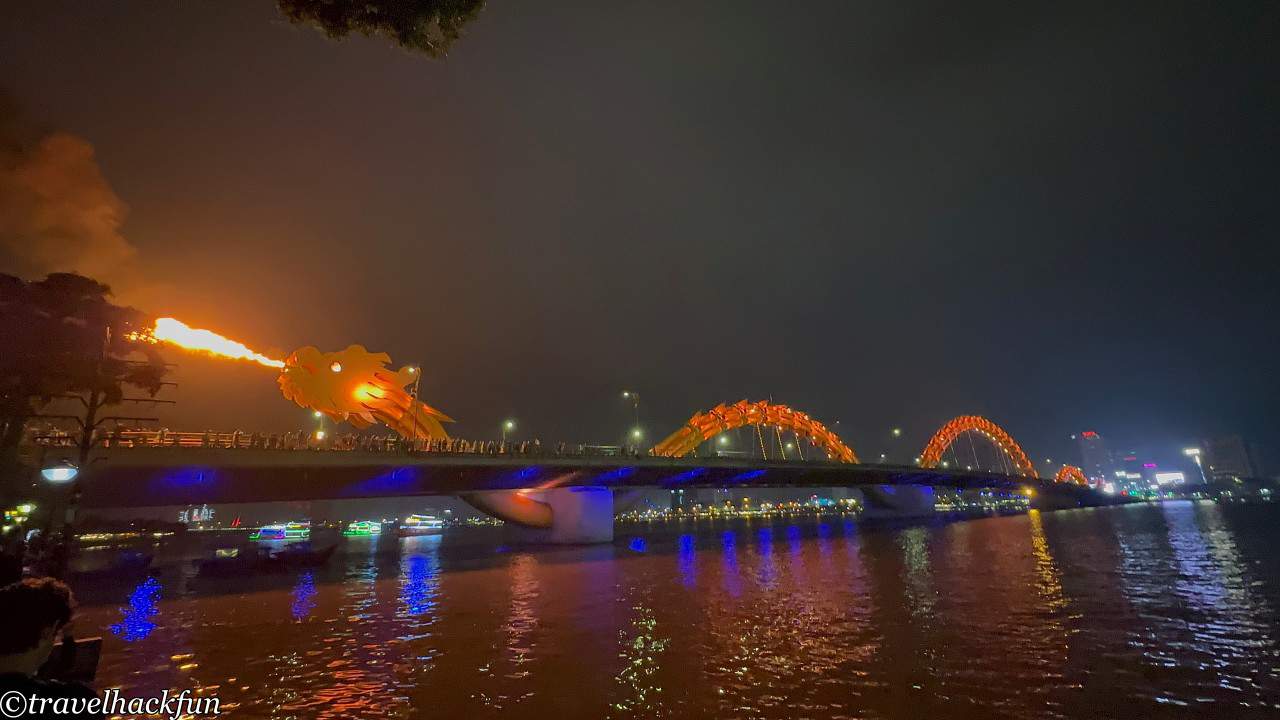

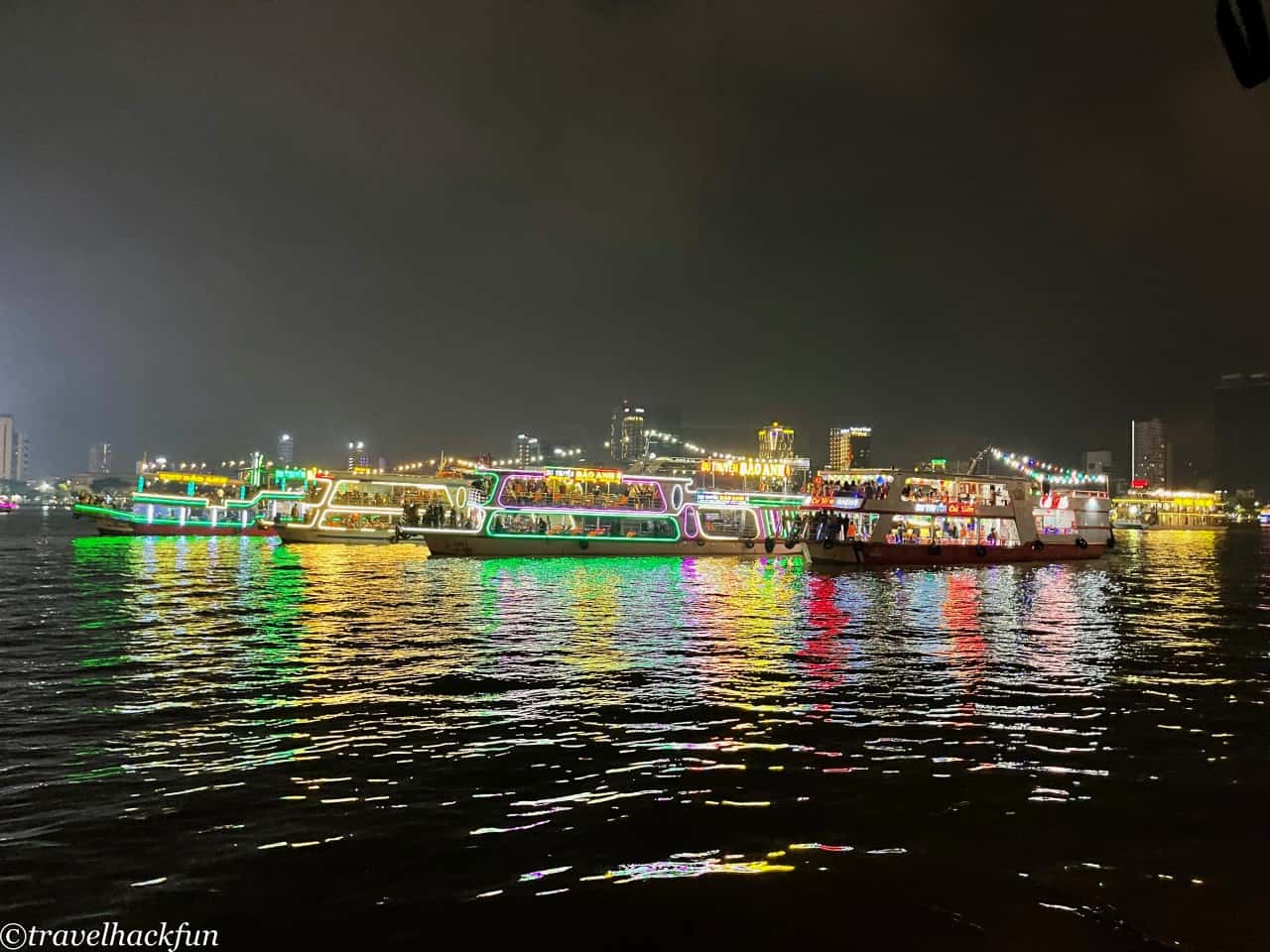

The Han River is an important river in central Vietnam. Walking along both sides of the Han River, there are plenty of delicious foods and fun places to explore. The western side of the Dragon Bridge is close to the Han Market, while the eastern side is near the night market, where you can enjoy a cup of Vietnamese coffee and view the river scenery. The weather does play a bit of a role when visiting here. On our first day arriving in Da Nang, it was pouring rain, making the river scene somewhat unattractive. It wasn't until the evening that the atmosphere became especially vibrant.


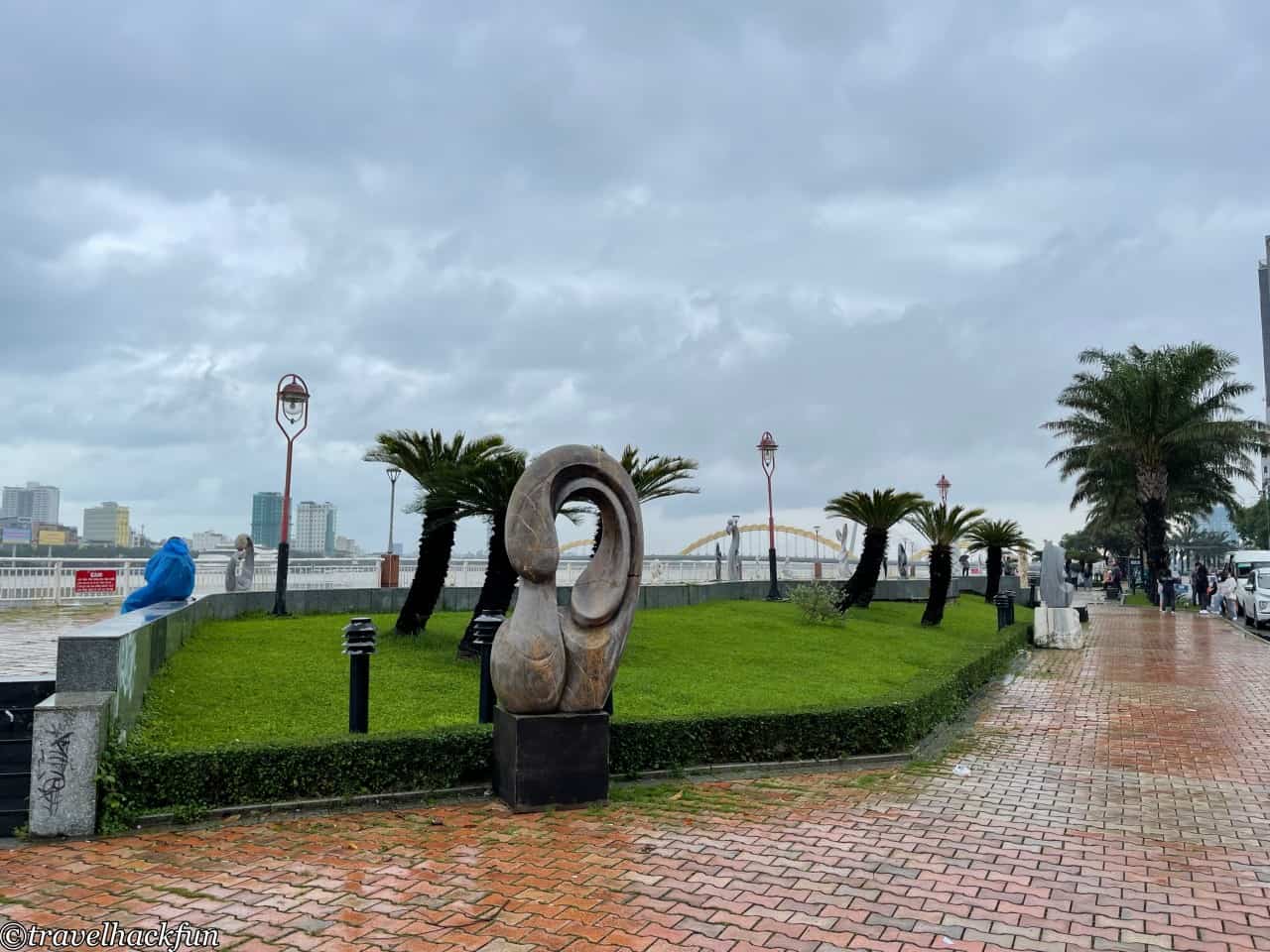
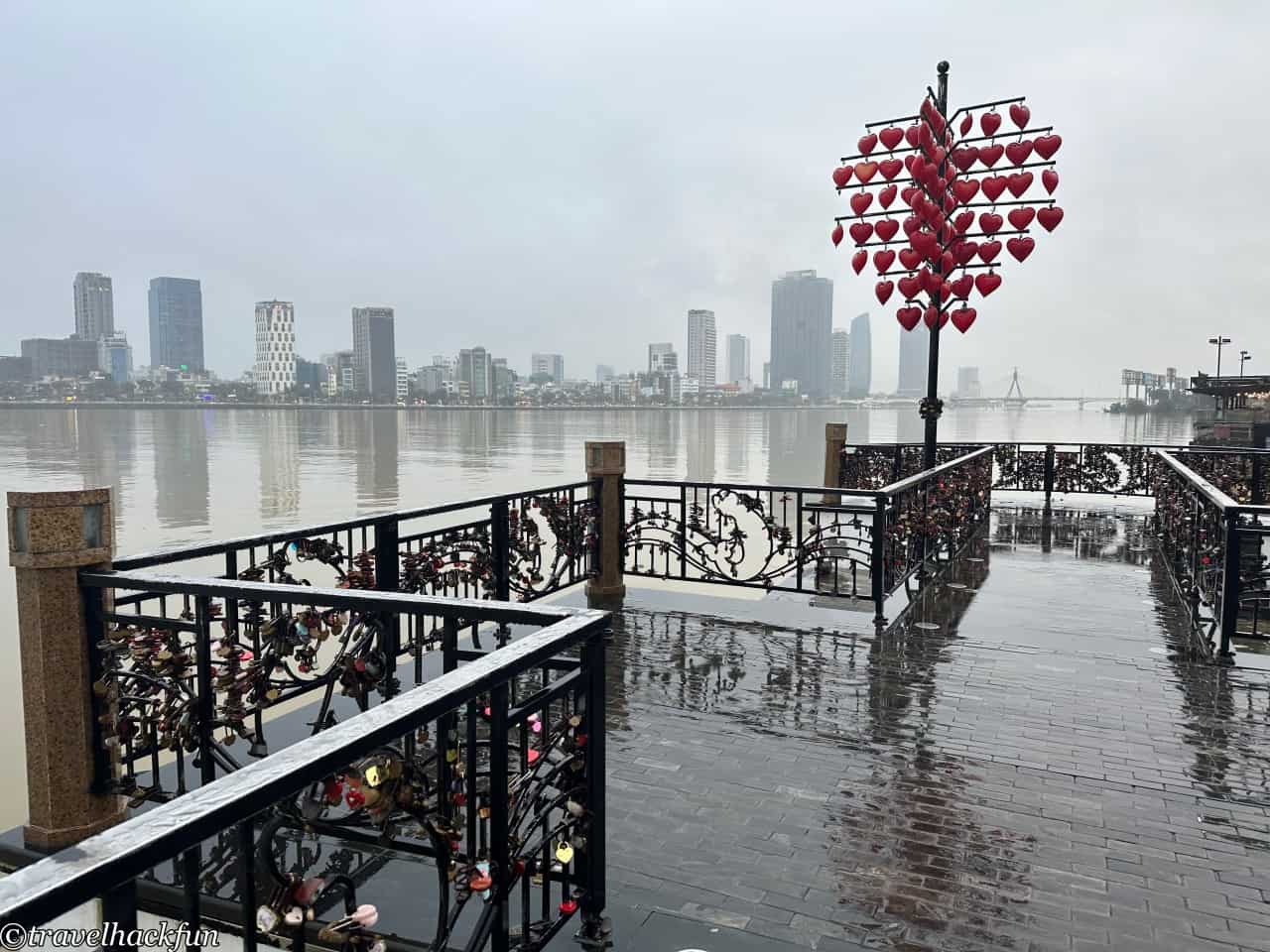

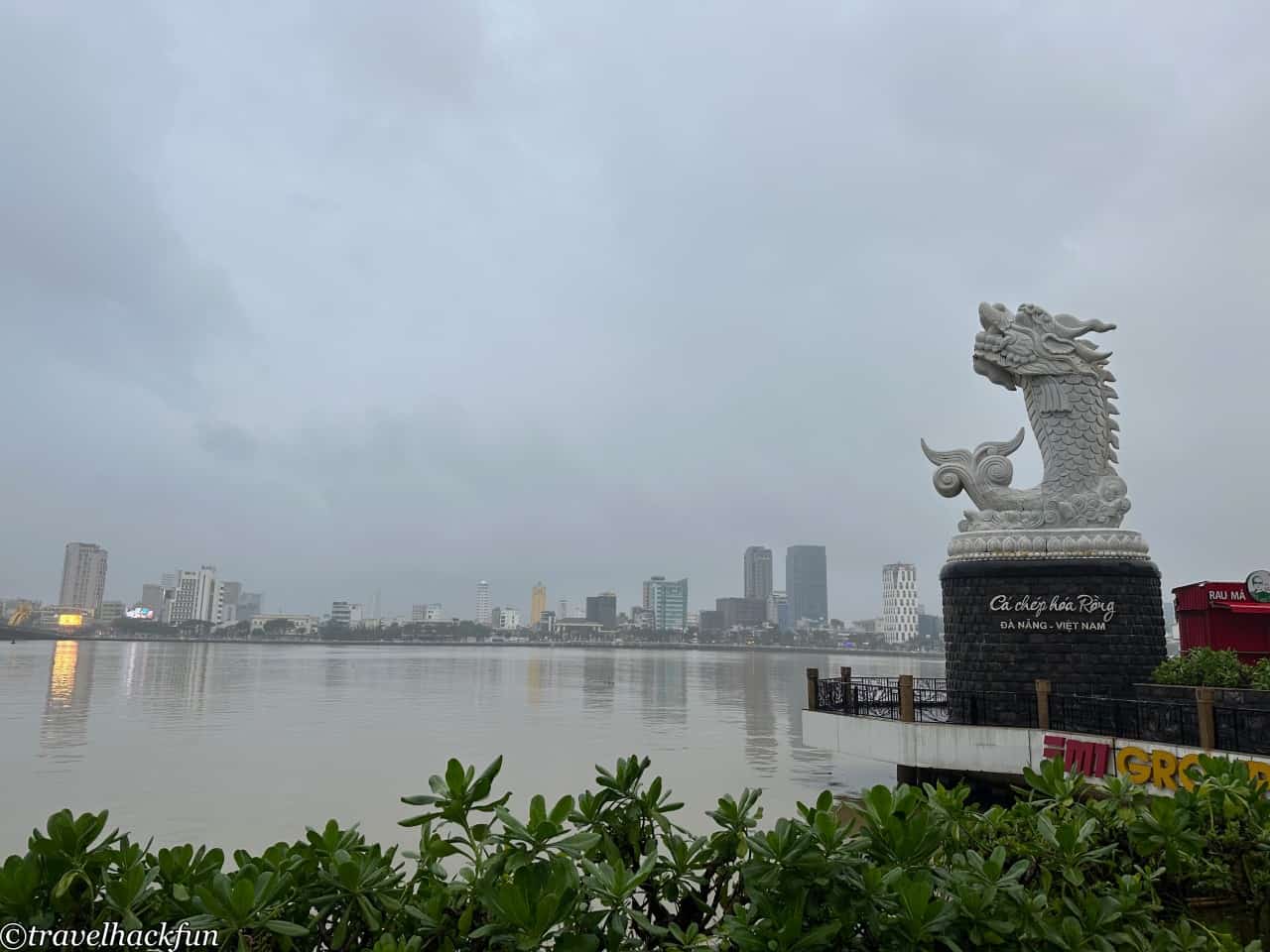
Da Nang Night Market
The Han River night market is located on the east side of the Han River, not far from the Dragon Bridge. Here, you can find a variety of Vietnamese snacks, handicrafts, and souvenirs. It's a great place to enjoy delicious food, don't miss the Vietnamese BBQ and seafood. The night market usually starts in the evening and ends around 10 p.m. Cash is mainly used for shopping in the night market.
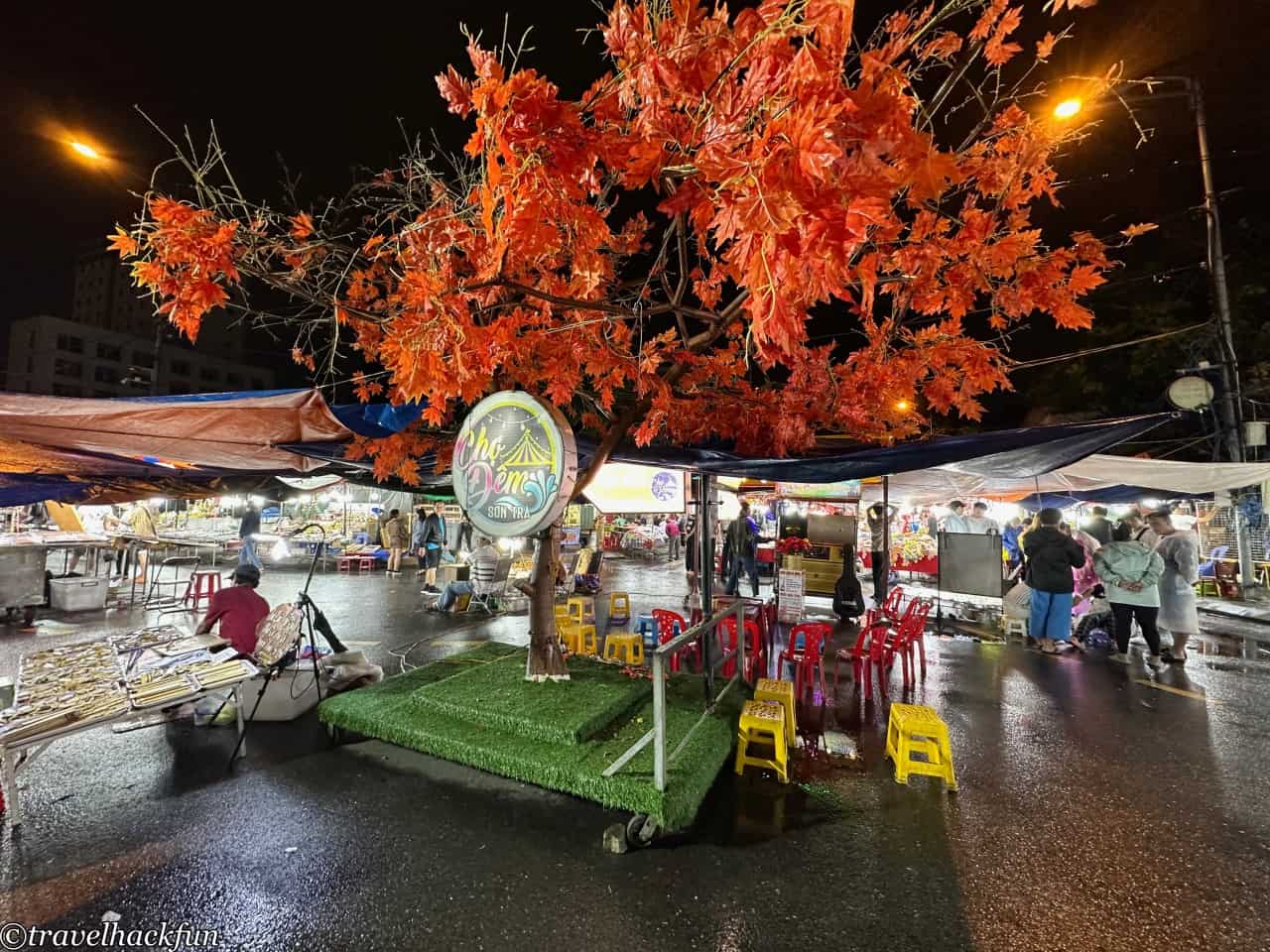
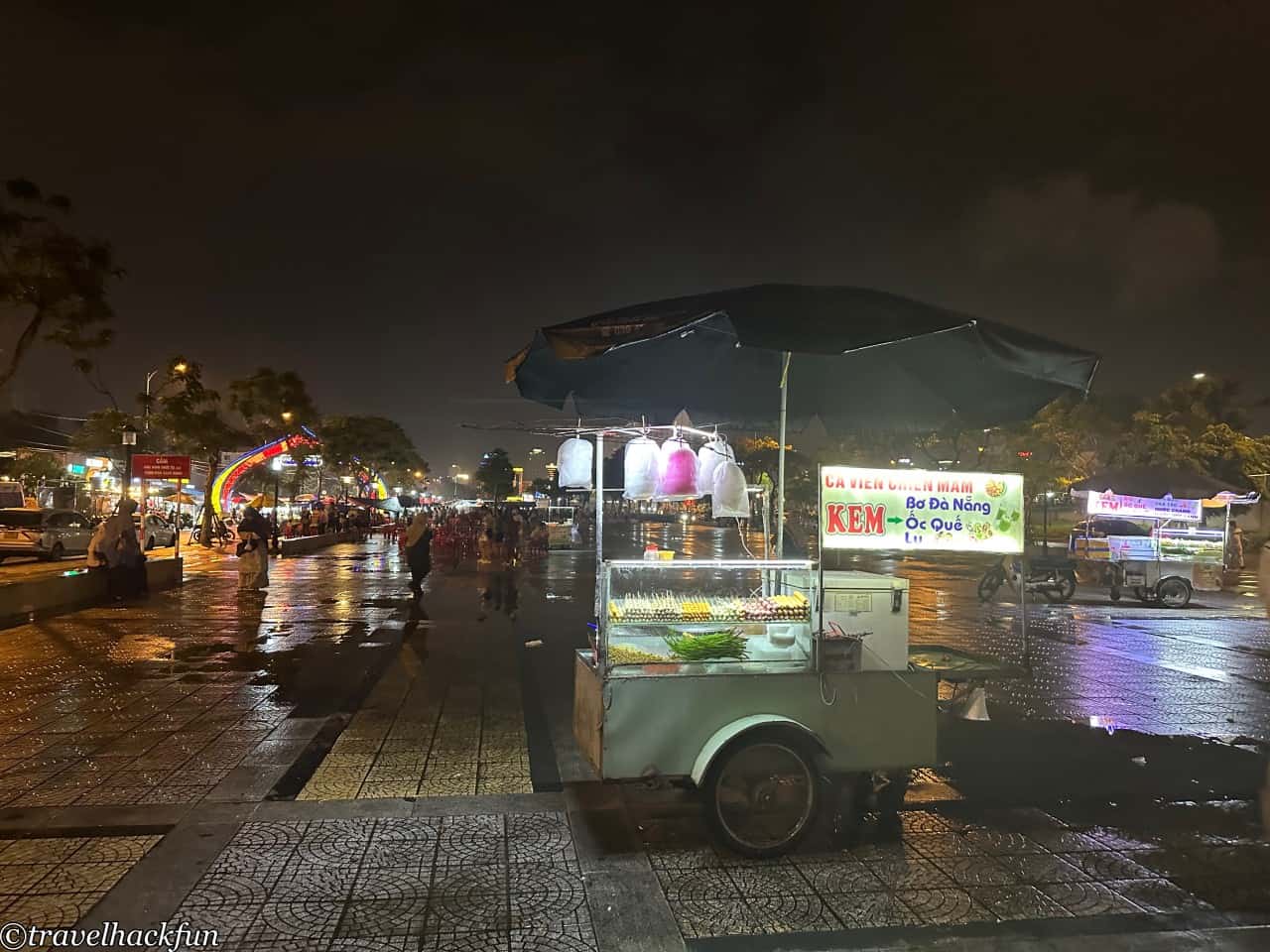

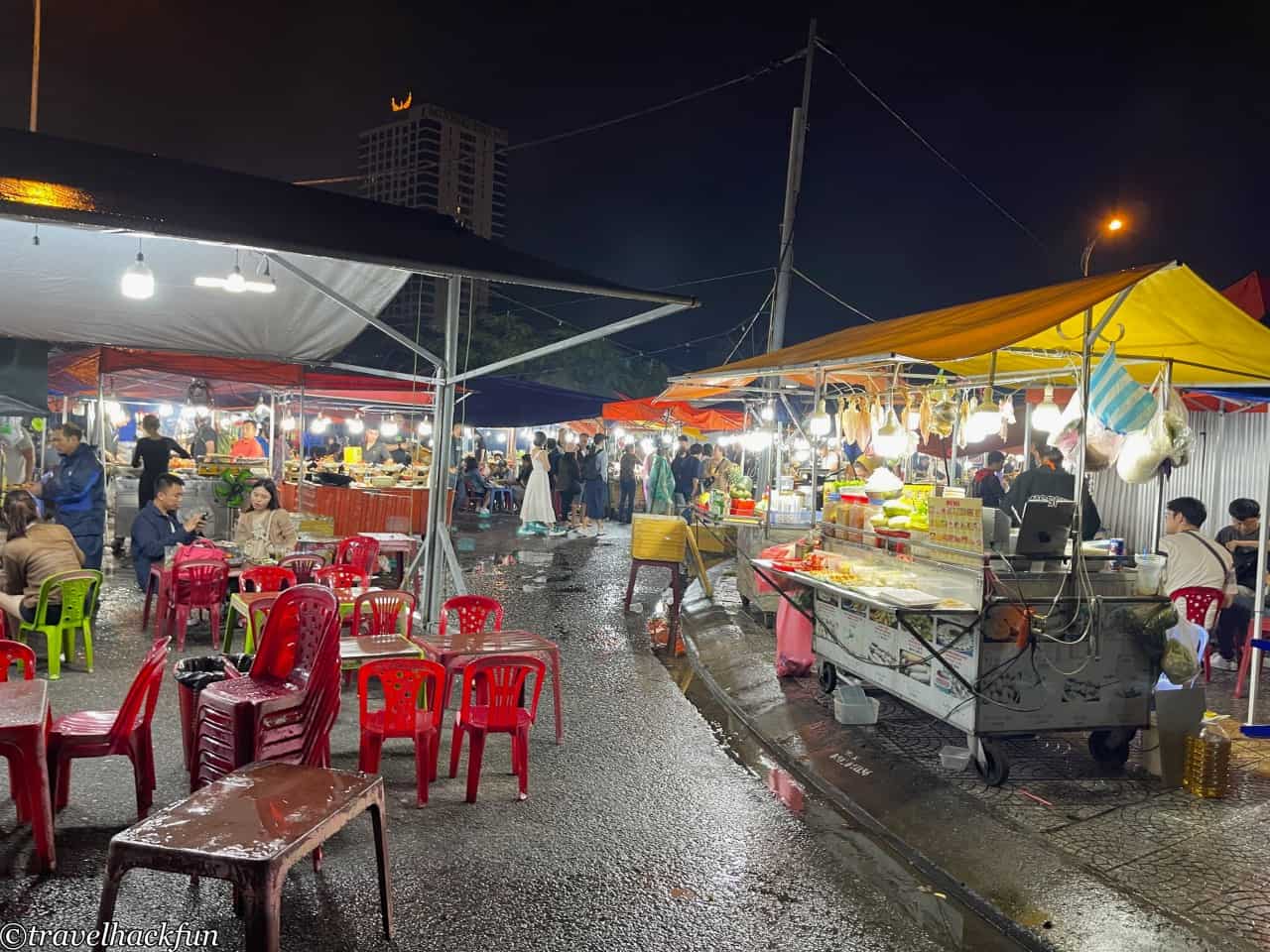
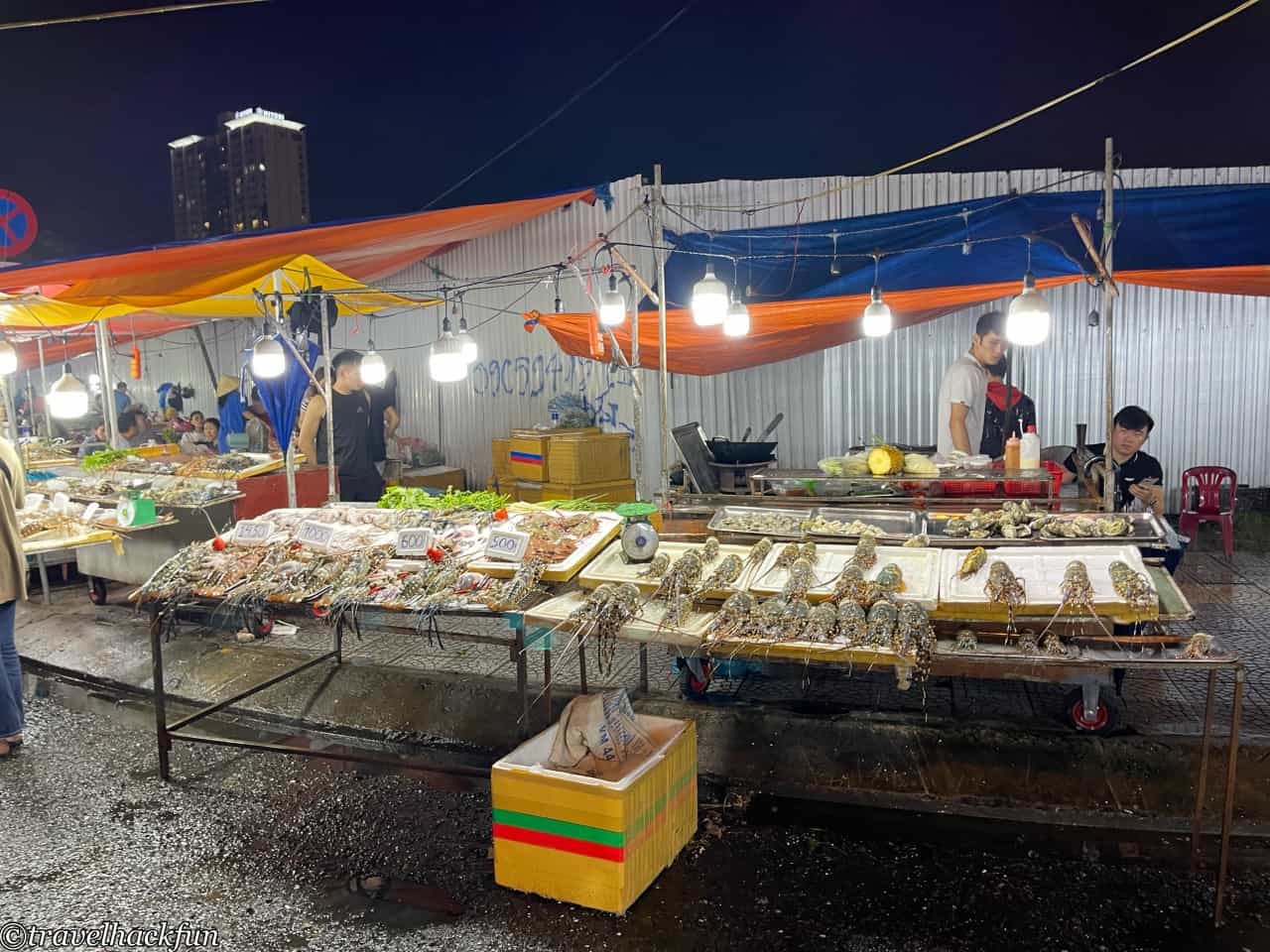
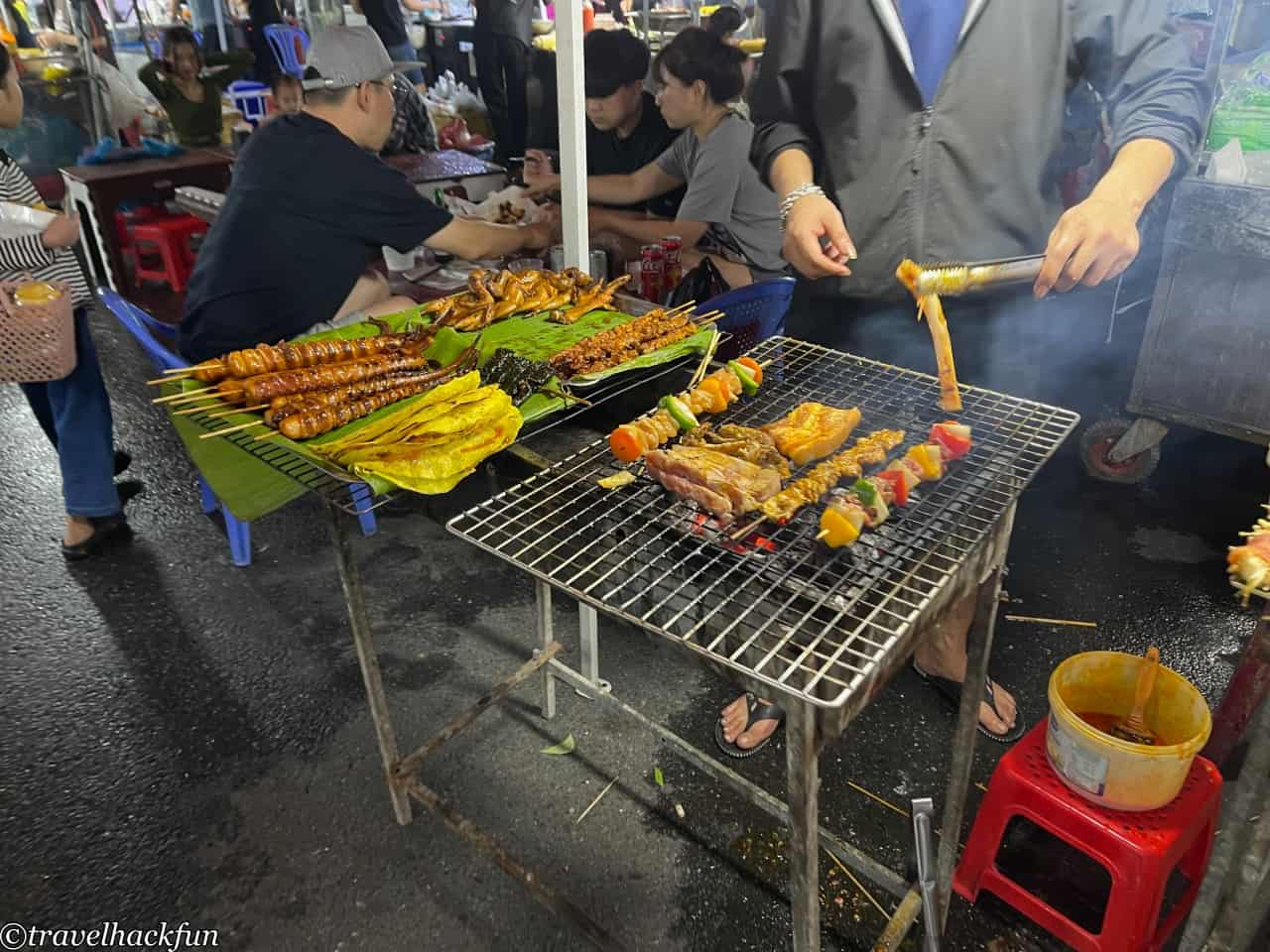

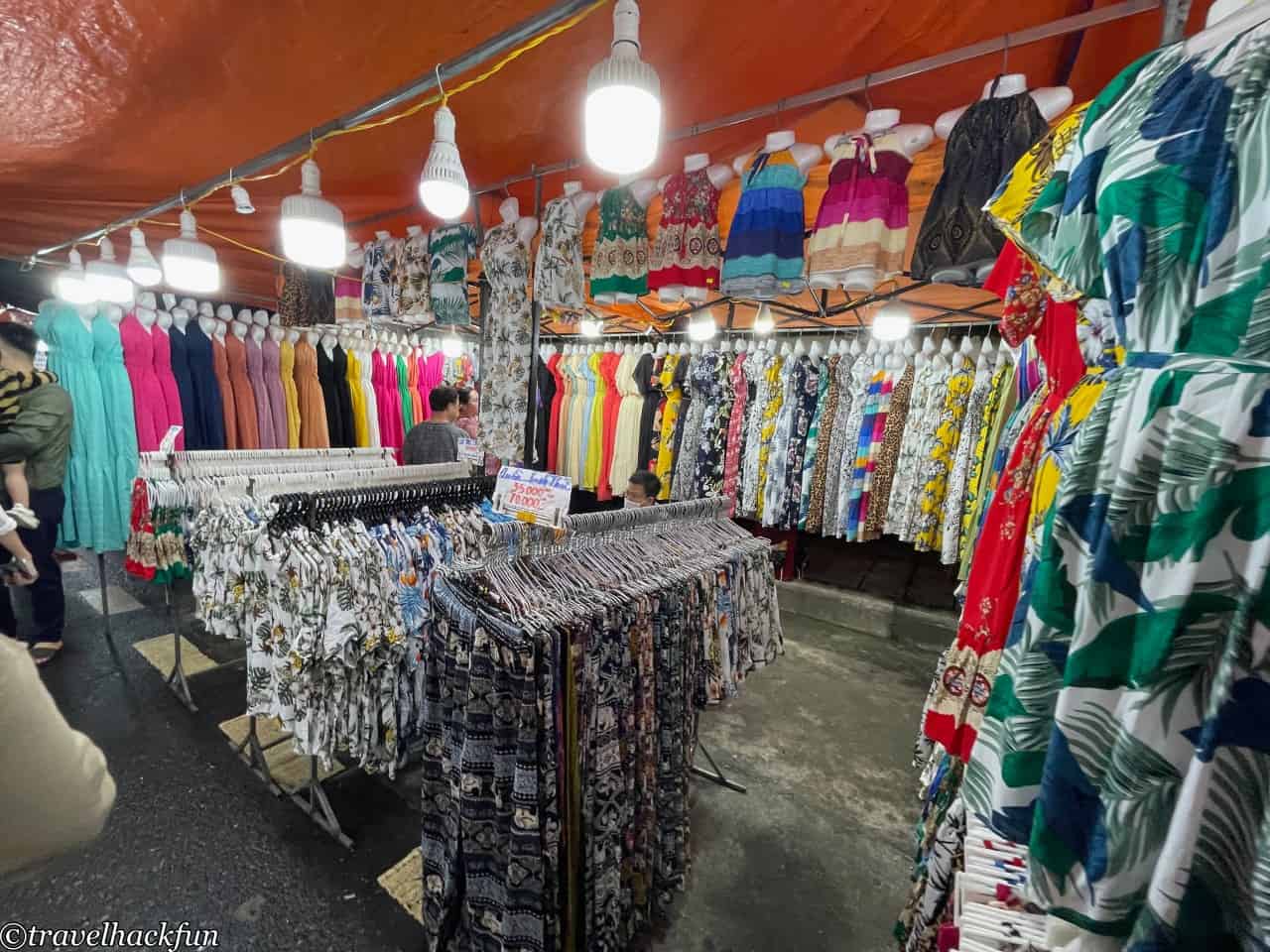

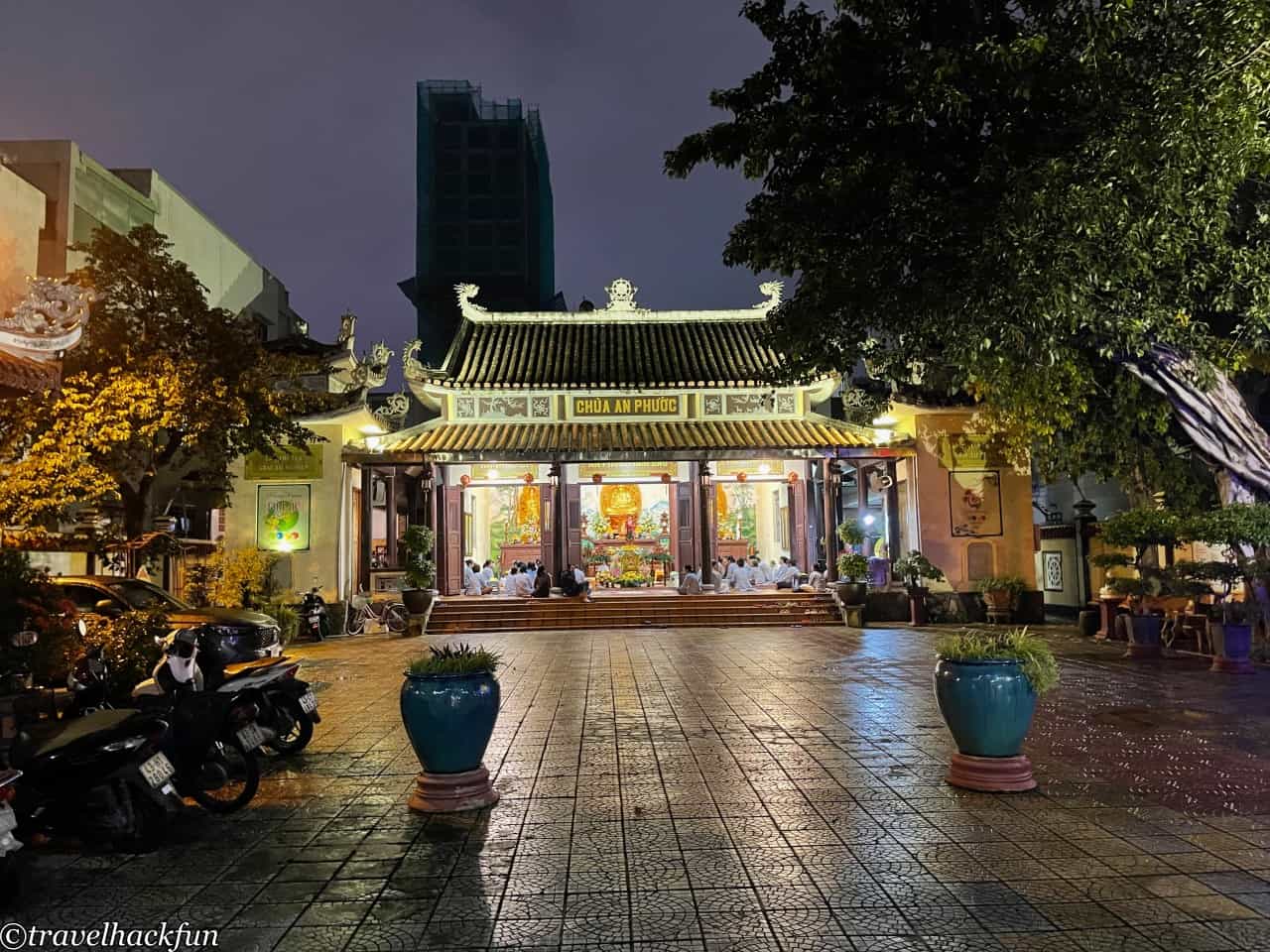
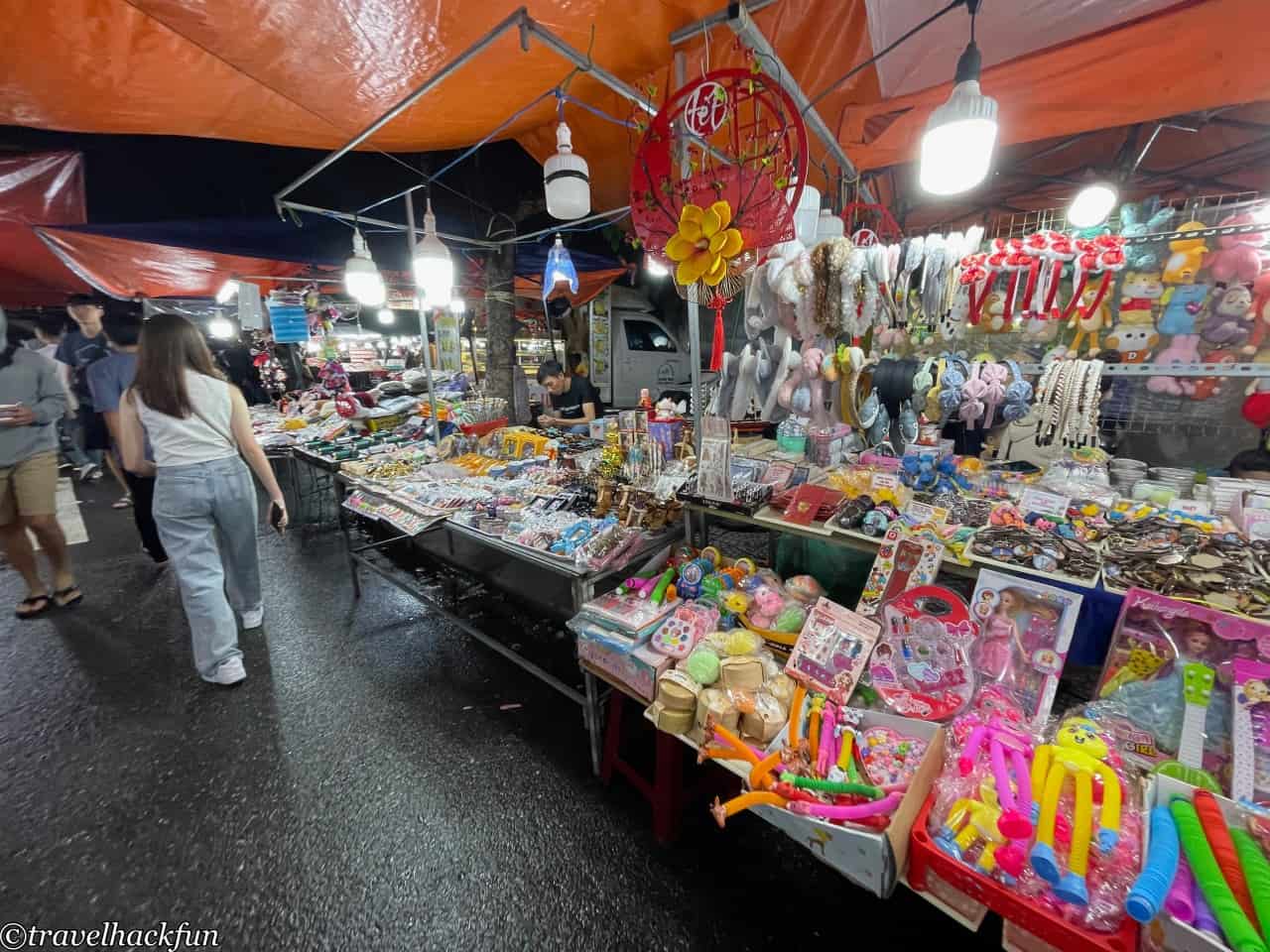
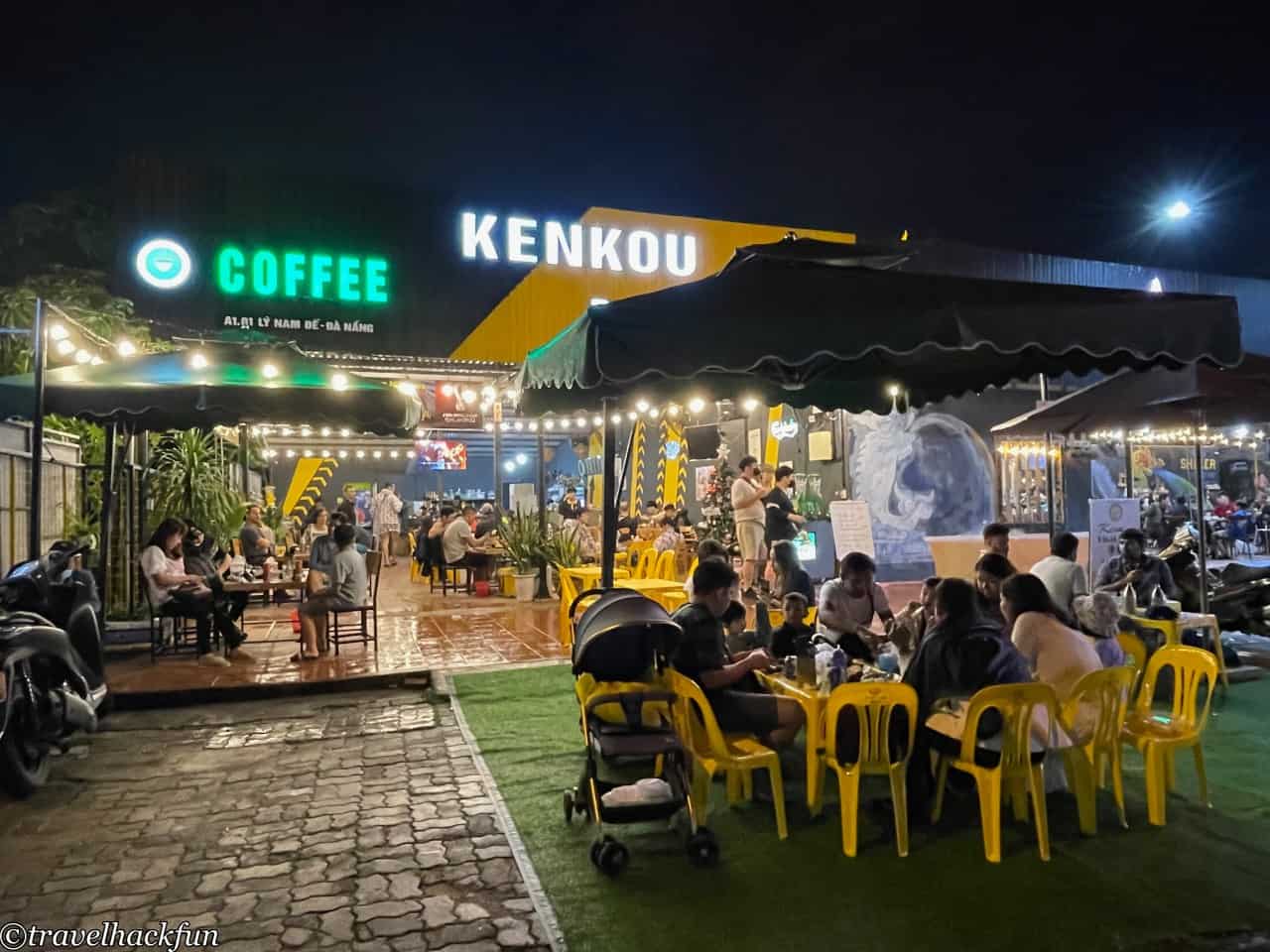

My Khe Beach (Bãi biển Mỹ Khê)
My Khe Beach is the most popular beach in Da Nang, located about 6 kilometers north of the city center and spanning 9 kilometers. The beach features soft white sand that is very comfortable to walk on, making it a relaxing place to swim or stroll along the coast while admiring the beautiful sea views. The official opening hours of My Khe Beach are from 6 am to 6 pm. If you want to visit the beach at night, you must stay at a nearby hotel. Like the hotel we stayed at, it's actually on the beach, allowing us to enjoy the benefit of seaside walks at night.
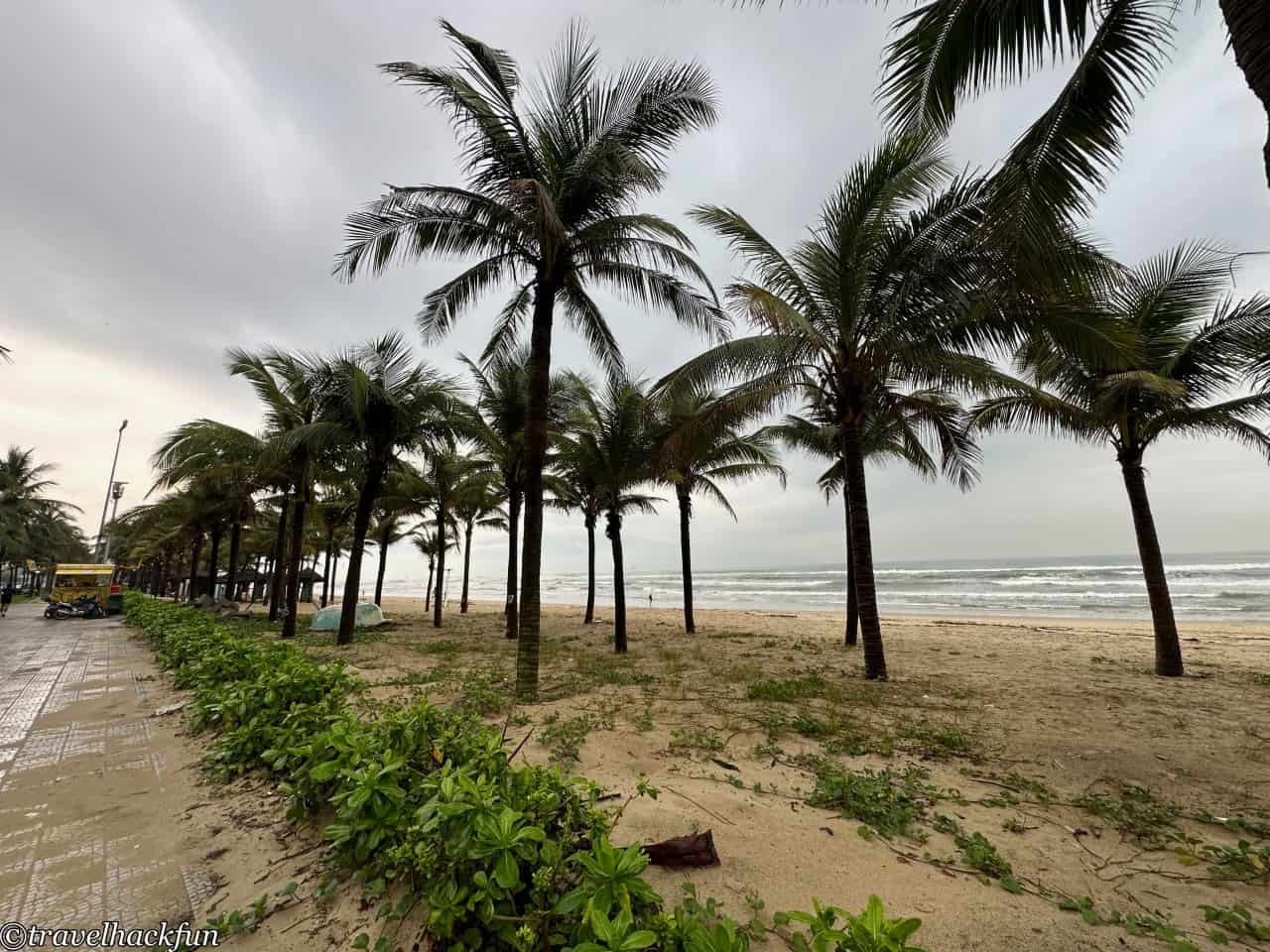

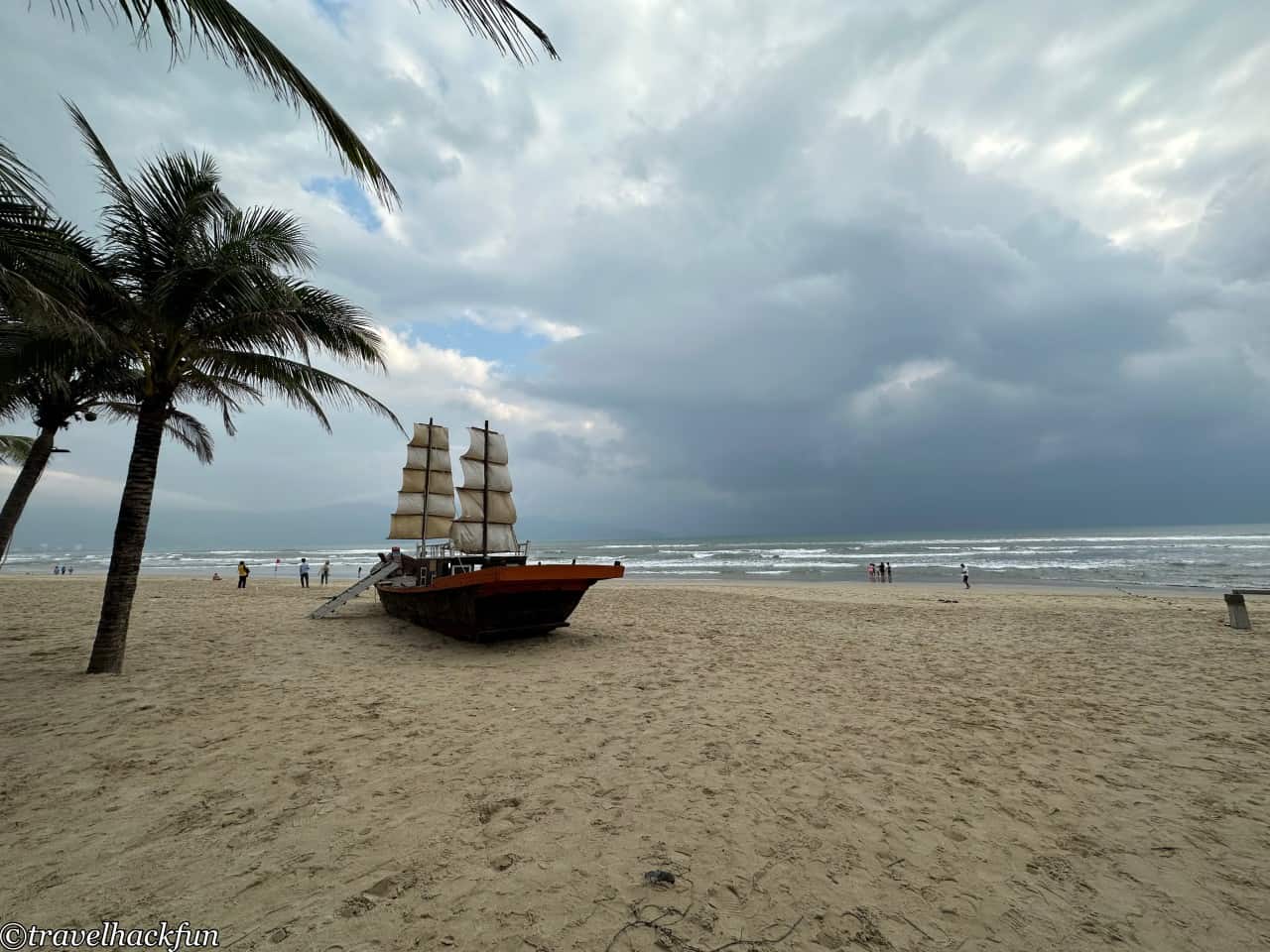
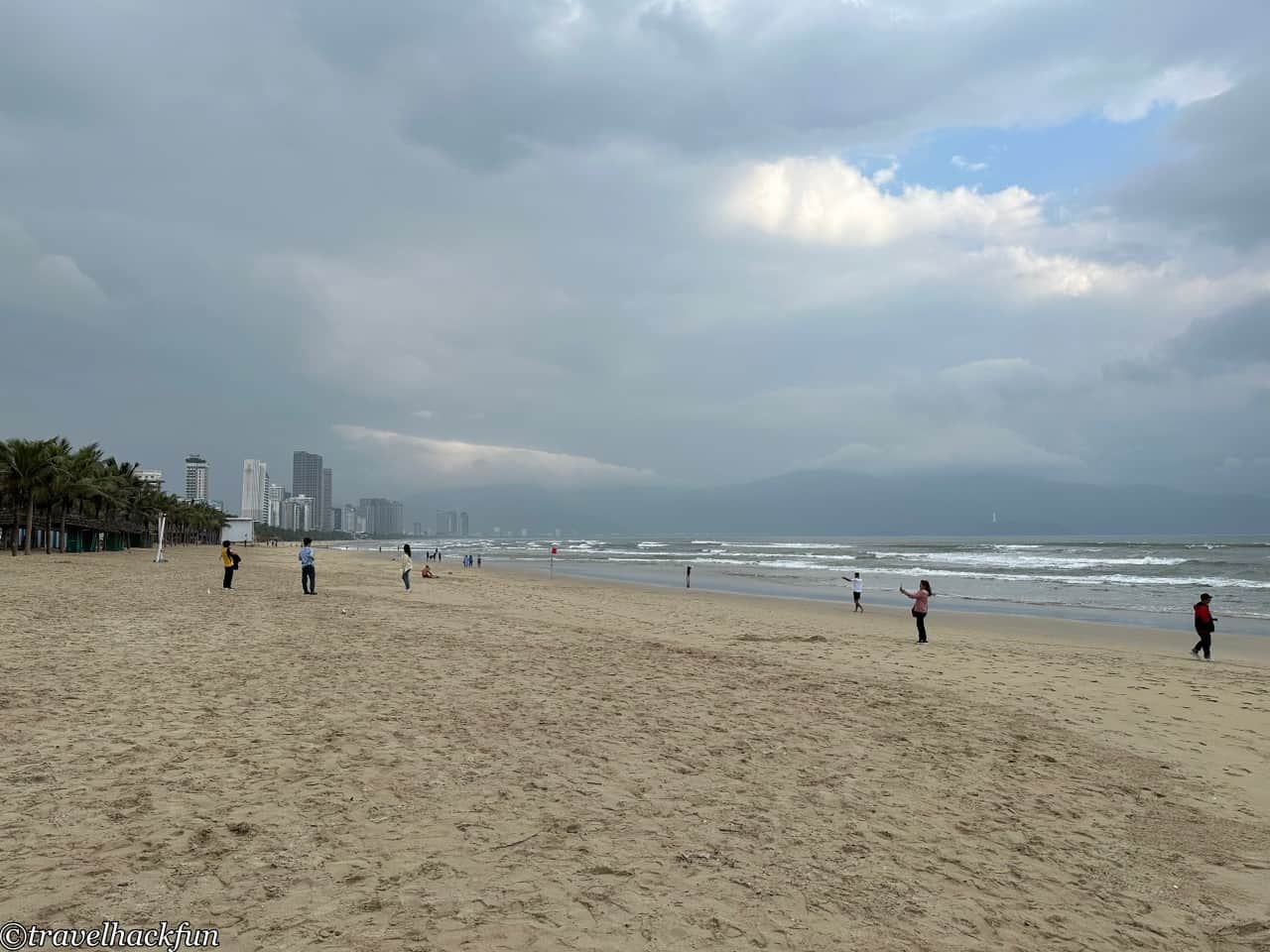
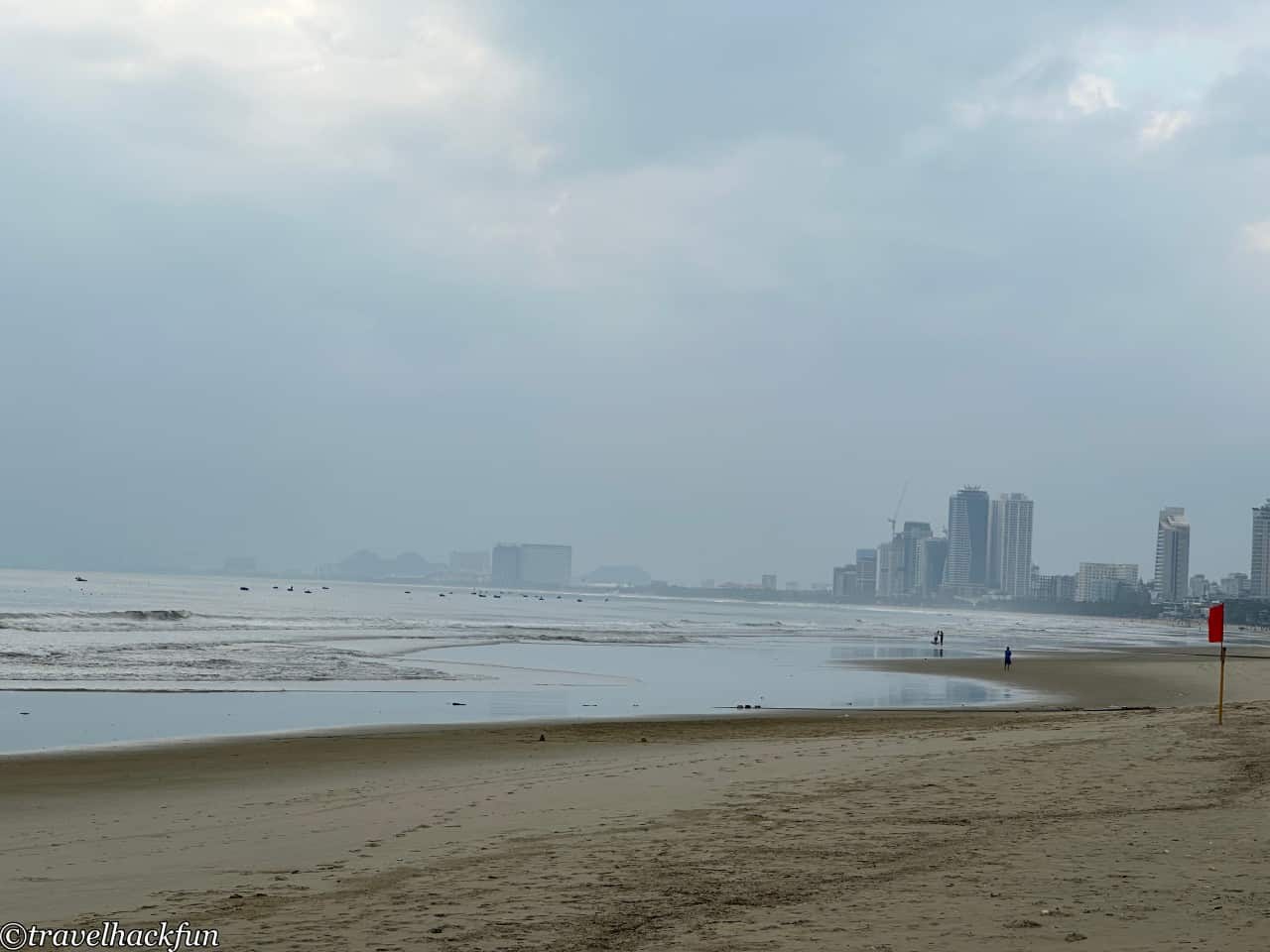

Champa Sculpture Museum (Bảo tàng Điêu khắc Chăm)
The Cham culture is an ancient culture in the southern region of Vietnam, which began in the 2nd century BC and continued until the 15th century. The Cham people practiced Hinduism and Buddhism, and their culture and artistic style were also influenced by India, which is why we found a particularly high number of Indian visitors here. The Cham Sculpture Museum is a place to showcase Cham culture, with exhibitions that include Cham sculptures, textiles, metalworks, and ceramics. If you plan to visit My Son Sanctuary later, it might be helpful to first learn about the Cham culture at the Cham Sculpture Museum, as it will enhance your visit.

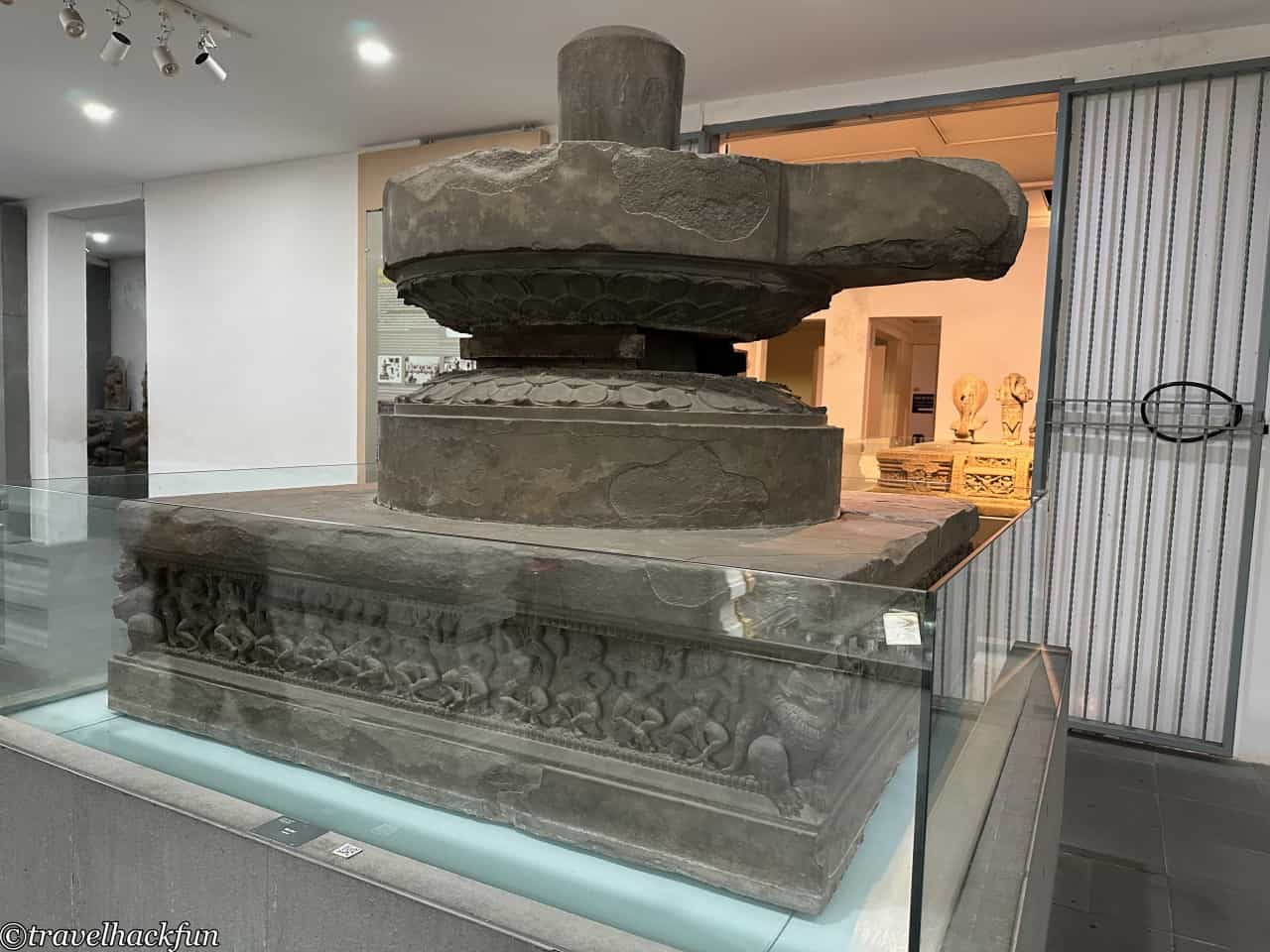
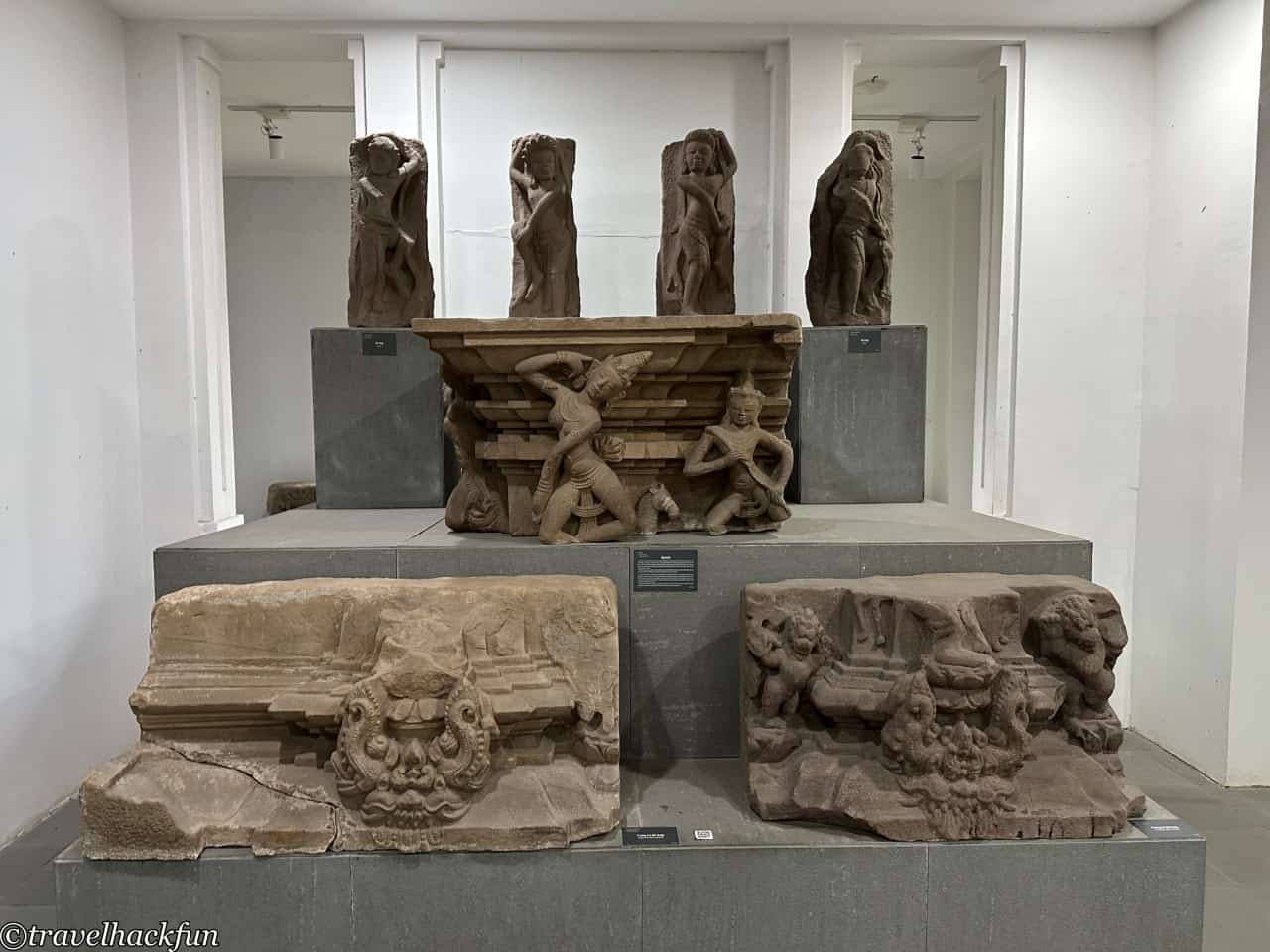
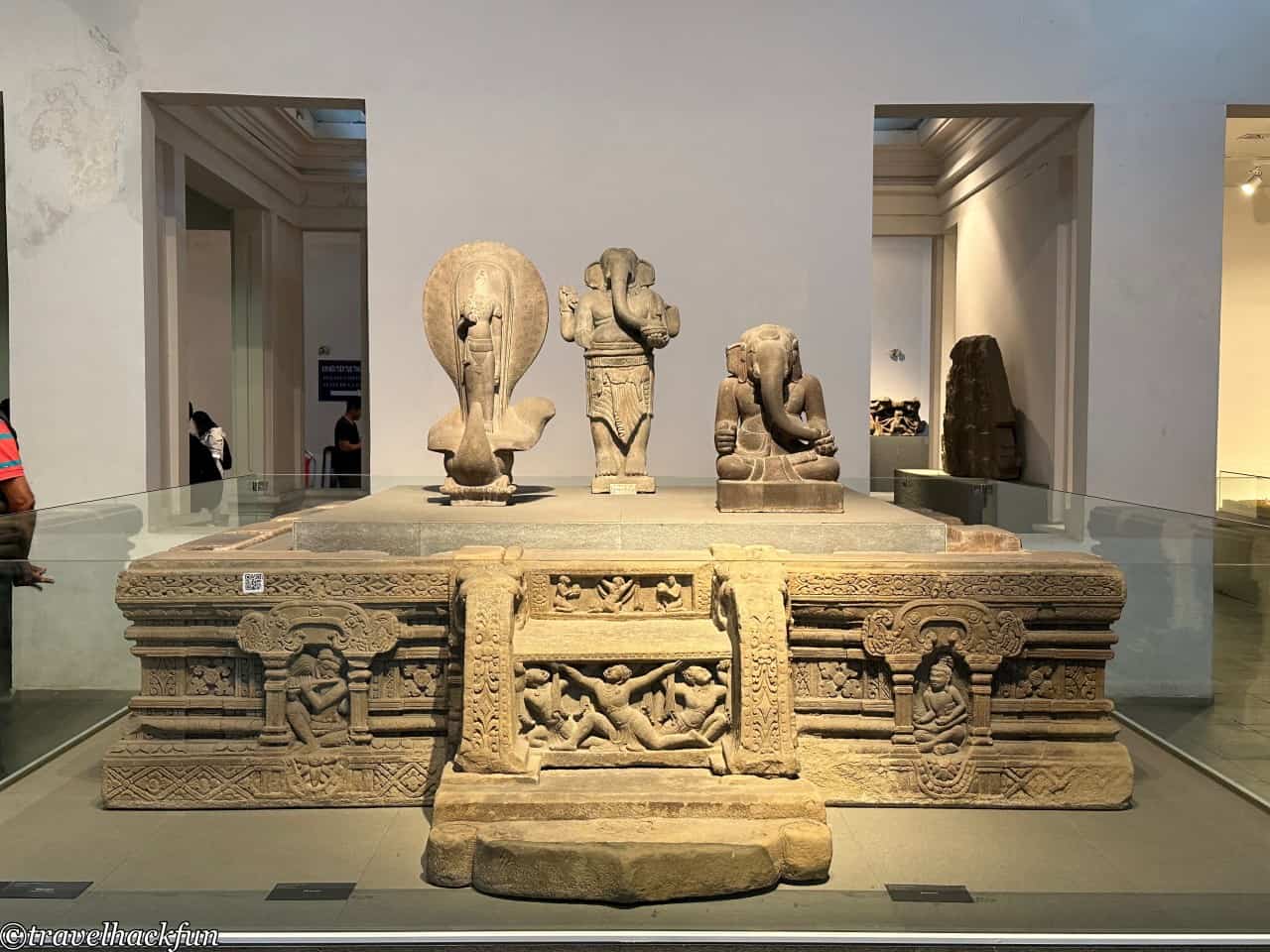
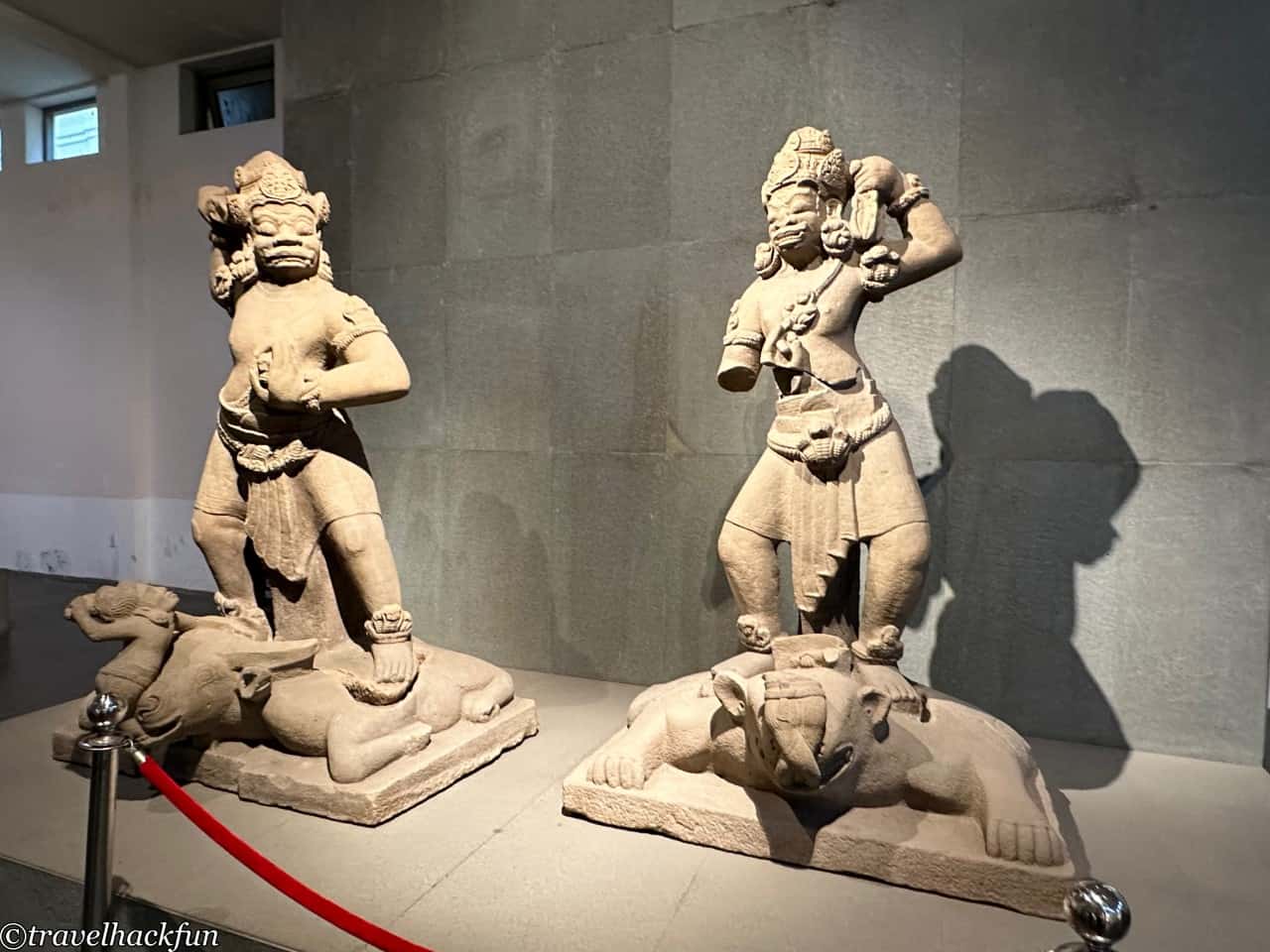
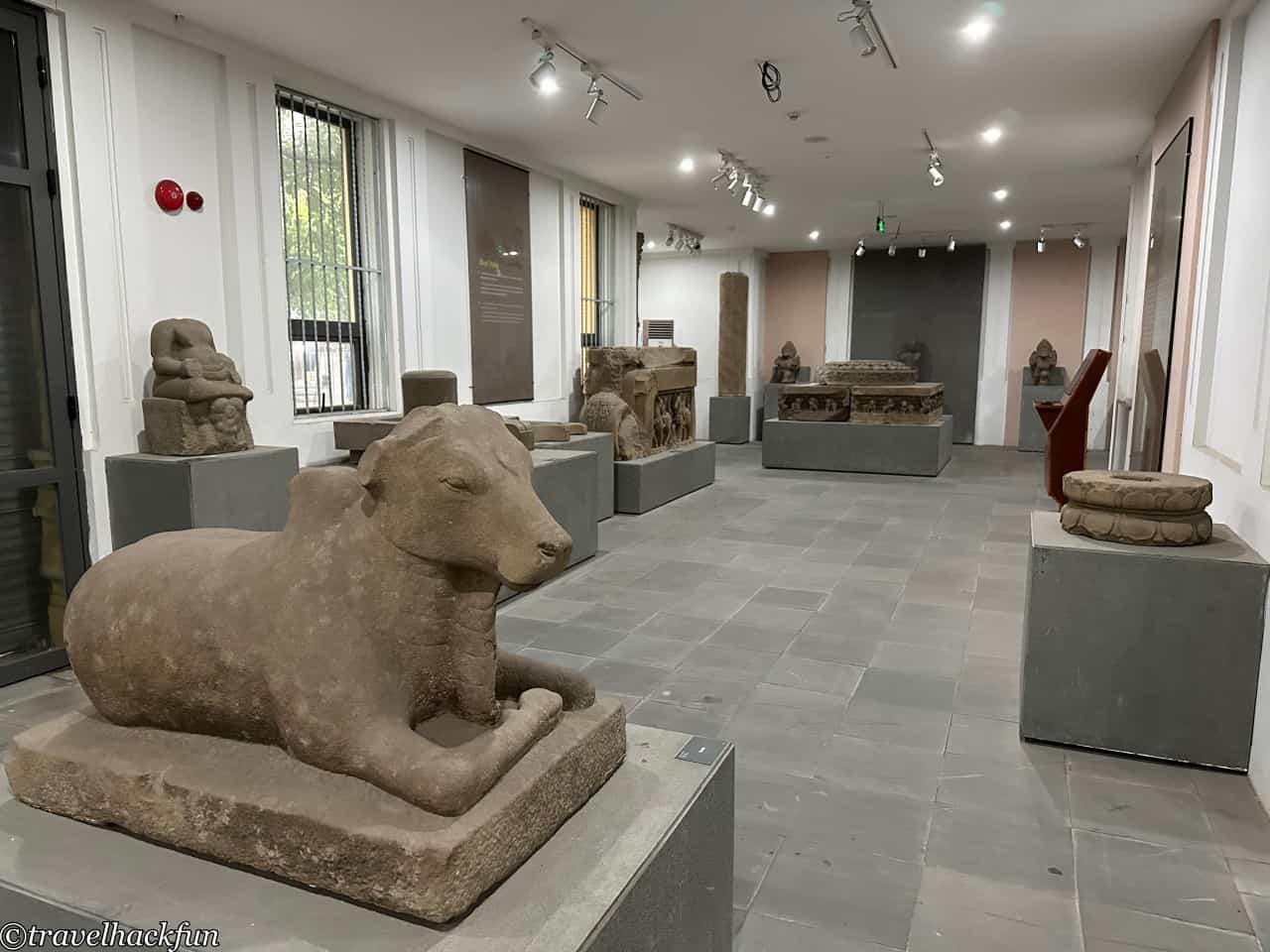
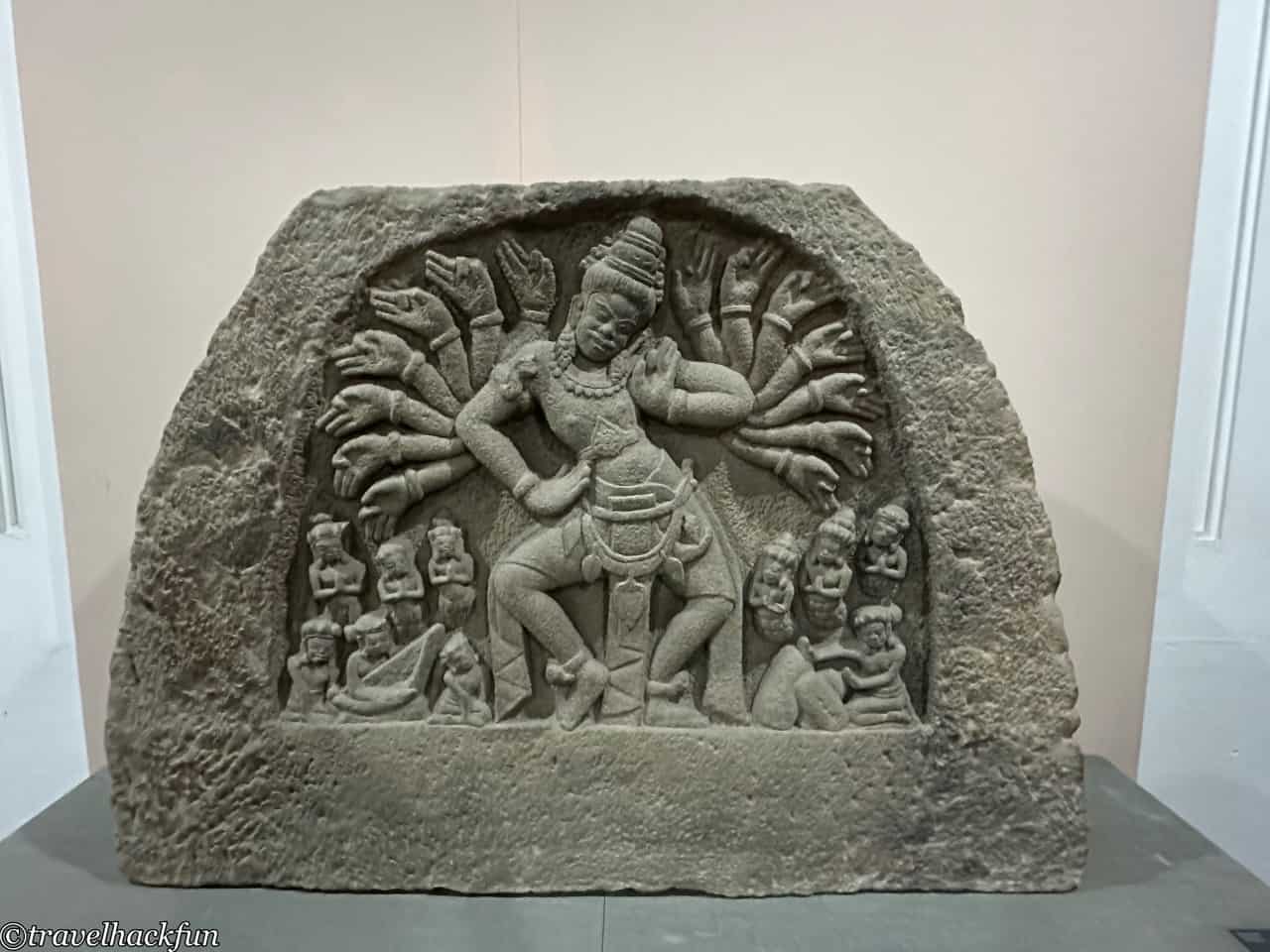
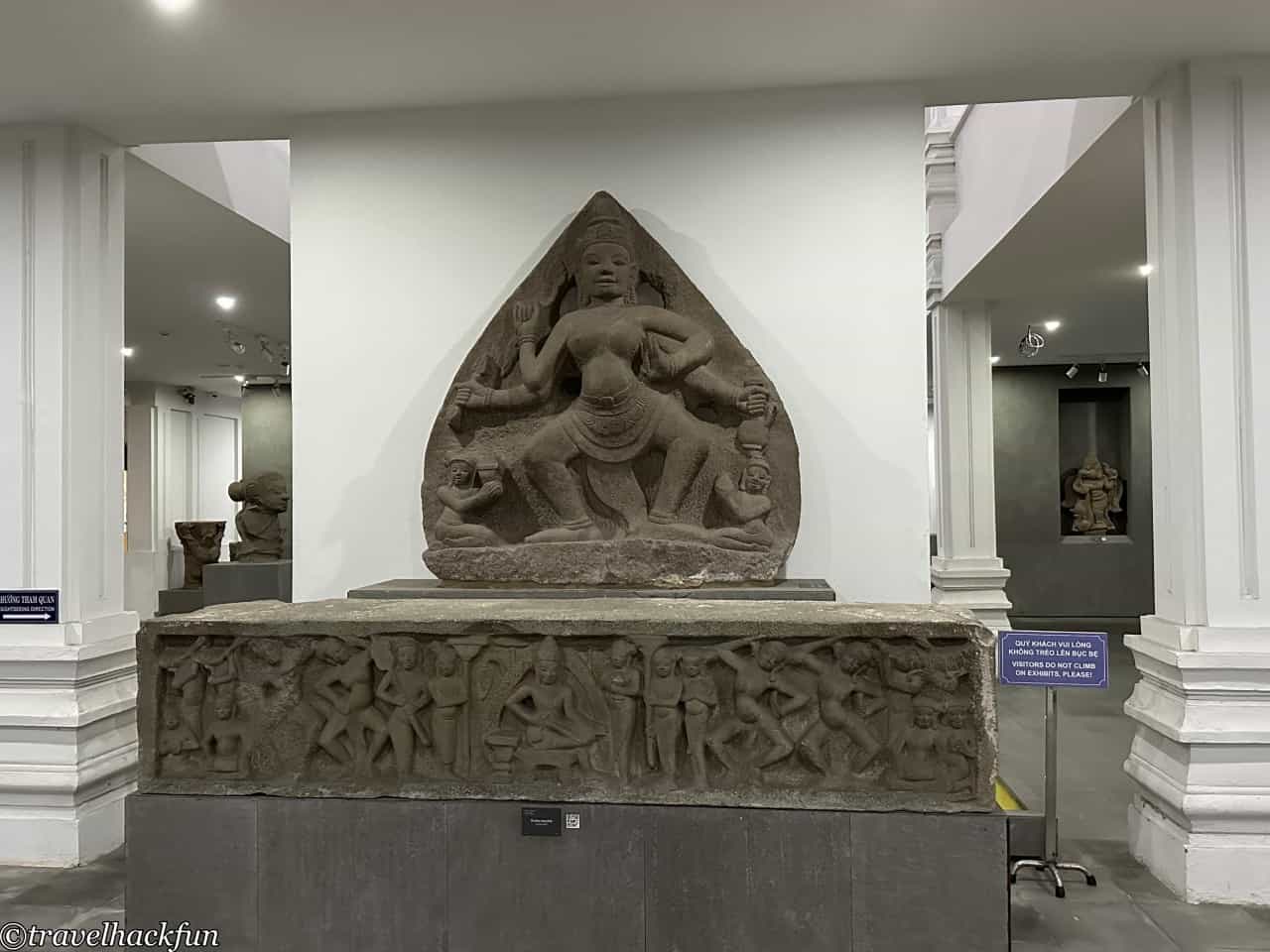
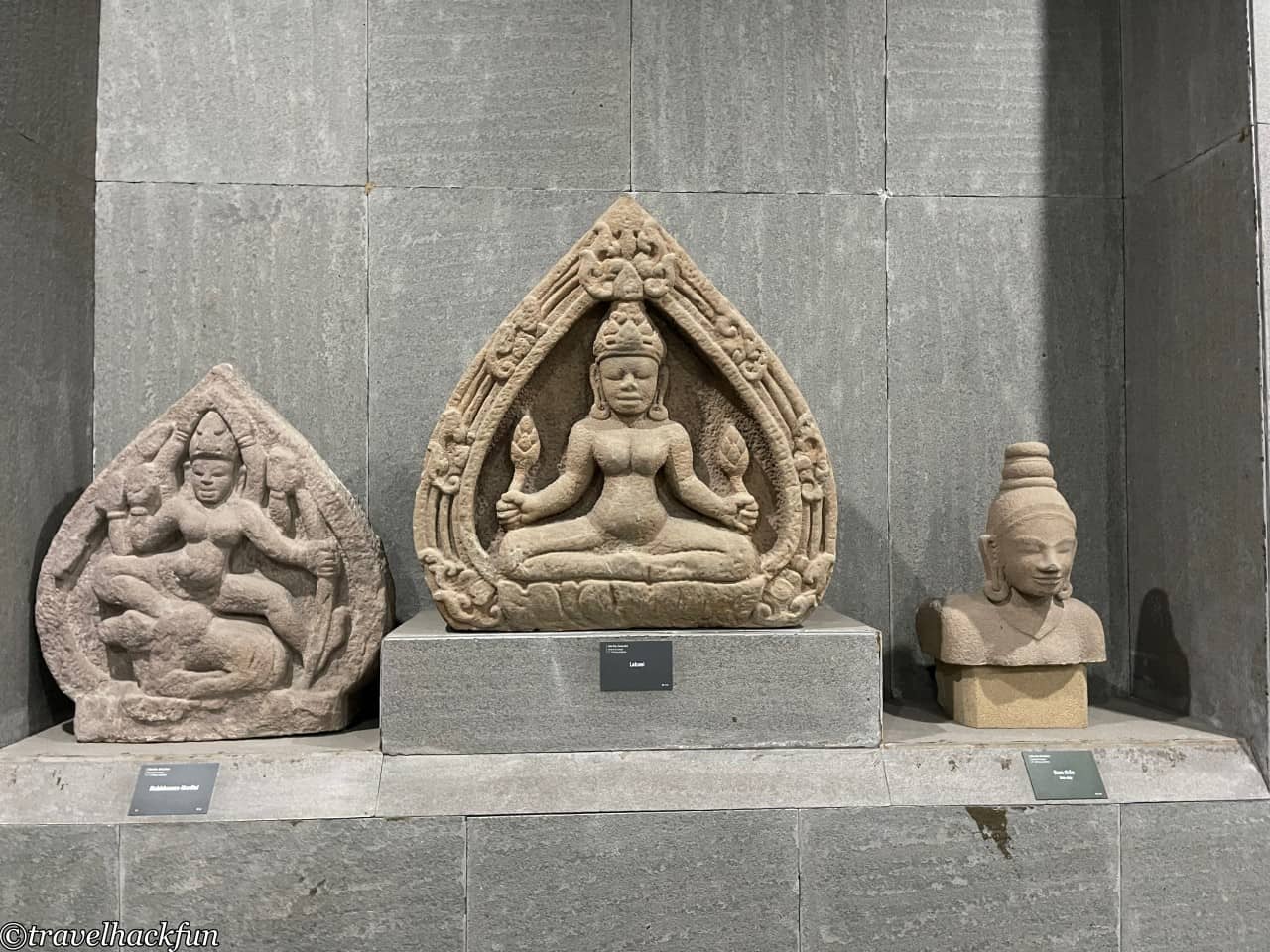

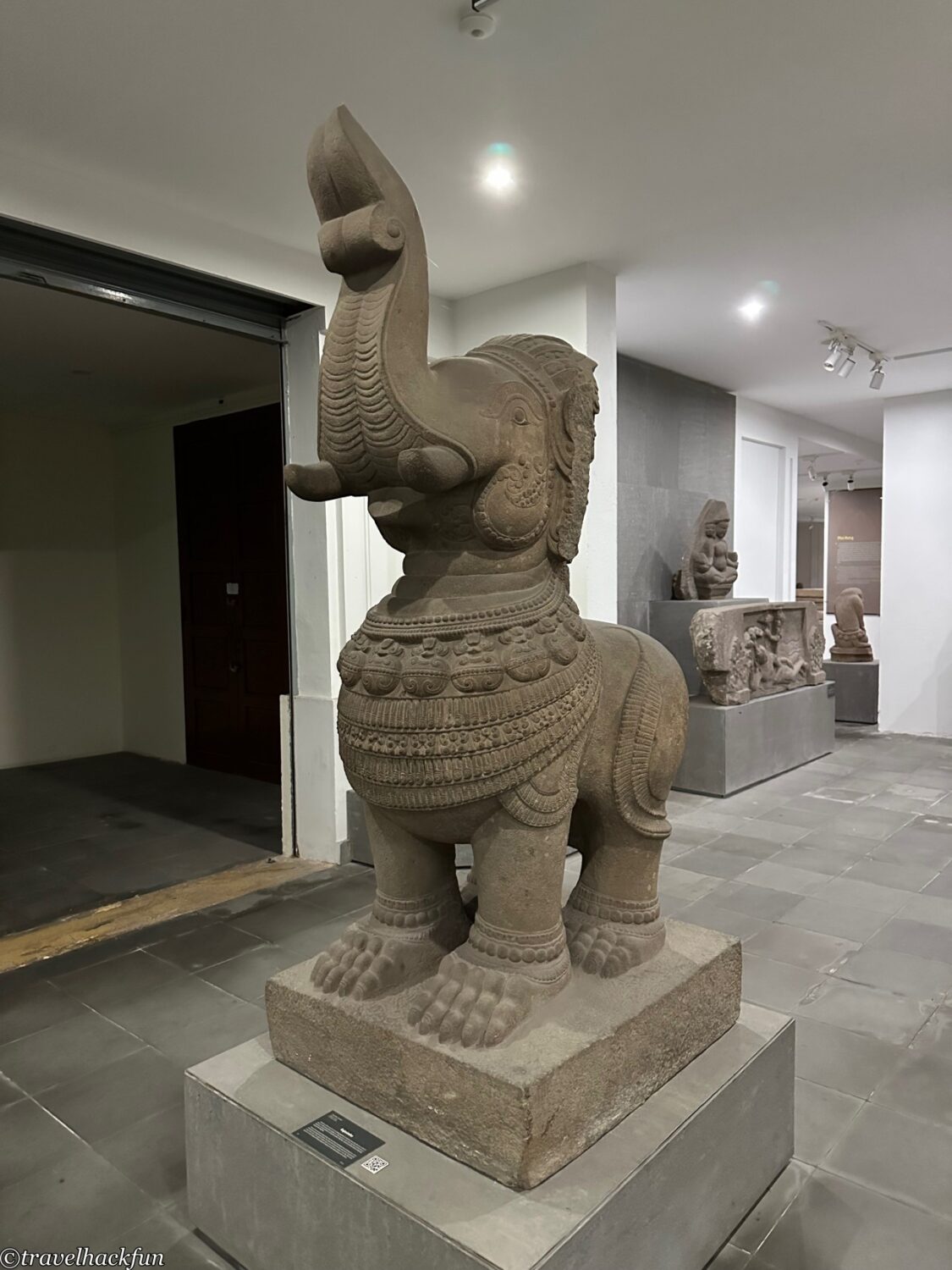
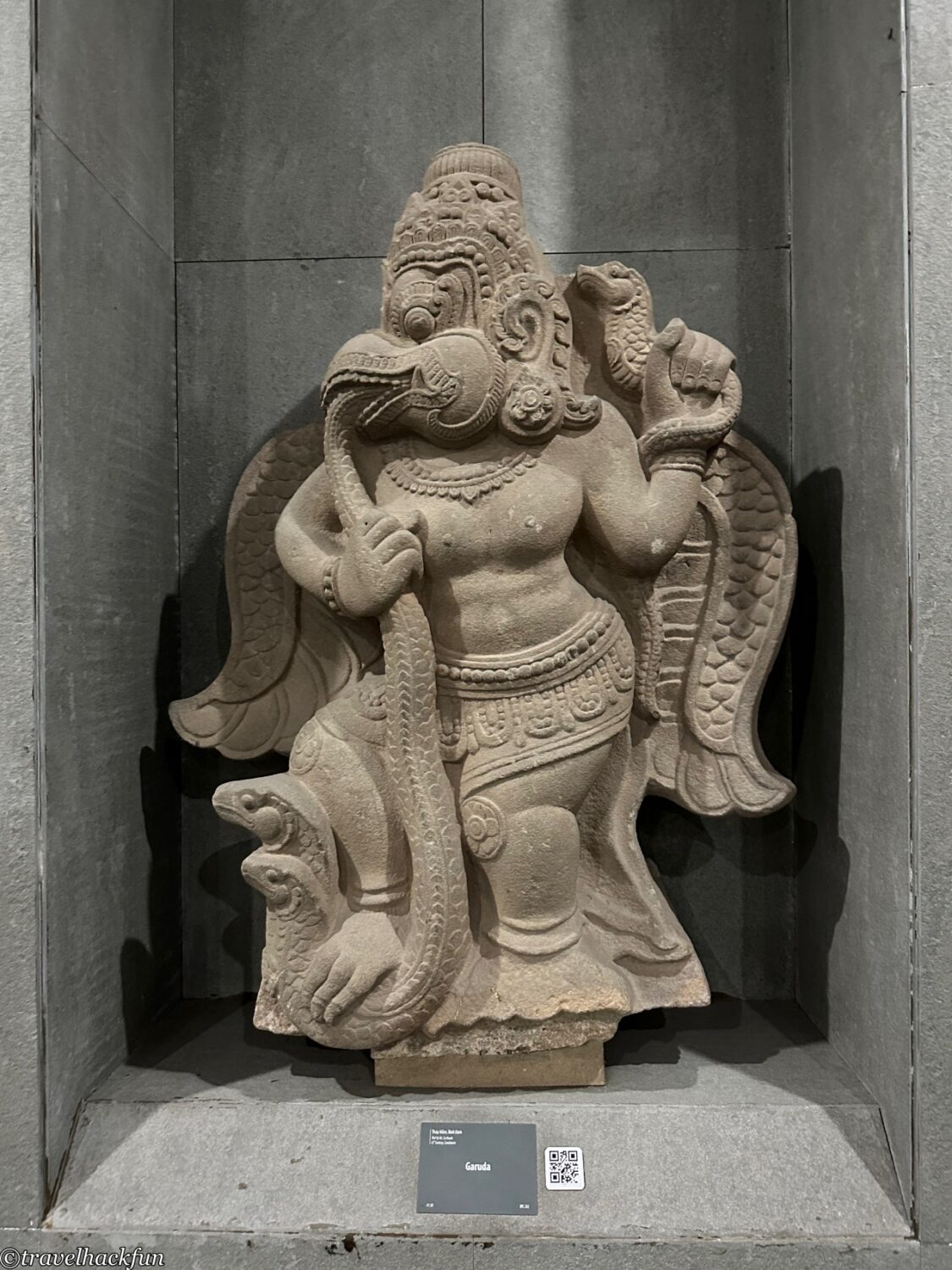
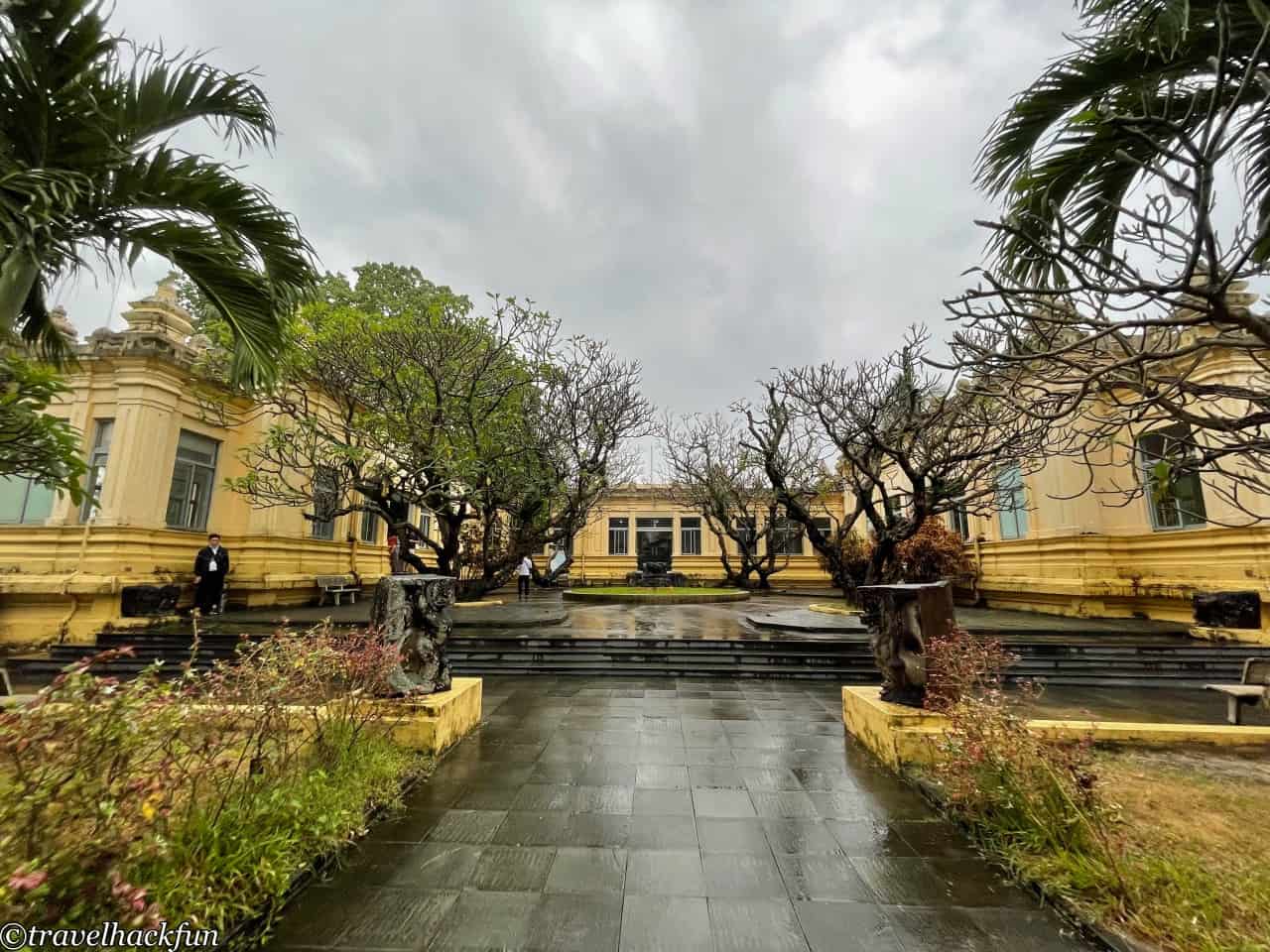

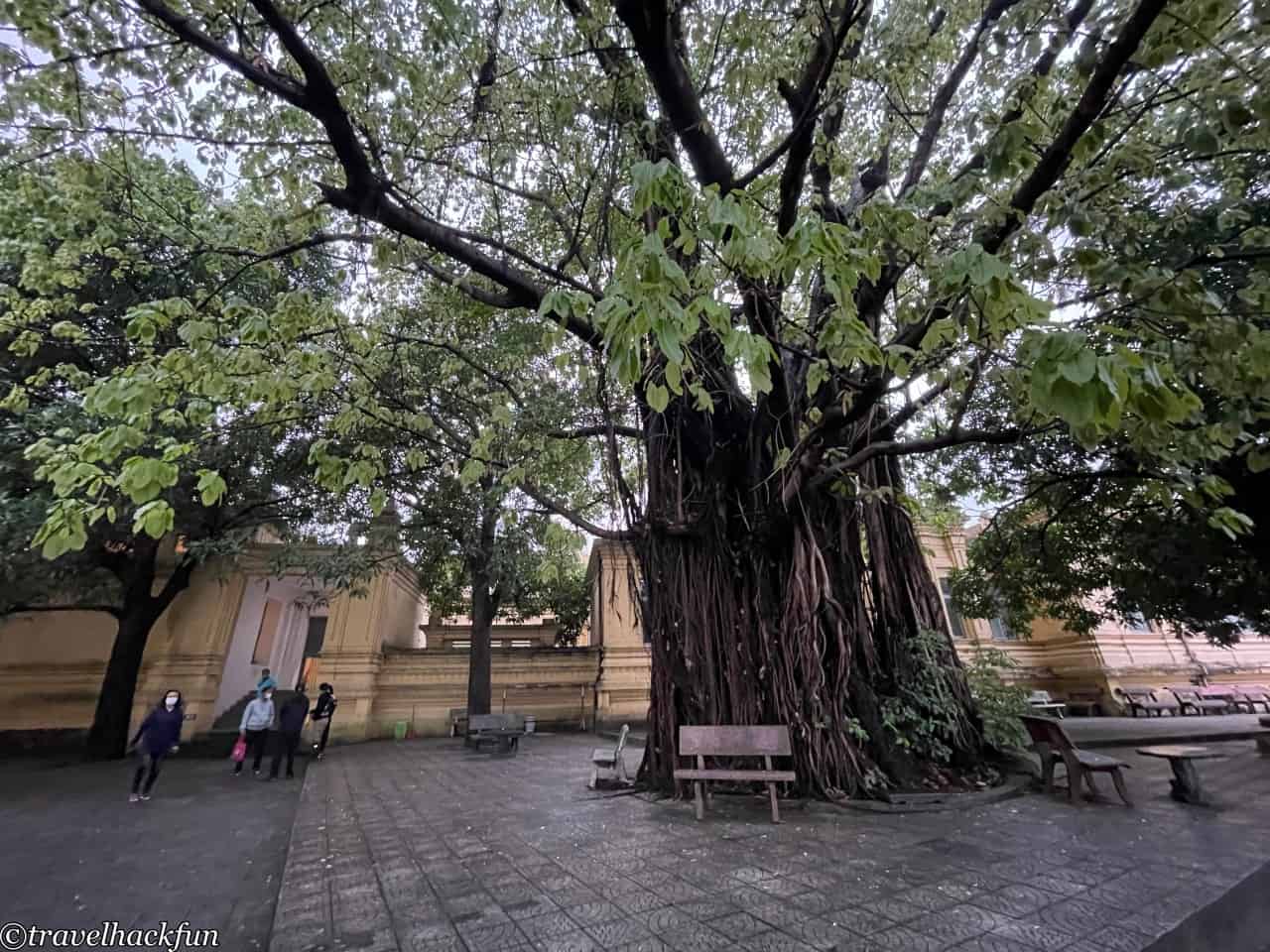
Da Nang | Suburban Attractions
Ngũgĩ Hành Sơn (Five Mountains)
Marble Mountains is one of Da Nang's symbols, composed of marble and limestone and home to numerous Buddhist temples, creating a unique landscape. It is named Marble Mountains because, in reality, there are five marble hills here, representing the five elements: Metal, Wood, Water, Fire, and Earth. The majority of tourists primarily visit the Water Mountain to explore natural caves and admire marble Buddha statues. The distance from the city center to Marble Mountains is about 8 kilometers, which can be traveled by motorbike or via Grab. If you want to visit Marble Mountains more conveniently, joining a local tour group is an option as well, which includes transportation and a guide. Arranging a charter car with other distant attractions is also a good way to go.
- Da Nang Chartered Bus - Wu Xing Shan, Hoi An (KKday)
- Da Nang Day Trip to Hoi An including marble mountains (Klook)
The official opening hours are from 7 a.m. to 5 p.m. There are actually two sightseeing routes in water mountain: one is Yinfu Cave at the foot of the mountain, and the other is the visitor route on water mountain itself, with both being separate tours.
Water Mountain Tour Route
First, we went up the mountain, where you can take the elevator for an additional fee. The walking path on the mountain is rather steep. We took the elevator up the mountain and then walked down all the way. After taking the elevator up, there are a total of 14 scenic spots along the sightseeing route.
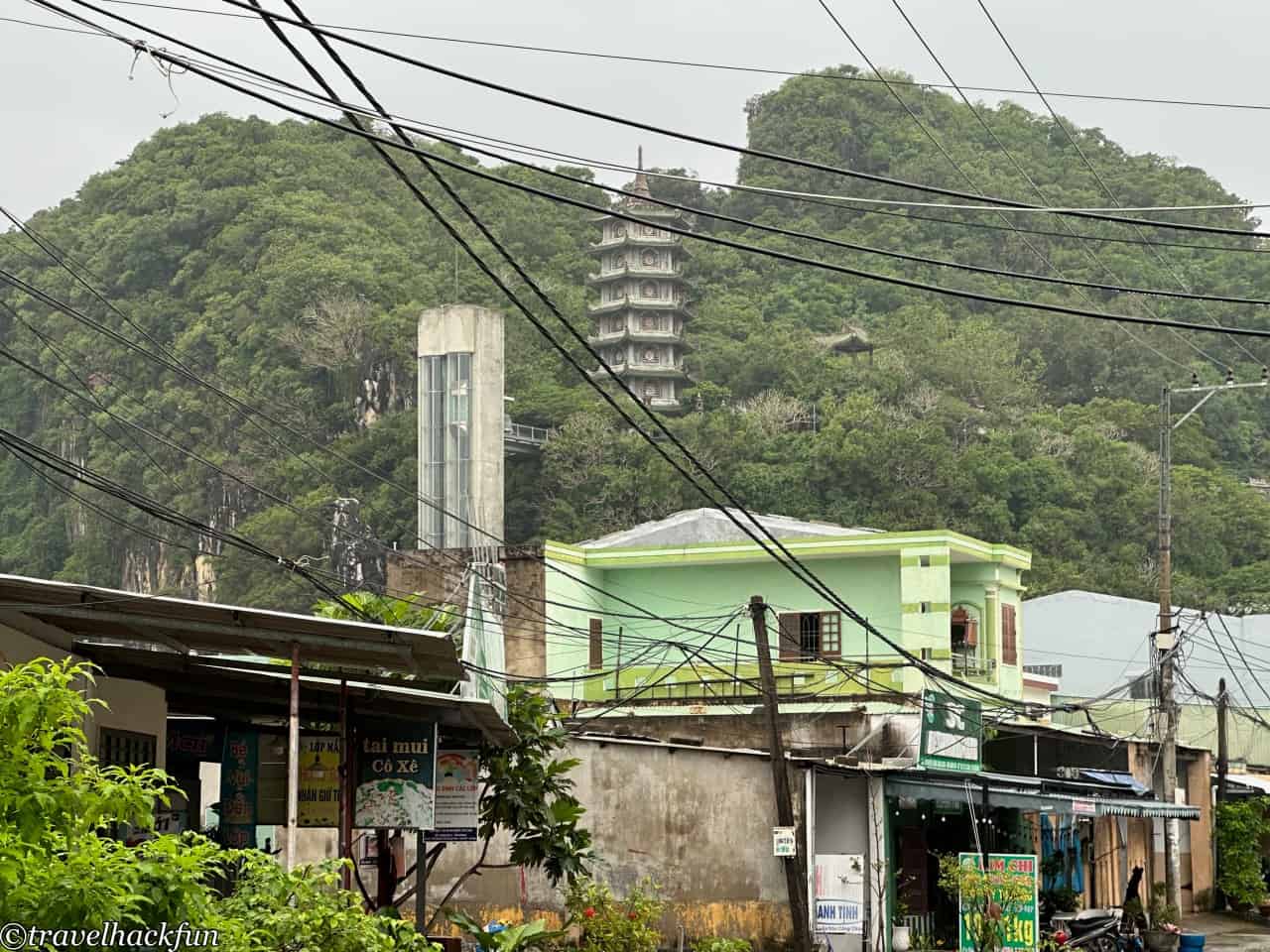
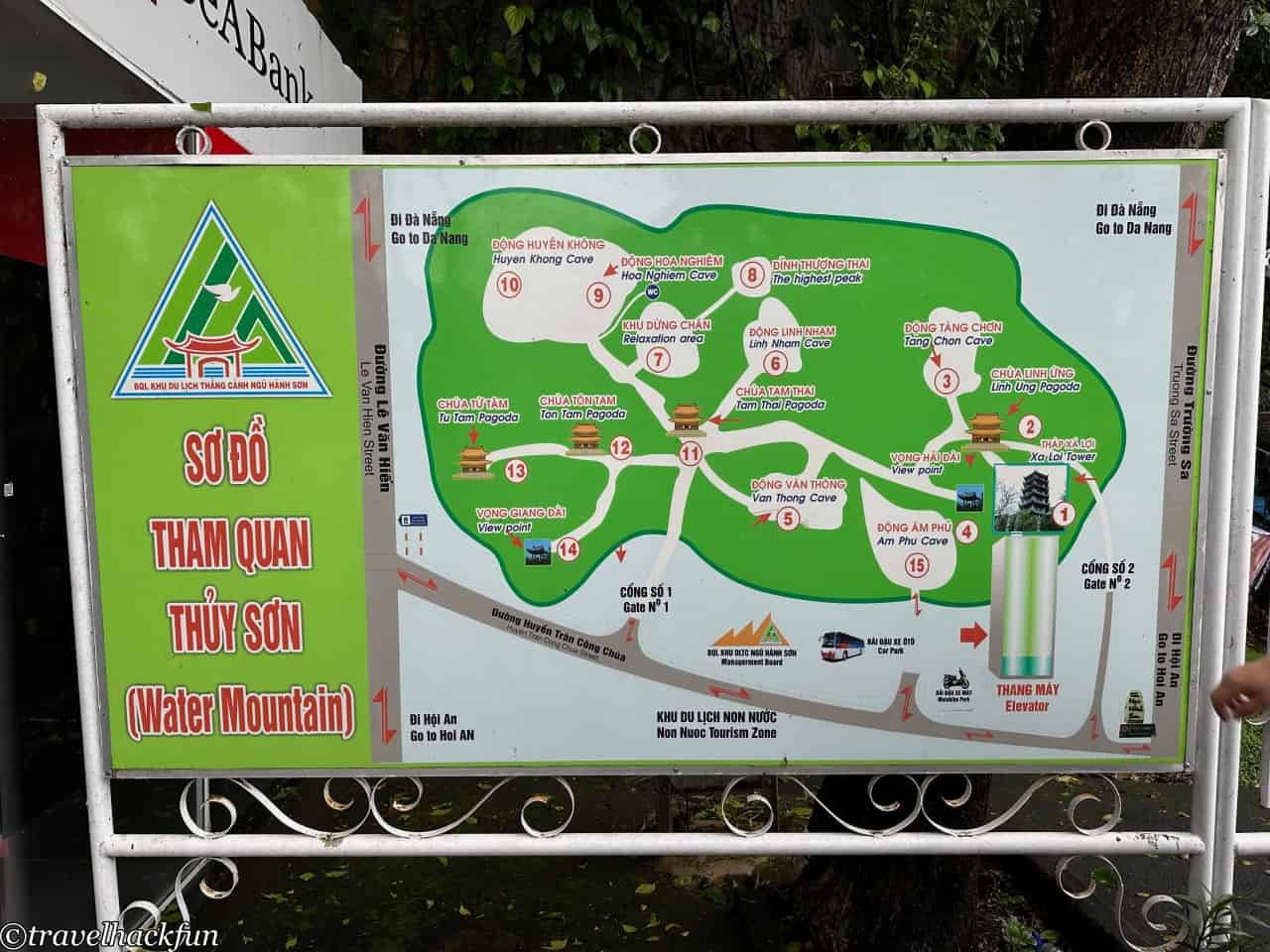
After exiting the elevator, the first stop you'll see is the Stupa, then head straight towards Lingying Temple. Next to Lingying Temple is the Cangzhu Cave, where you will also see the Nine-Headed Dragon and Guanyin statues. Lingying Temple is one of the famous temples in Da Nang. In fact, there are three temples named Lingying Temple, and this is one of them. It didn't take many steps before I was overwhelmed by the numerous Buddhist sculptures here; there are indeed a lot of them. It seems that since ancient times, whenever Vietnamese people find a cave that can accommodate Buddha statues, they must carve a few and place them inside. The Marble Mountains are made of limestone, so there are cave systems behind the mountain walls, naturally turning it into a sacred Buddhist site.
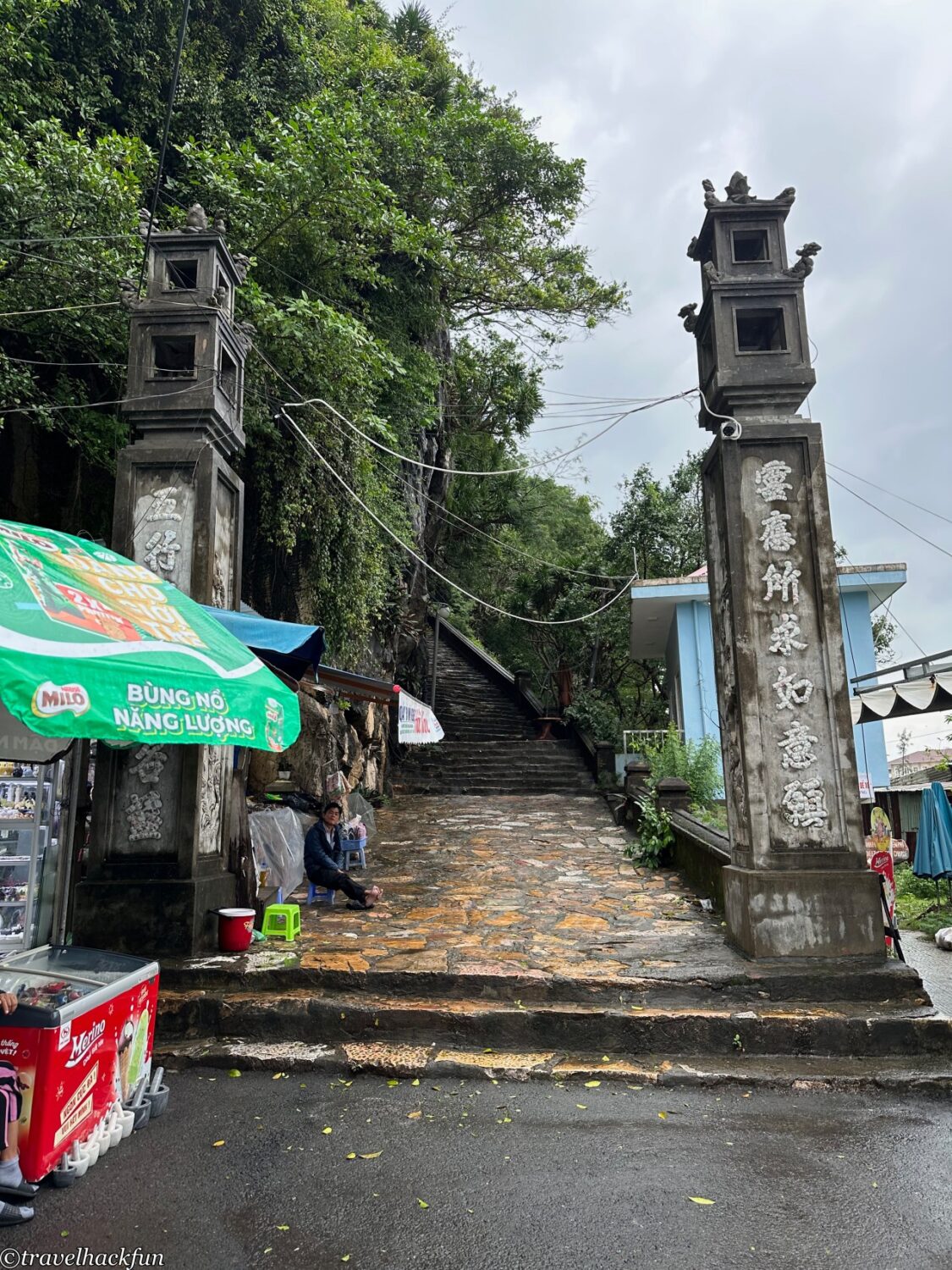
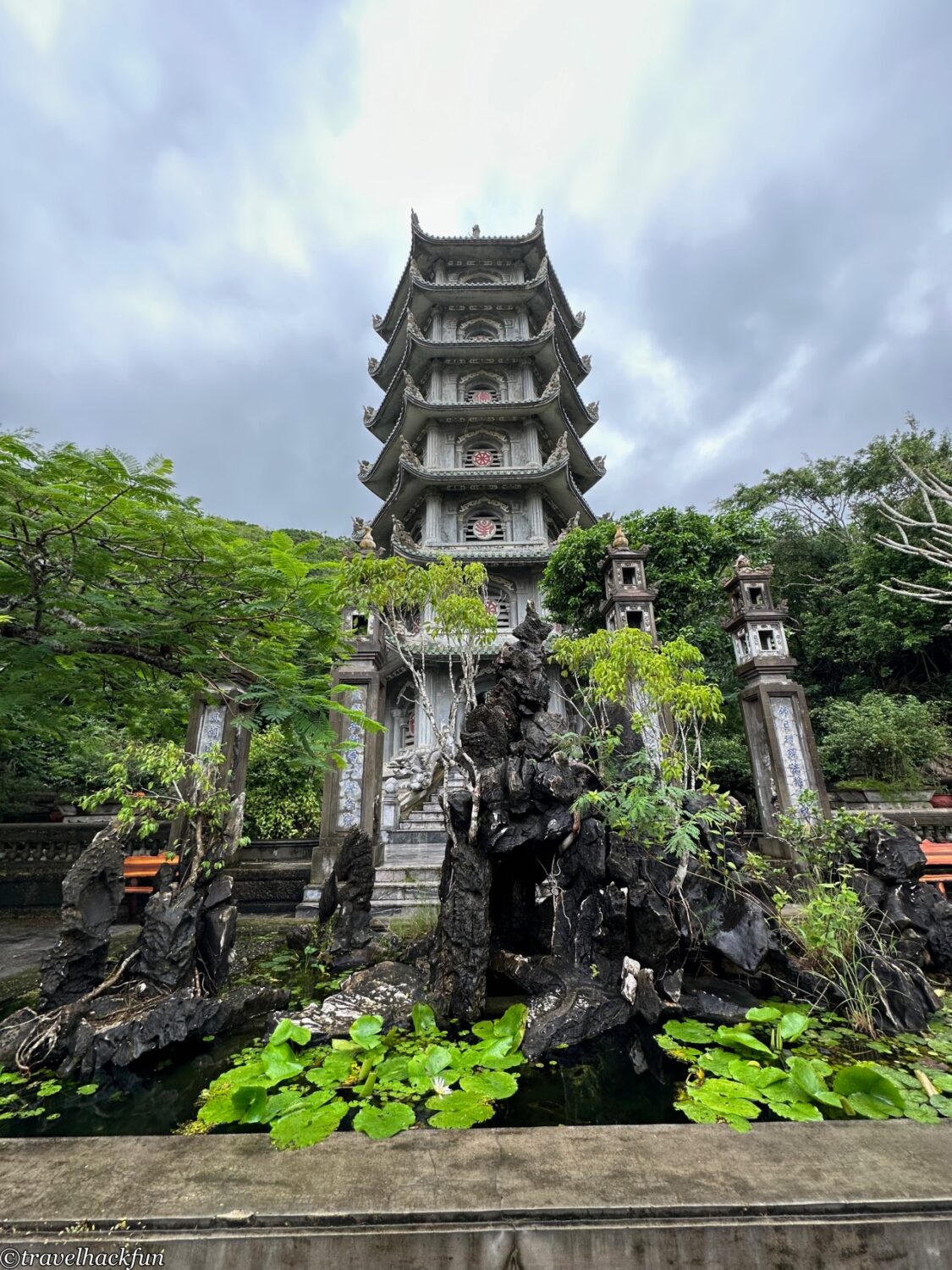
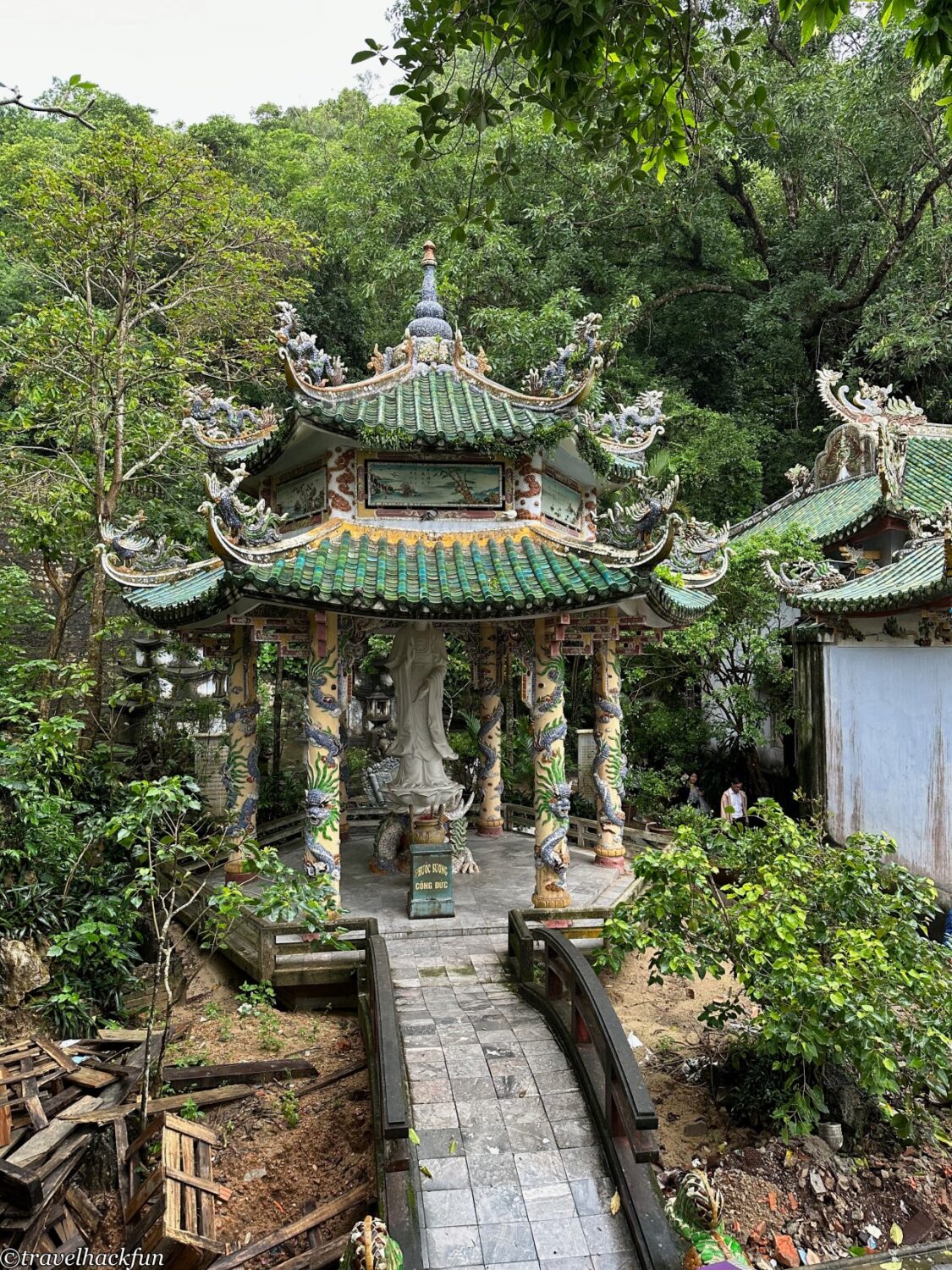

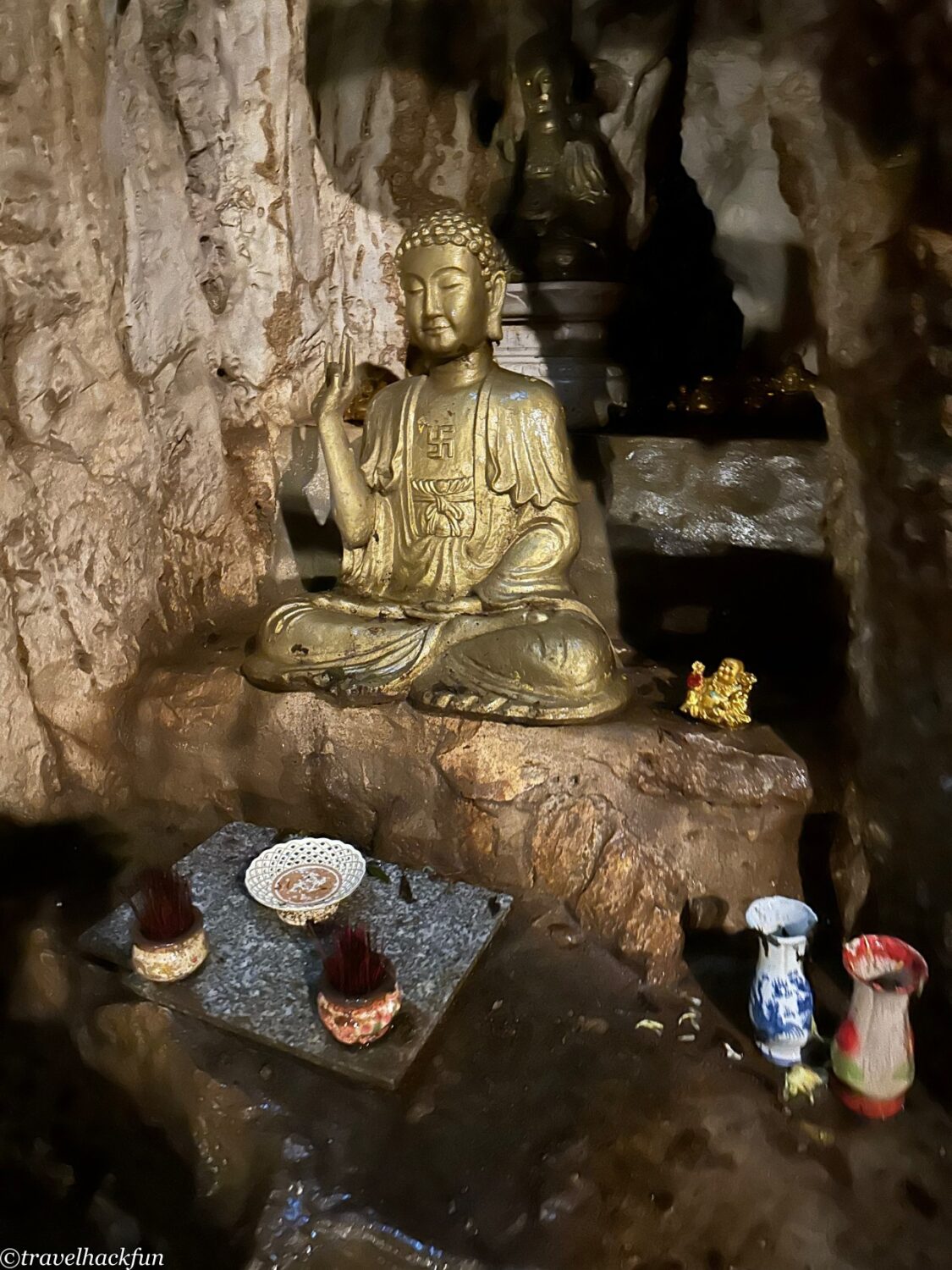
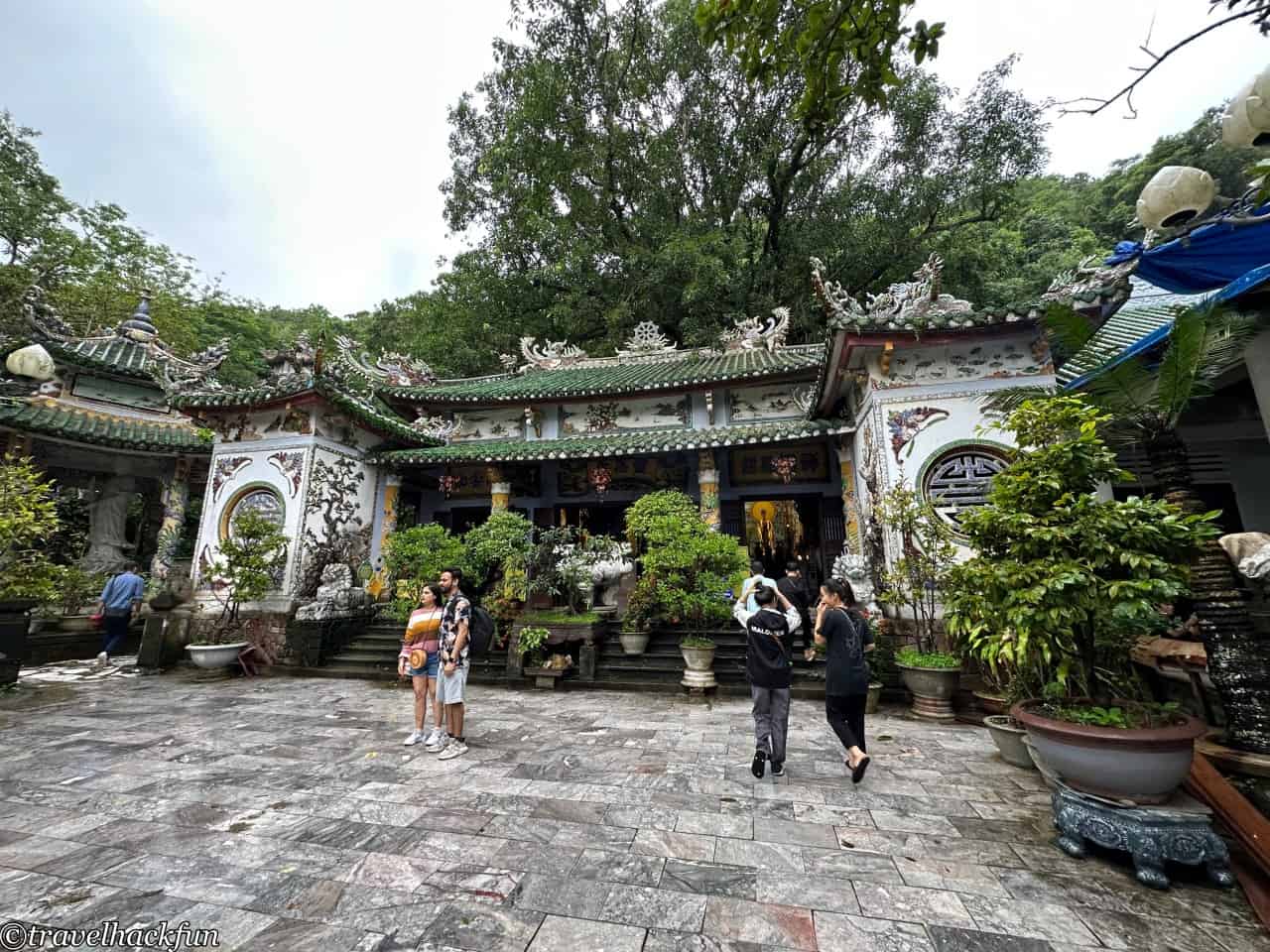
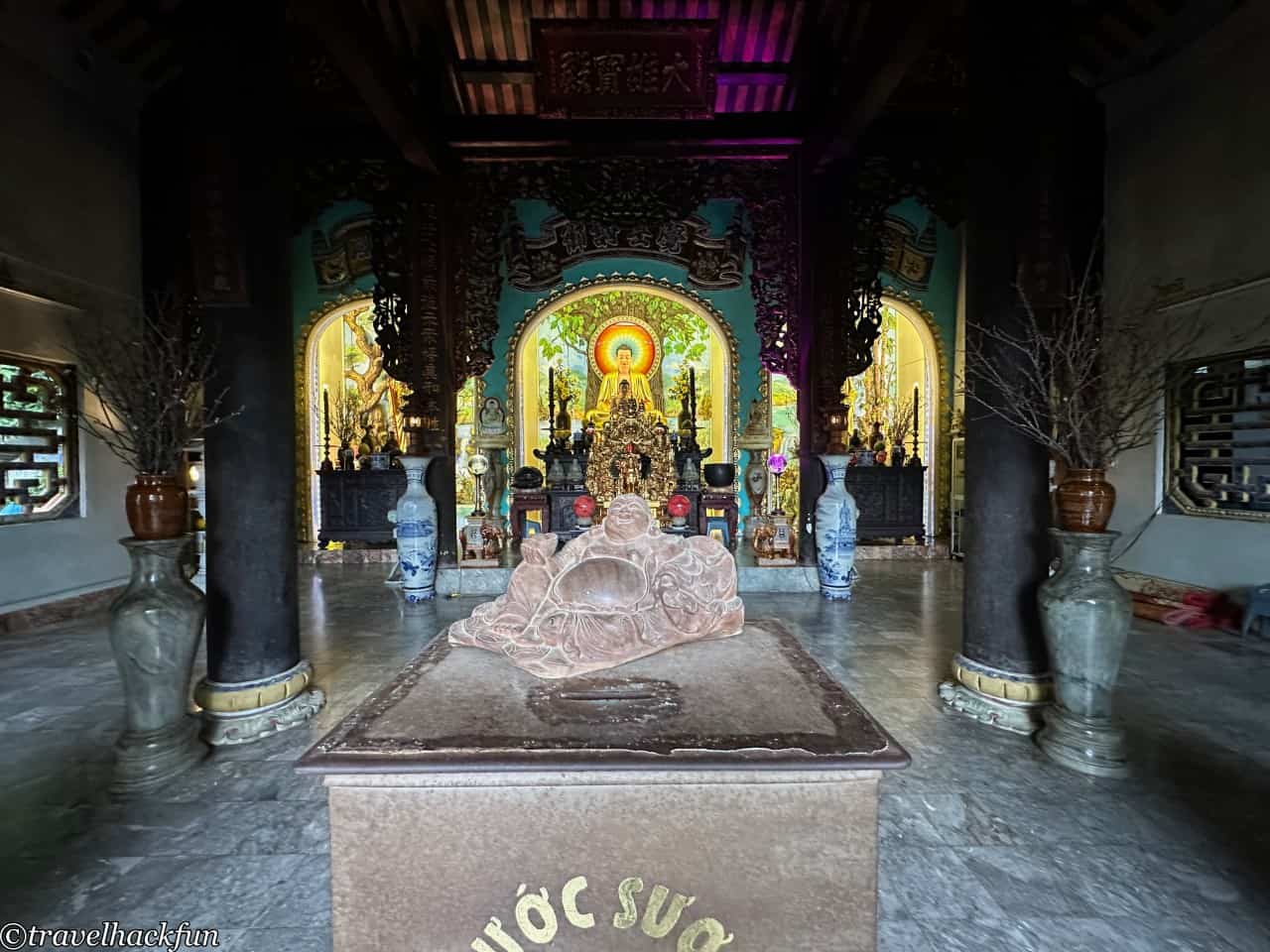
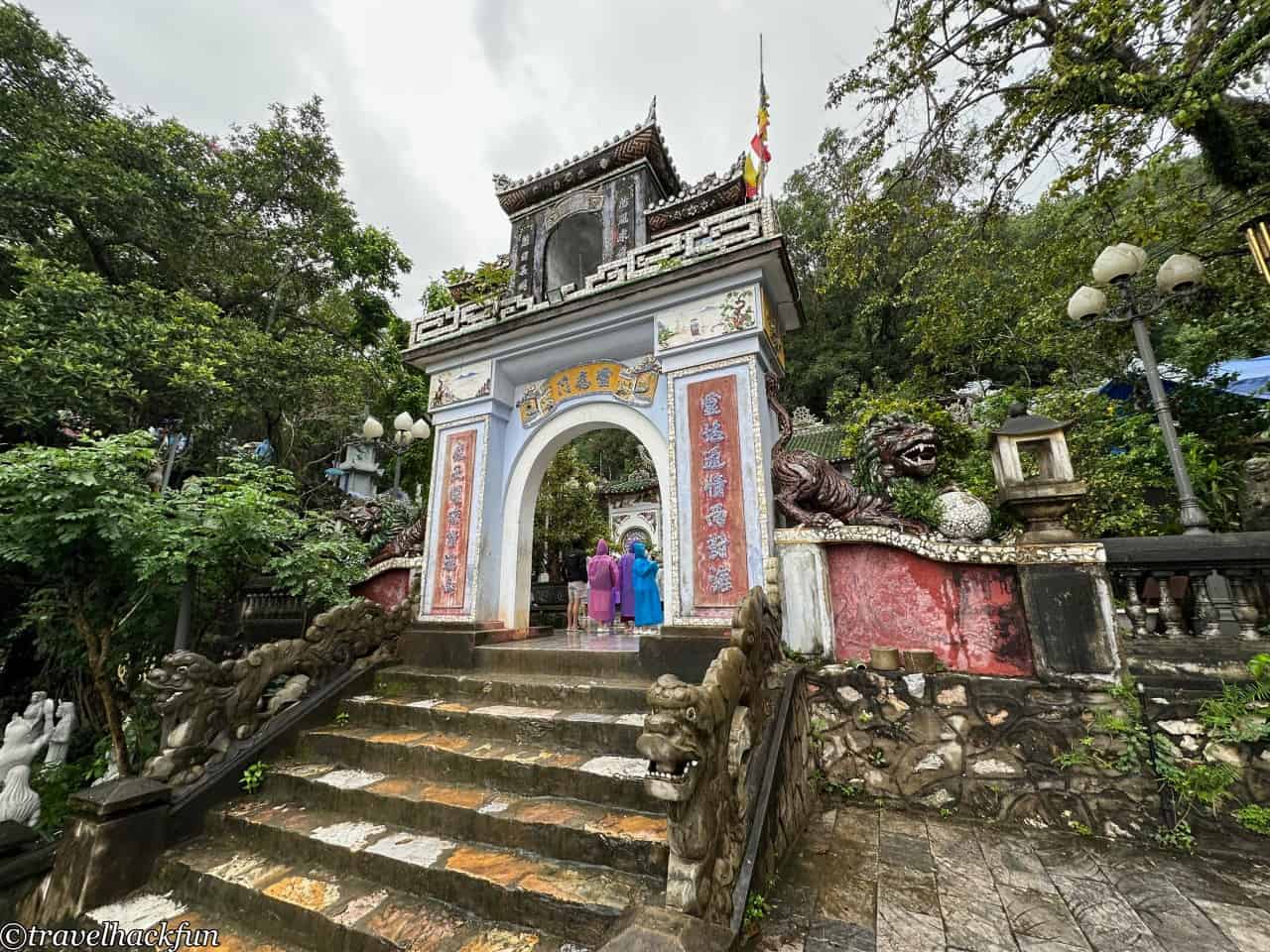
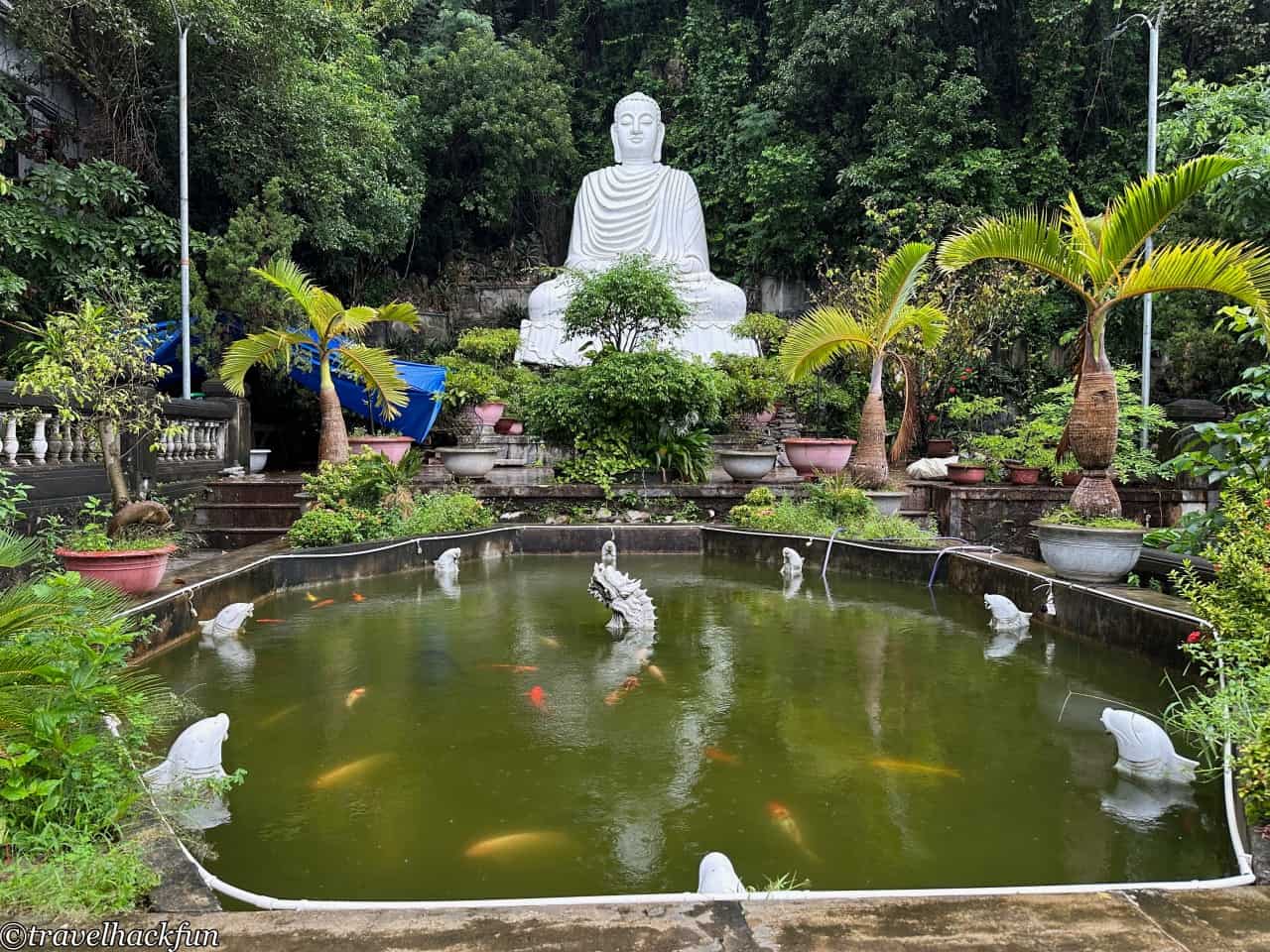
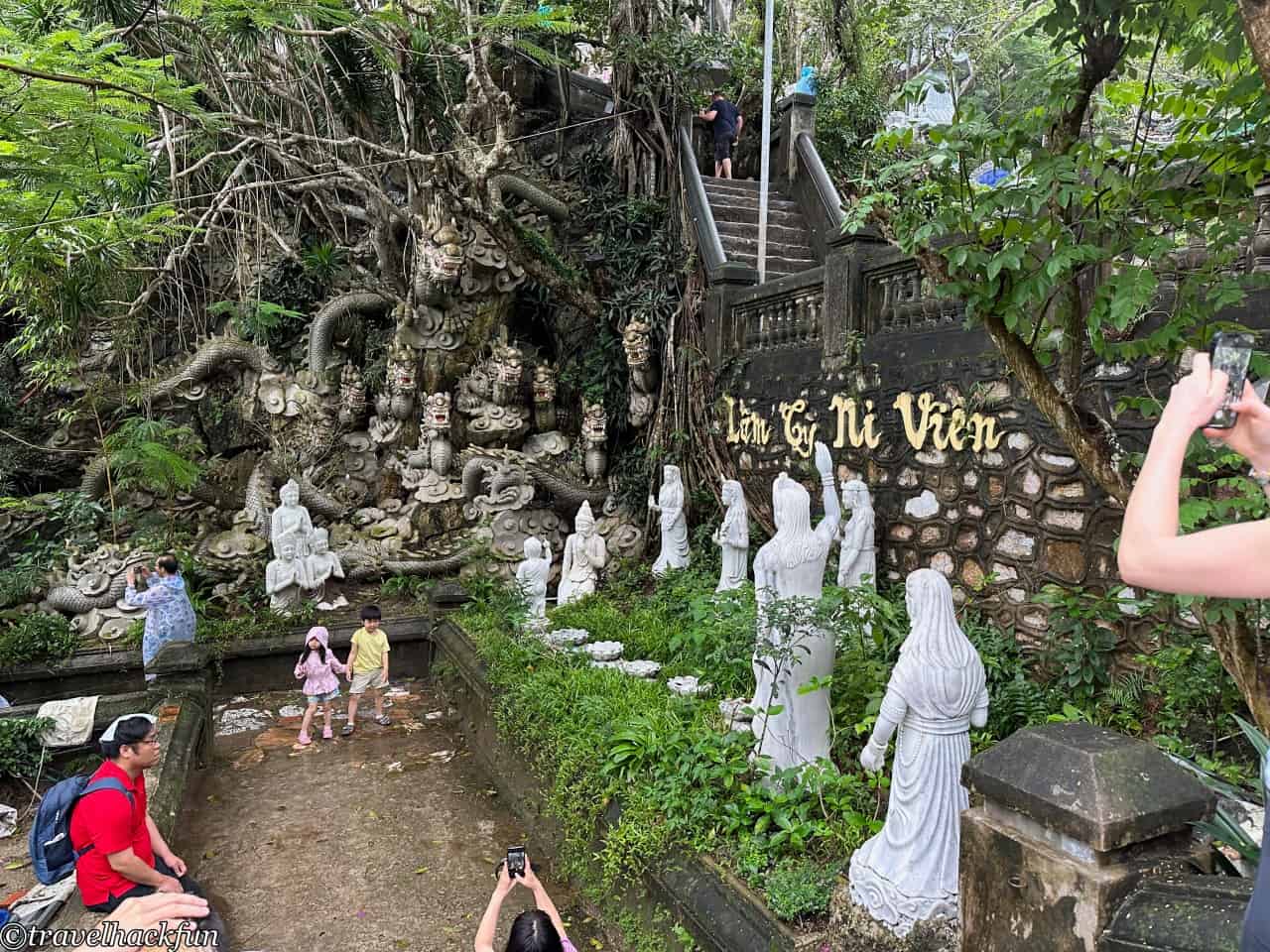
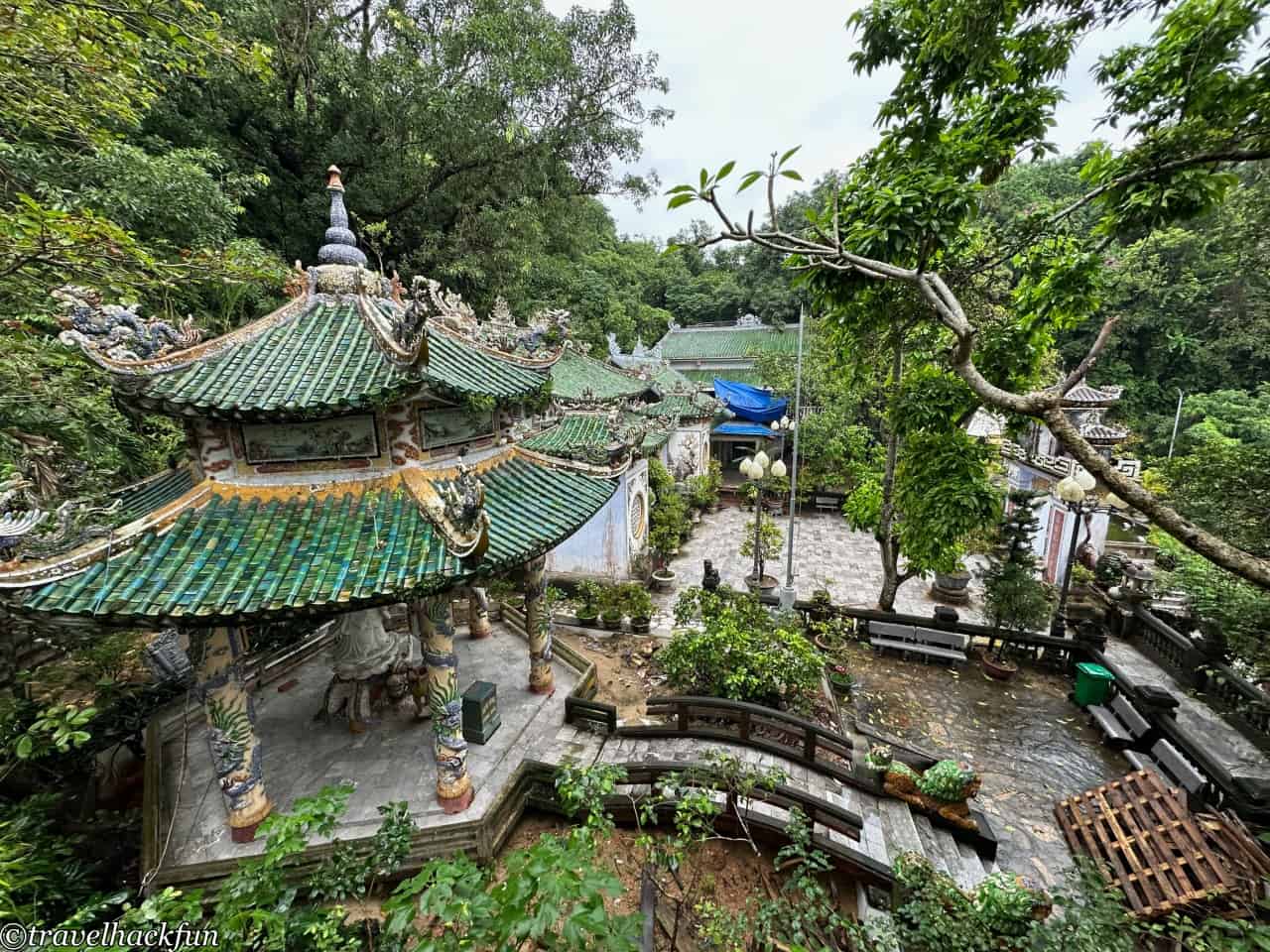
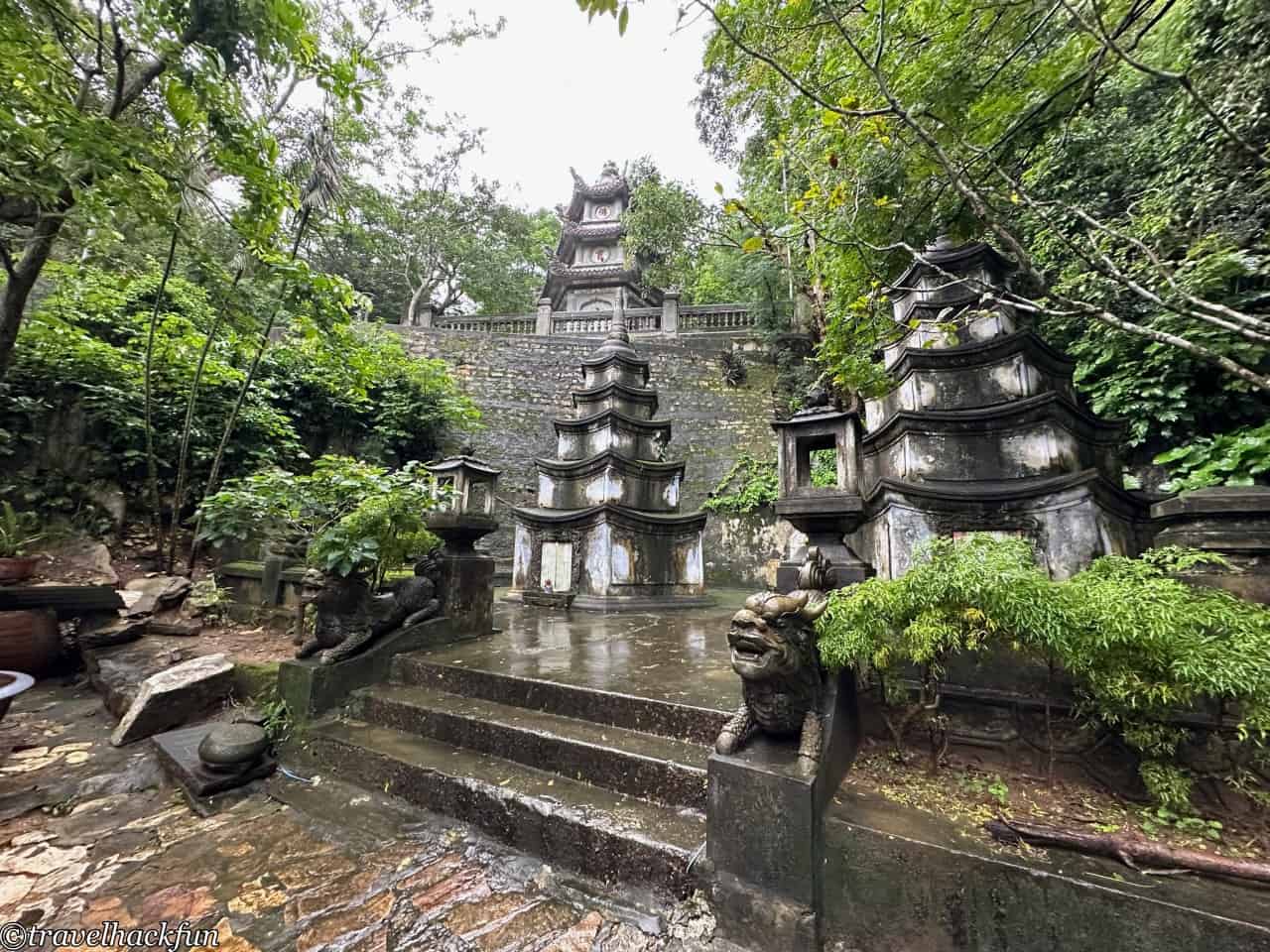

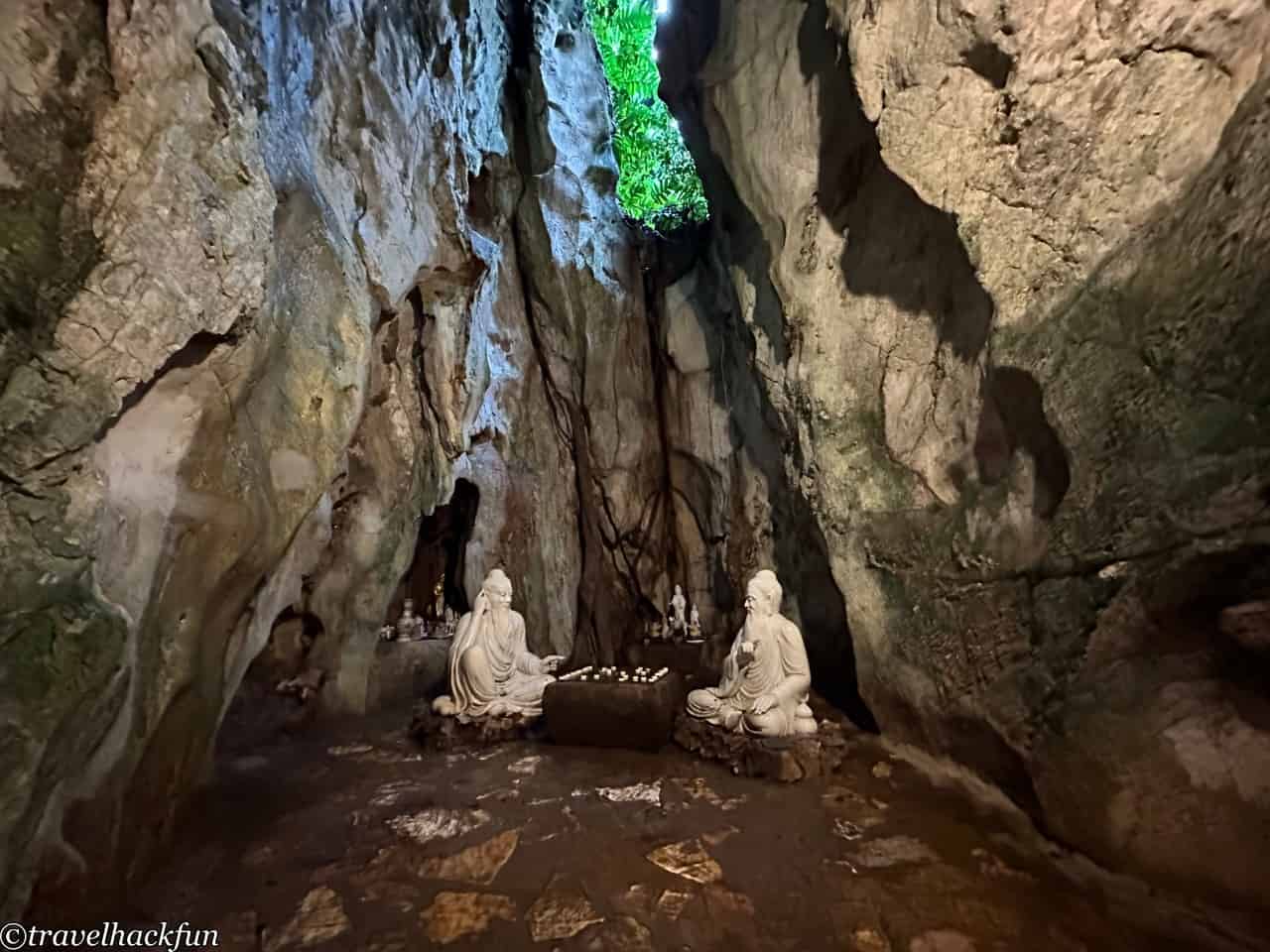
Then we began to hike upwards, passing by the Wanghai Platform in the middle, which is a good spot to enjoy the view of Danang city.


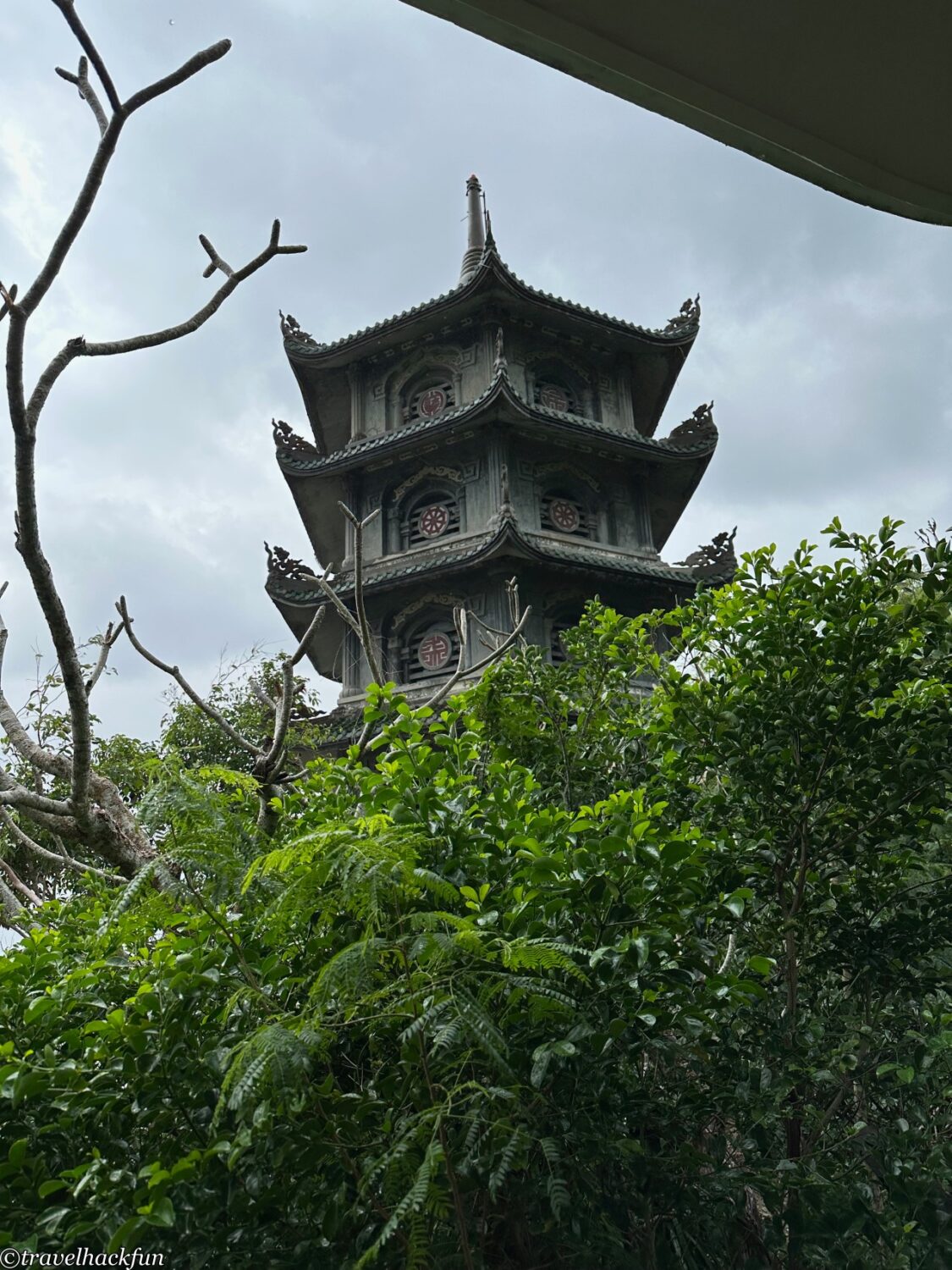

At the summit, Santai Temple serves as the center, with radiating routes leading to several large caves, including Yuntong Cave, Lingyan Cave, Huayan Cave, and Xuan Kong Cave. Xuan Kong Cave is the most significant among them. Before entering Xuan Kong Cave, one must pass through Xuantong Pass, and inside the cave, there are at least four or five small temples worshiping the great Buddha. The central Santai Temple is also quite magnificent, and the scenery around the nearby Little Moon Lake is worth seeing.
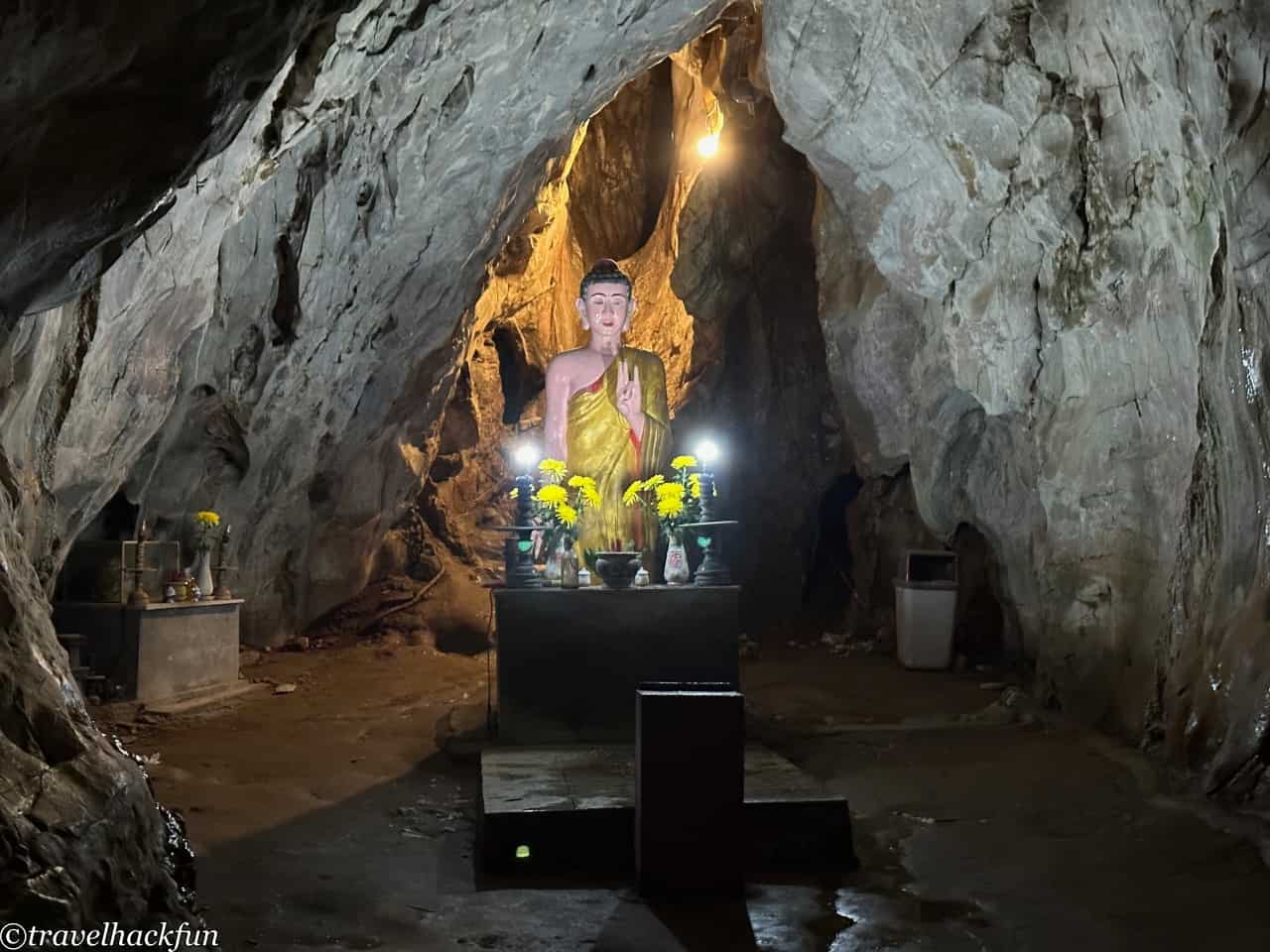
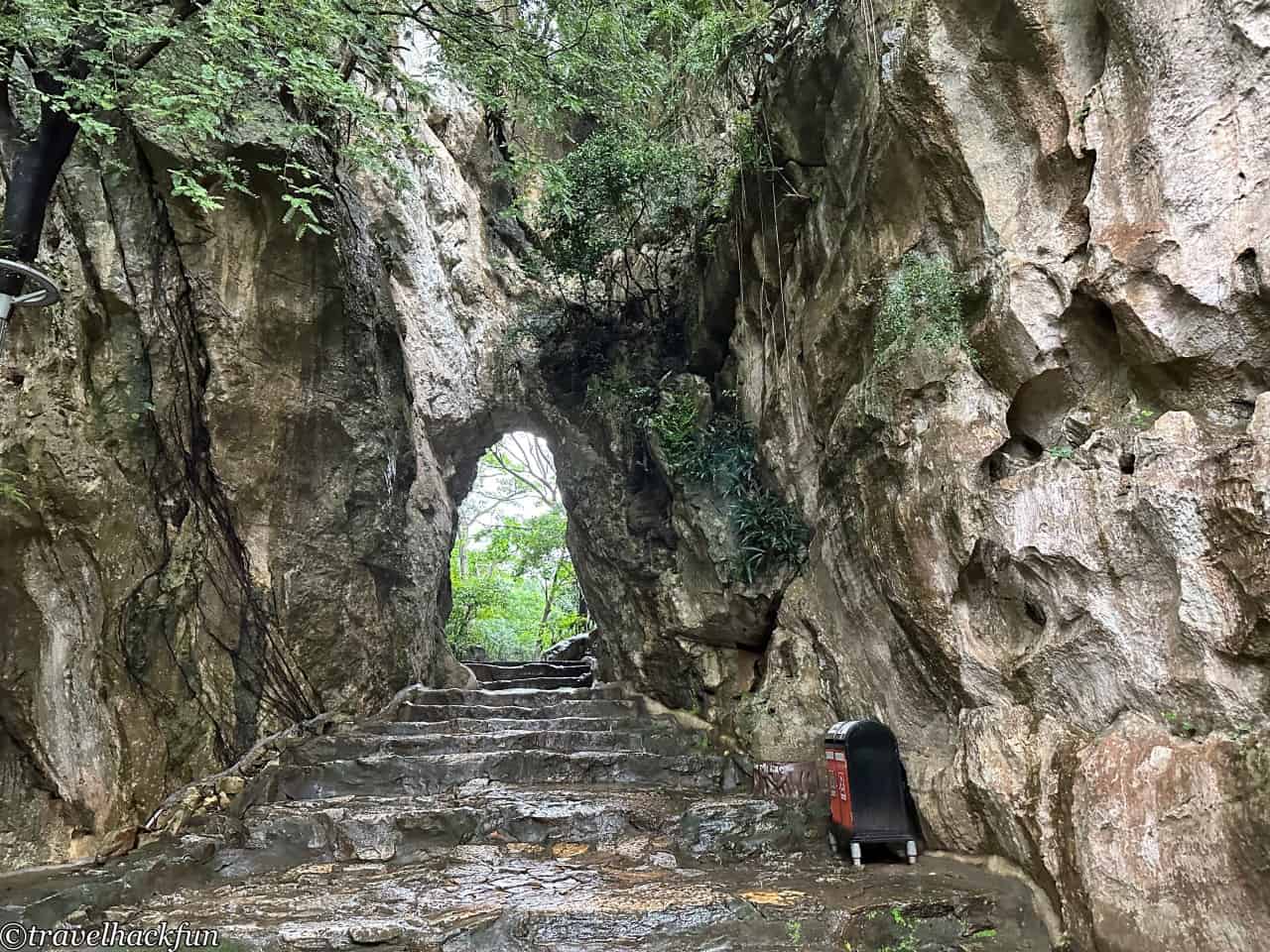

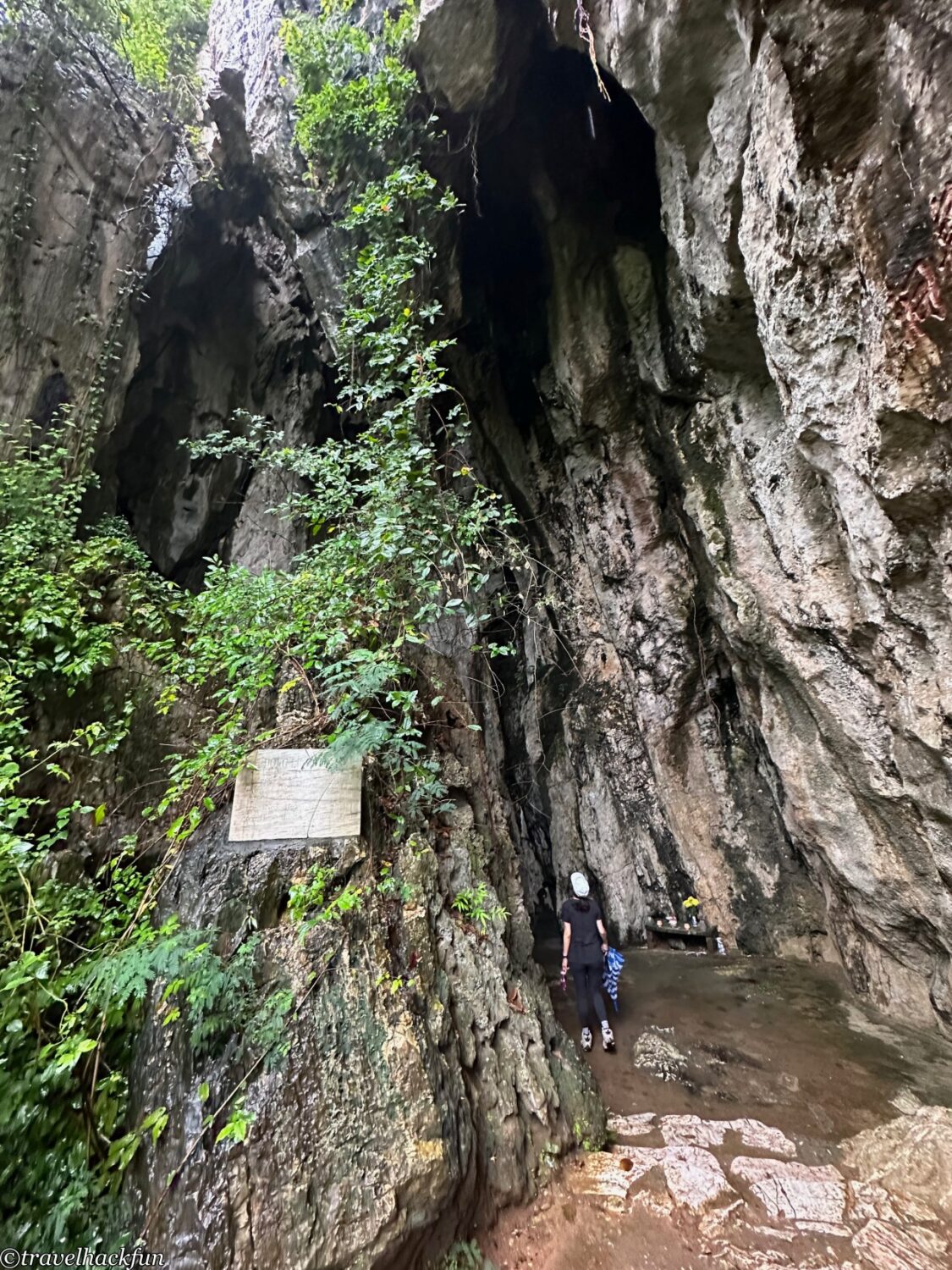

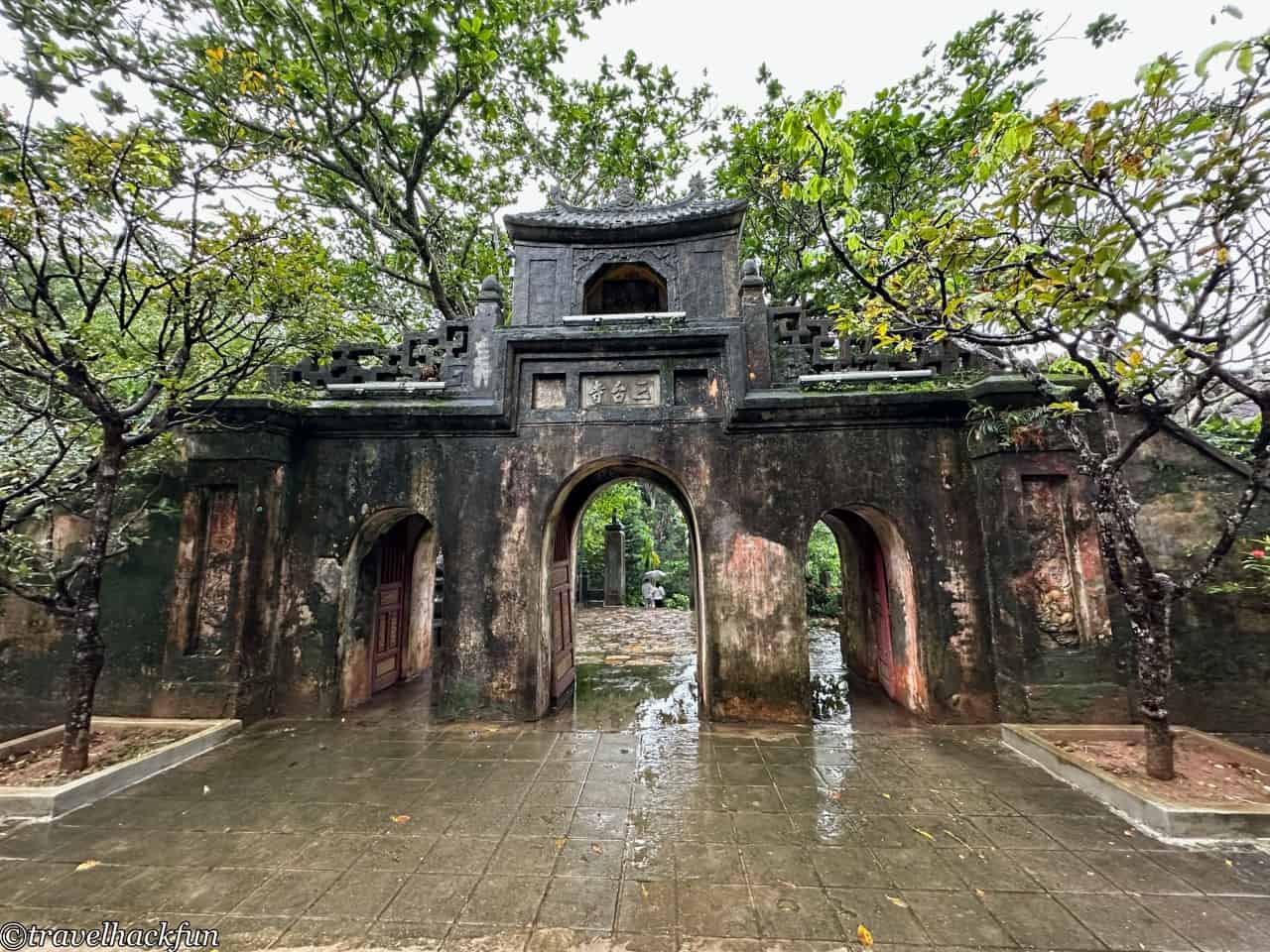
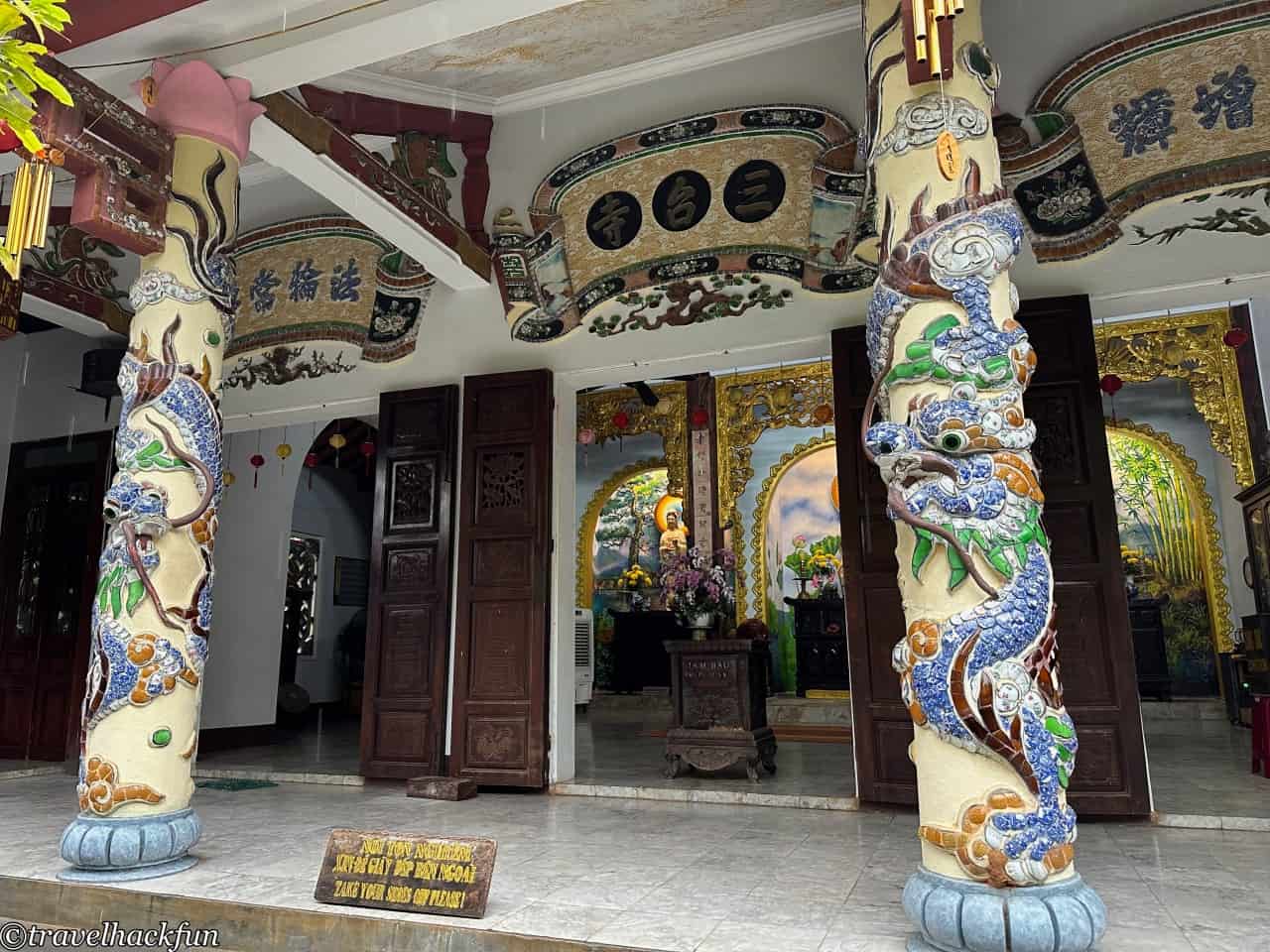

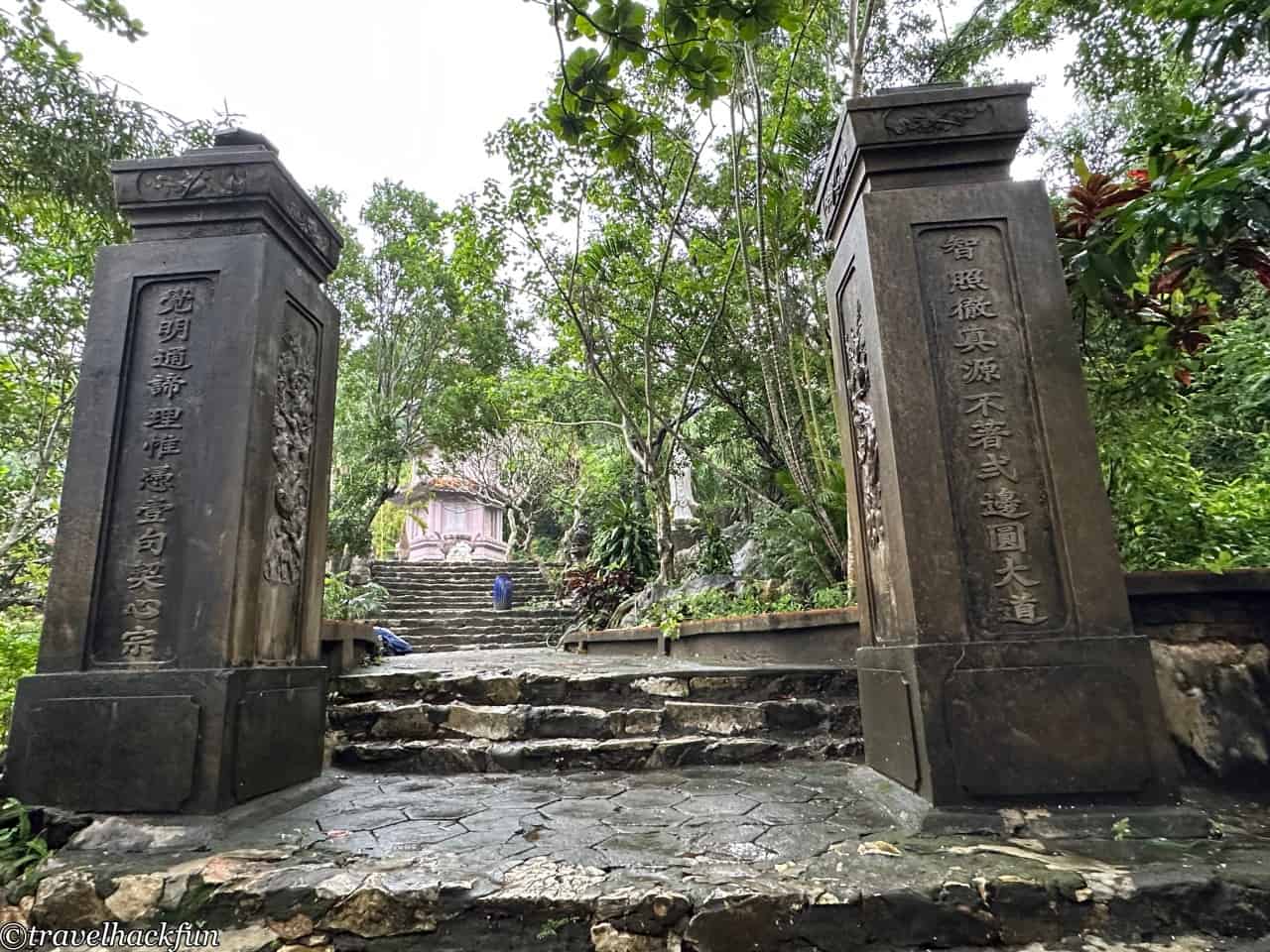
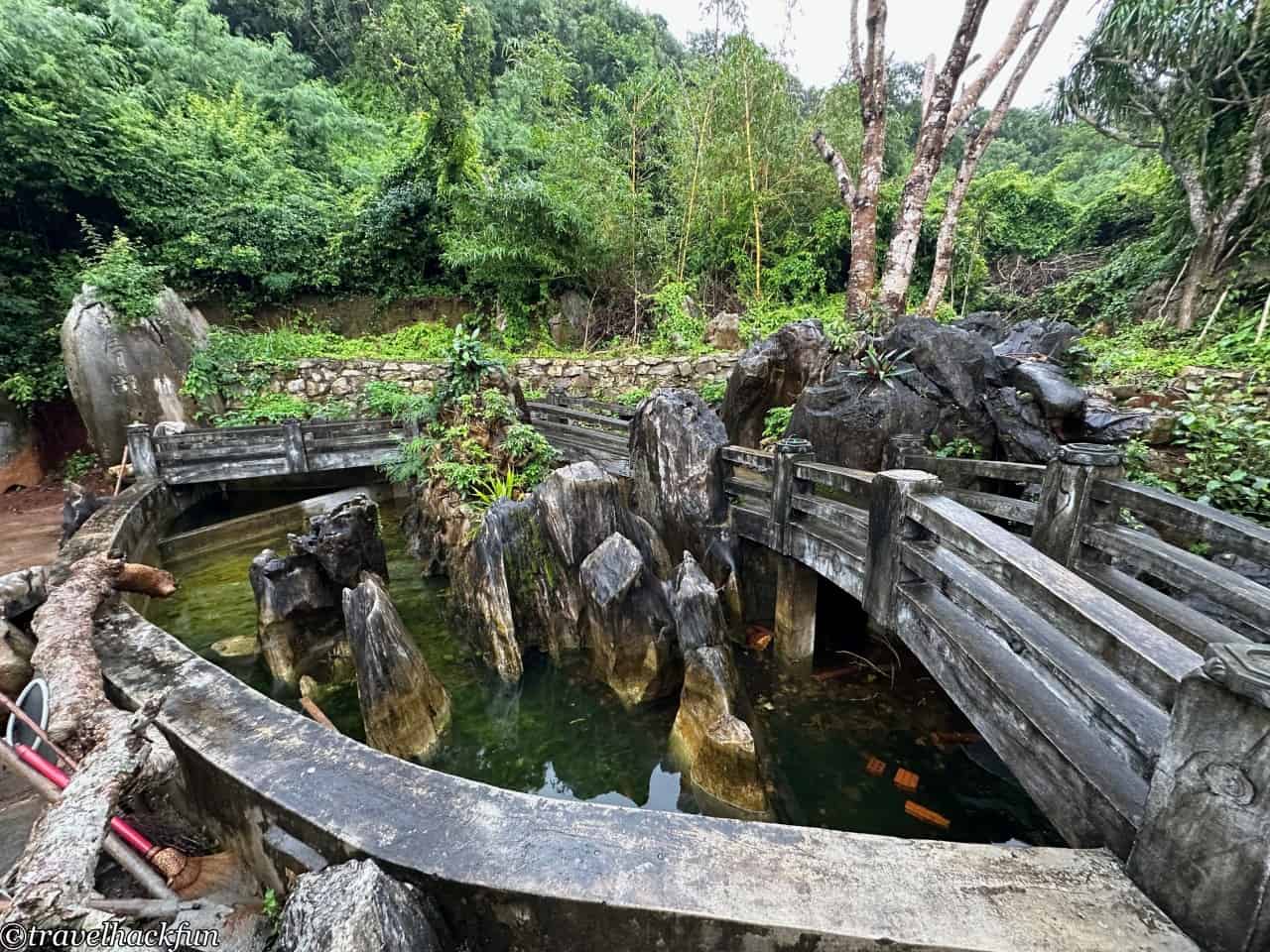
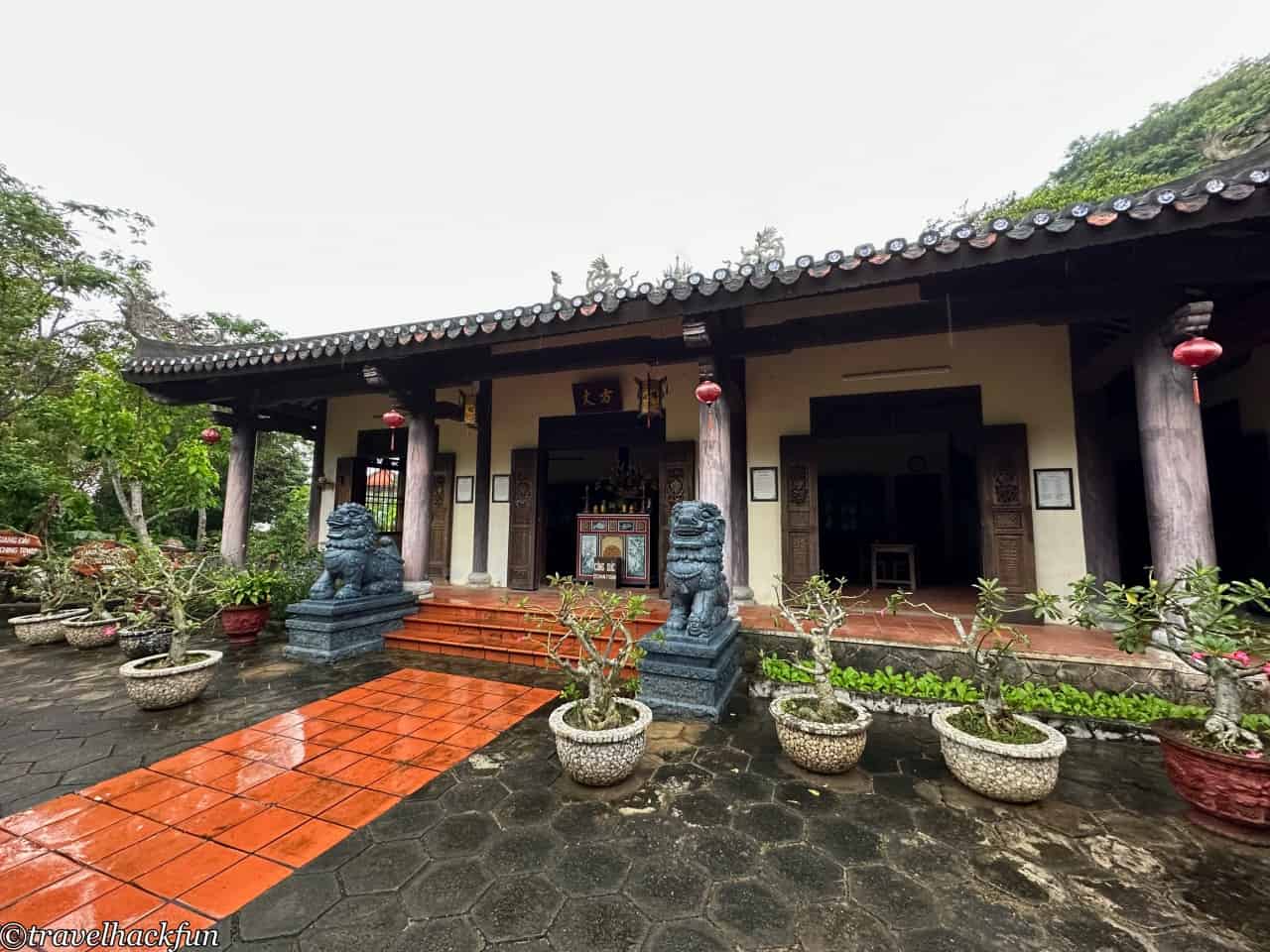
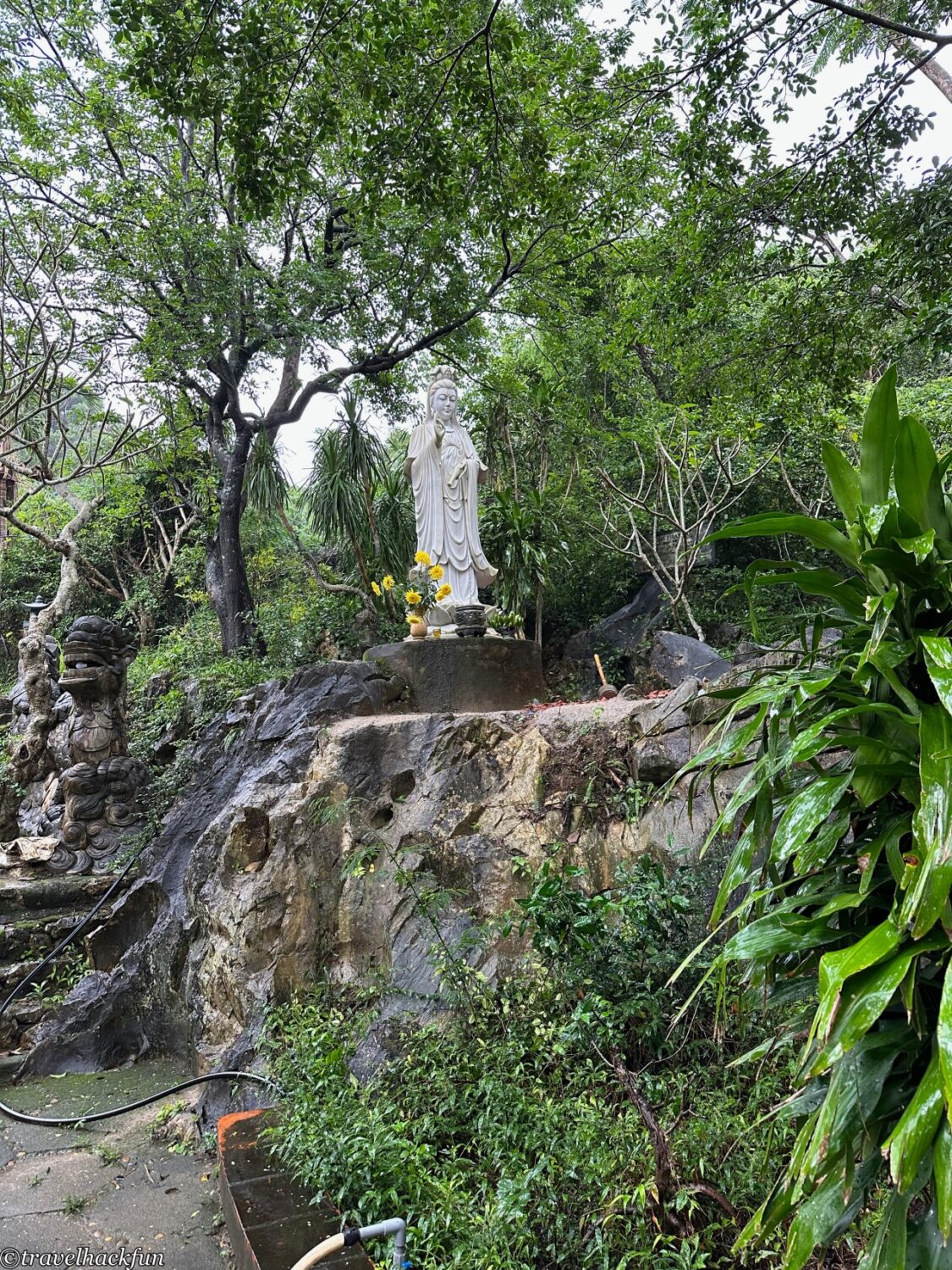

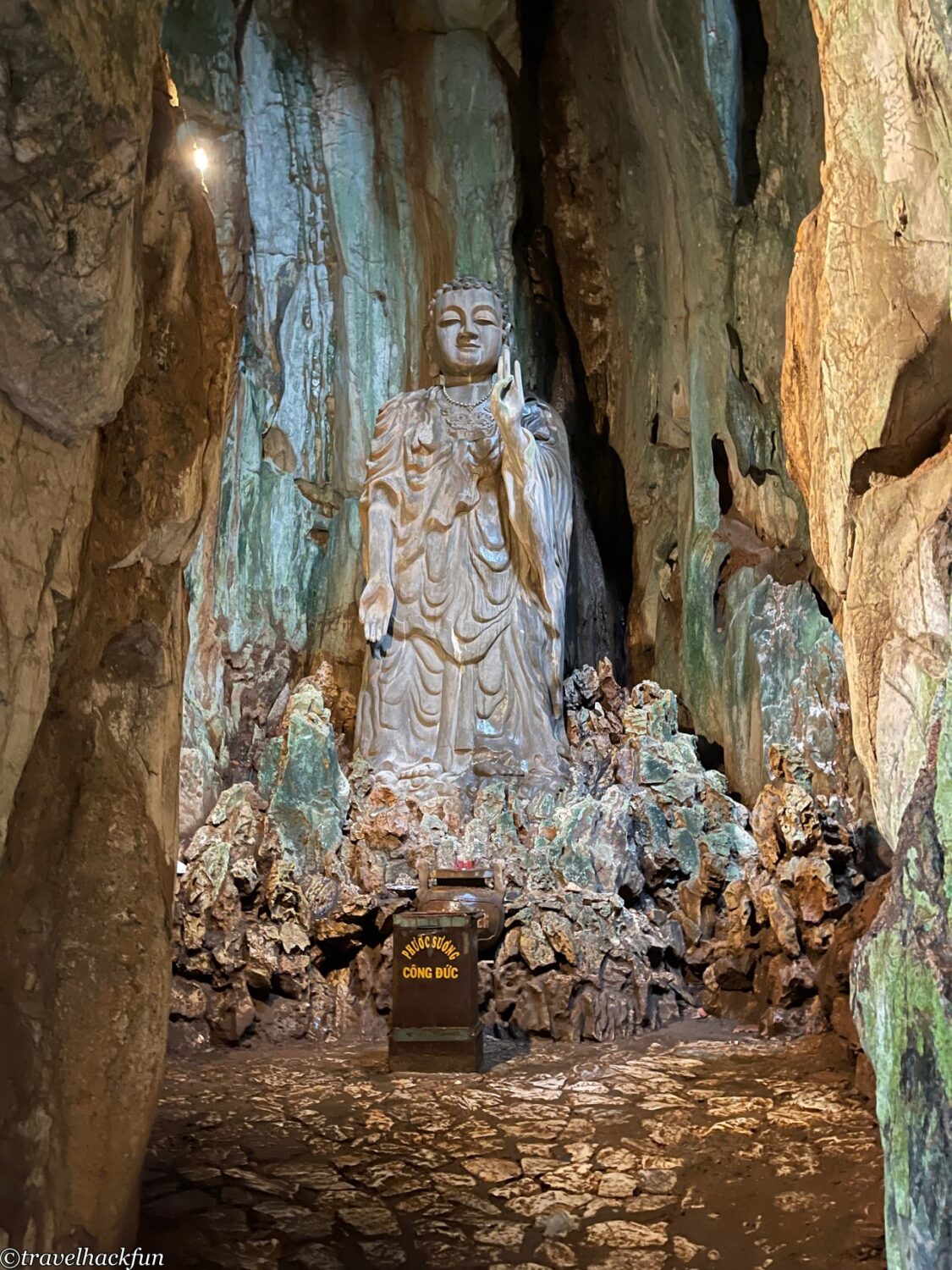


Opposite to the San Tai Temple, Wangjiang Pavilion is the most beautiful viewing spot on the mountain. From here, you can see the mountains of Metal, Wood, Fire, and Earth.
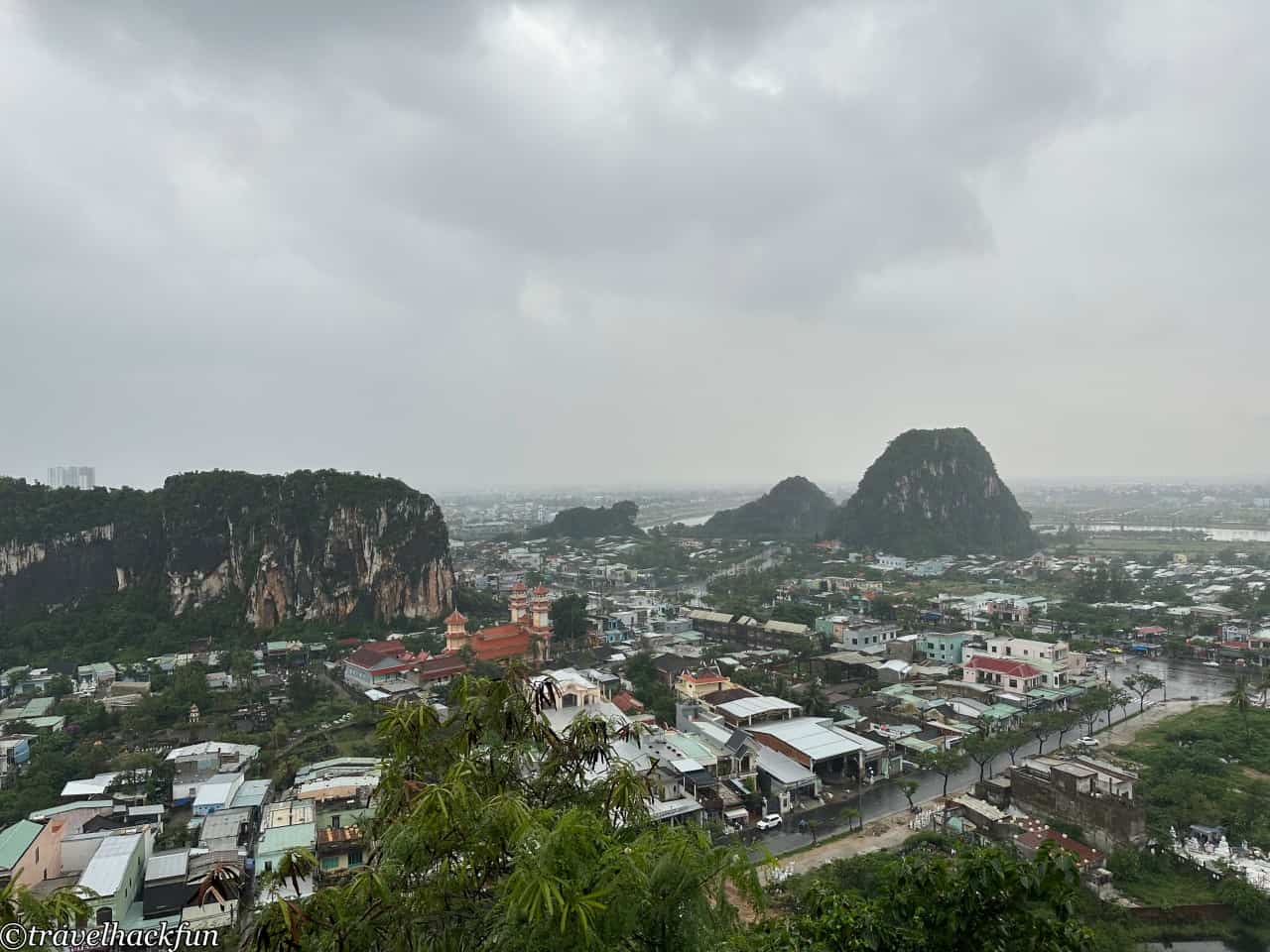
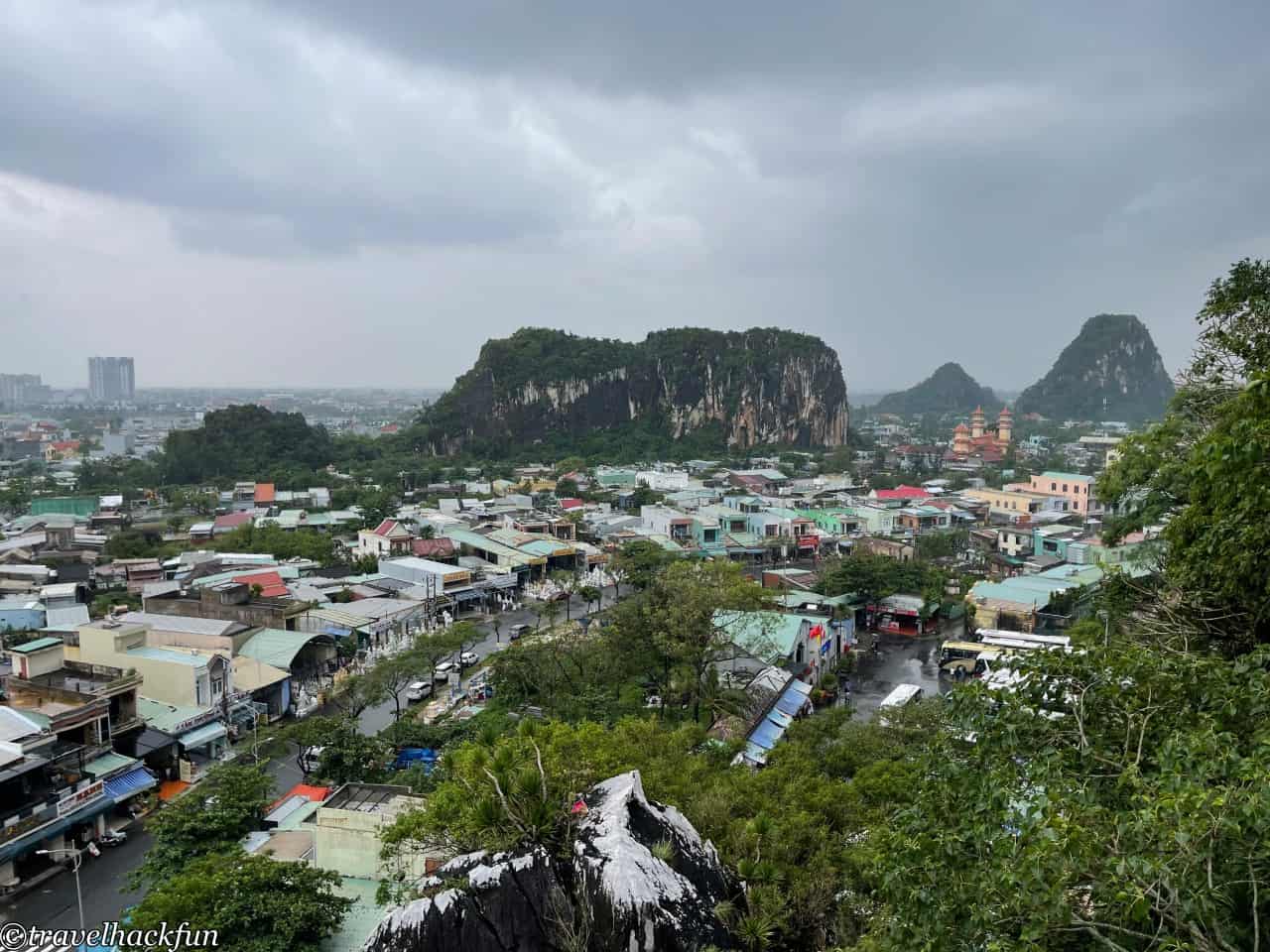
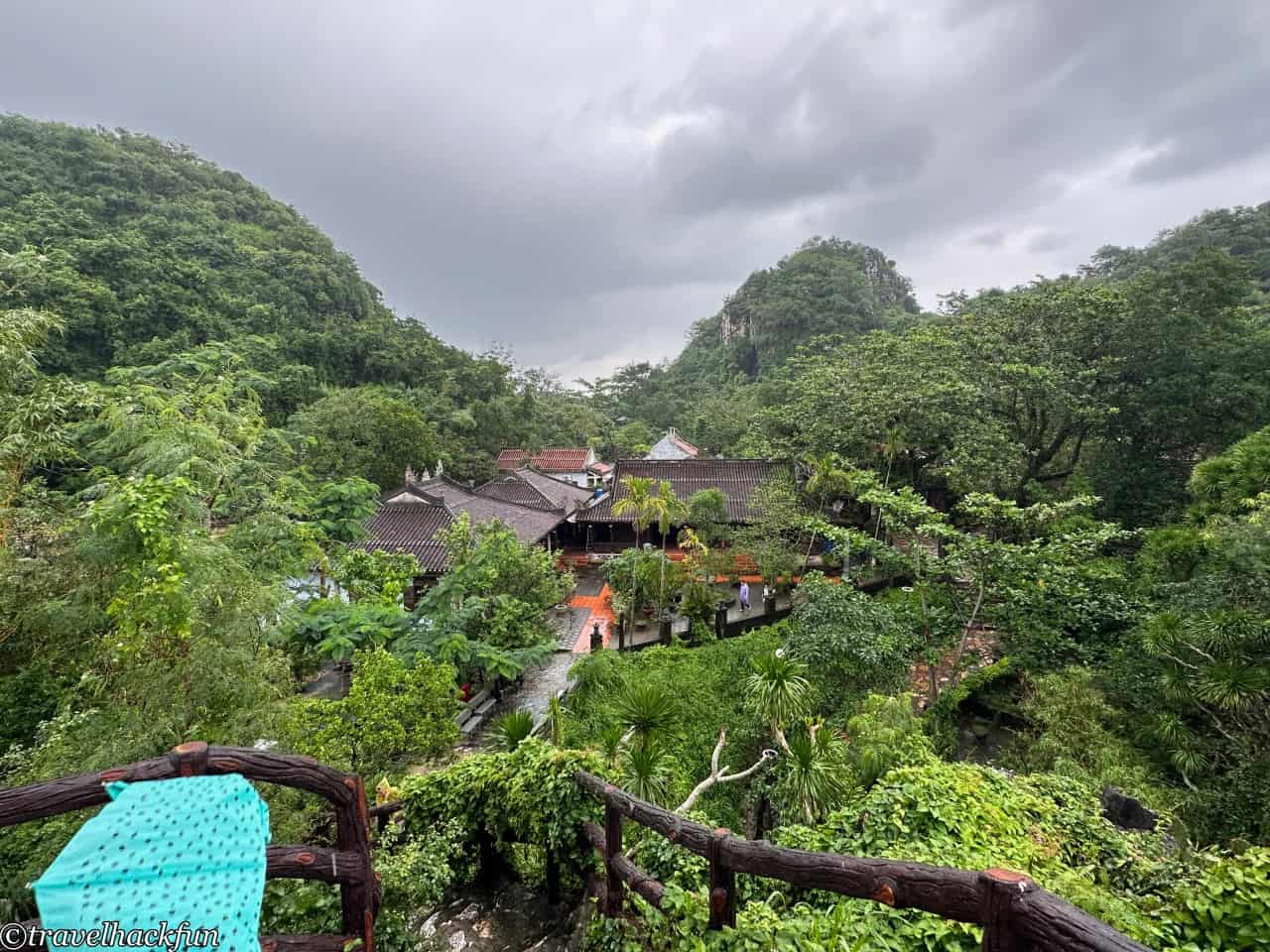

Next to it is the Ton Tam Pagoda with a distinct style, featuring a thatched roof.
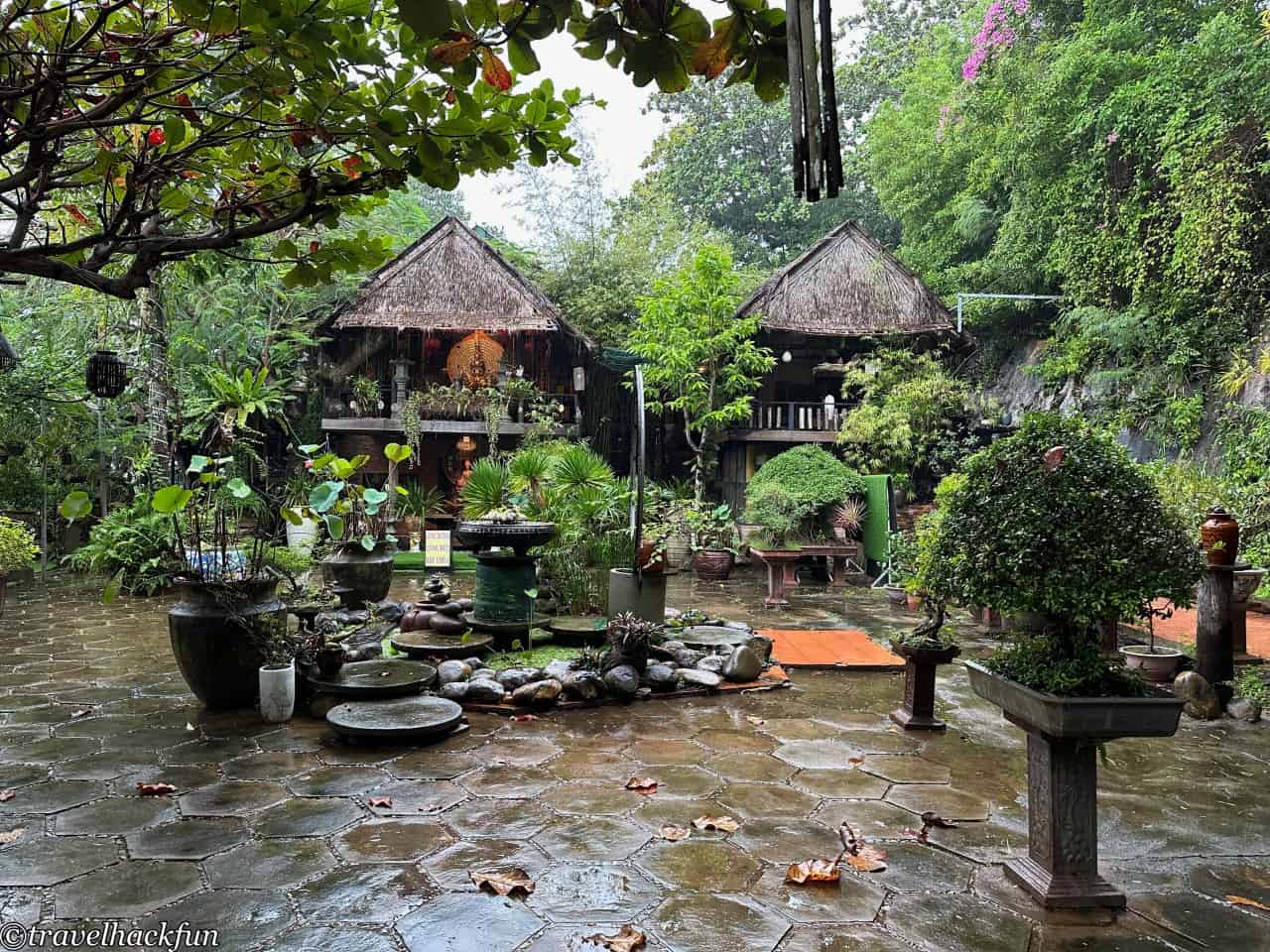
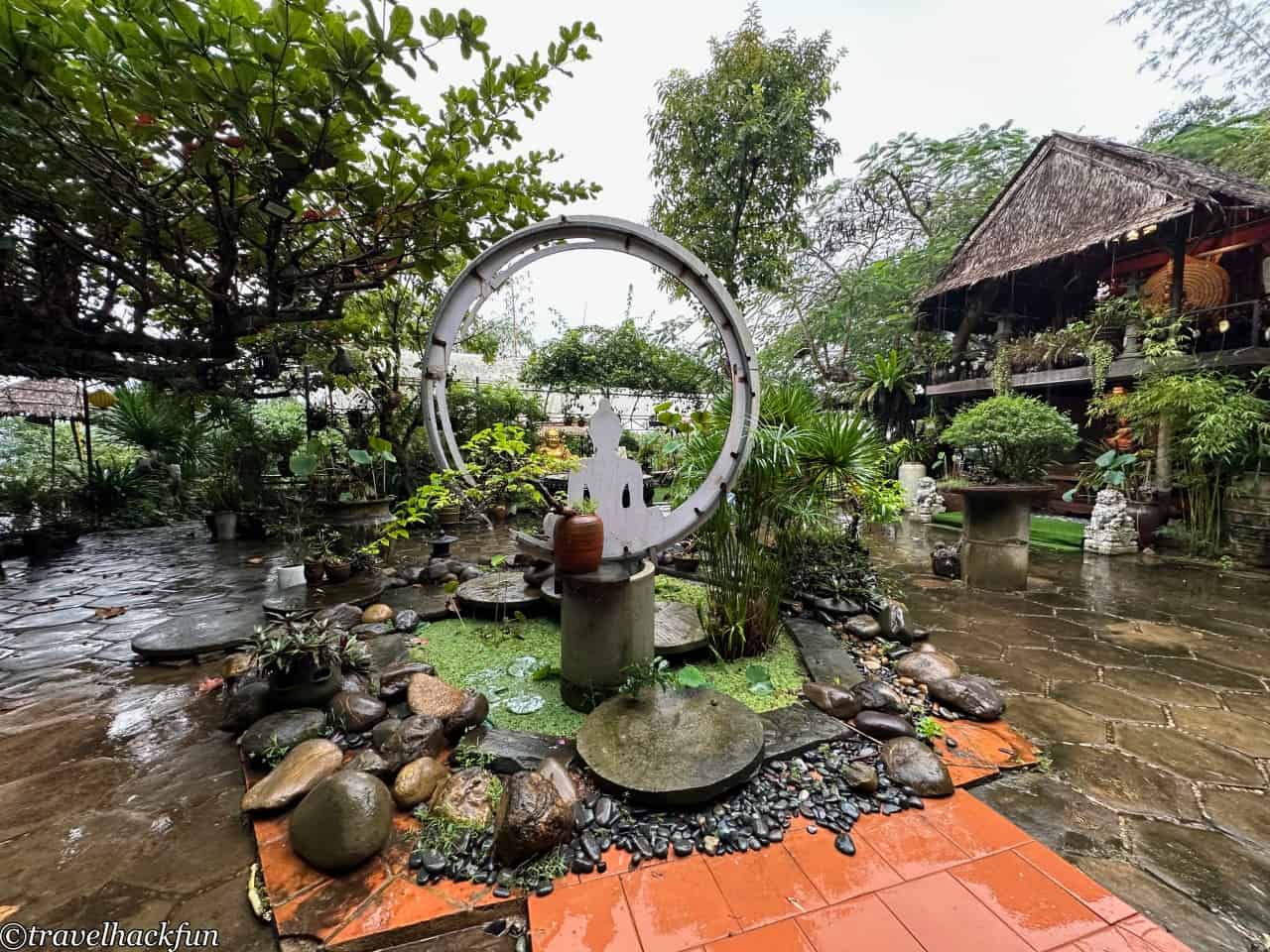
The visit to the top of the mountain is now concluded, and we will descend the mountain via the marble steps. Walking here turns out to be easier than imagined. Hiking up the mountain seems feasible as well, but taking the elevator one way and walking the rest is still more time-efficient.
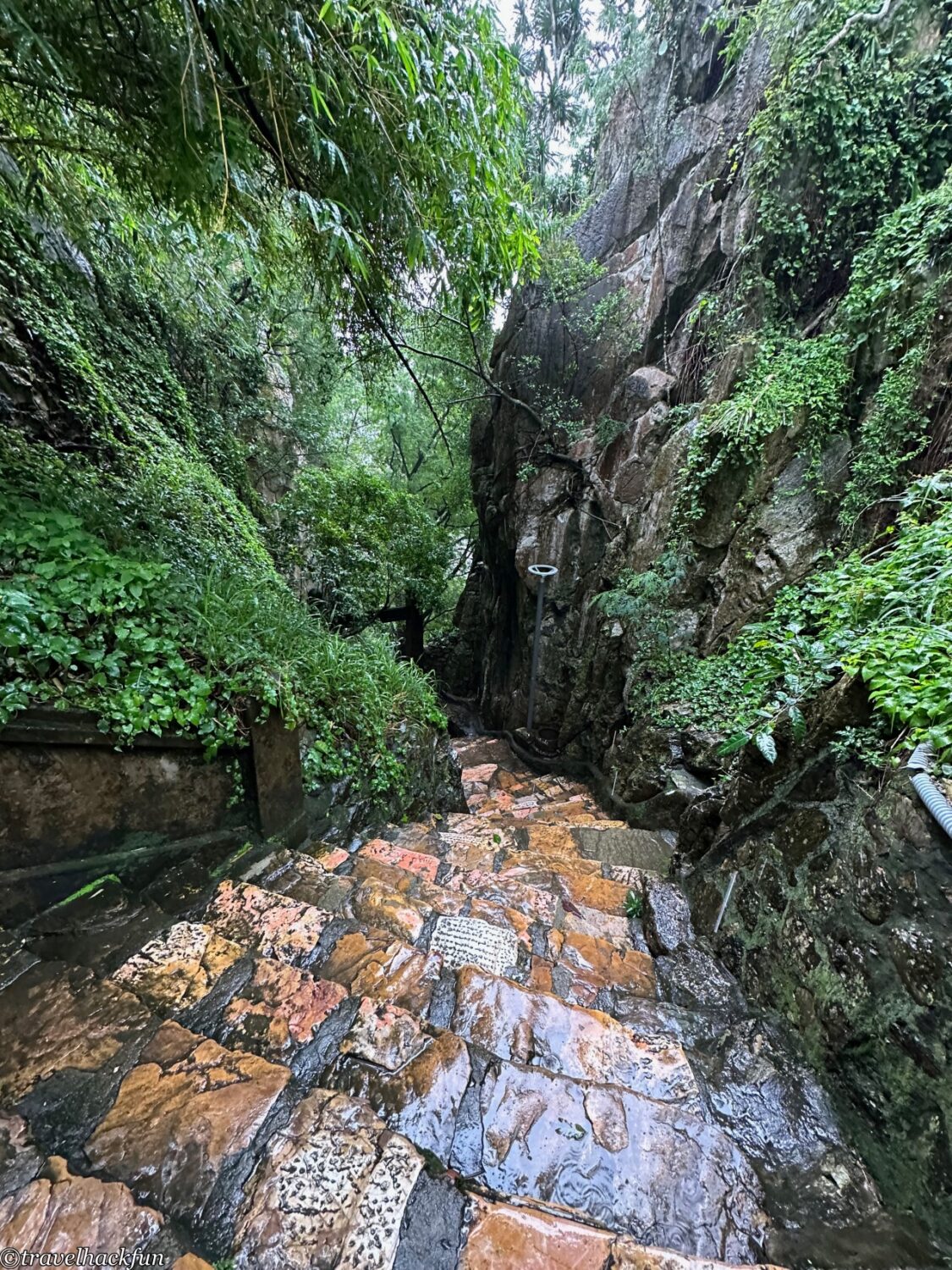
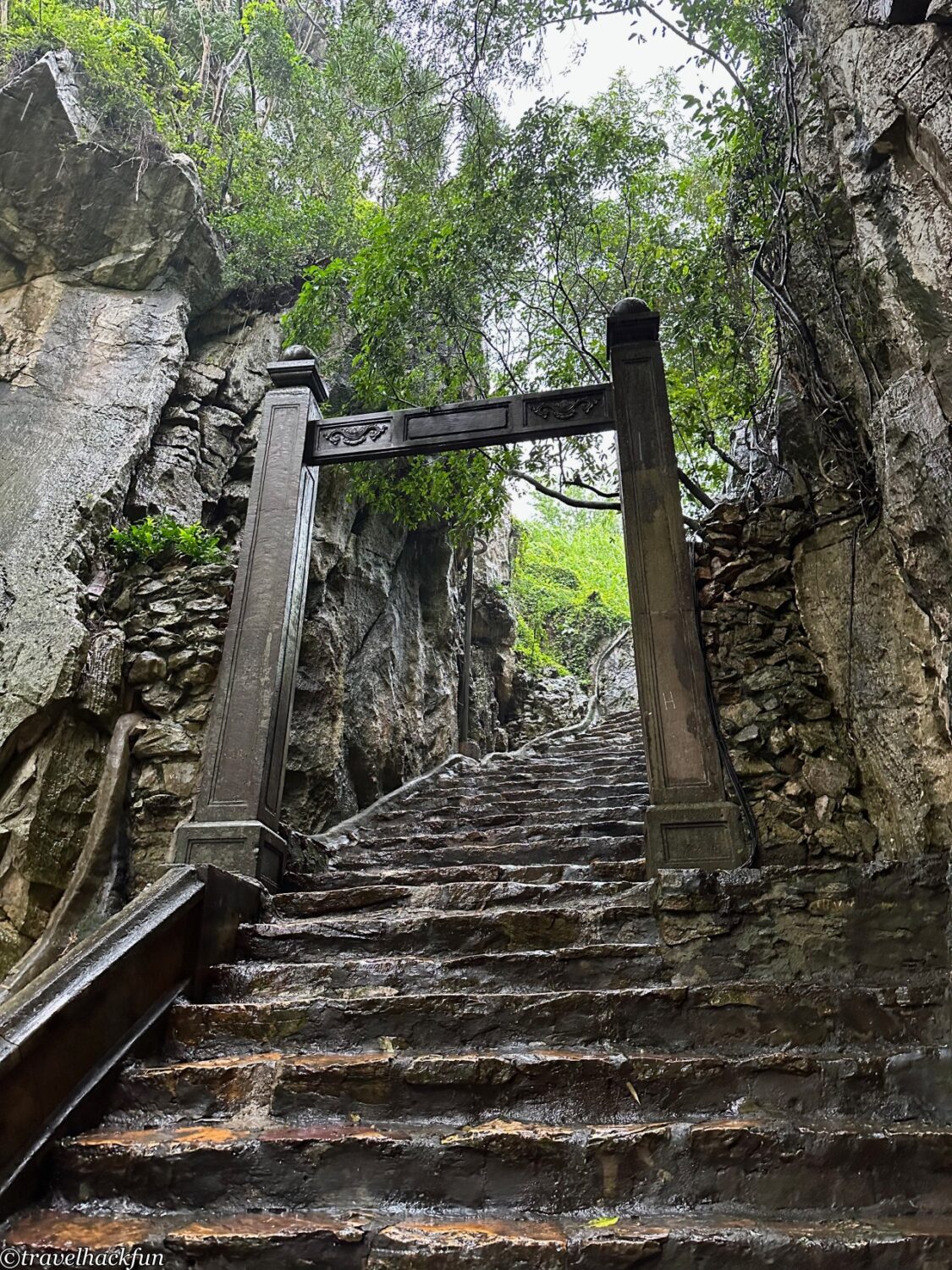
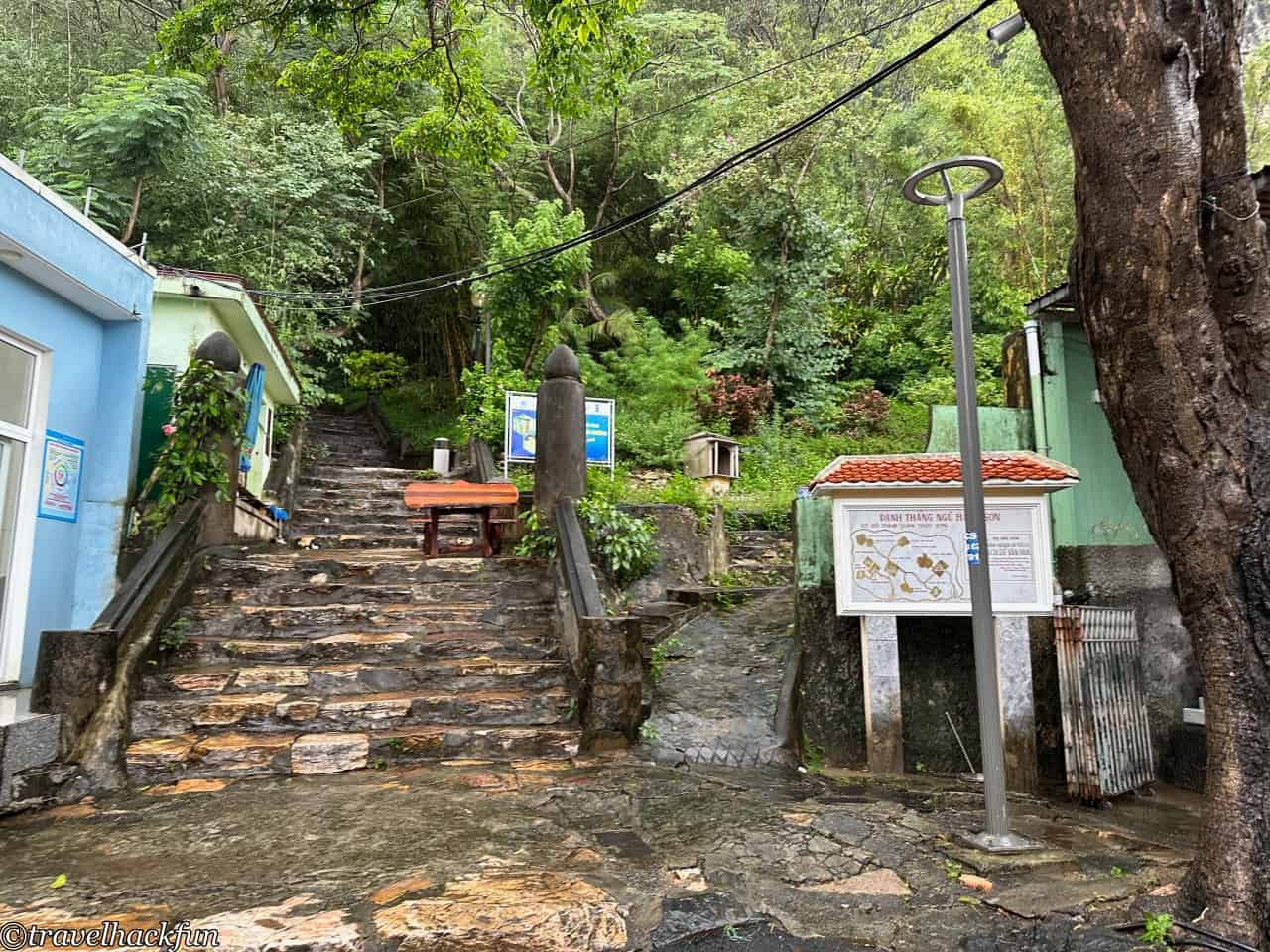
Yinfu Cave
Walking through the Yinfu Cave (Underworld Cave) at the foot of the mountain also takes a bit over half an hour. Upon entering the cave, the first thing you'll see is the Sky Ladder, a long staircase built against the mountain wall, leading all the way outside. Continuing deeper inside to the end, you can admire the main cave's Buddha statues, which are quite spectacular. On the right side of the cave, there's a narrow staircase leading downwards. After turning a corner and going down, the words "Gate of Hell" are carved on the wall. It turns out this is the entrance to hell, with even deeper caves below, adorned with numerous statues of ghosts.
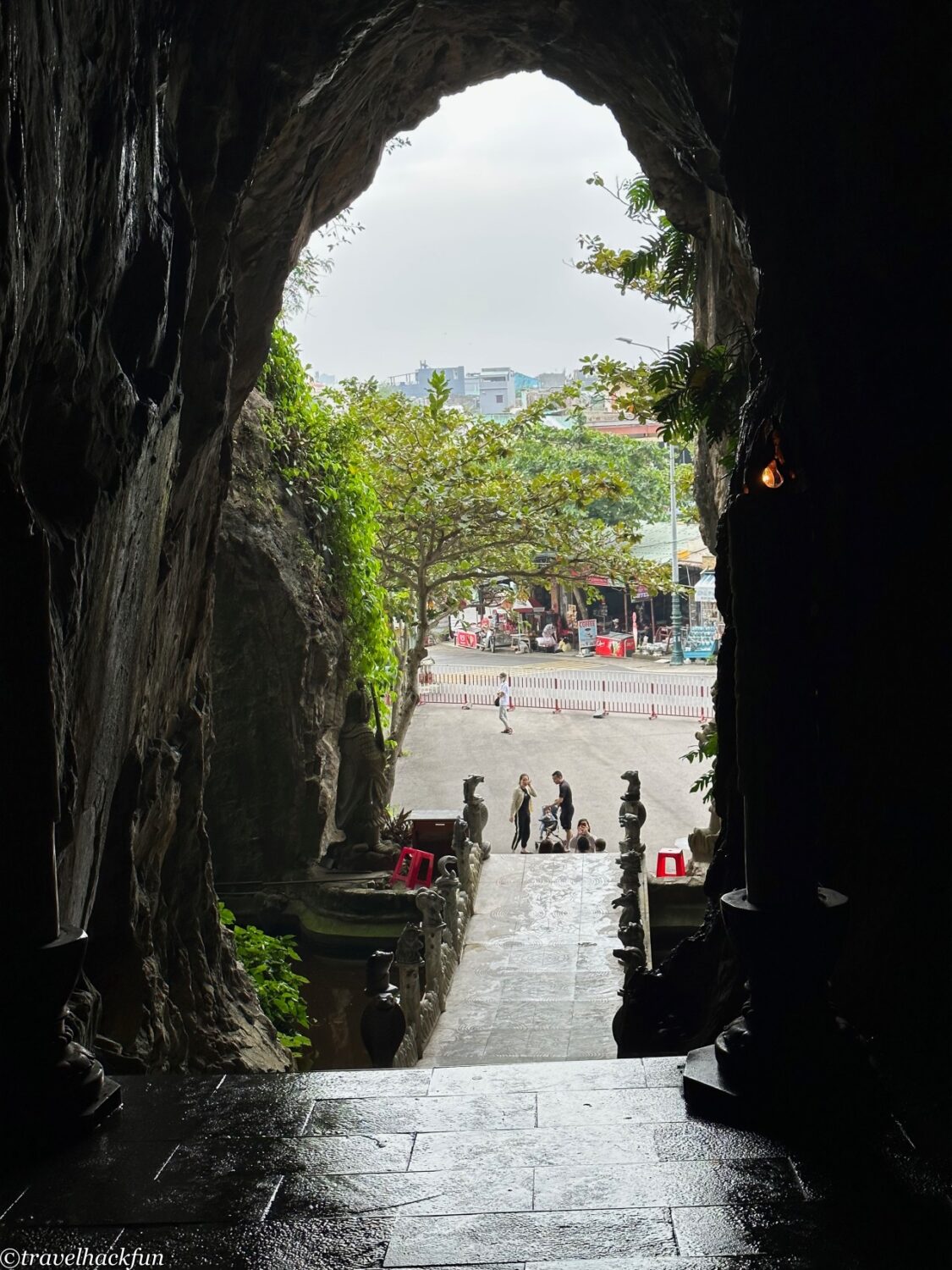
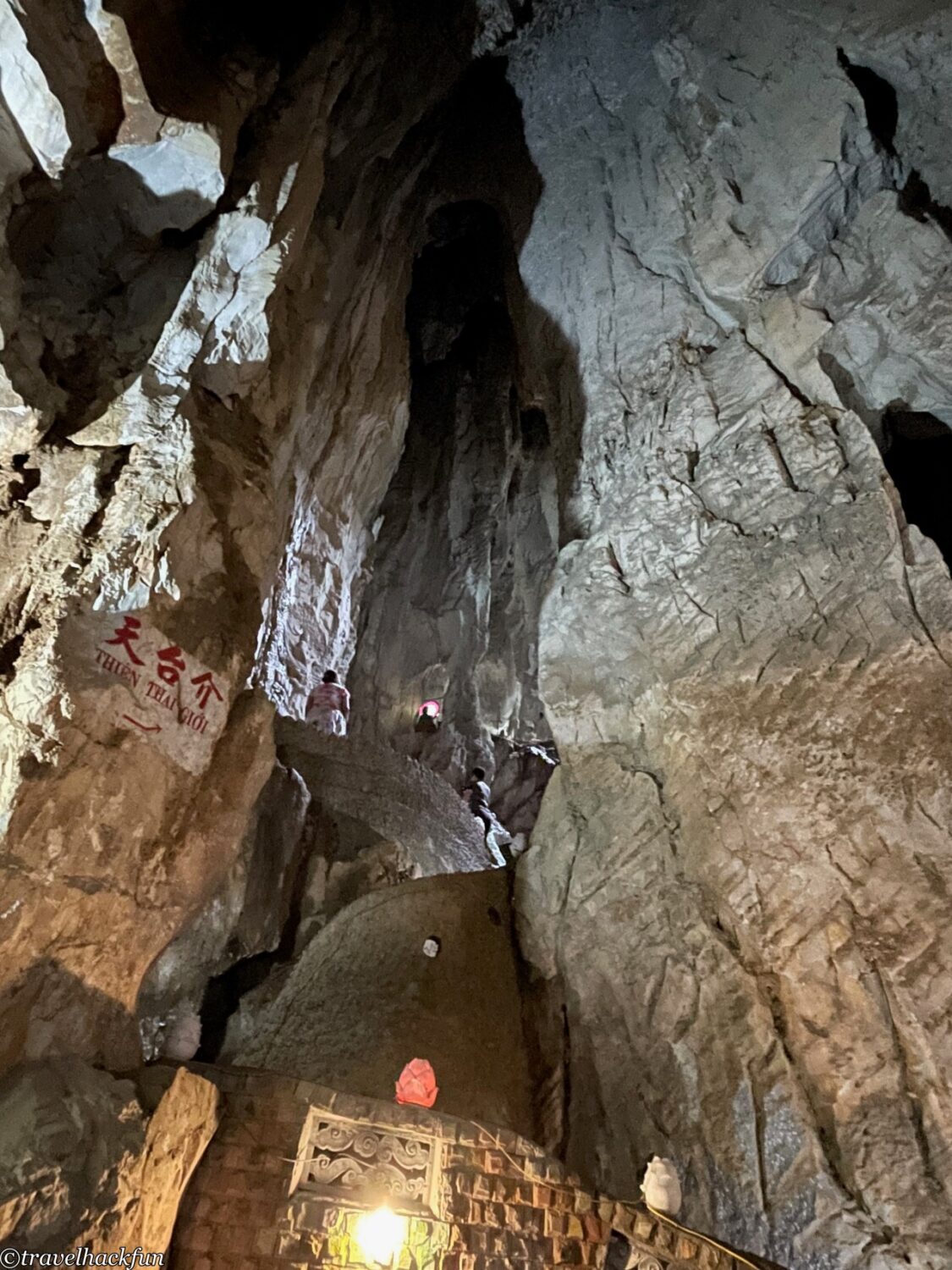

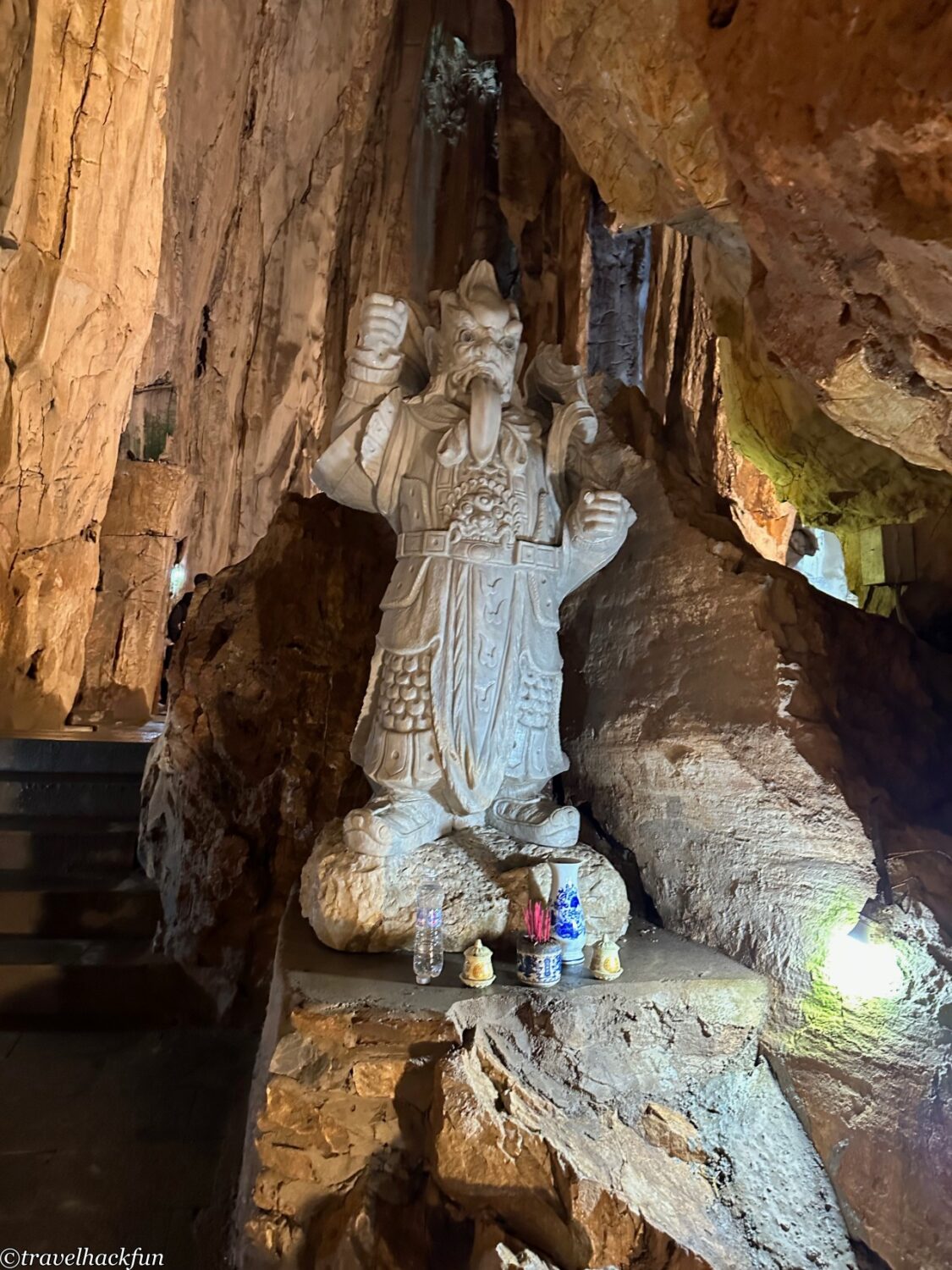
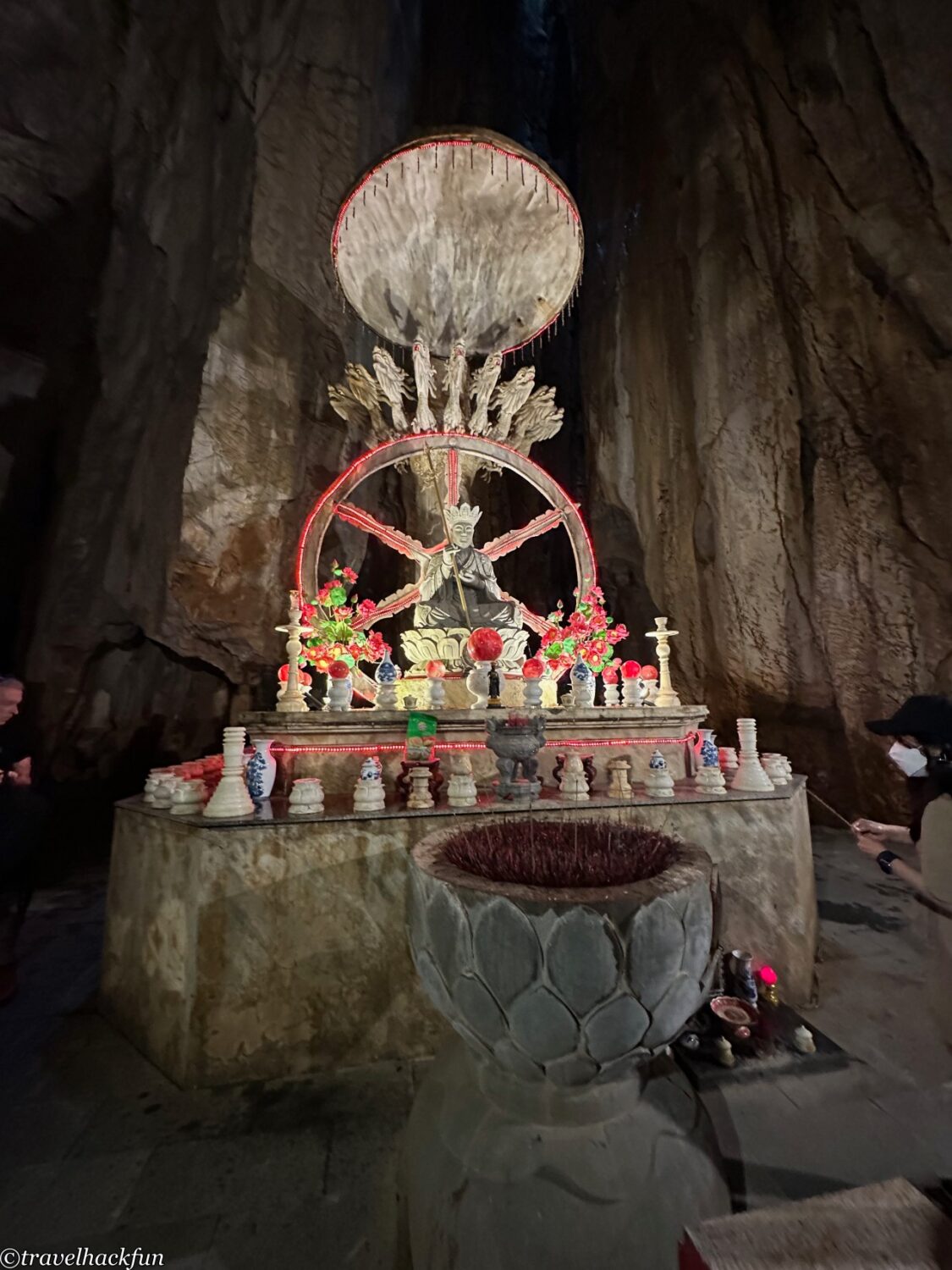
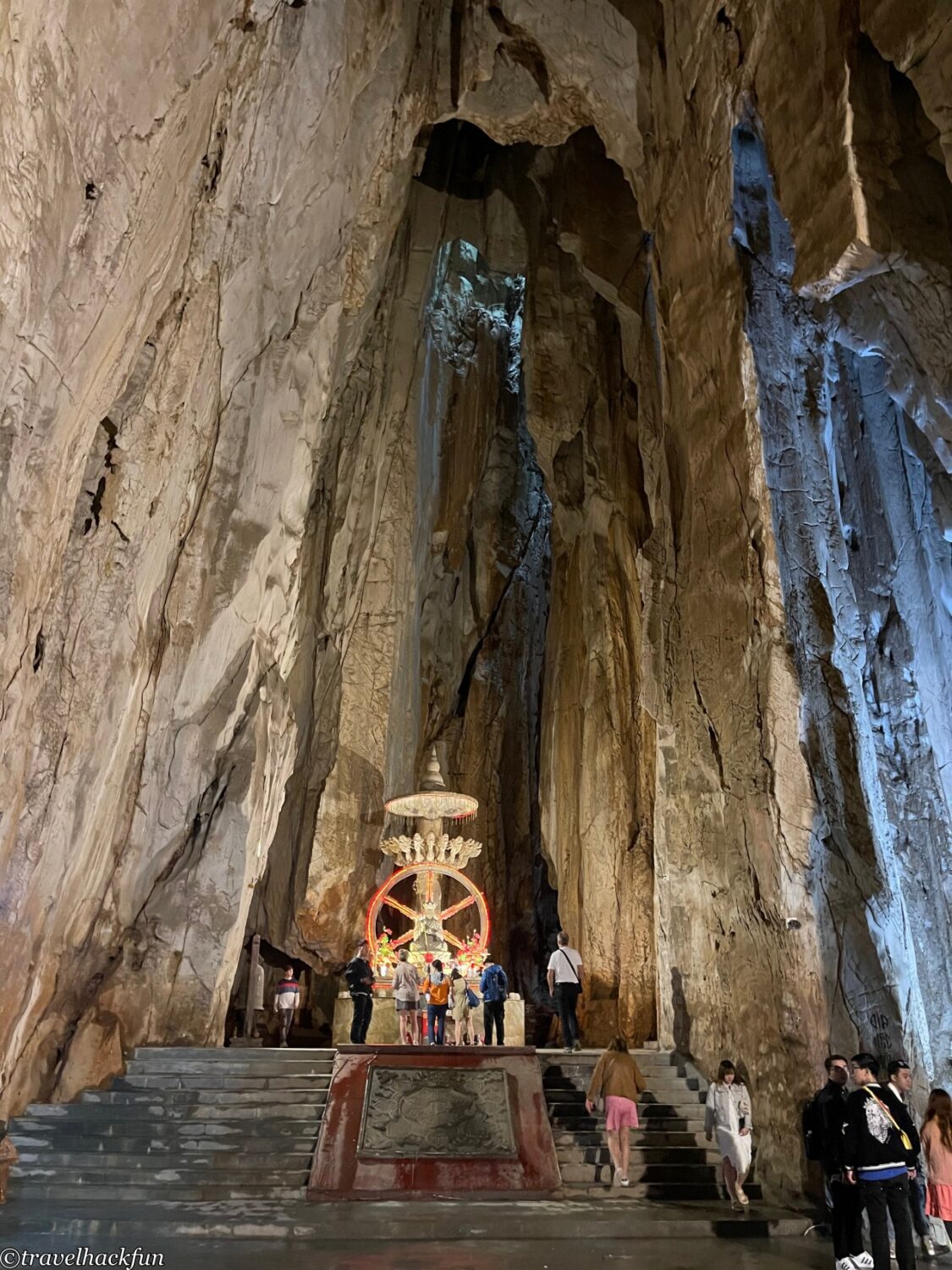
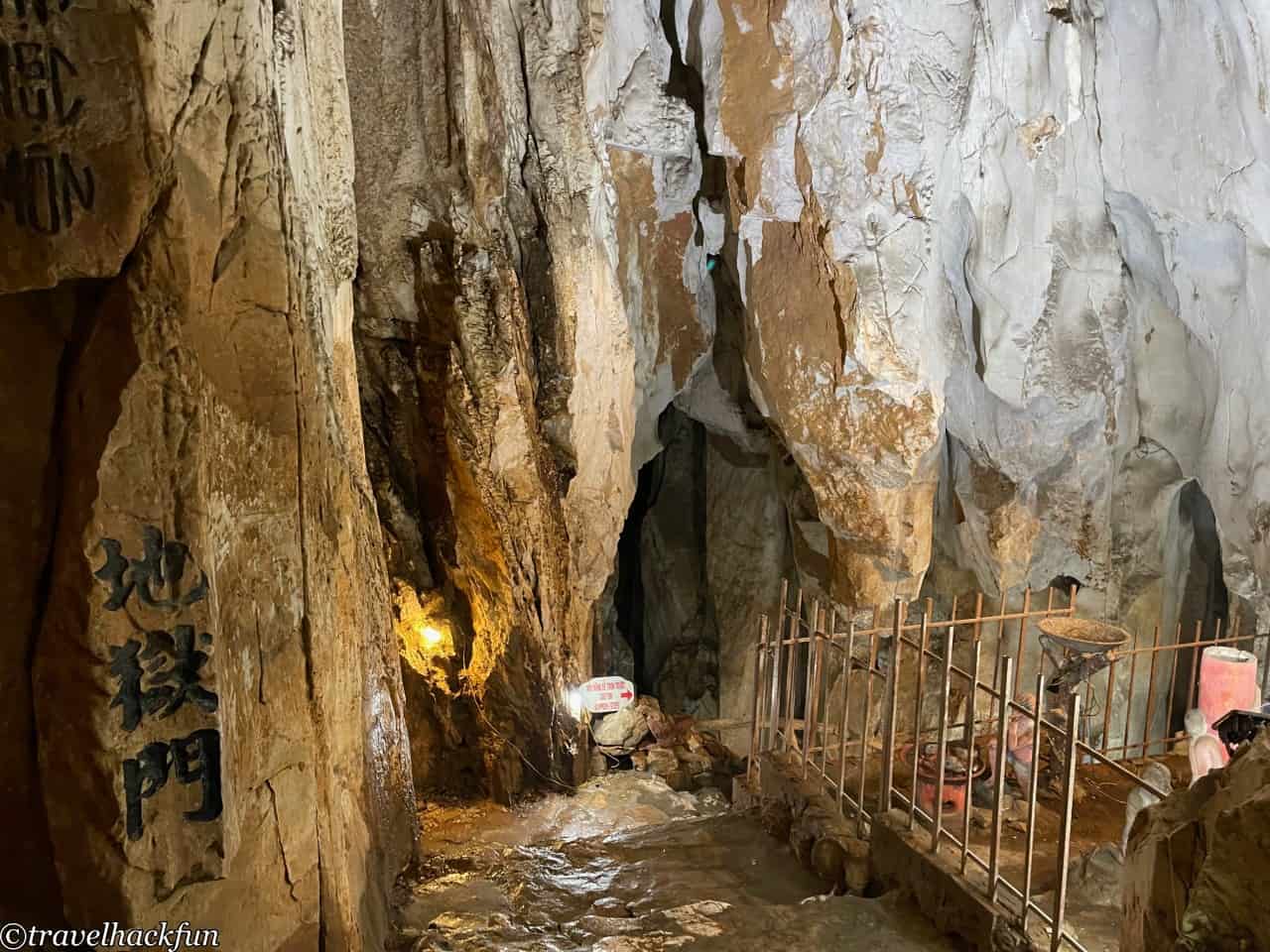
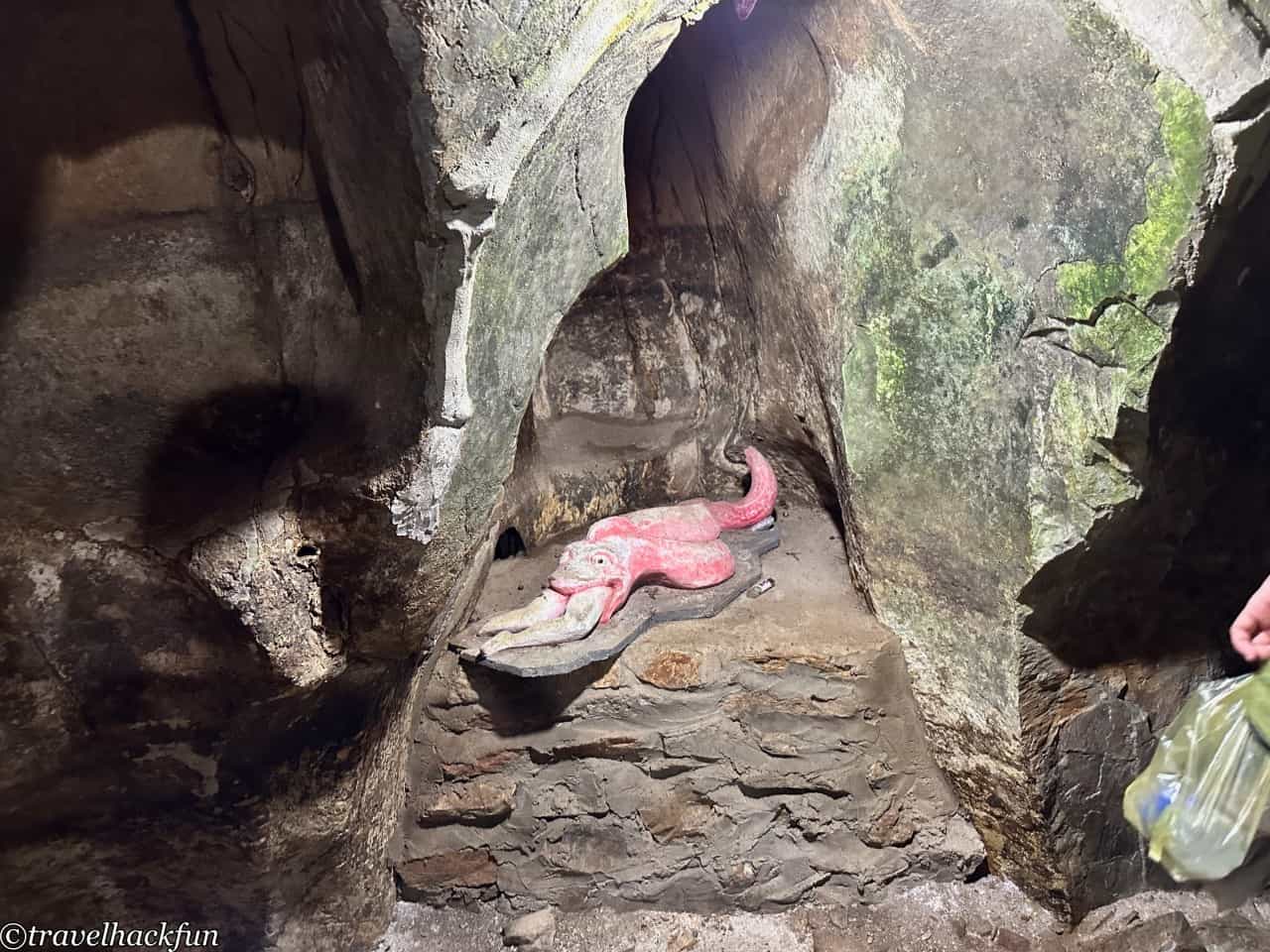
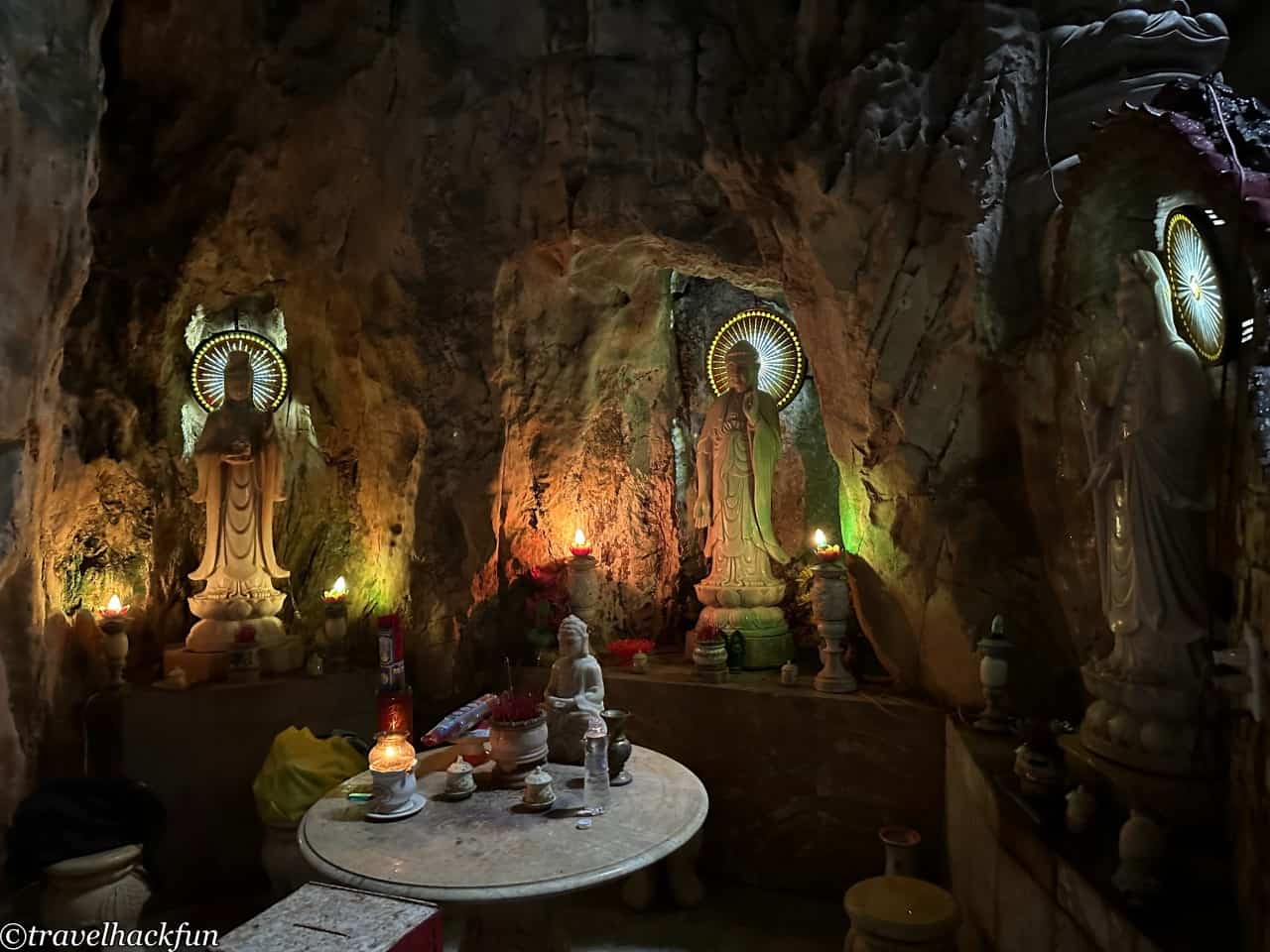
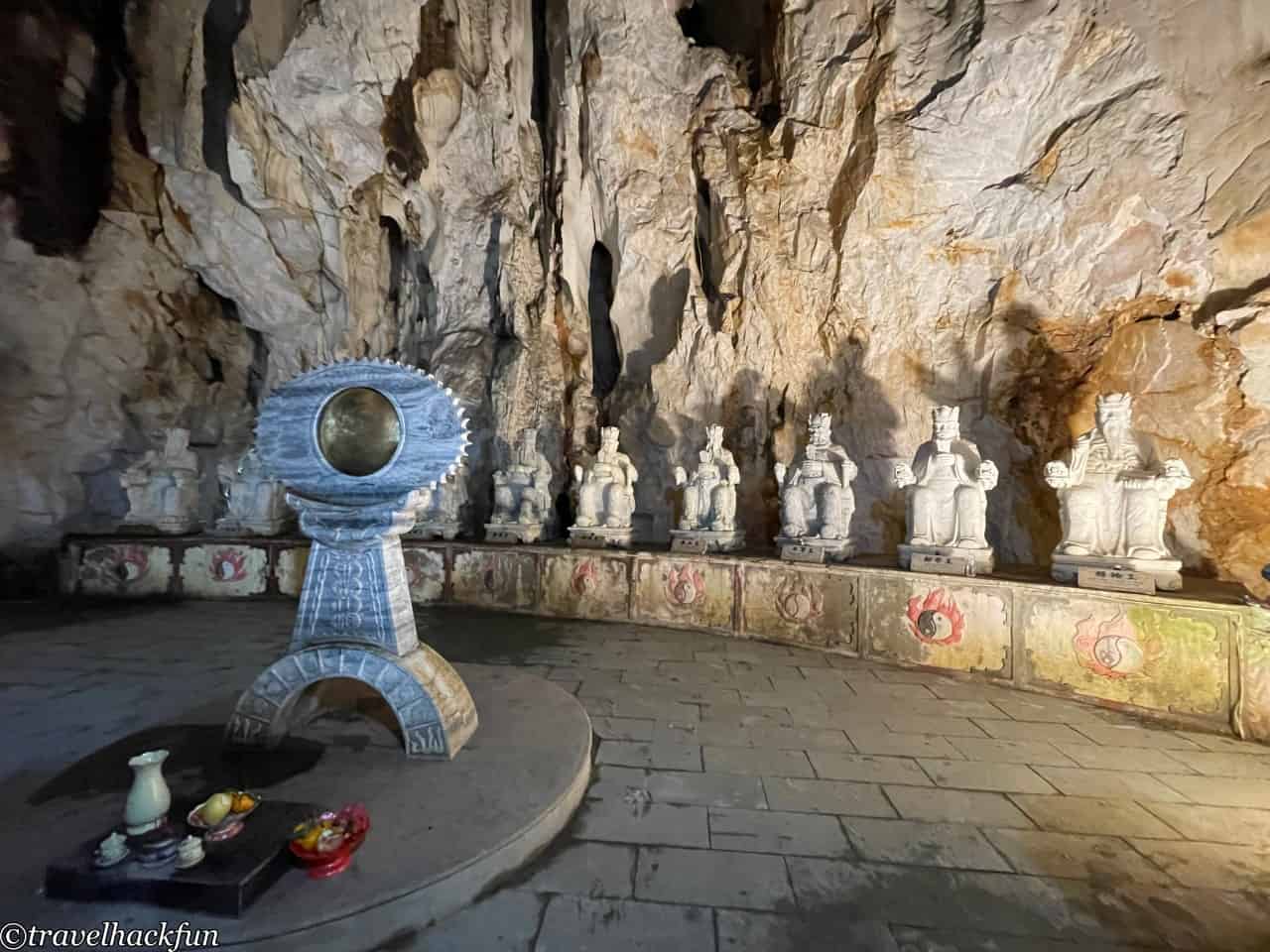
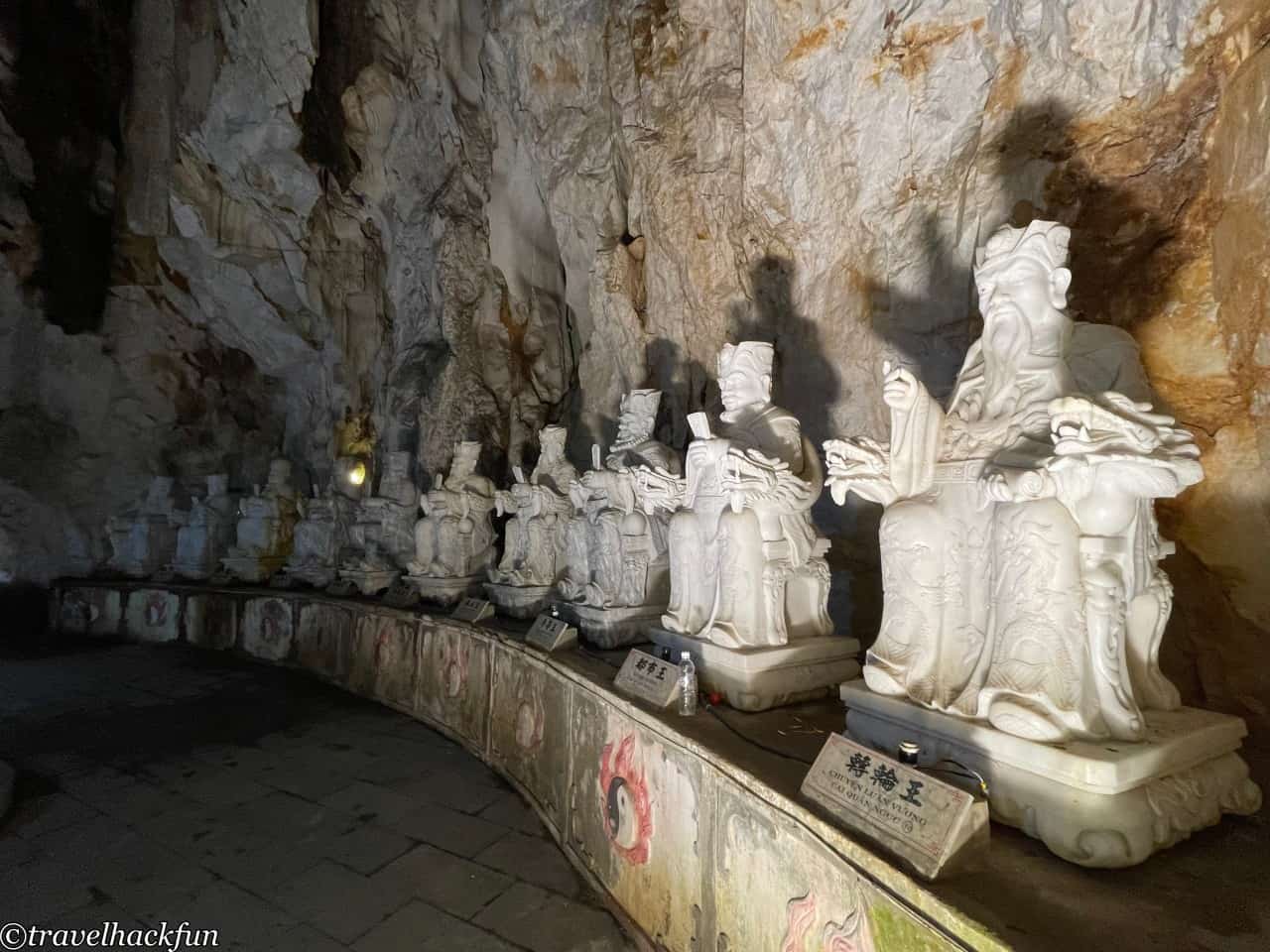

Linh Ung Pagoda ơn Son Tra Peninsula (Khu Văn hóa phẩm Phật giáo)
The Linh Ung Pagoda on Son Tra Peninsula is one of the three Linh Ung Pagodas in the Danang area and is also the most beautiful Buddhist temple. It is located at the top of Son Tra Peninsula, overlooking the beautiful beaches and the city. The architectural style of this temple combines the local culture of Danang with the traditional styles of southern Vietnam, making it incredibly beautiful. From the My Khe Beach, you can see the giant Guanyin statue on the other side of Son Tra Peninsula.
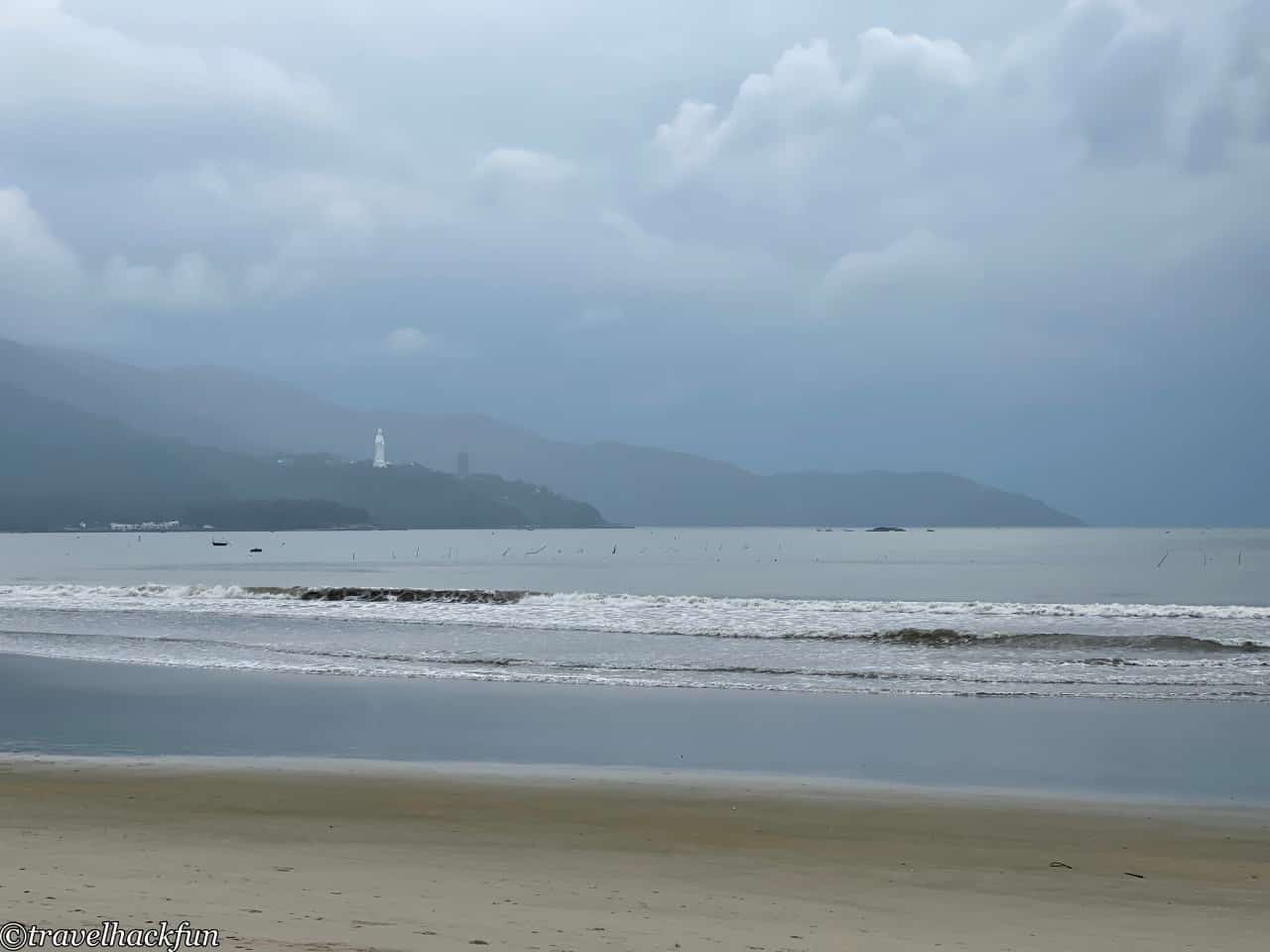
Lingy Ung Pagoda, established in the 17th century, is an ancient Buddhist temple that houses numerous Buddha statues and Buddhist artworks. Visitors can tour the interior of the temple, appreciating the exquisite Buddha statues and magnificent Buddhist art. Lingying Temple is much larger than I expected, requiring at least forty to fifty minutes to fully explore. It is open daily from 7 a.m. to 5 p.m.
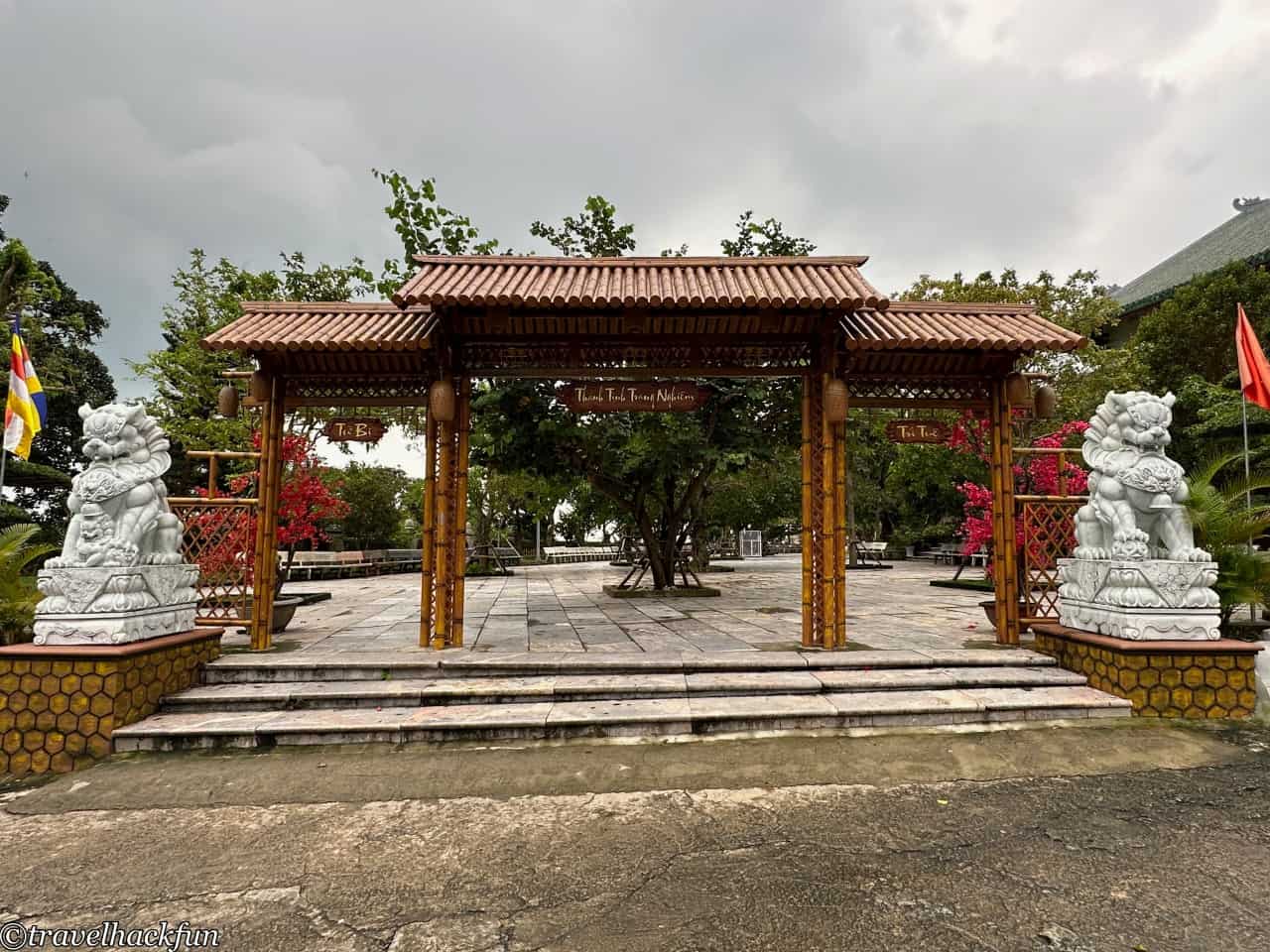
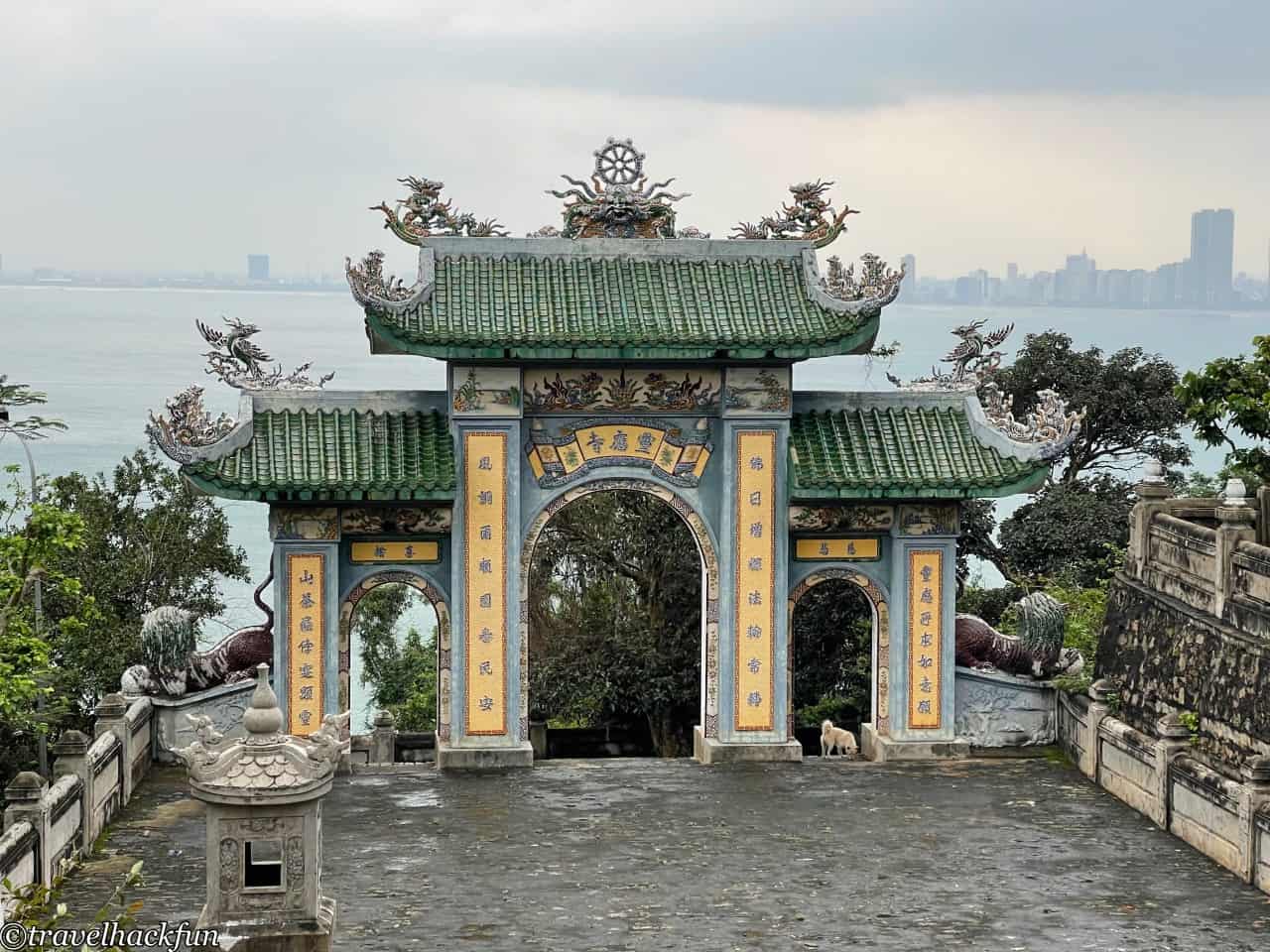

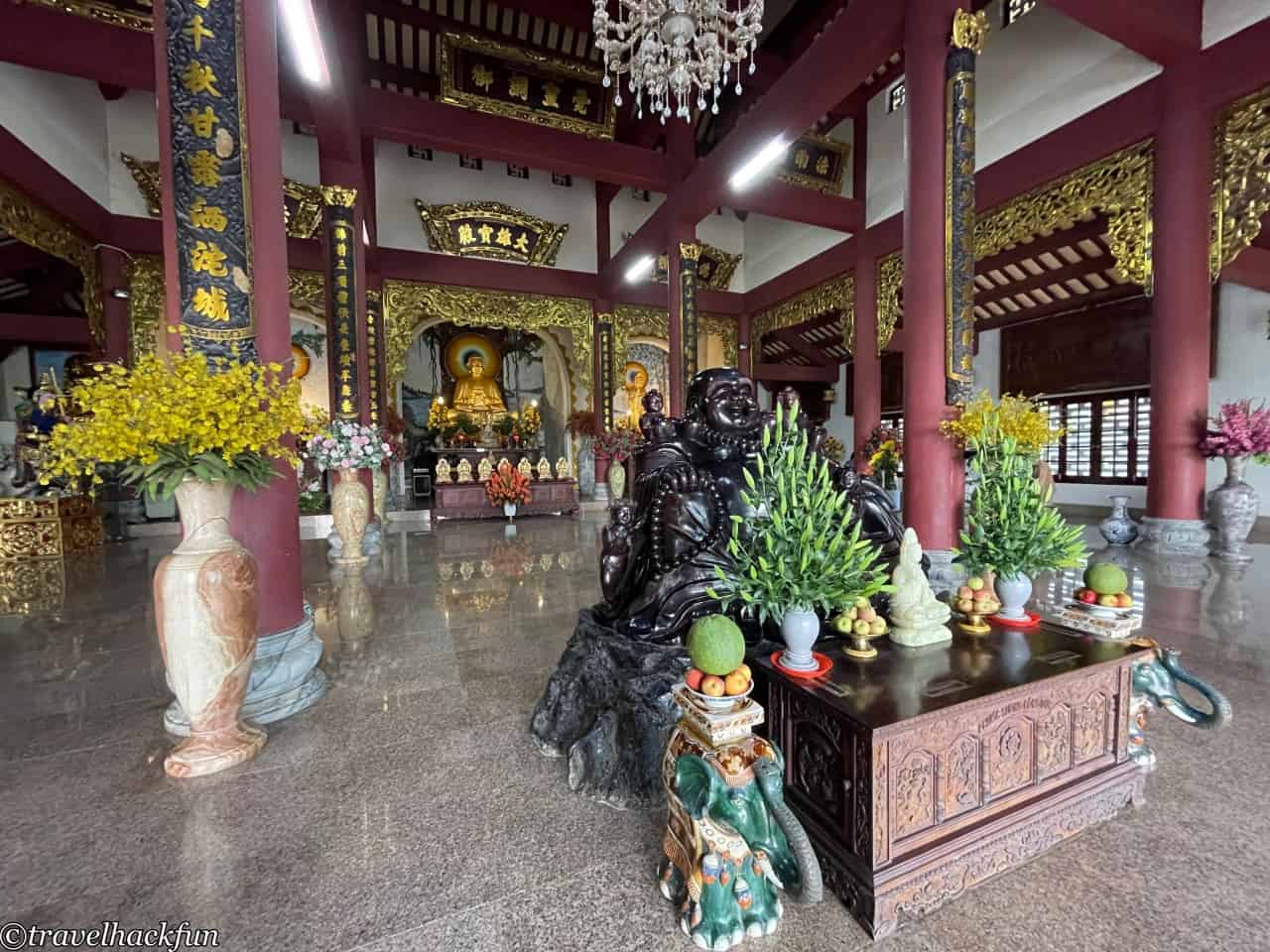

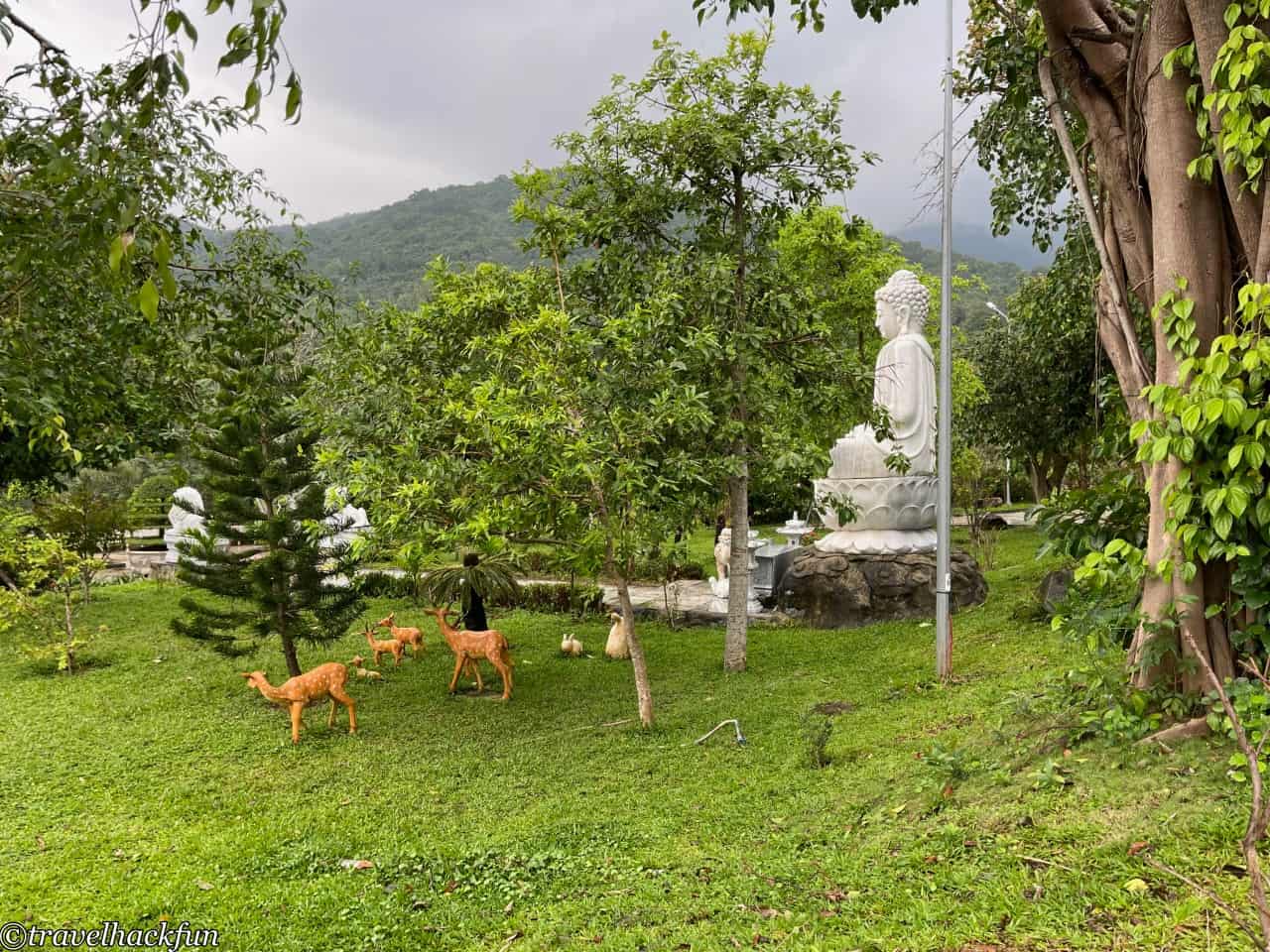
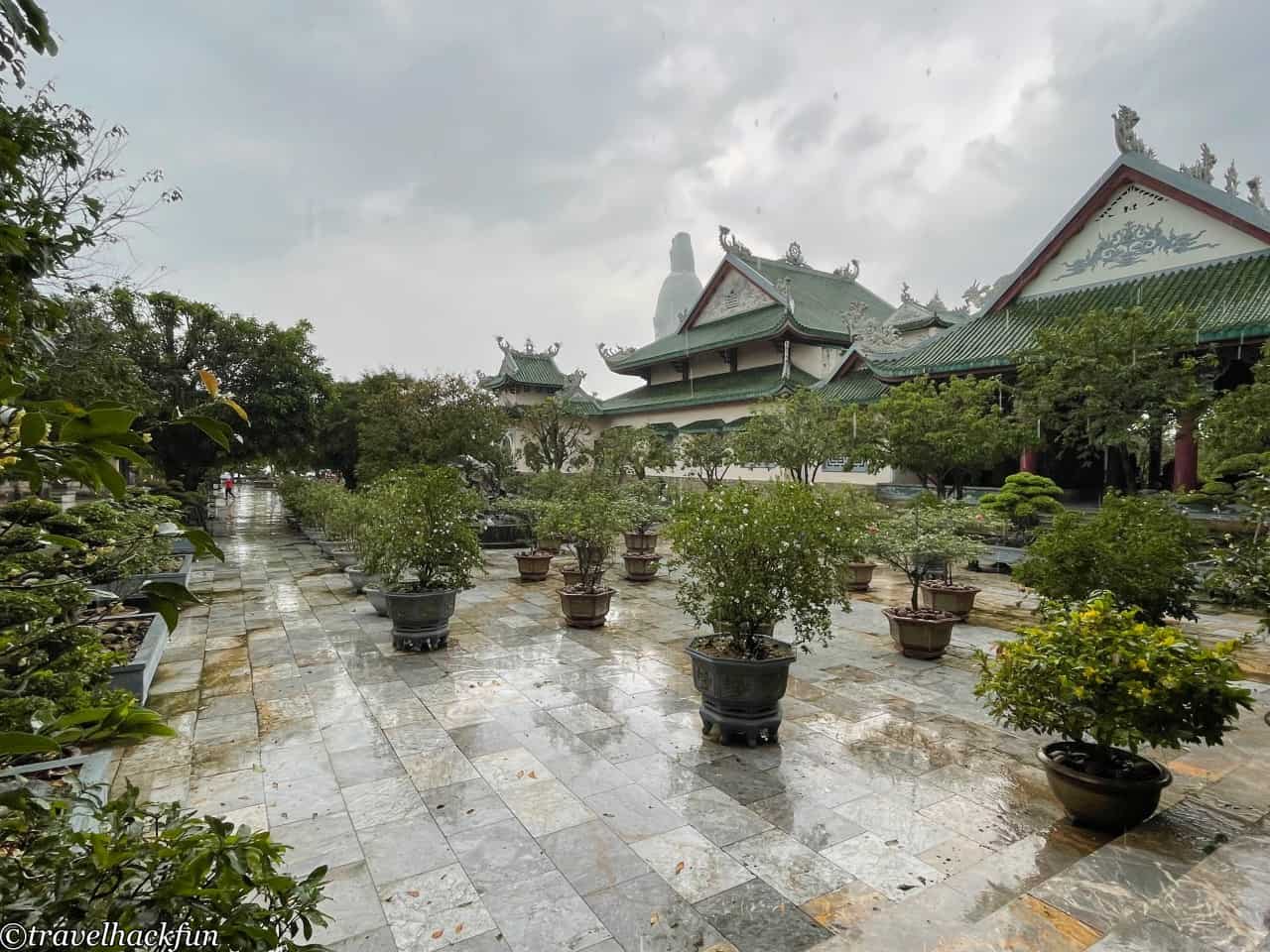
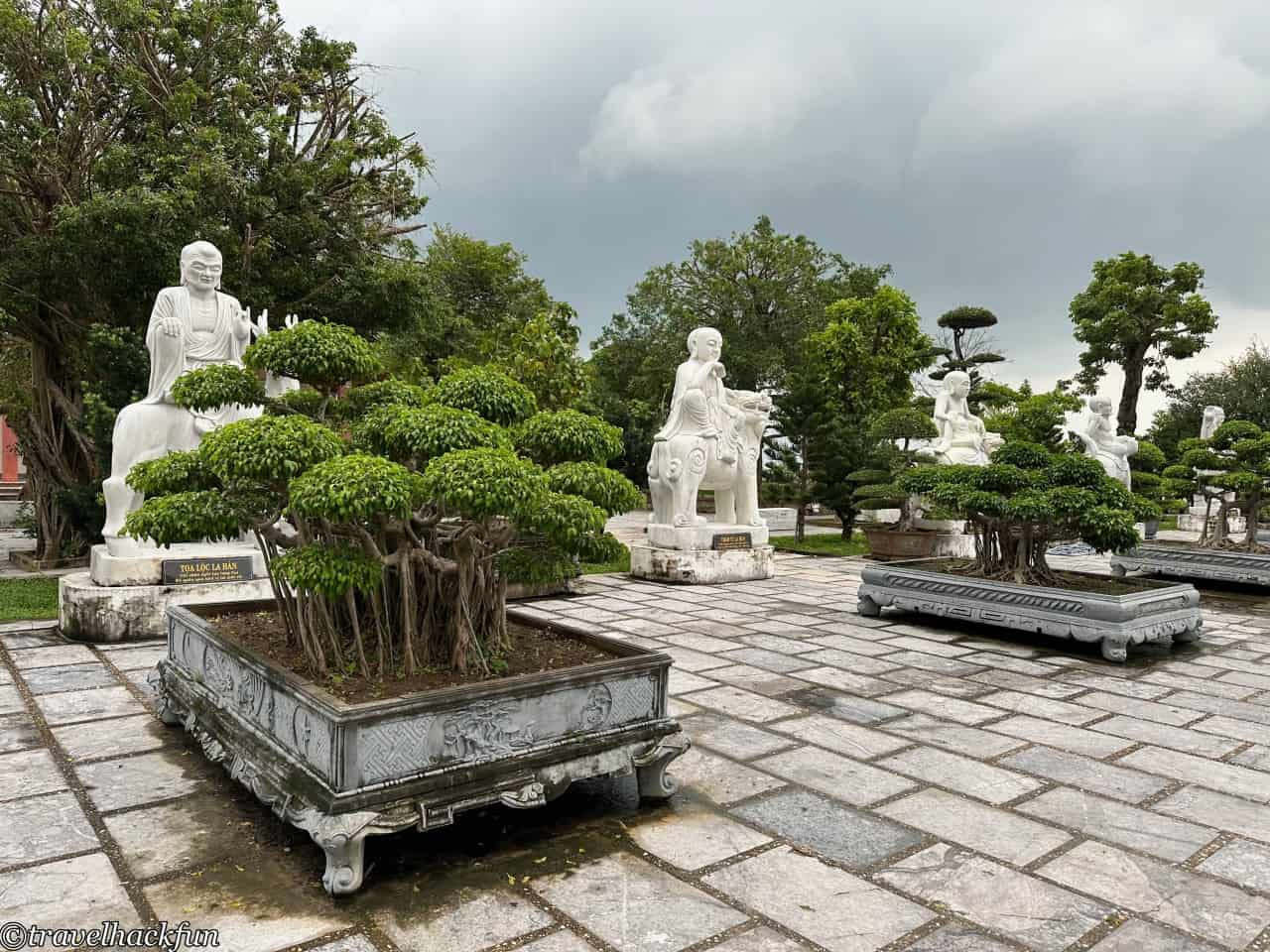

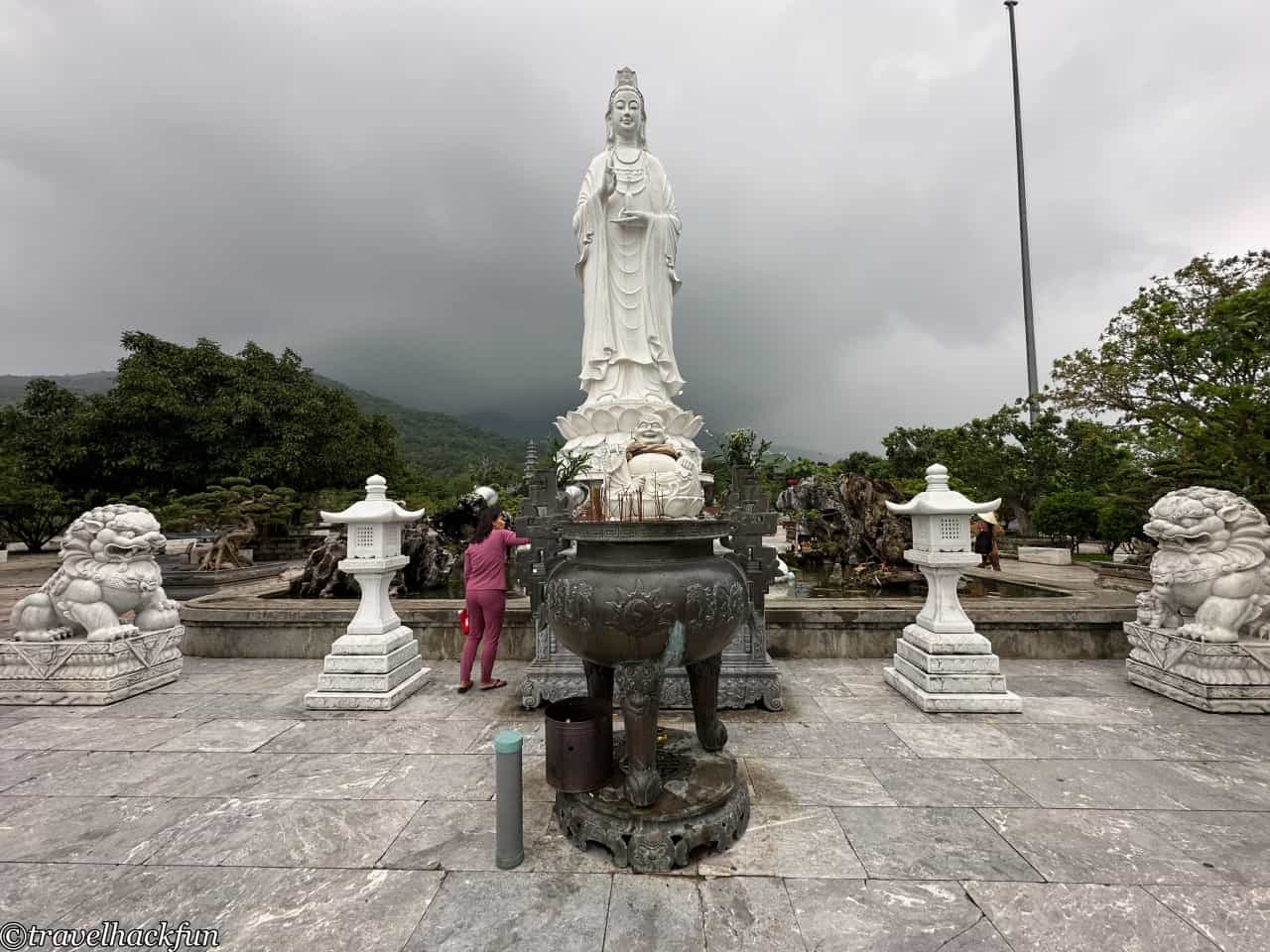
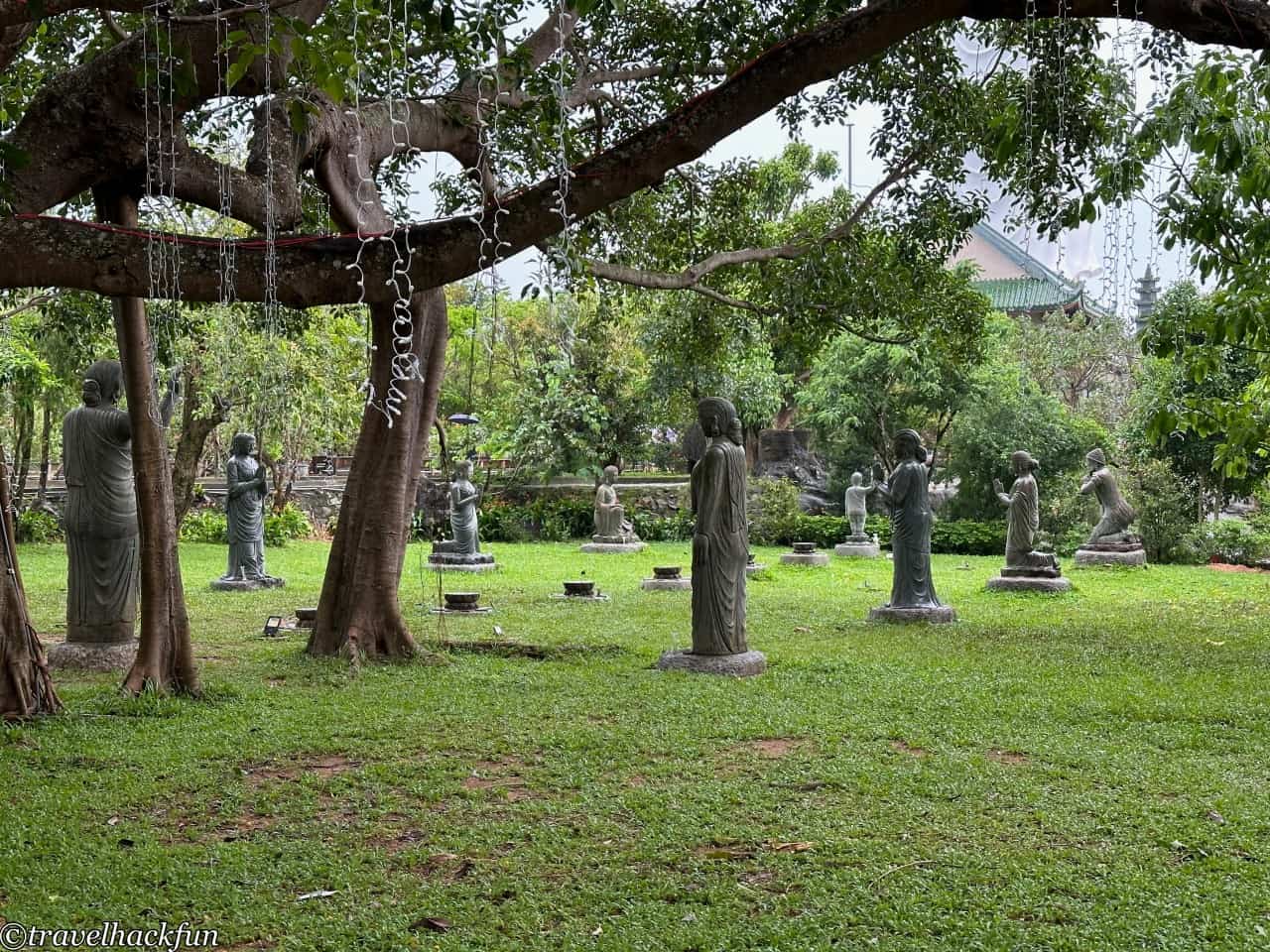
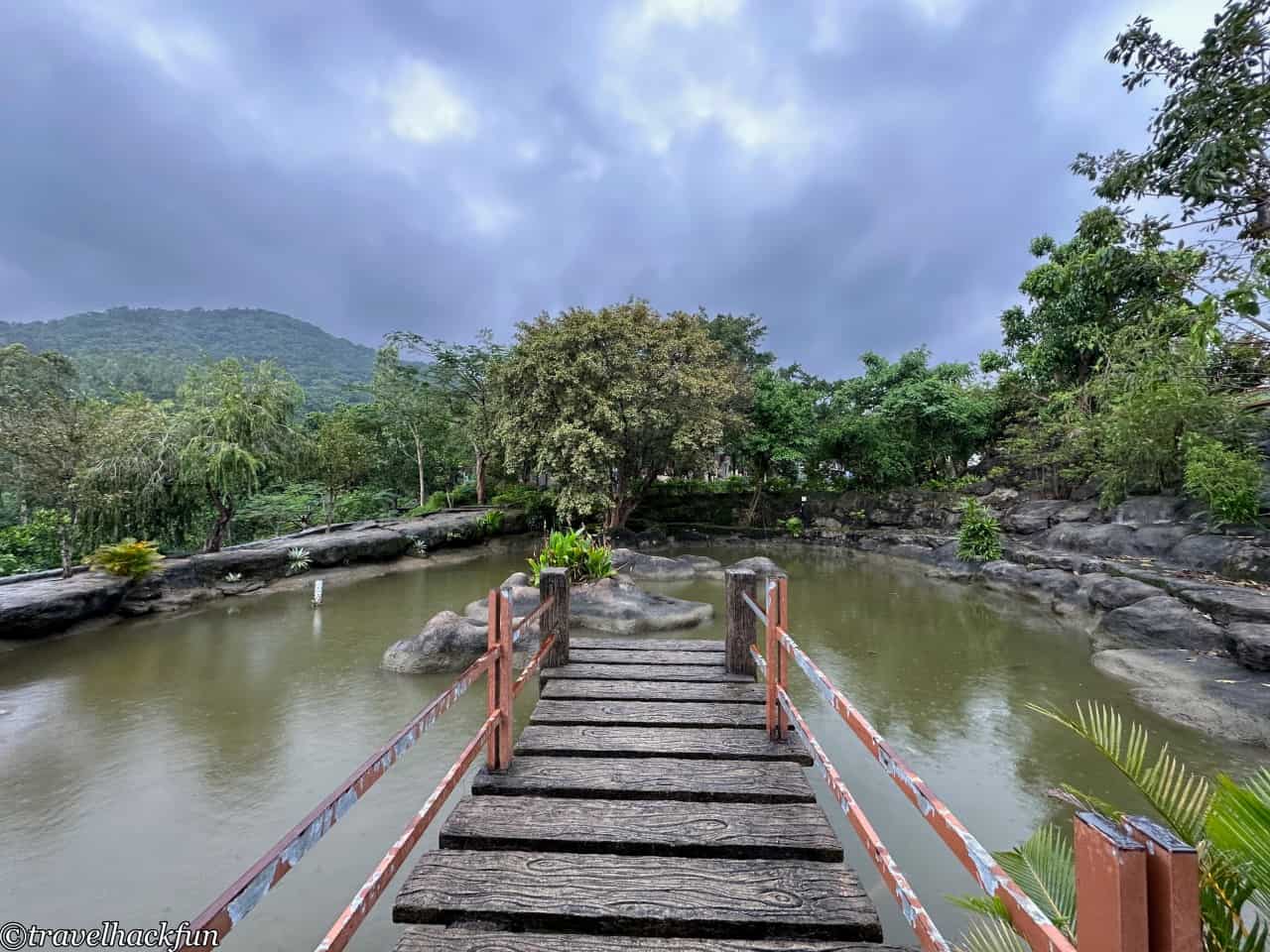
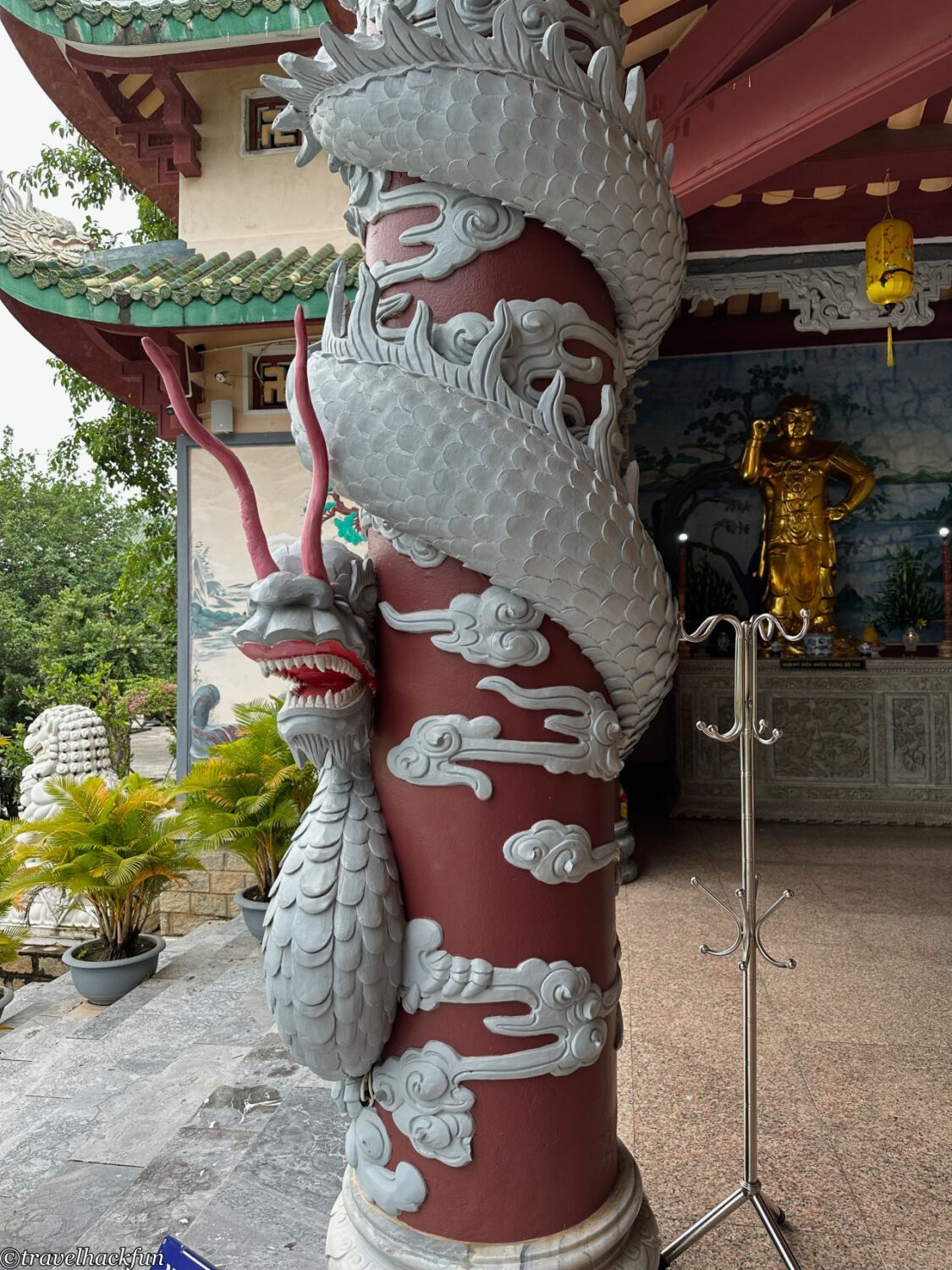
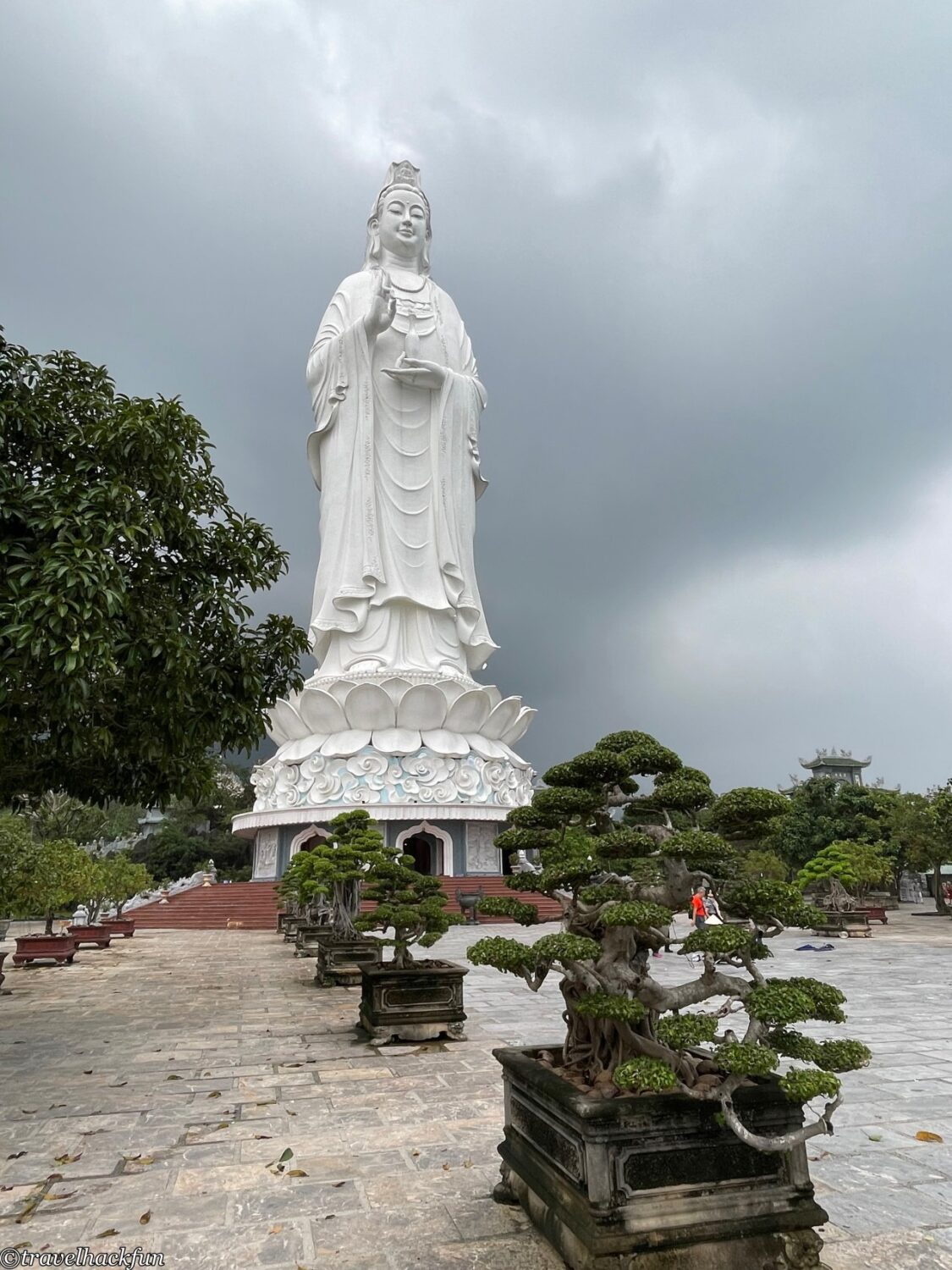
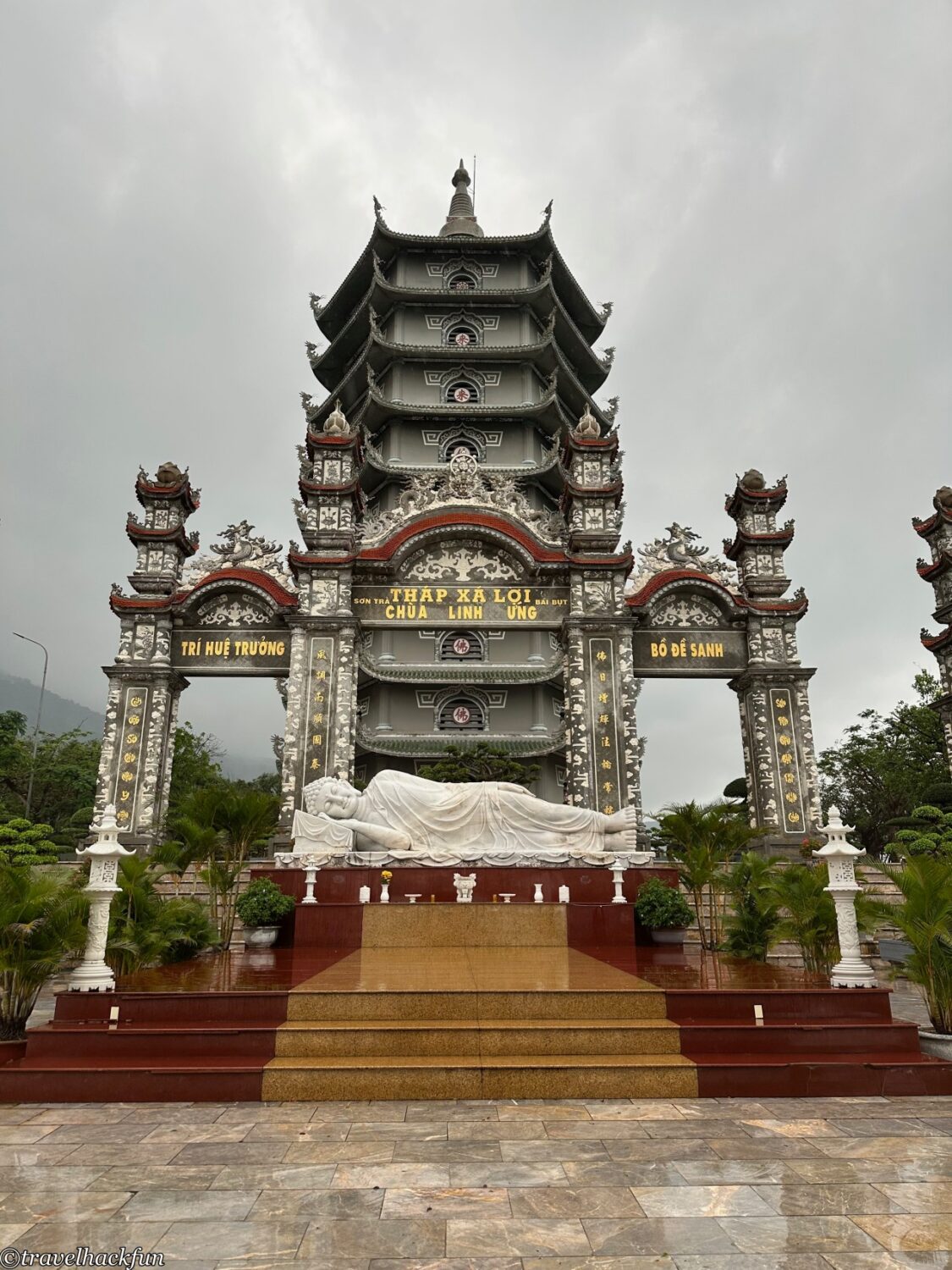
From the mountain top where the temple is located, one can see the beautiful seascape of Da Nang.
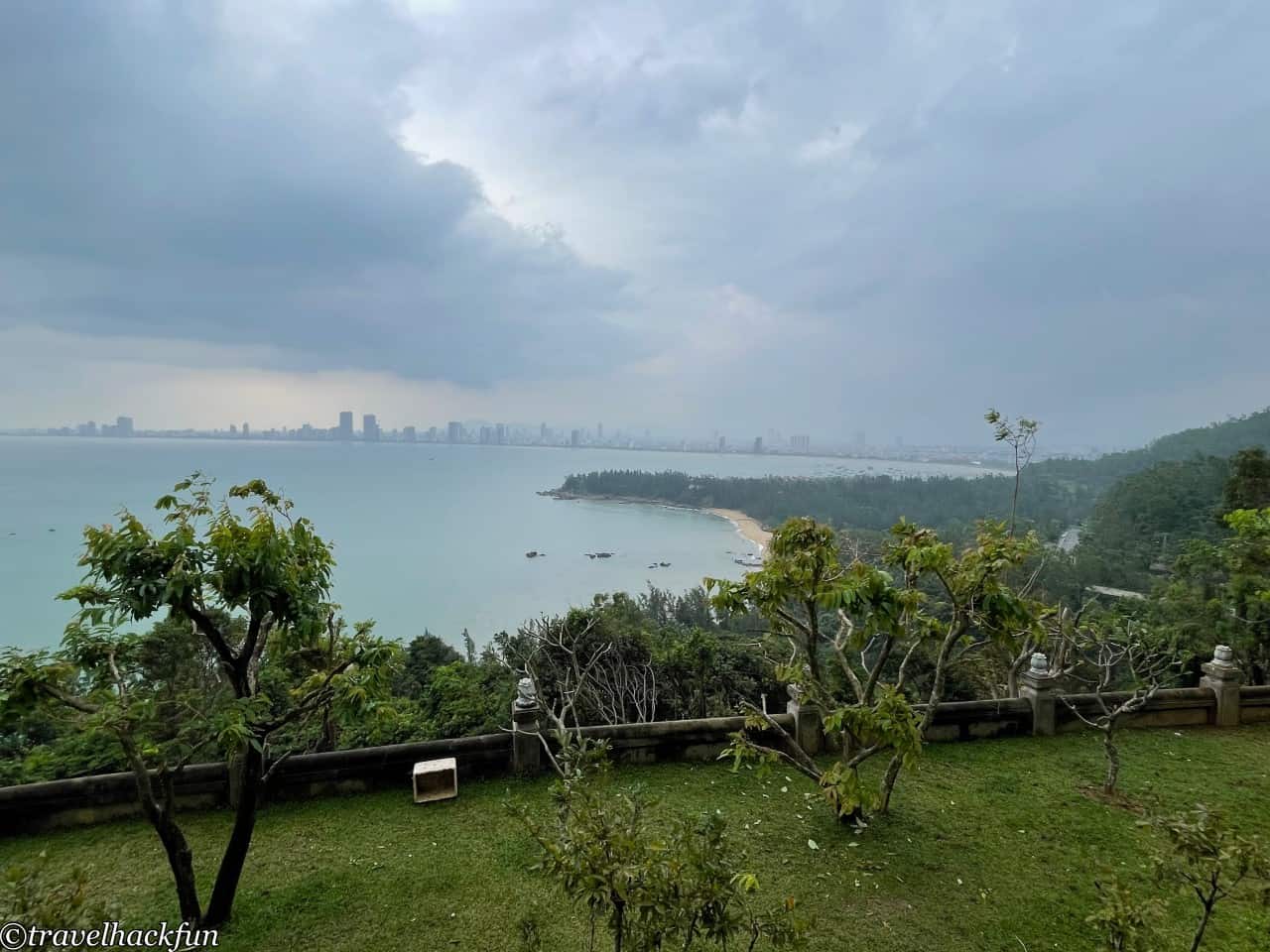
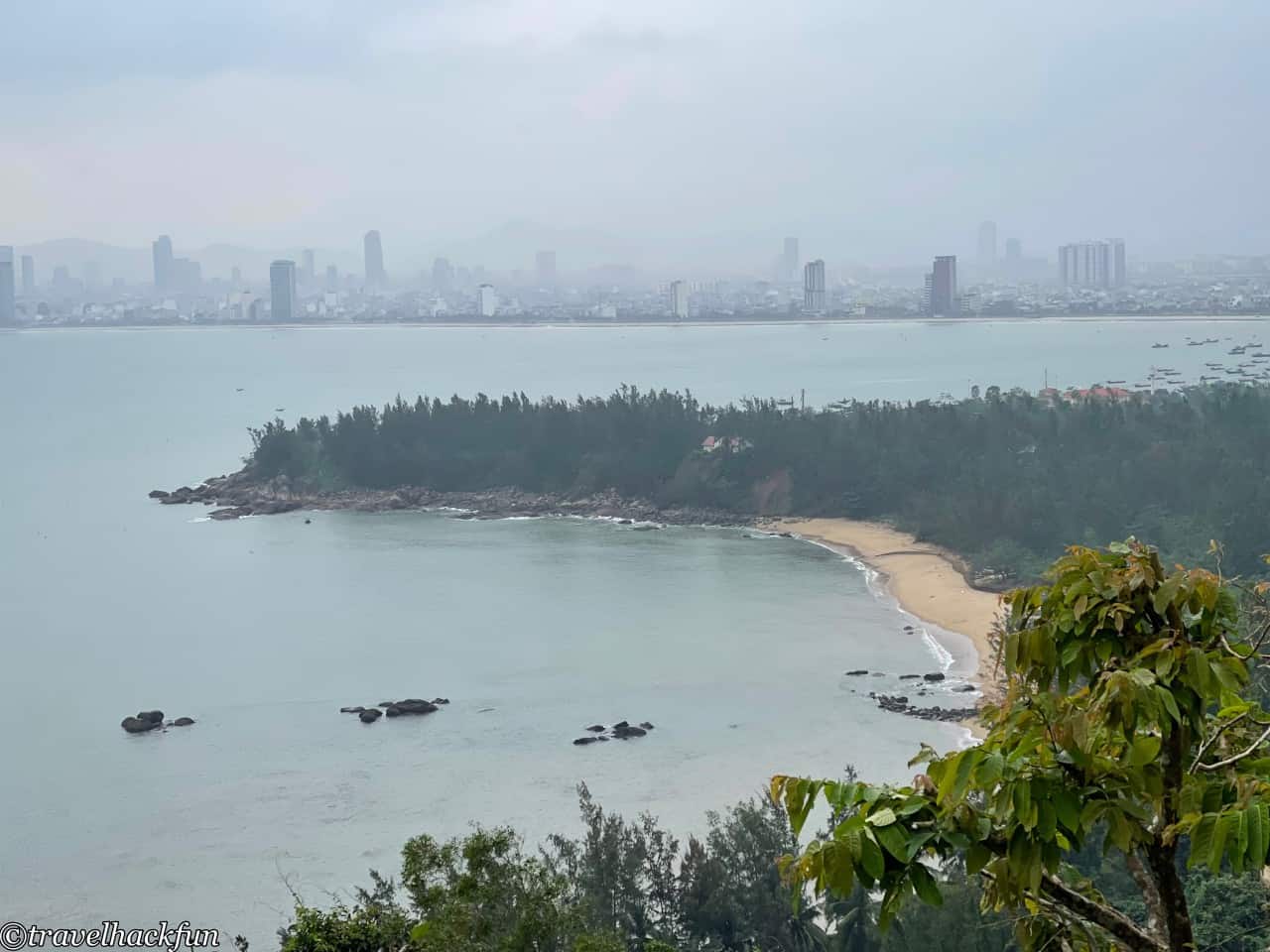
Bà Nà Hills
Ba Na Hills is located about 35 kilometers south of Da Nang city center and is a resort that combines tourism, entertainment, and leisure. Known for its European-style attractions, it is hailed as "Vietnam's Little Europe." Ba Na Hills has an elevation of 1,487 meters, and the mountain is equipped with cable cars and gondolas. Visitors can take either from the foot of the mountain to reach the summit. Main attractions include the French Village, Mystery Garden, and the Golden Bridge. The French Village consists of many French-style buildings and is the most popular attraction on Ba Na Hills. The Golden Bridge is a stone and metal structure supported by two giant hands, serving as a landmark of Ba Na Hills. The Mystery Garden is a maze made of stones and trees, with a beautiful garden at its entrance. Additionally, Ba Na Hills offers many other attractions, such as a giant Buddha, roller coasters, and a water park, making it a great destination for family outings.
- Sunworld Bà Nà Hills Tickets (kkday)
- Sunworld Bà Nà Hills Tickets (Klook)
- Da Nang Bà Nà Hills Day Trip (kkday)
- Bà Nà Hills Day Trip (Klook)
- Da Nang - Ba Na Shan Day Trip|Le Jardin D'armour-Debay Wine Cellar-French Village (KKday)
Visiting Ba Na Hills requires a whole day, and because our time was limited, we had to give up on Ba Na Hills. The photos are courtesy of a friend's generous support.

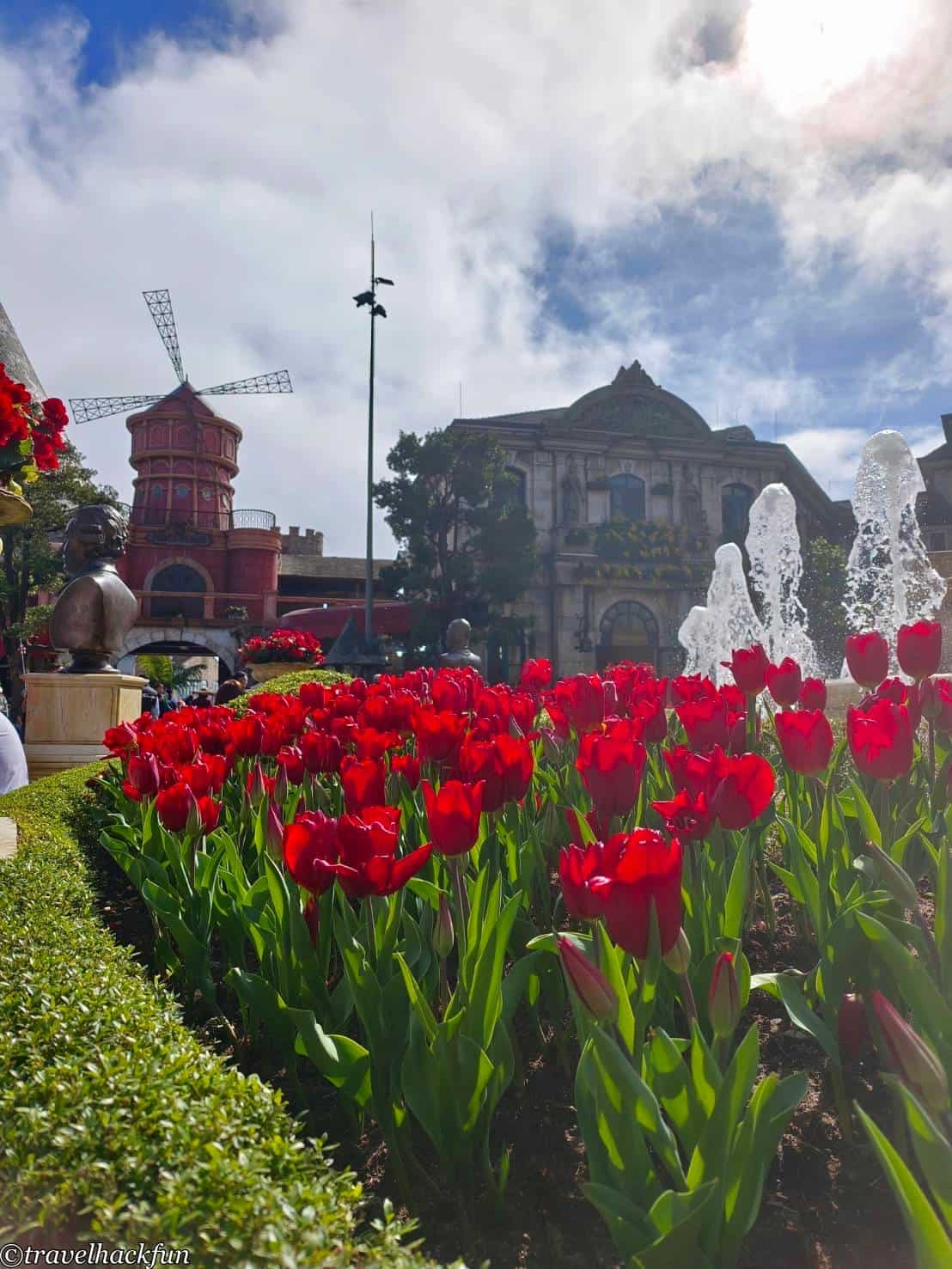
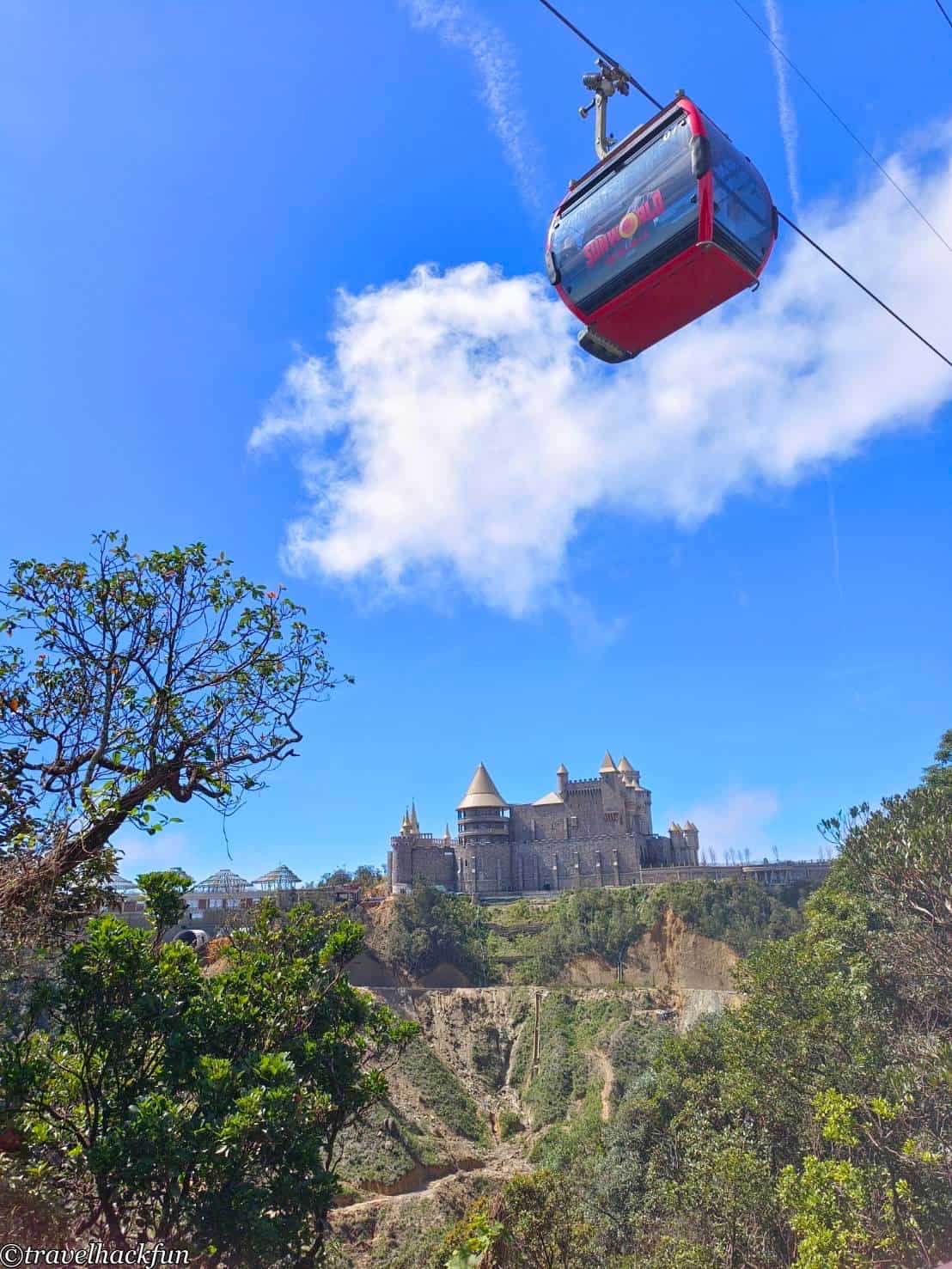
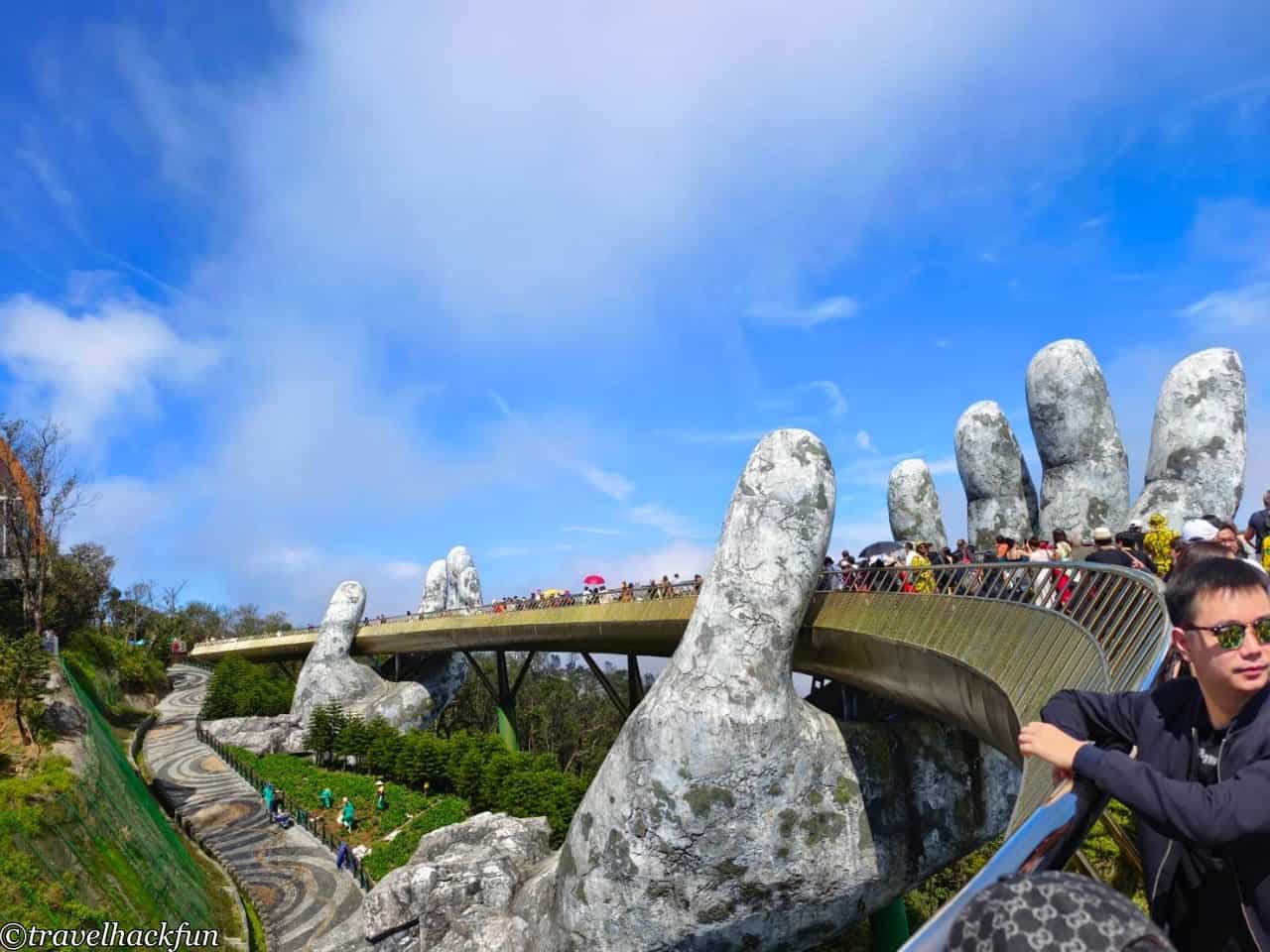
Thánh địa Mỹ Sơn (My Son Sanctuary)
My Son Sanctuary is an ancient site of the Champa Kingdom located in the central part of Vietnam, about 50 kilometers away from the city of Da Nang. The buildings and sculptures here represent the Cham culture, with a history that can be traced back to the 4th century AD. My Son Sanctuary has been listed as a World Cultural Heritage by UNESCO and is one of the most important ancient sites in Vietnam. Built in a valley, its structures are primarily made of red brick and sandstone, including multiple temples and towers, showcasing a unique Cham style that represents the artistic and architectural achievements of Cham culture. My Son Sanctuary is rich in content, which I have introduced in another detailed article.
Hội An
Hoi An old town is located about 30 kilometers south of Da Nang city center and is one of the most beautiful ancient towns in Vietnam, also a World Heritage Site. The history of this town can be traced back to the 15th century, when it was a thriving port city, one of the largest trading centers in Southeast Asia. The ancient town still retains many 15th to 19th-century Chinese-style residences, religious buildings, and commercial structures, with architectural styles blending Chinese, Japanese, and French elements, making it one of Vietnam's most representative ancient towns. For more details about Hoi An Ancient Town, you can refer to my article here.
- Da Nang Departure - Chartered Bus to Hoi An, Hue (Klook)
- Da Nang Departure - Da Nang Day Trip (KKday)
- Da Nang Chartered Bus - Wu Xing Shan, Hoi An (KKday)
Hue (Thuận Hóa)
Hue is a city in central Vietnam and one of the country's most important cultural and historical cities. It was once the imperial city of Vietnam, serving as the capital of the Nguyen dynasty. The history of Hue dates back to the 2nd century BC when it was a prosperous port city, serving as an important transit point for trade between China and India. The culture and architectural style of Hue blend elements of Chinese and French influence, showcasing Vietnam's long history and diverse culture. There are plenty of things to do in Hue, as detailed in this article.
- Da Nang Departure - Chartered Bus to Hoi An, Hue (Klook)
- Hue City One Day Tour (Da Nang Departure)(Klook)
- Hue Cultural Discovery Day Trip (Deluxe Small Group)(Klook)
- Hue Private Day Tour (Da Nang Departure)(Klook)
- Hue Day Trip from Da Nang |Vietnam (kkday)
- Full Day City Tour (kkday)
- Hue Day Tour | Xiangjiang River Cruise & Hue Imperial City & Kai Dinh Tomb Private Tour | Da Nang Departure (kkday)
- Day Trip | Hue City Tour (From Da Nang/Hoi An)
Da Nang | Cuisine
In addition to attractions, Da Nang is also famous for Vietnamese cuisine. As a coastal city, the fresh and delicious seafood here, from grilled shrimp to steamed clams, are unique Vietnamese delicacies. Moreover, Vietnamese foods that can be found in other Vietnamese cities, such as the Vietnamese sandwich Bánh Mì, Vietnamese Pho, Vietnamese coffee, etc., are also indispensable. This time, we tried many delicious restaurants and snacks in Da Nang, all of which are organized in the following article for everyone.
Da Nang | Vietnamese massage!
When you come to Da Nang, don't forget to try the Vietnamese massage. Honestly, after spending more than three weeks in Vietnam, the massages in Central Vietnam, especially in Da Nang, have always been the best value for money in my opinion. There are many massage parlors worth trying, and one of them that we tried is Herbal Spa. For two hours and two people, the price was only $72 in total, and the masseuses were very professional. The tea and snacks served before and after the massage also left us extremely satisfied and longing to return. This place is quite popular, so it's recommended to make a reservation in advance to avoid any disruption to your itinerary.
Other Massage Experiences

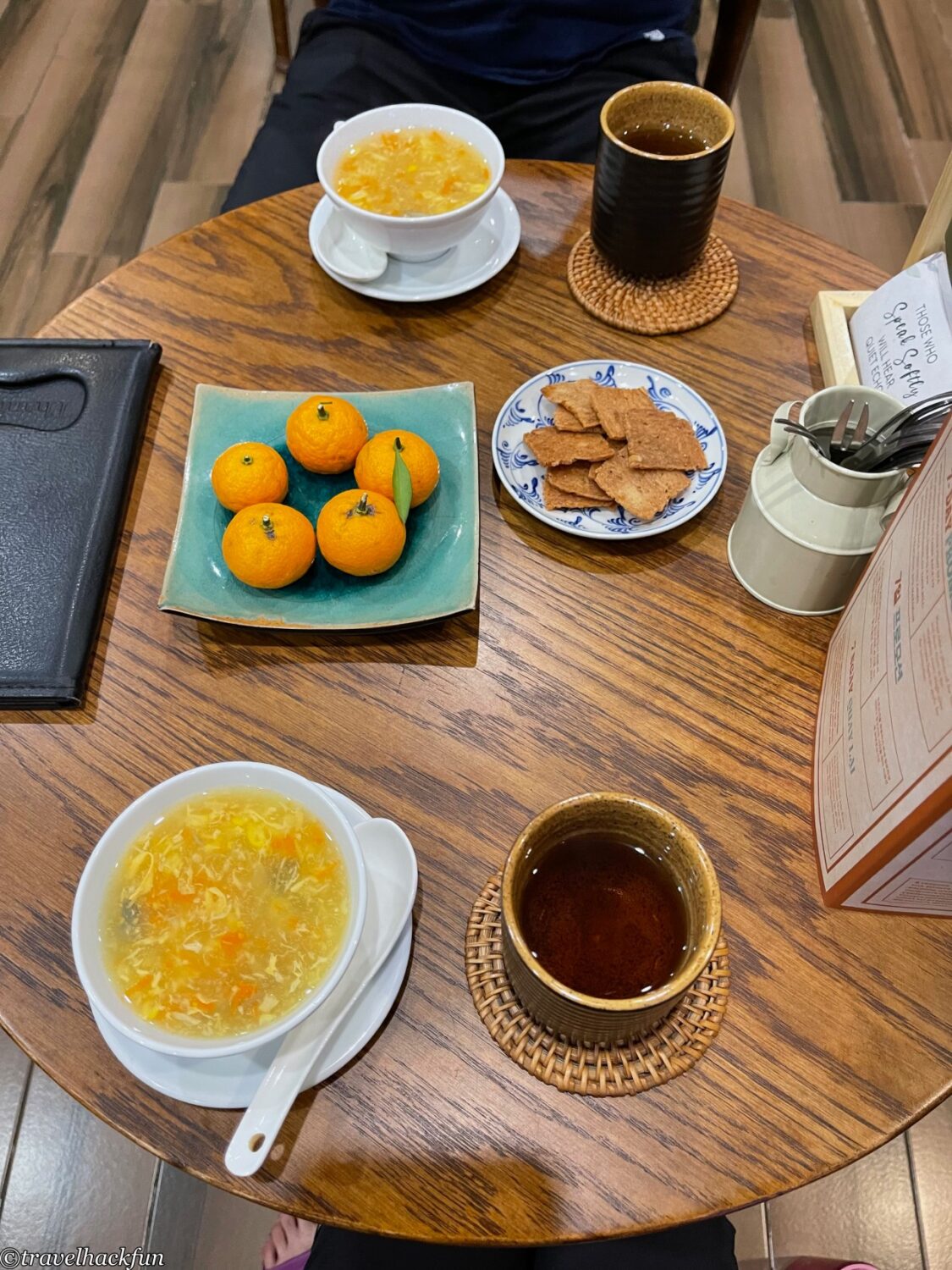

☕ Enjoying my travel notes?
You can Buy me a coffee to support what I do 🙌
Further reading
- More VietnamRelated Posts